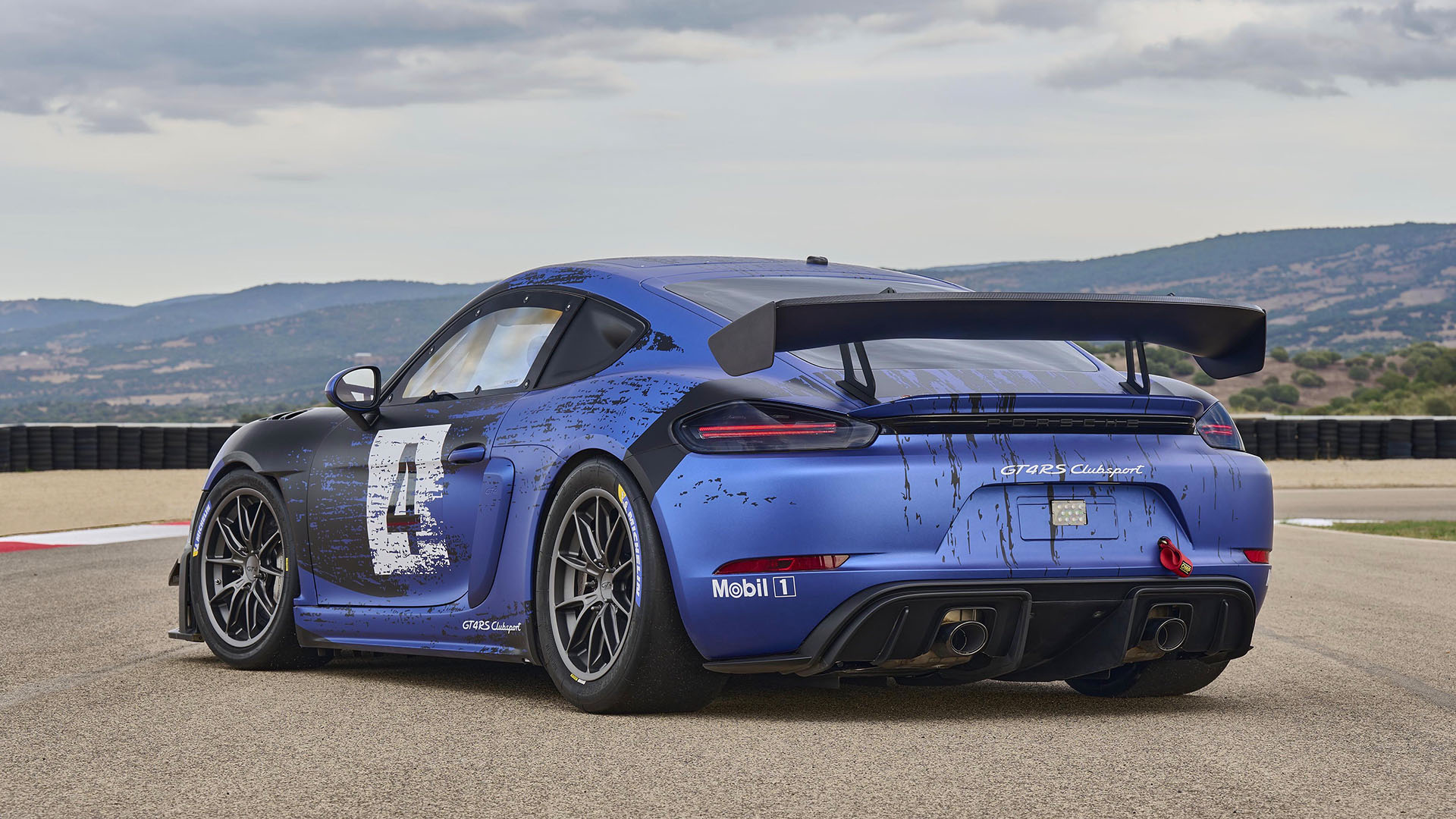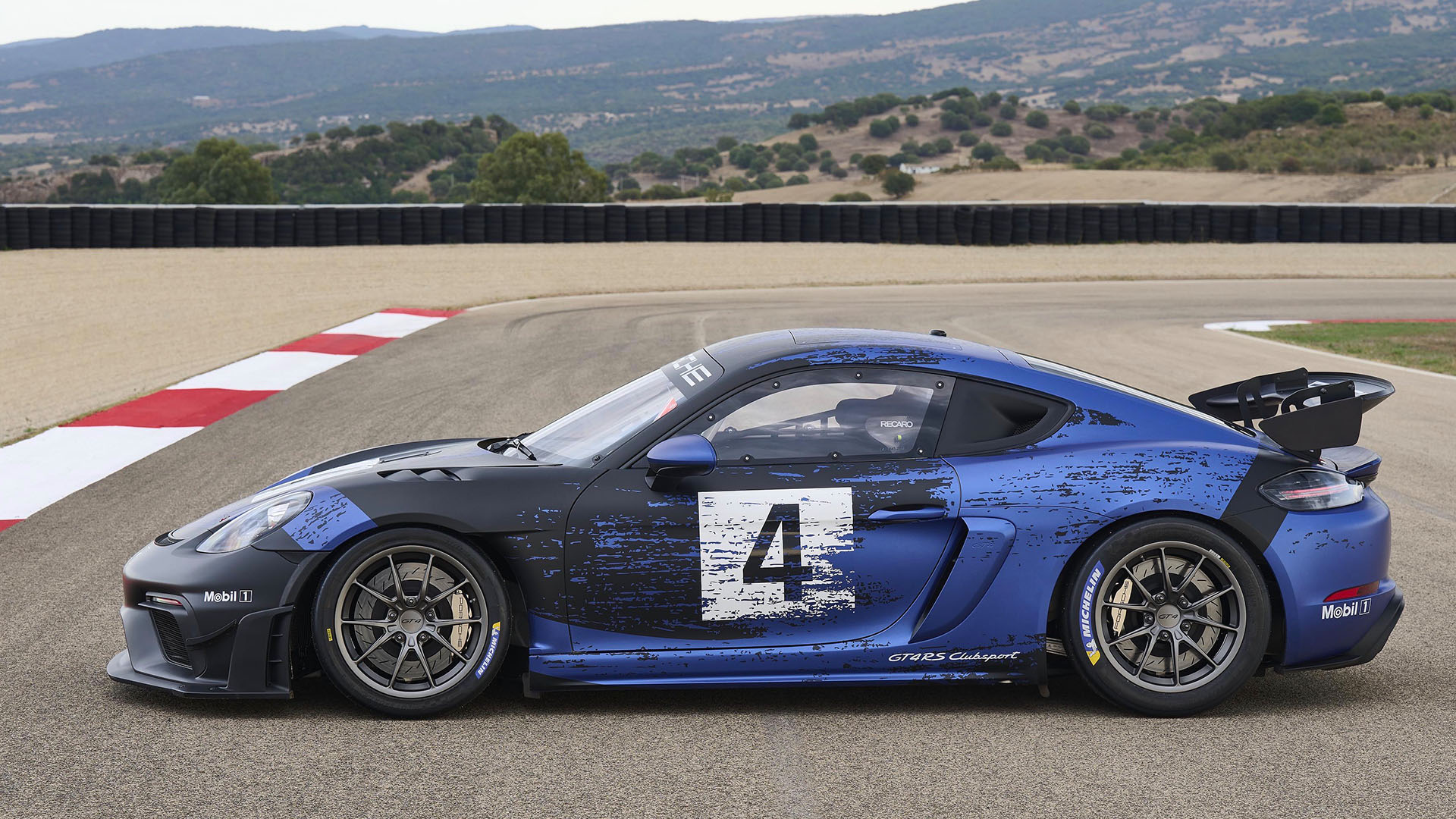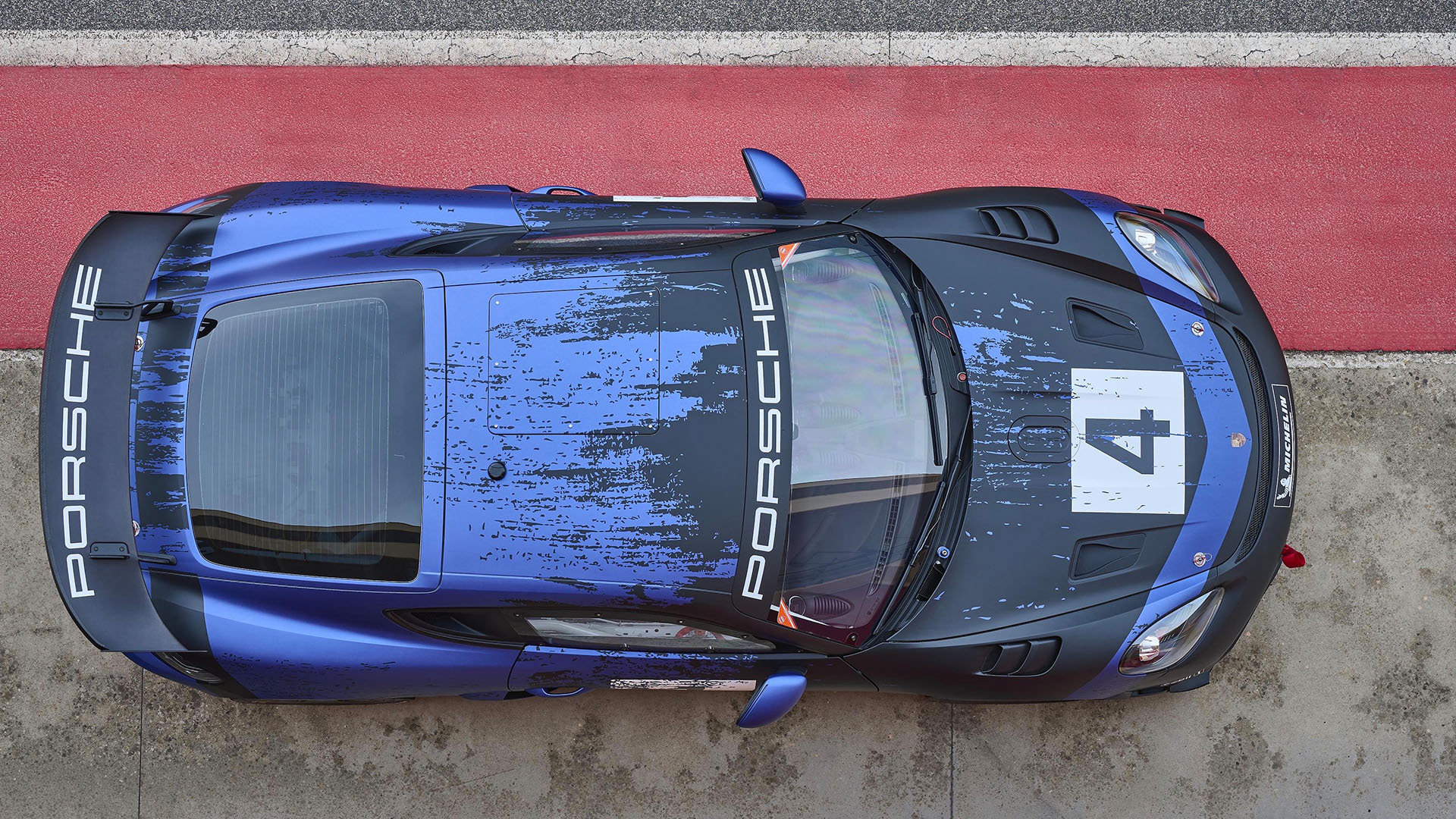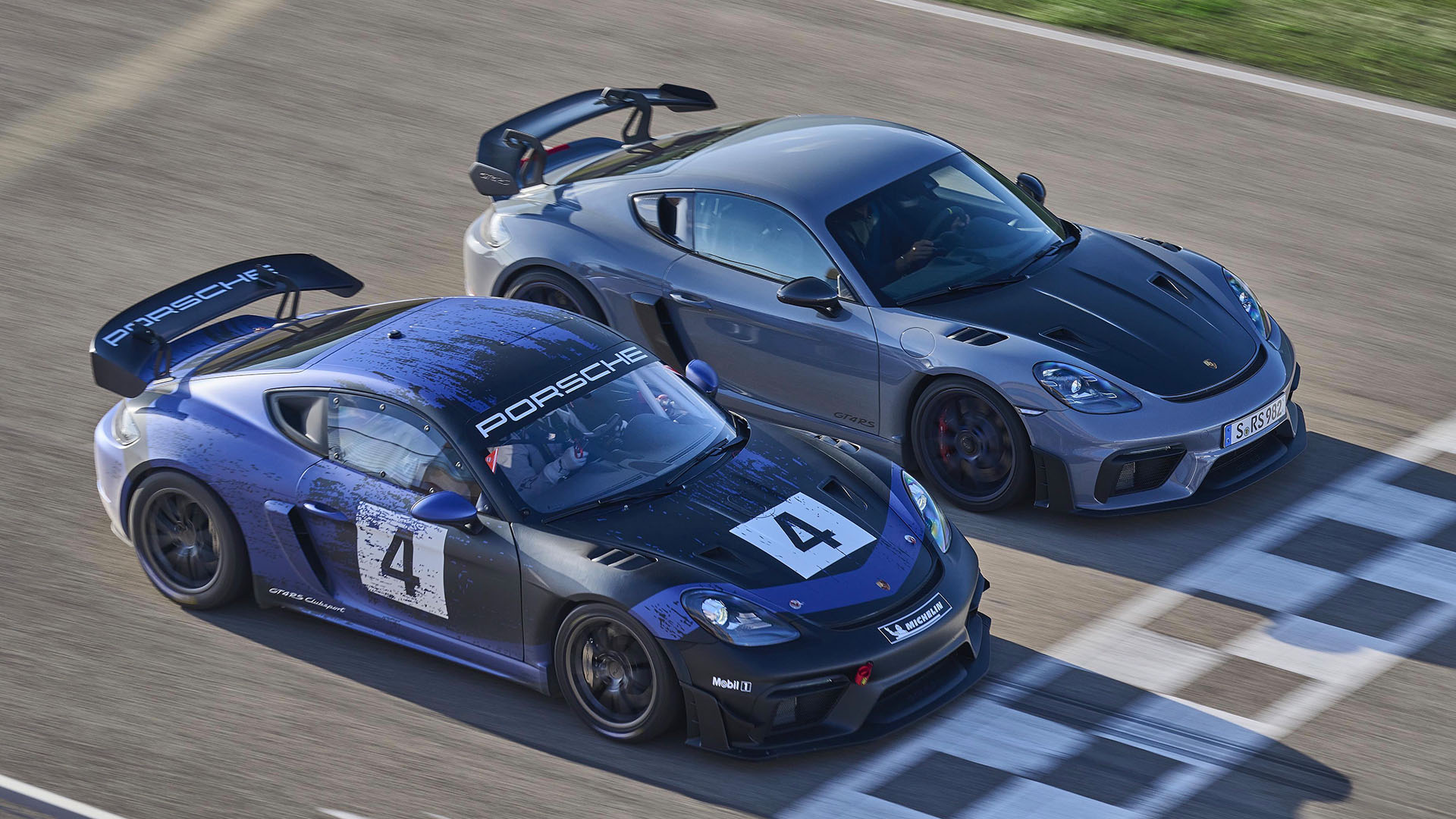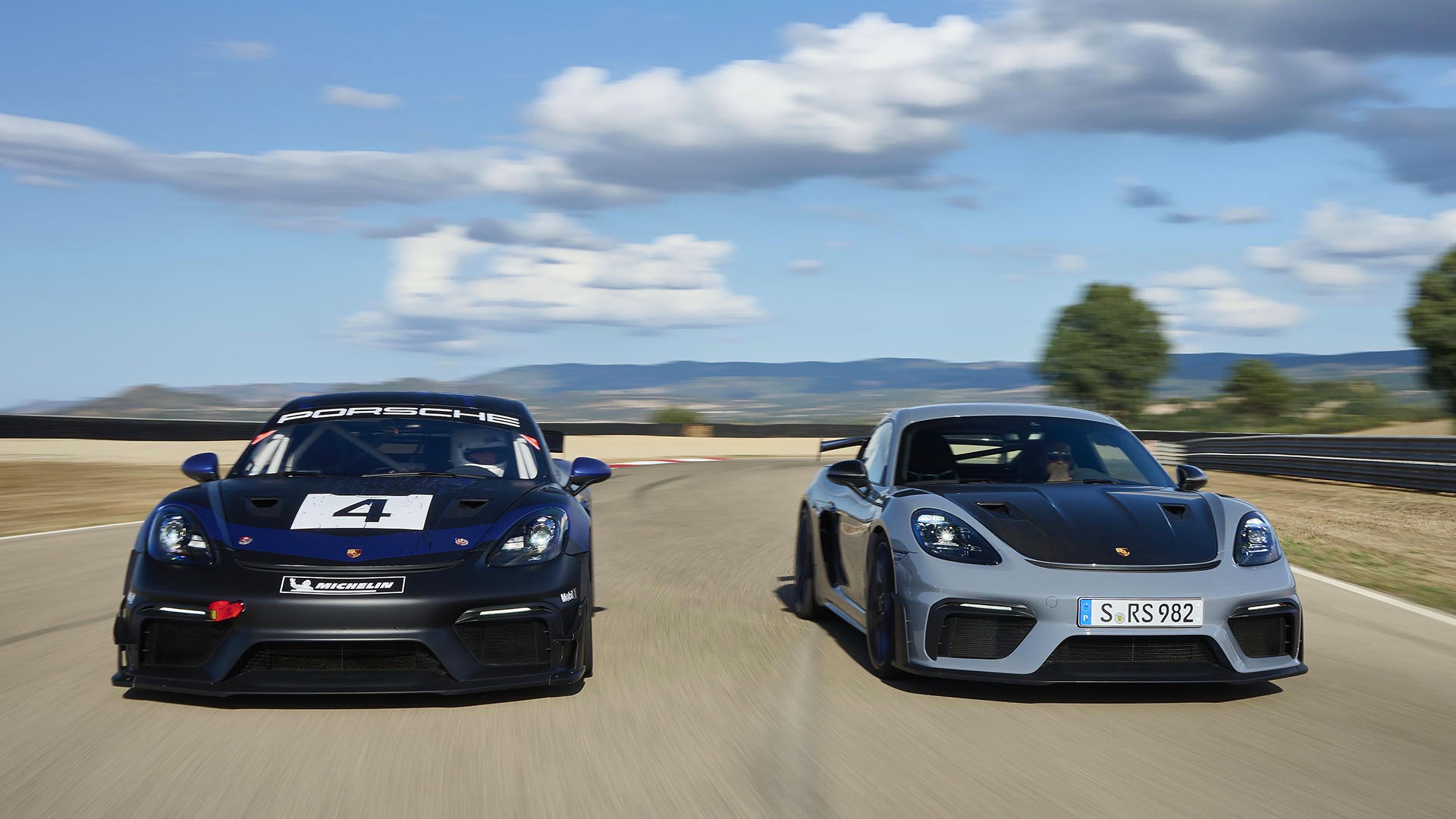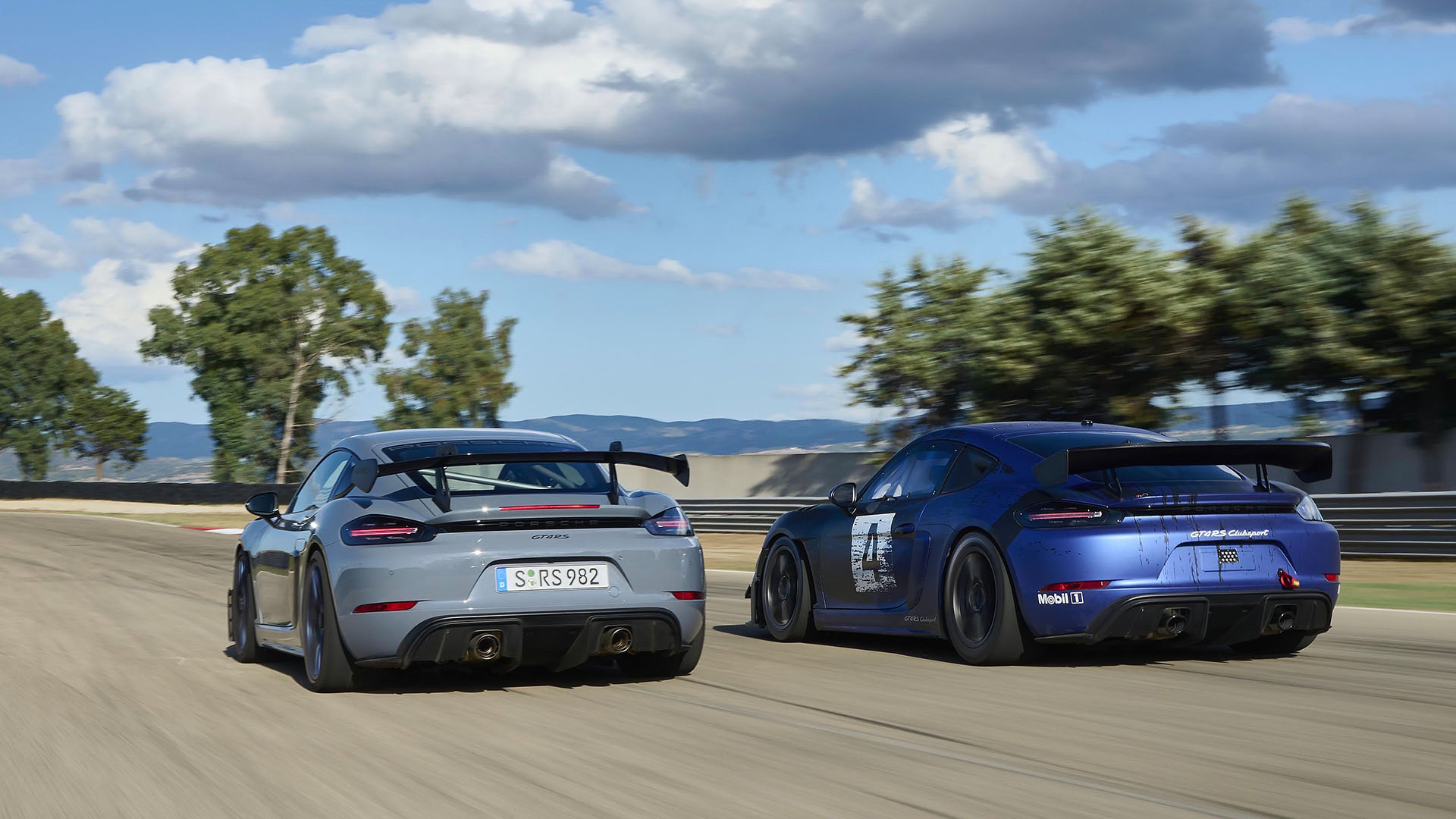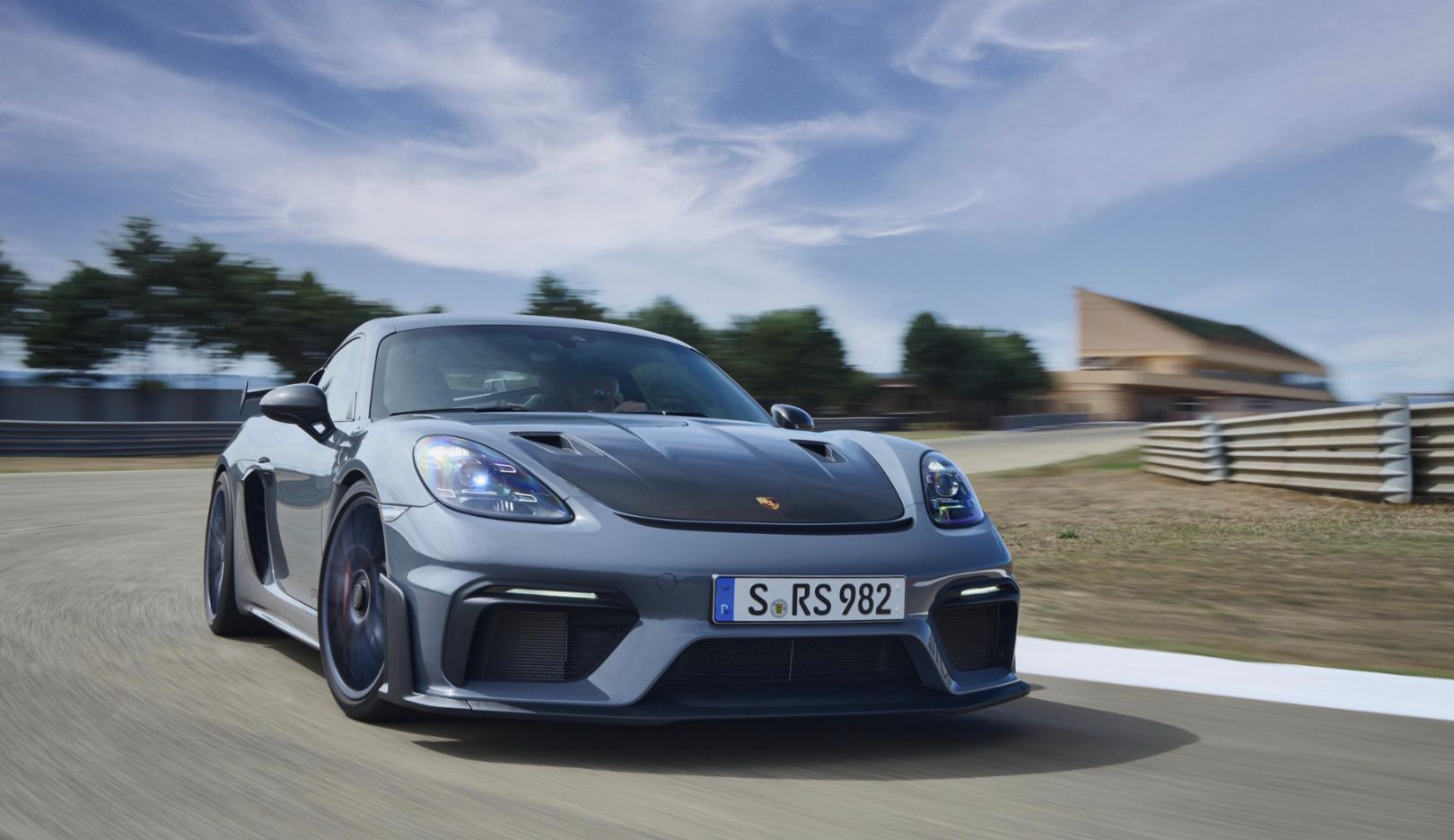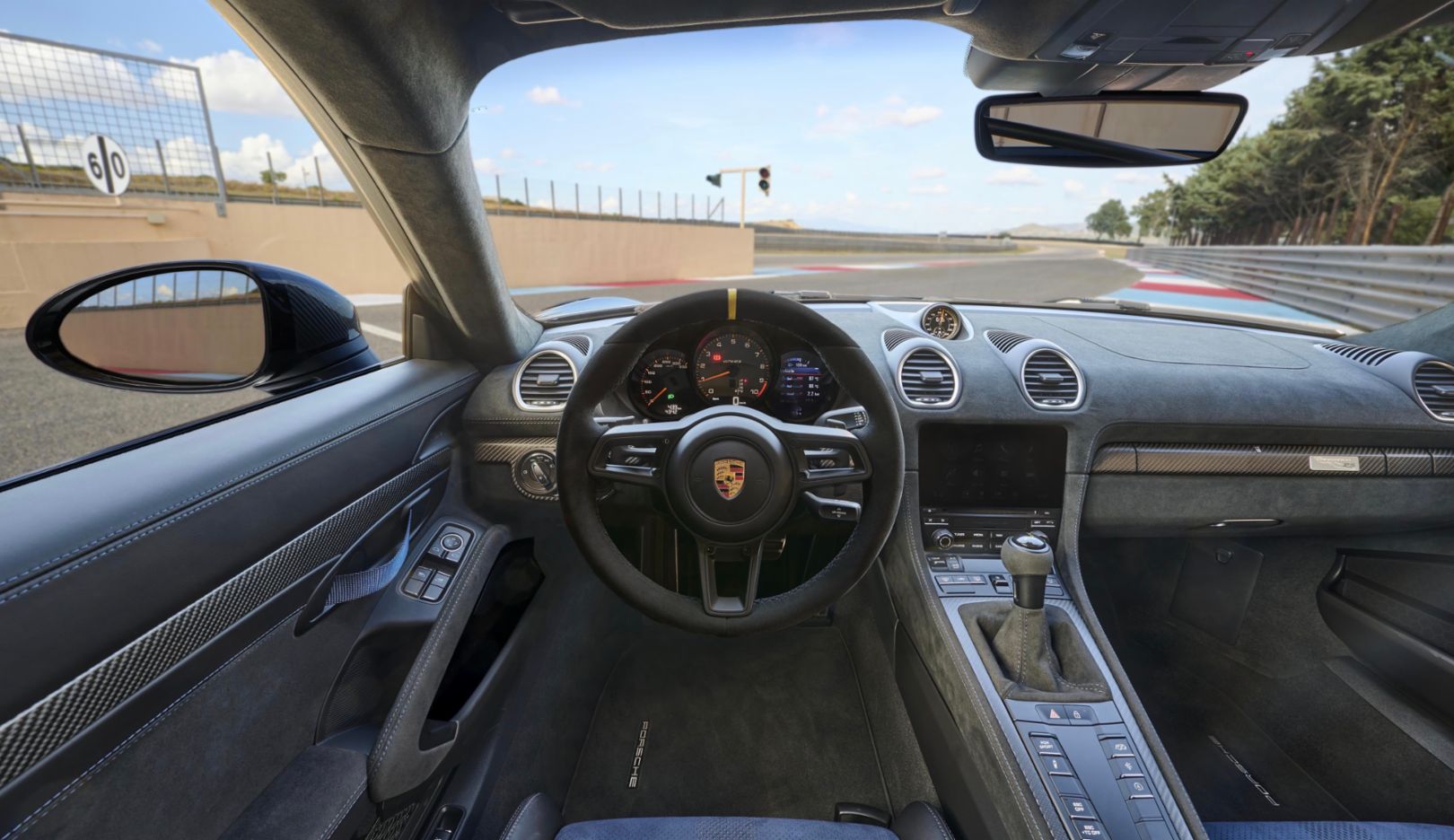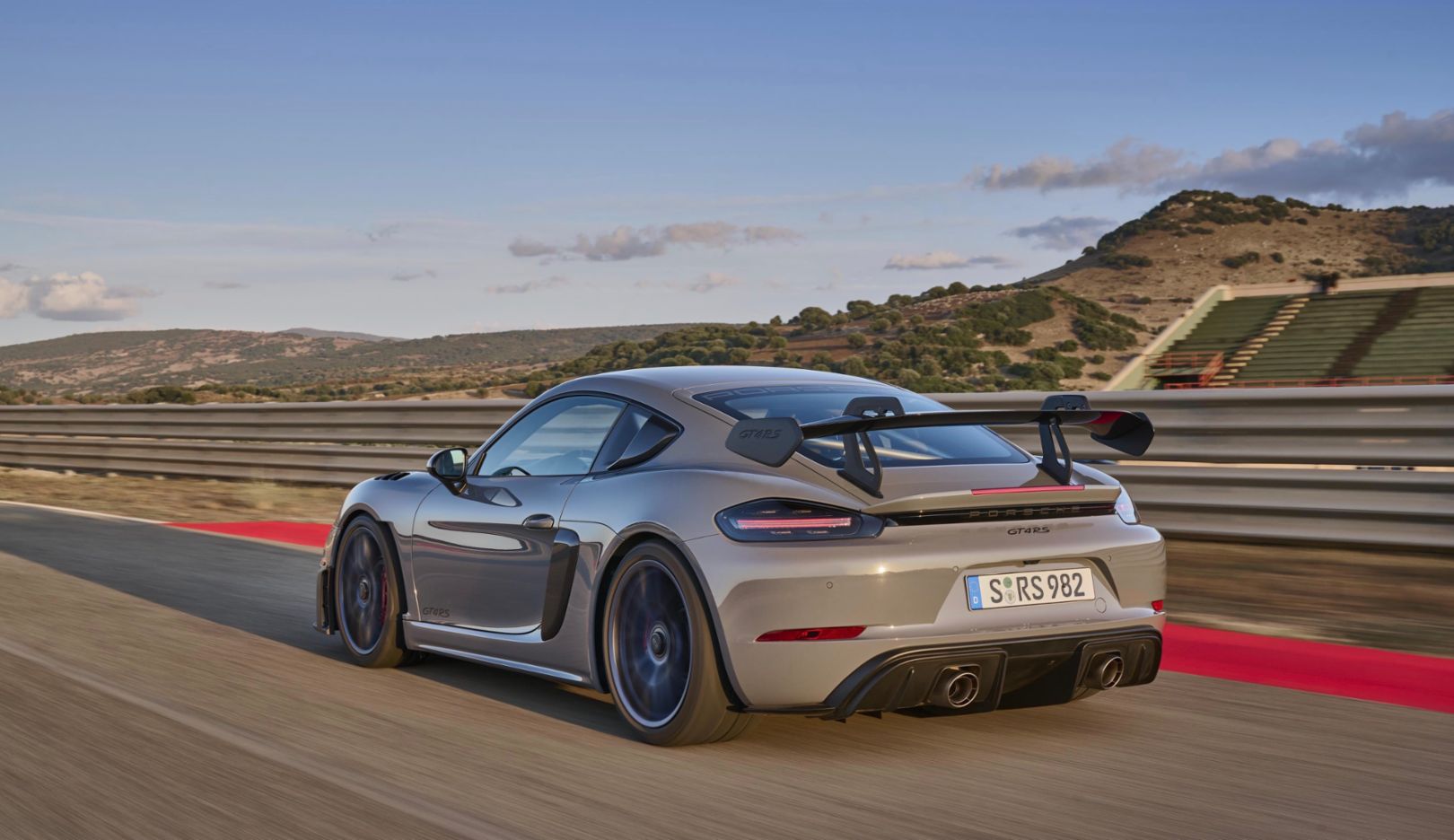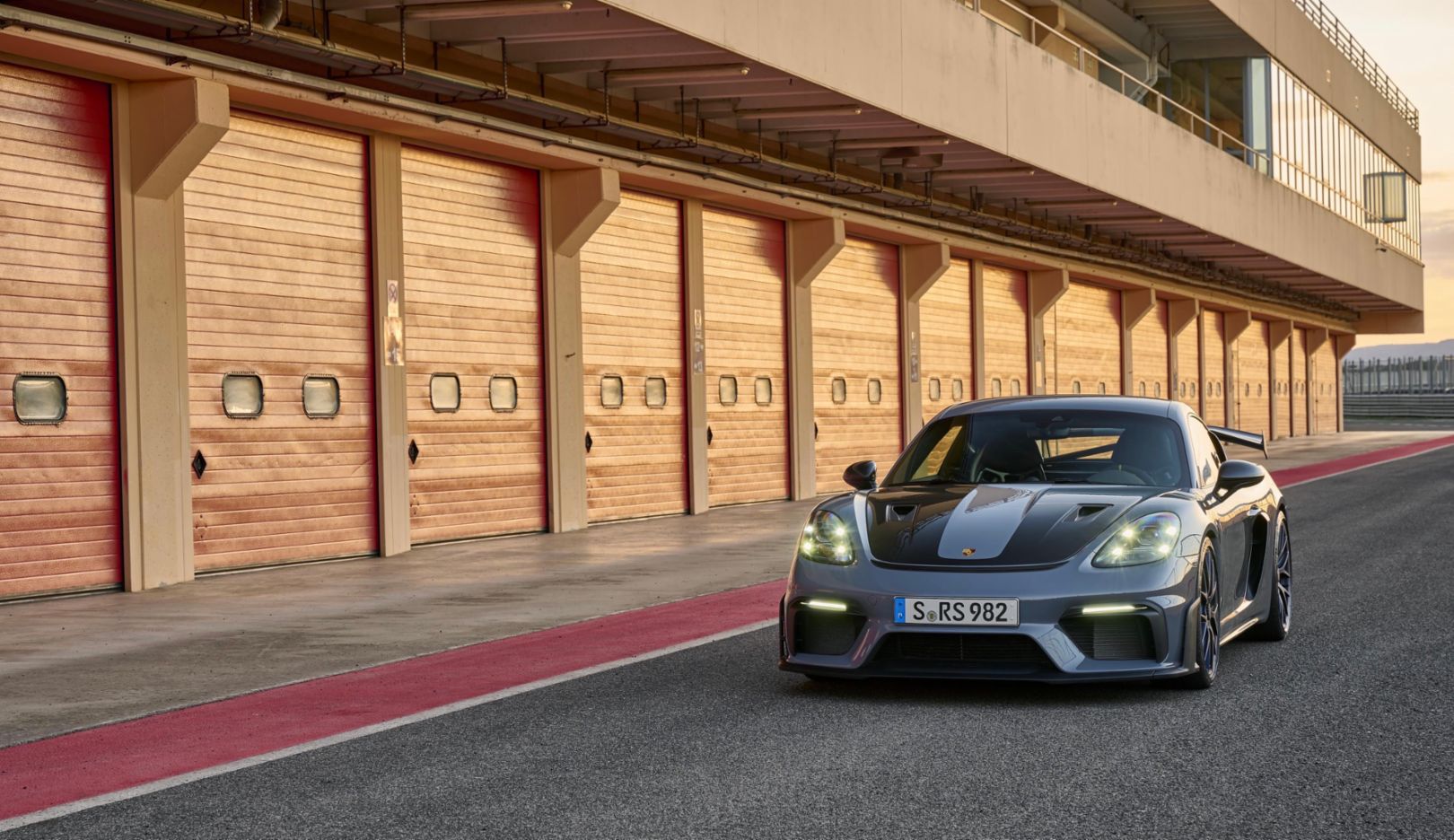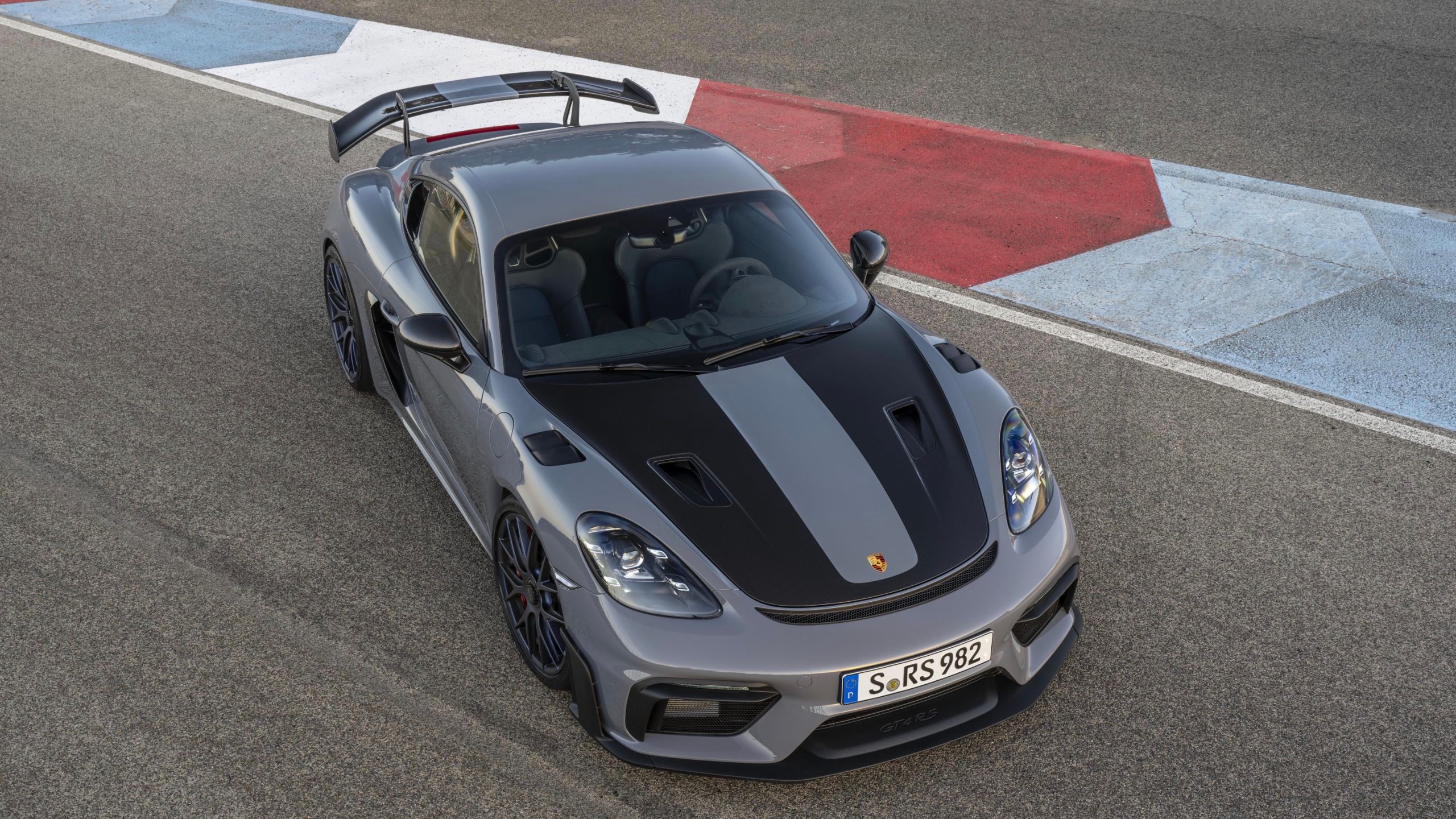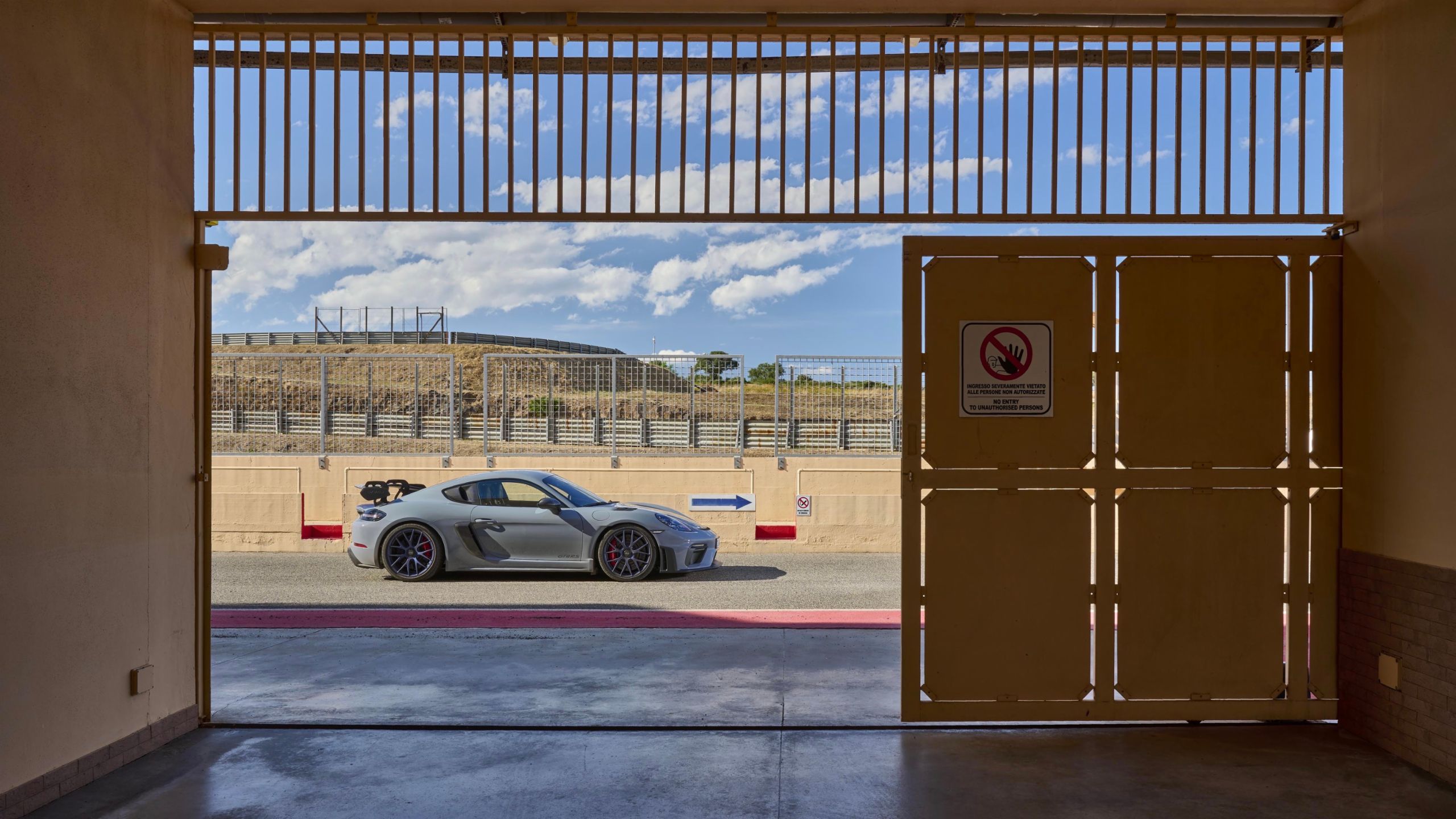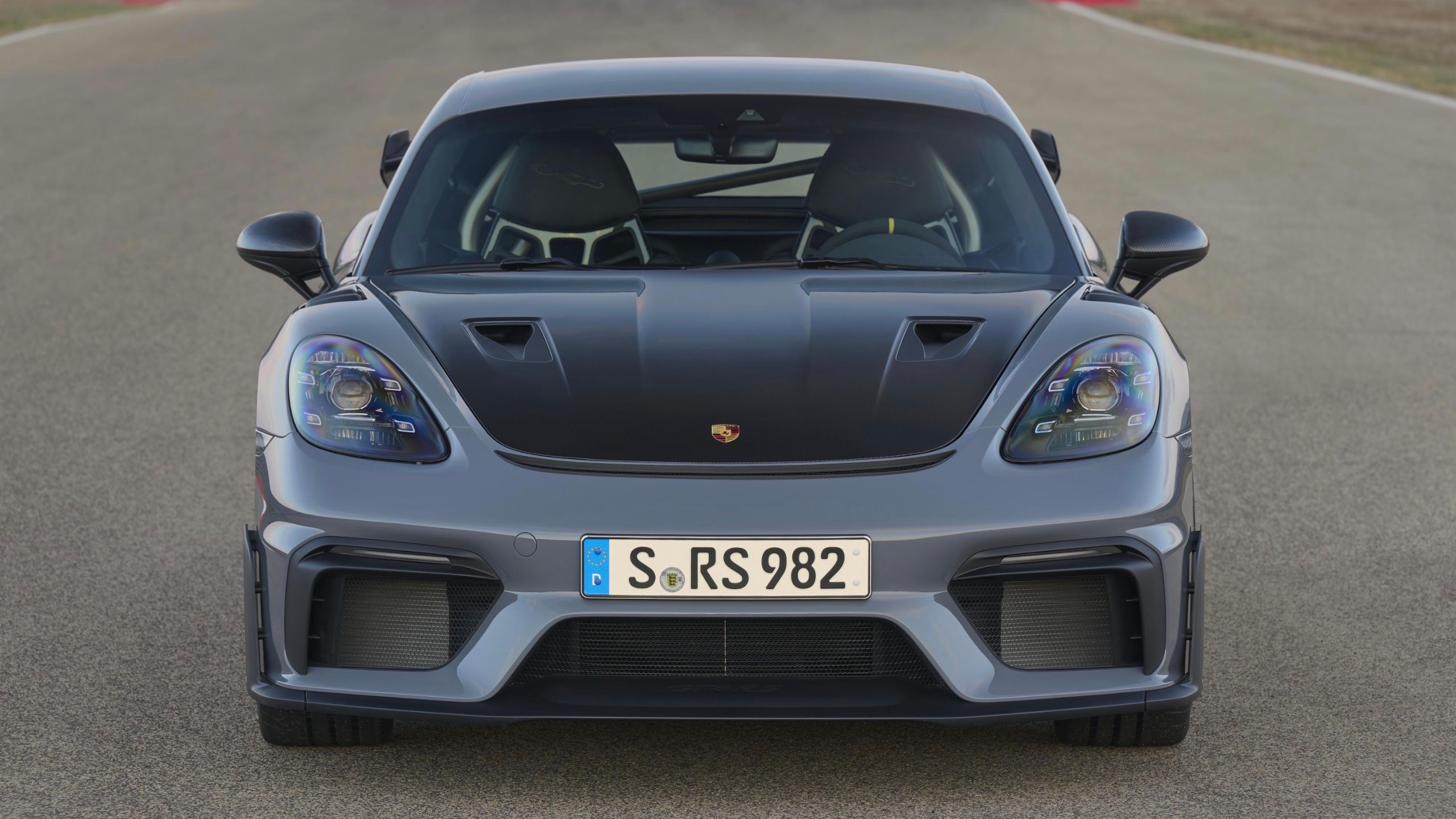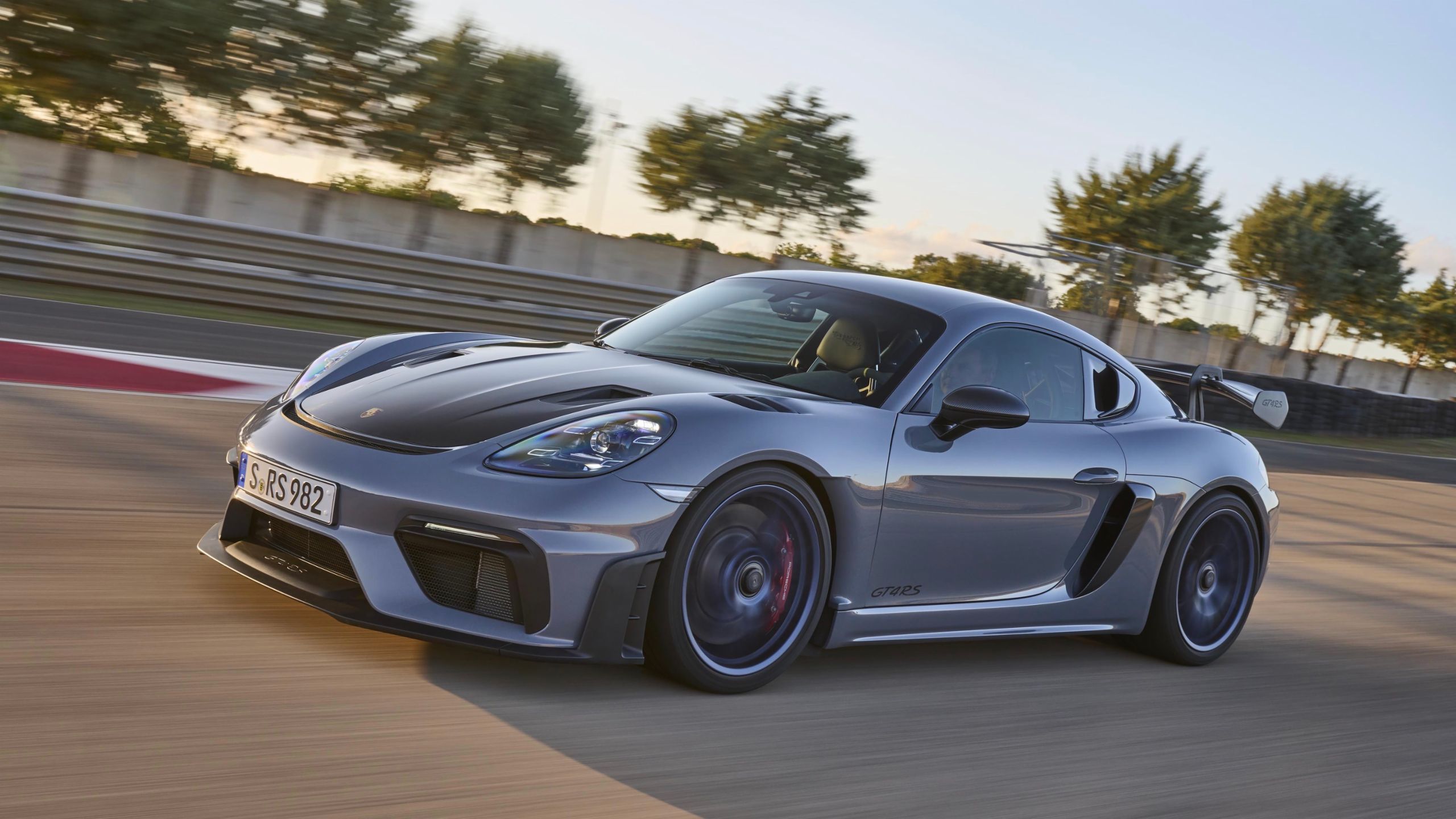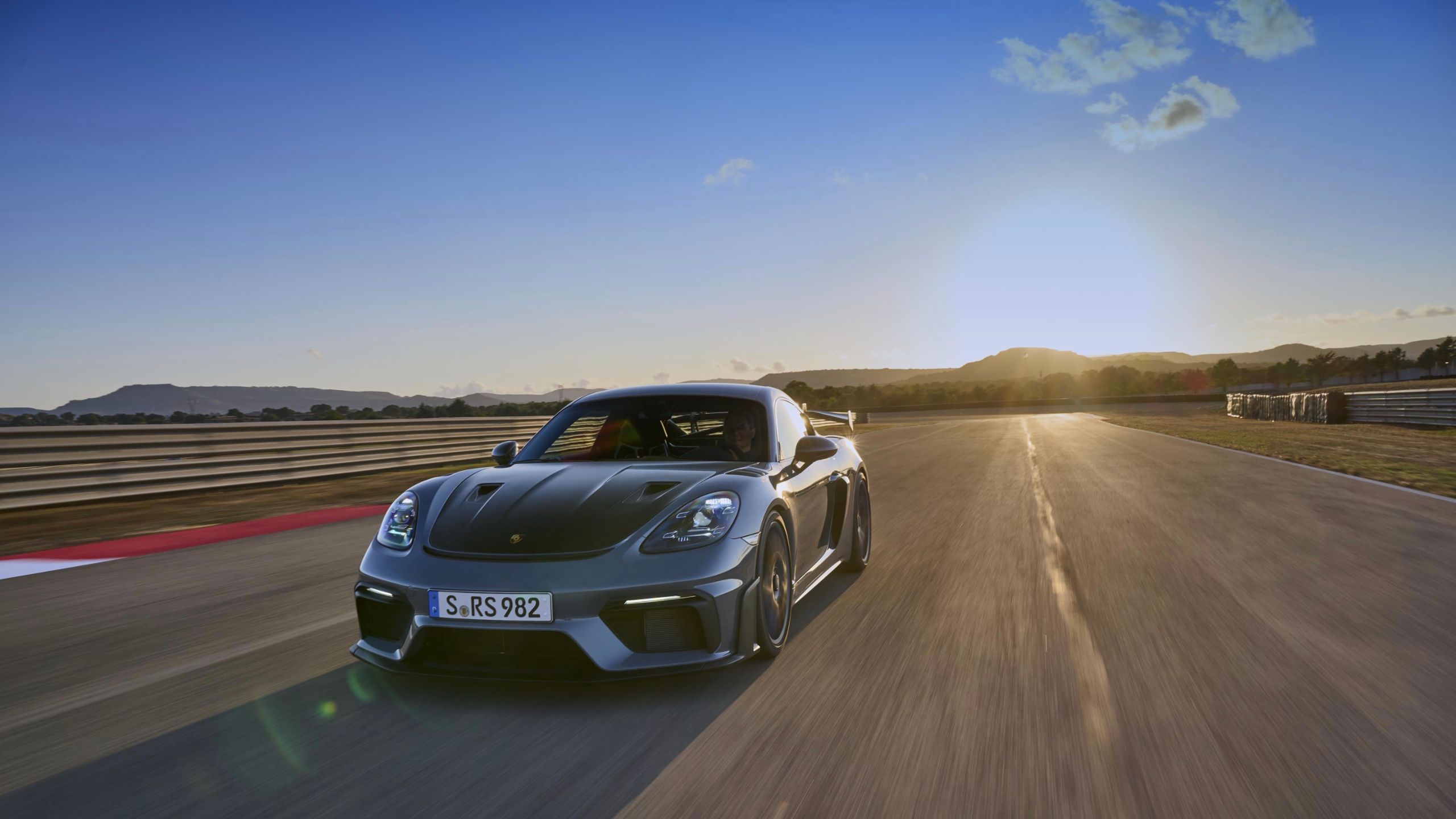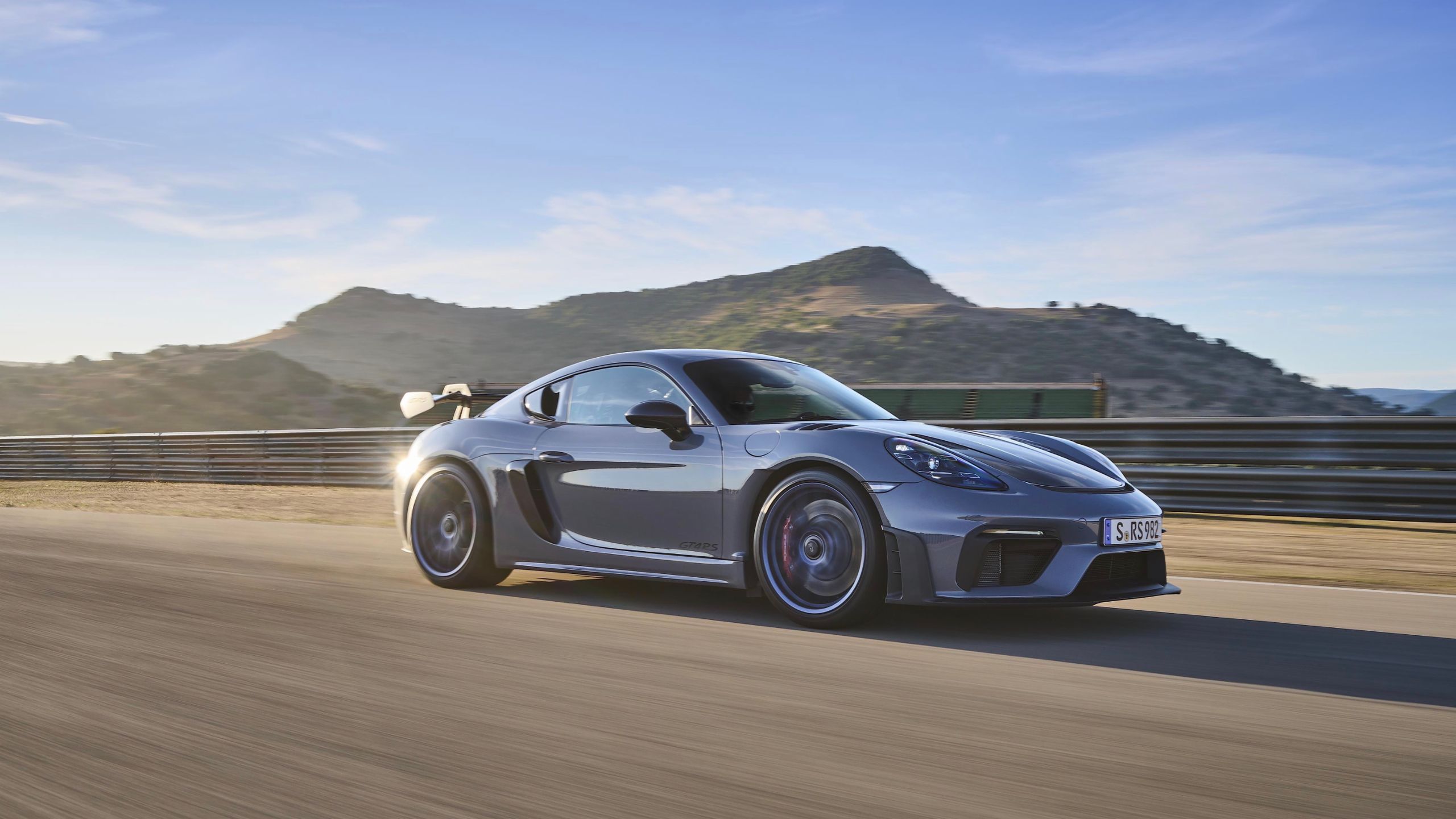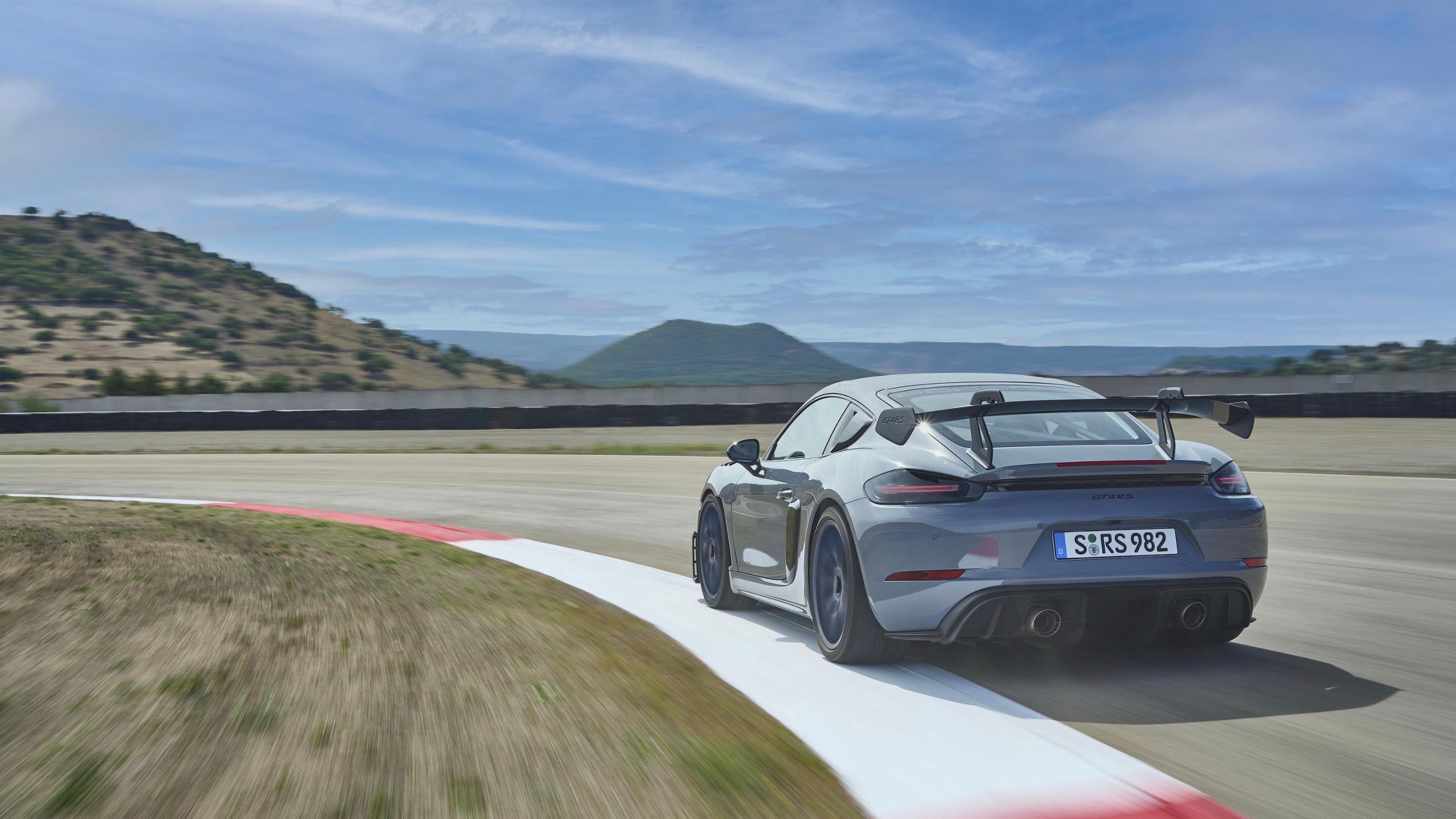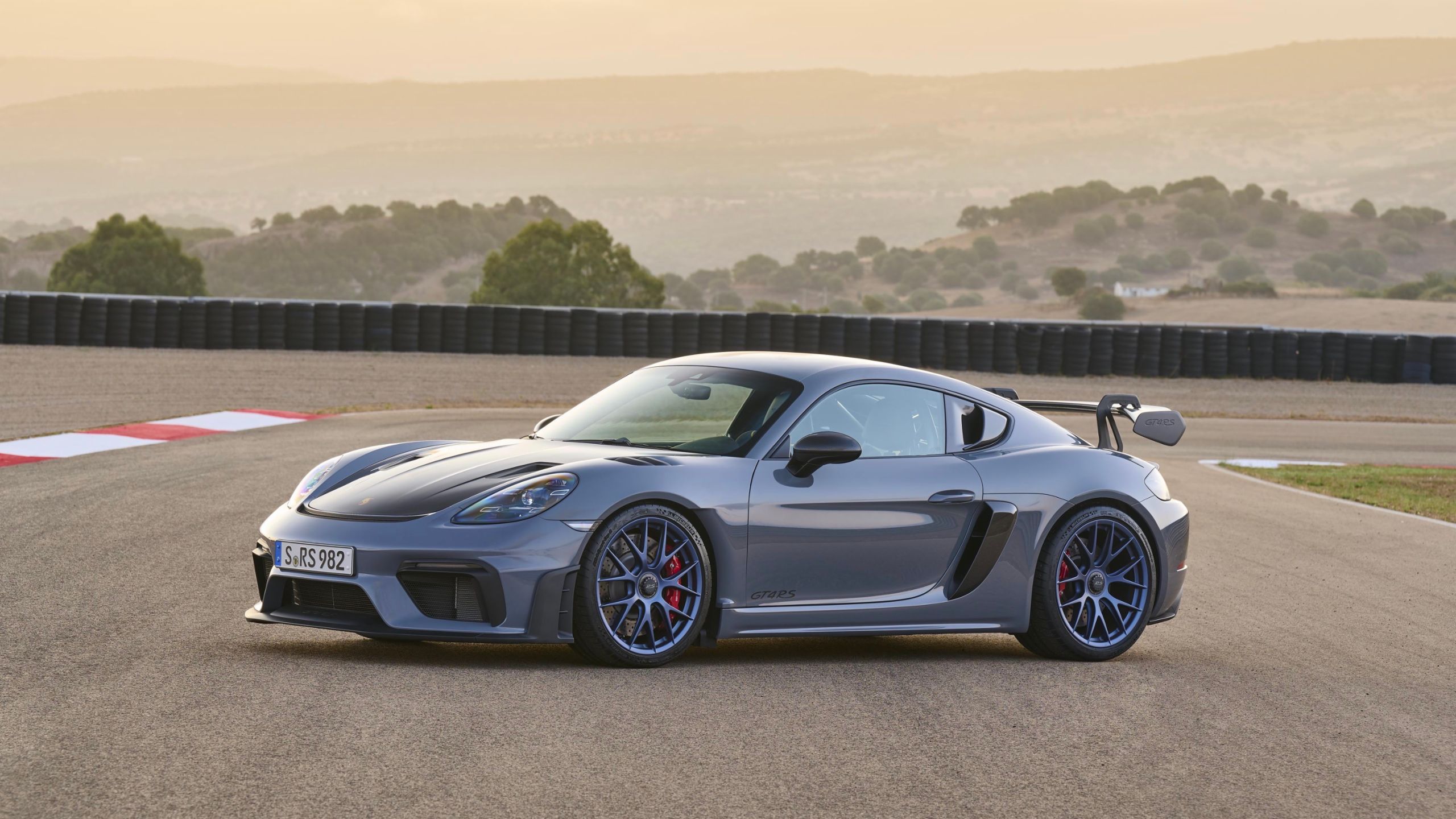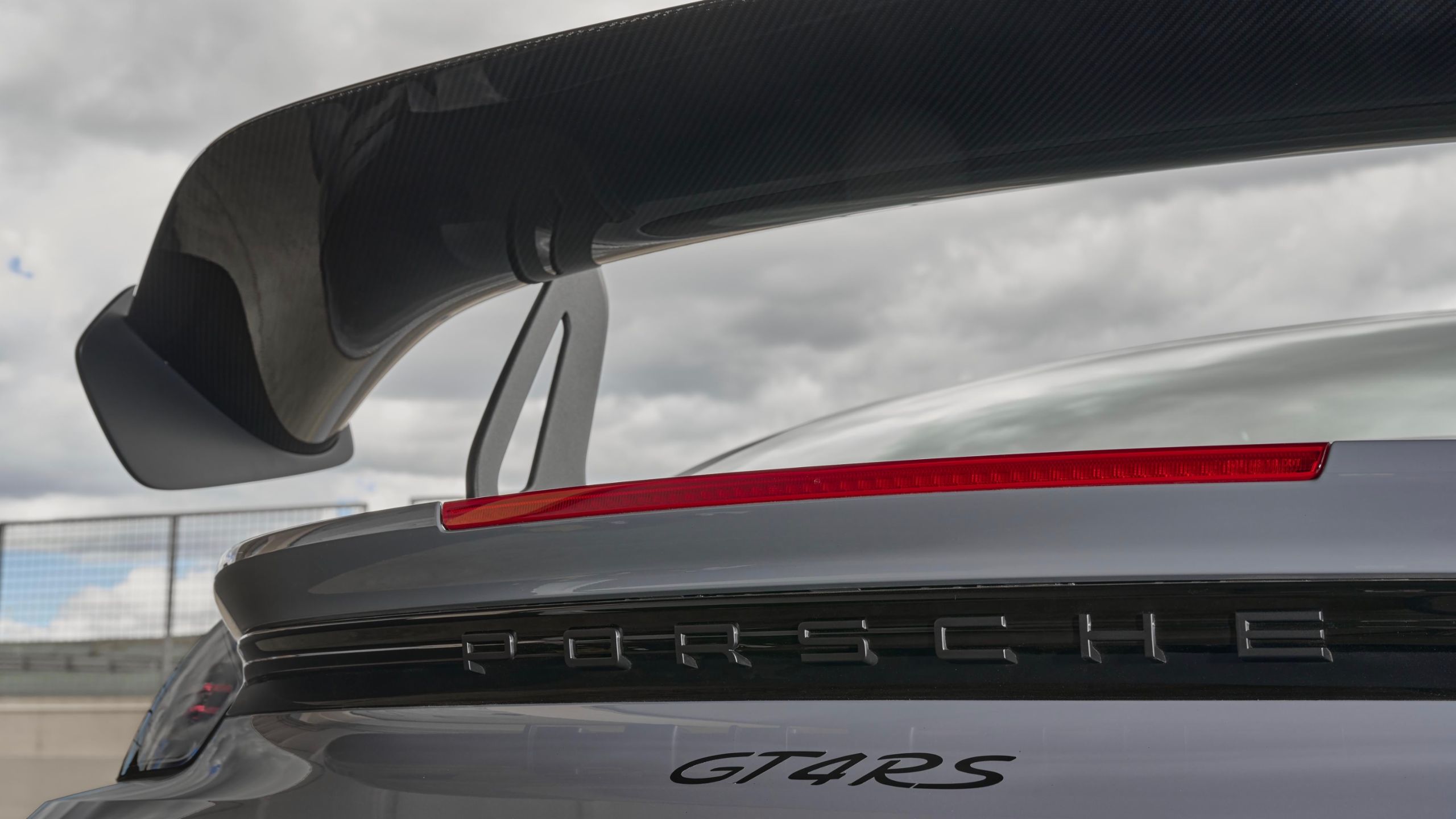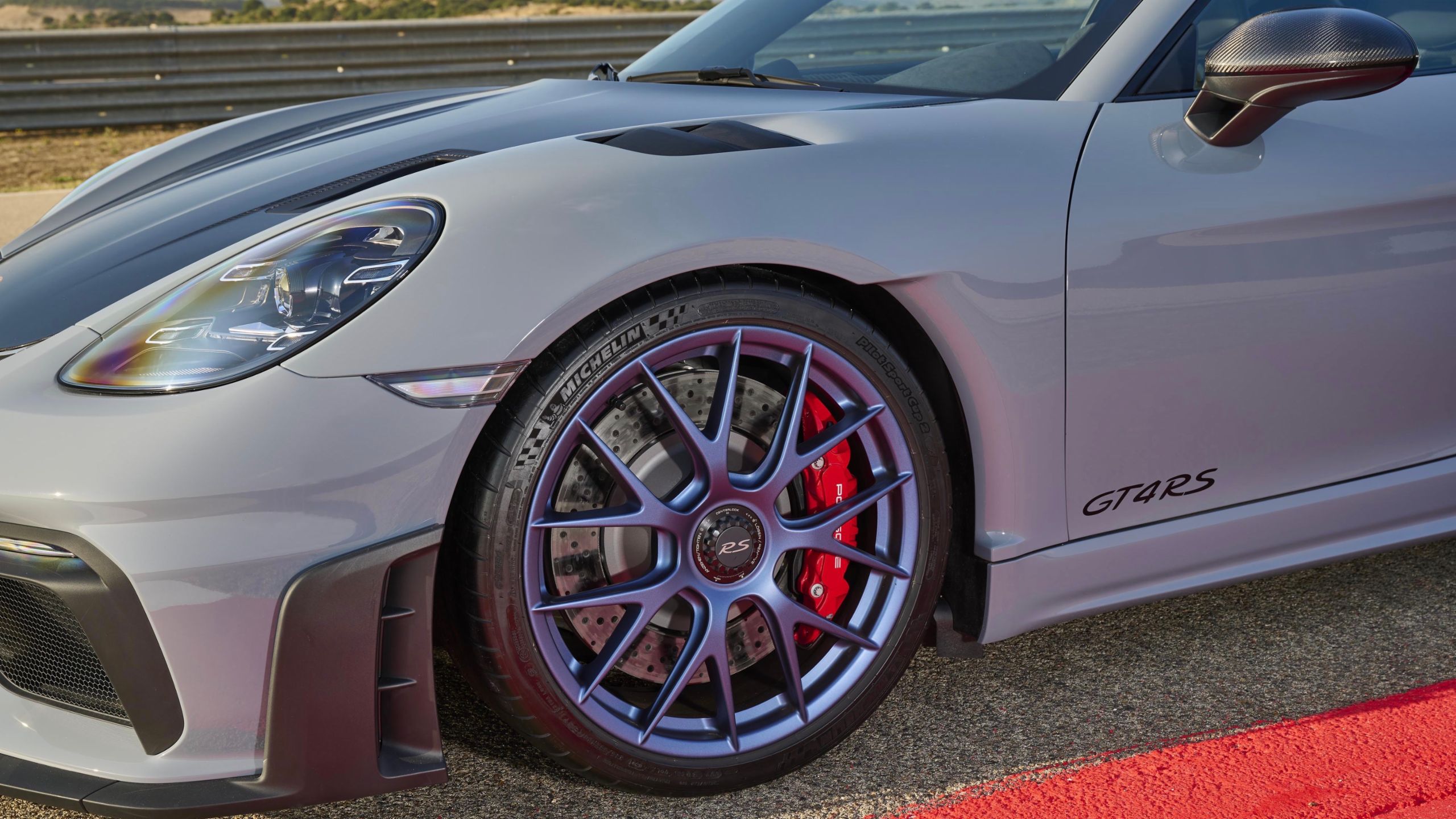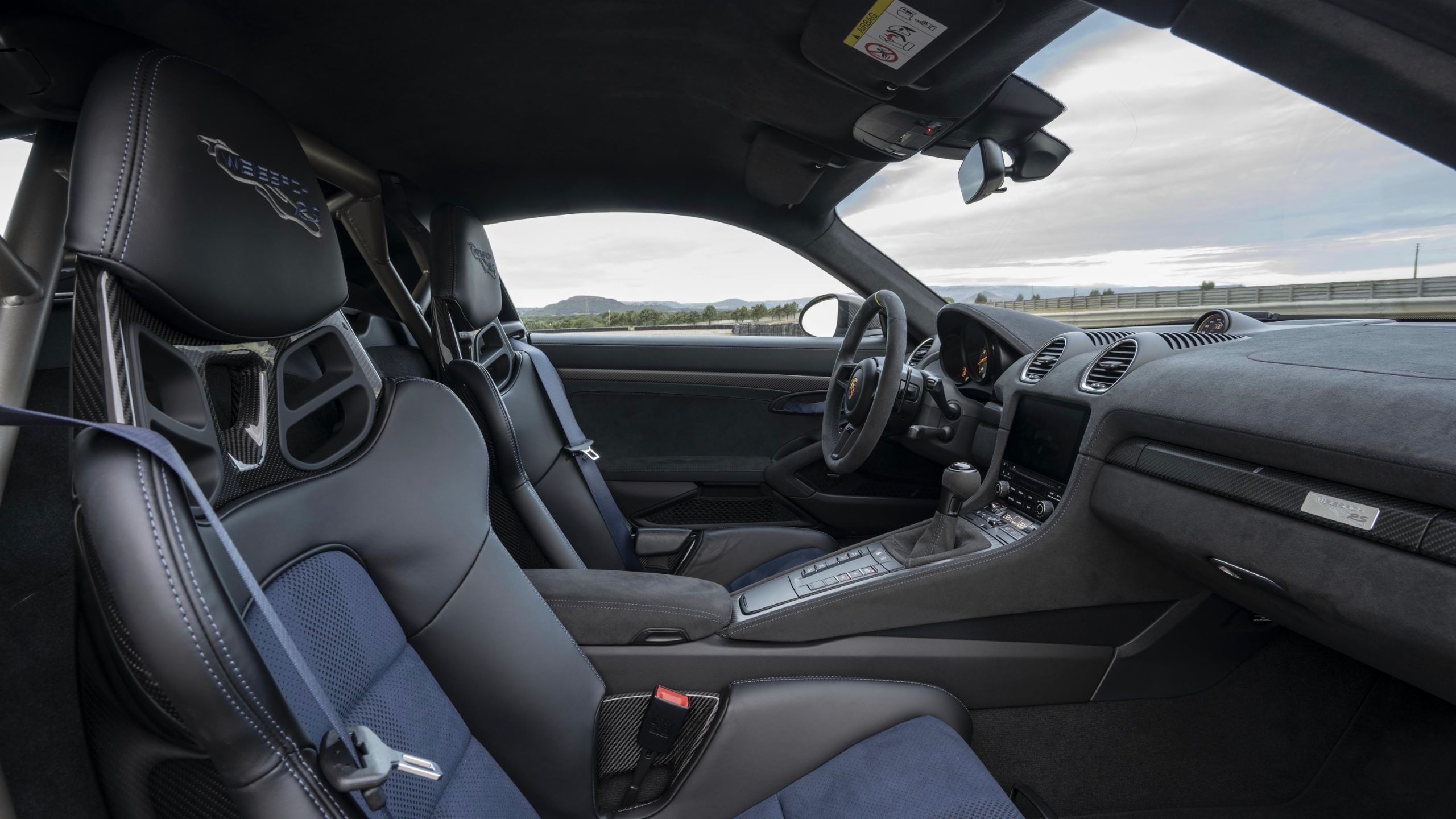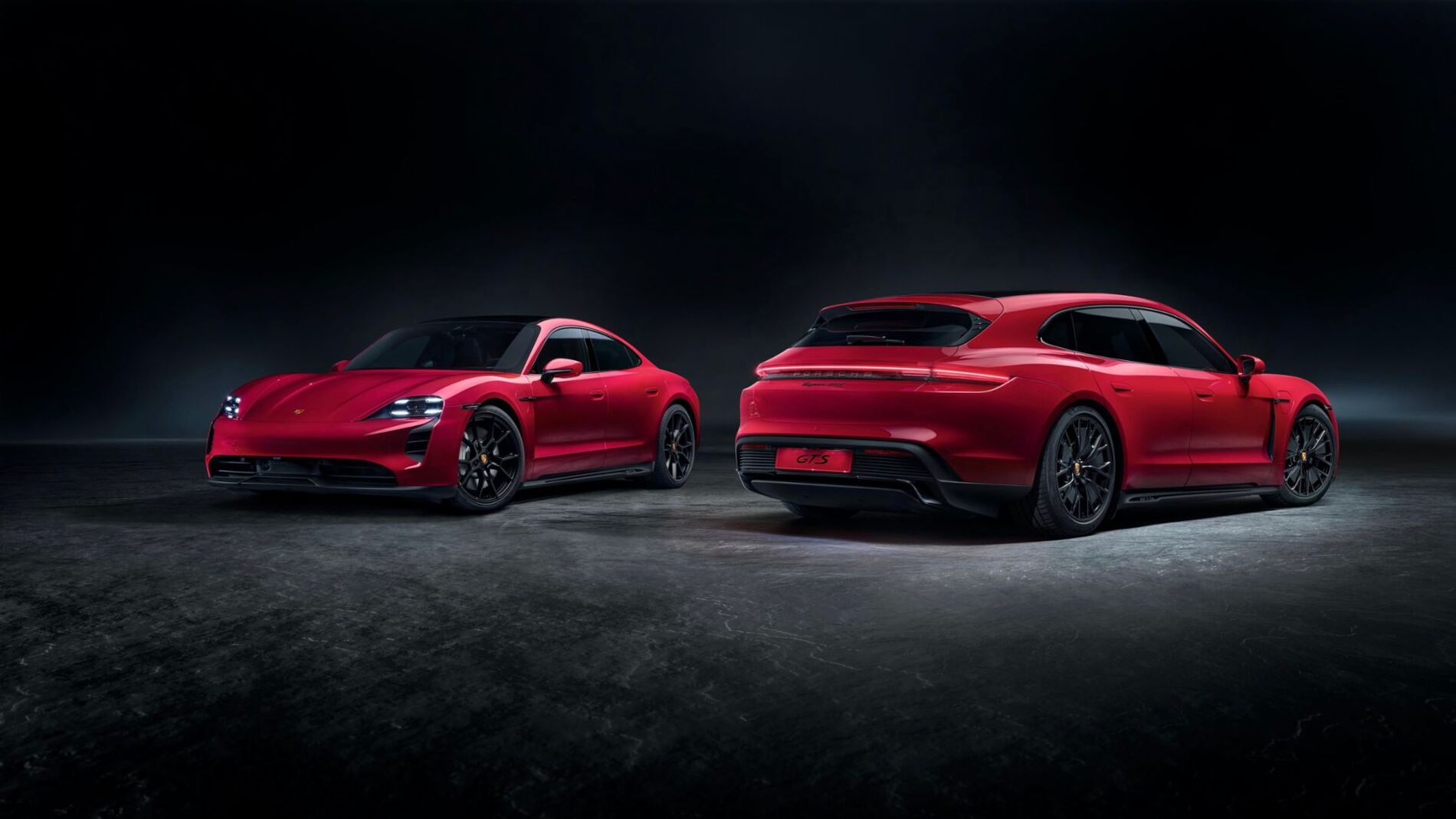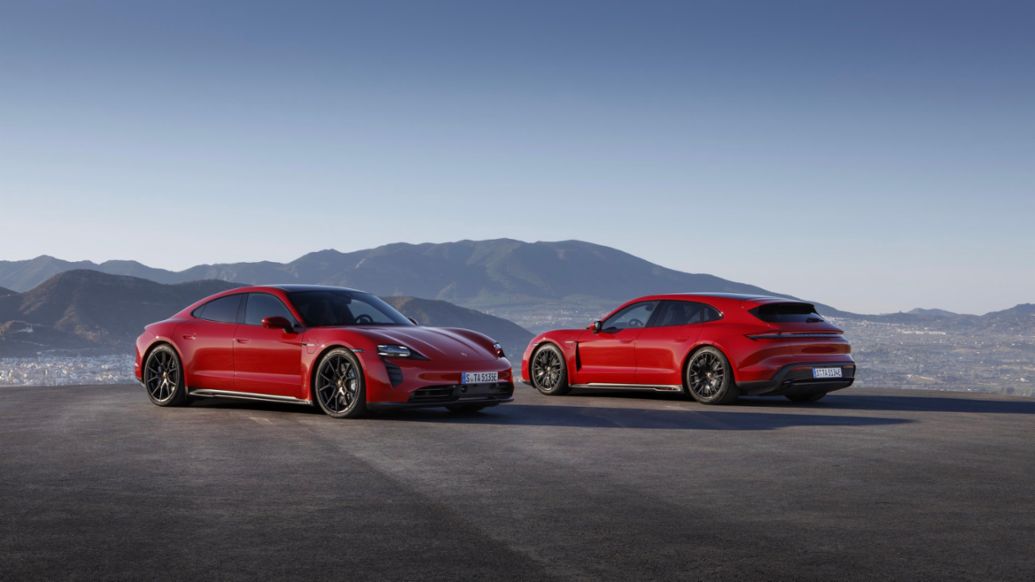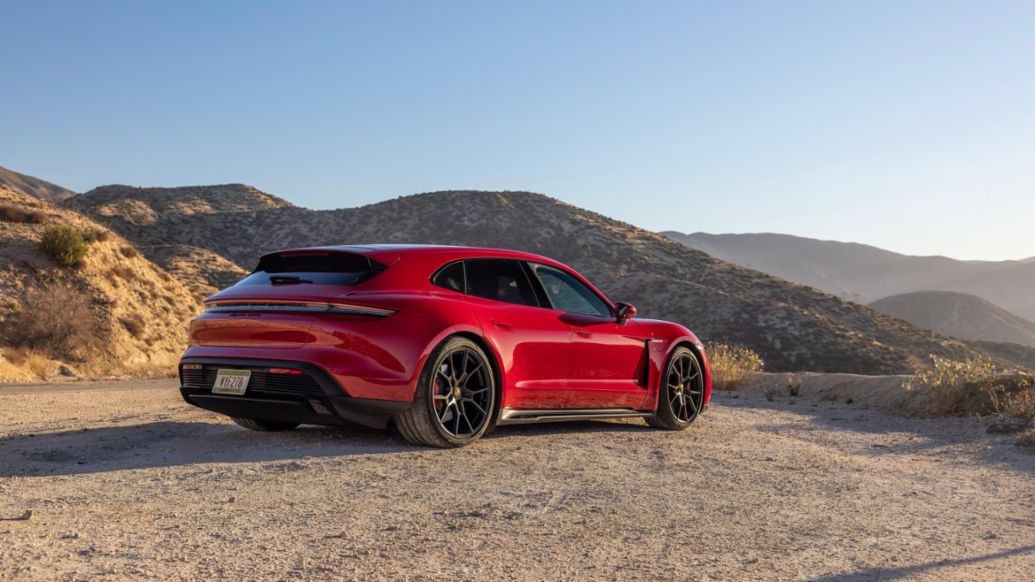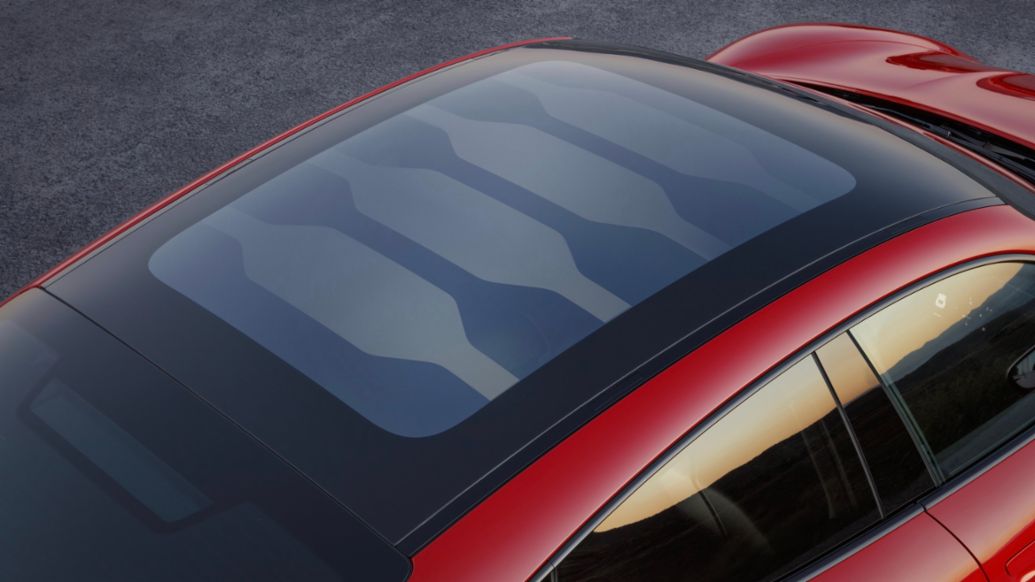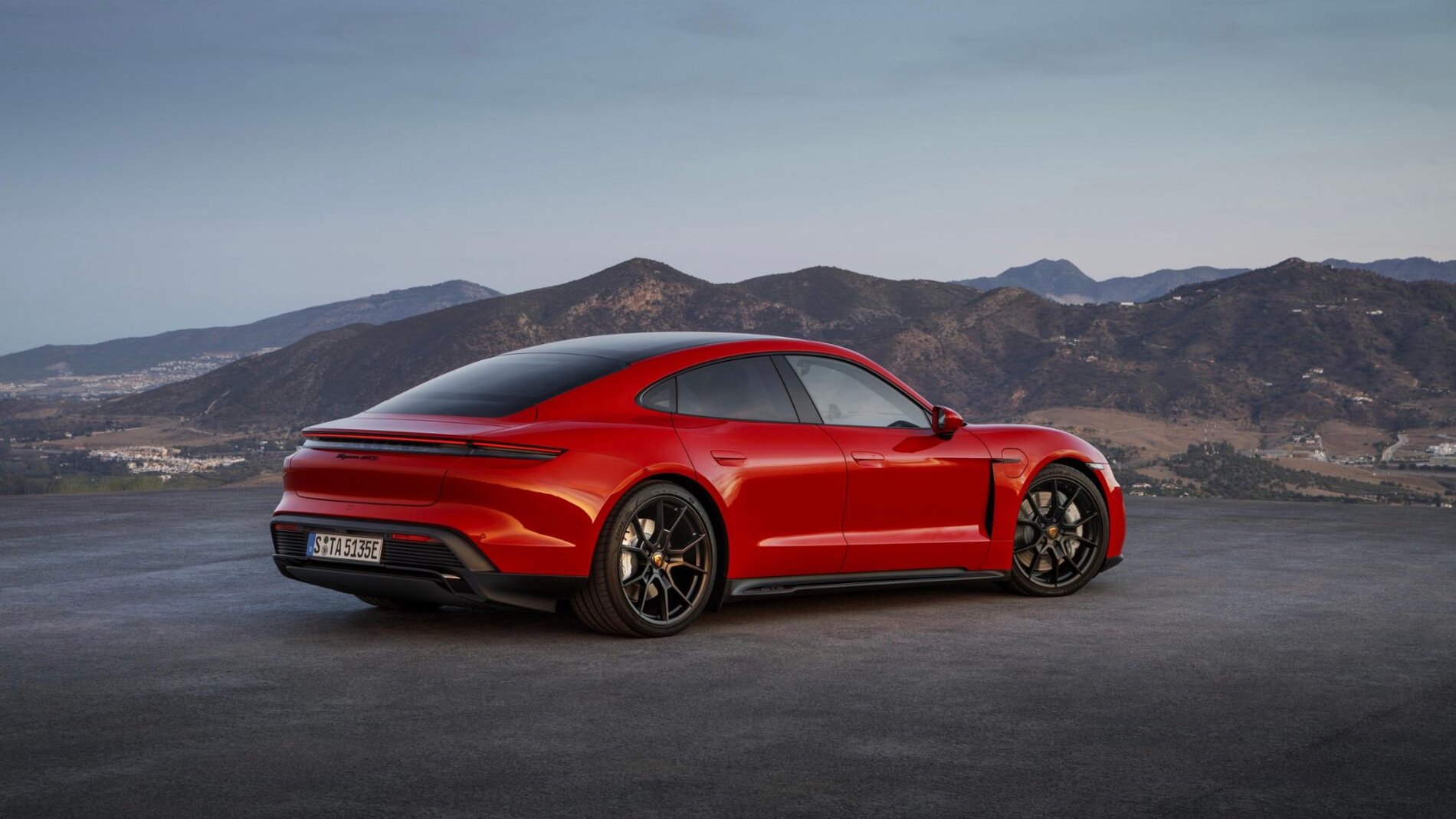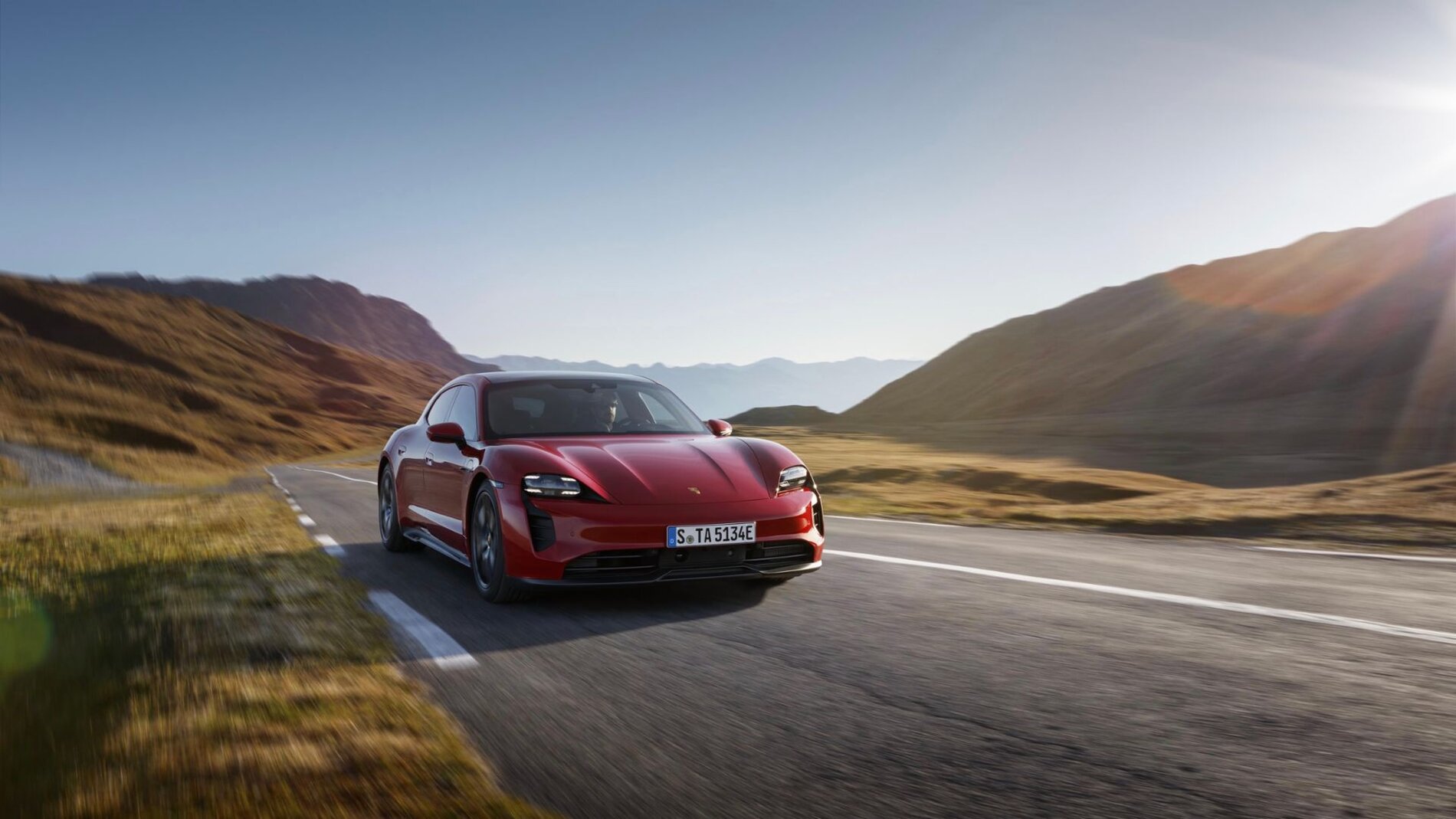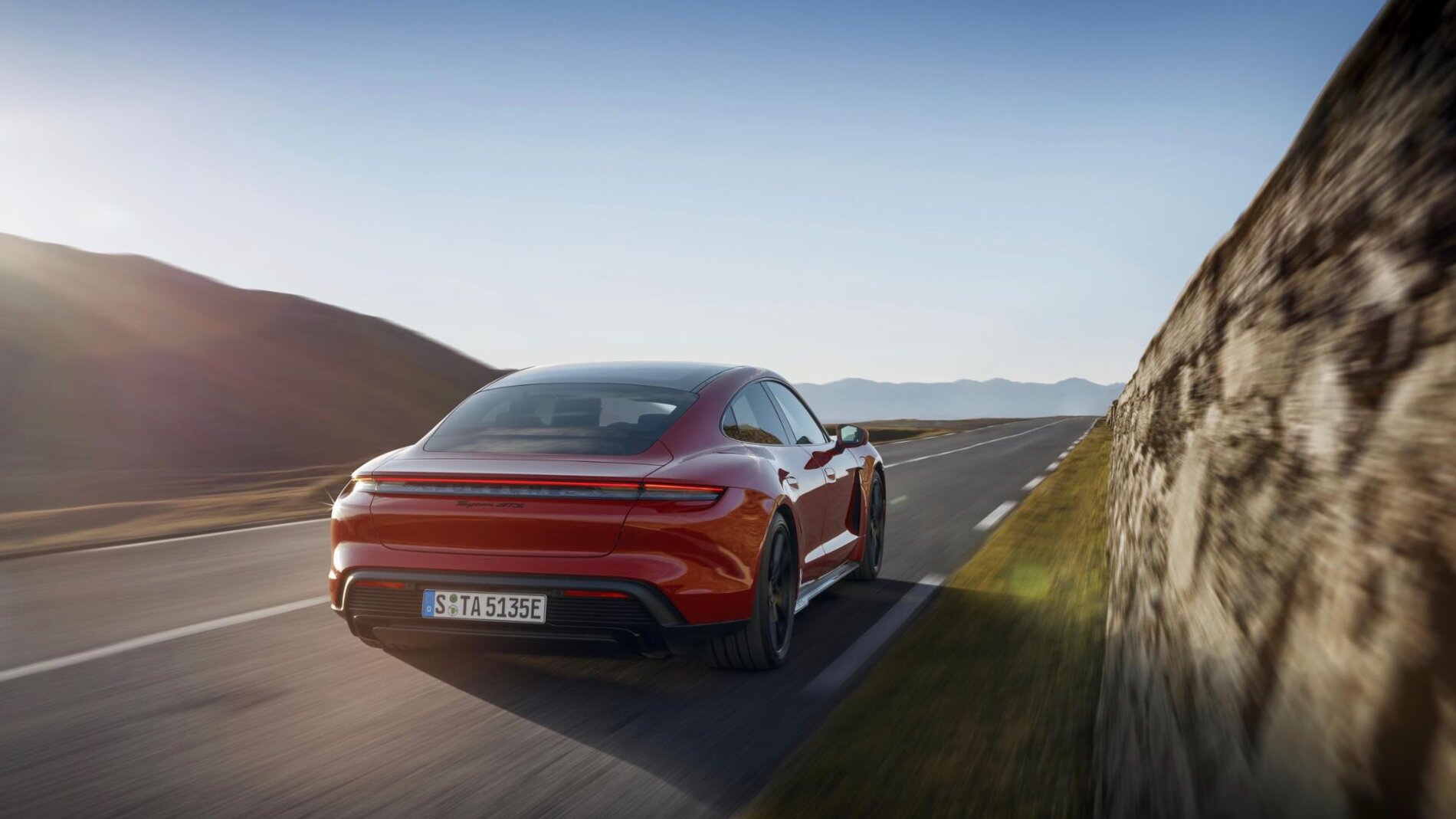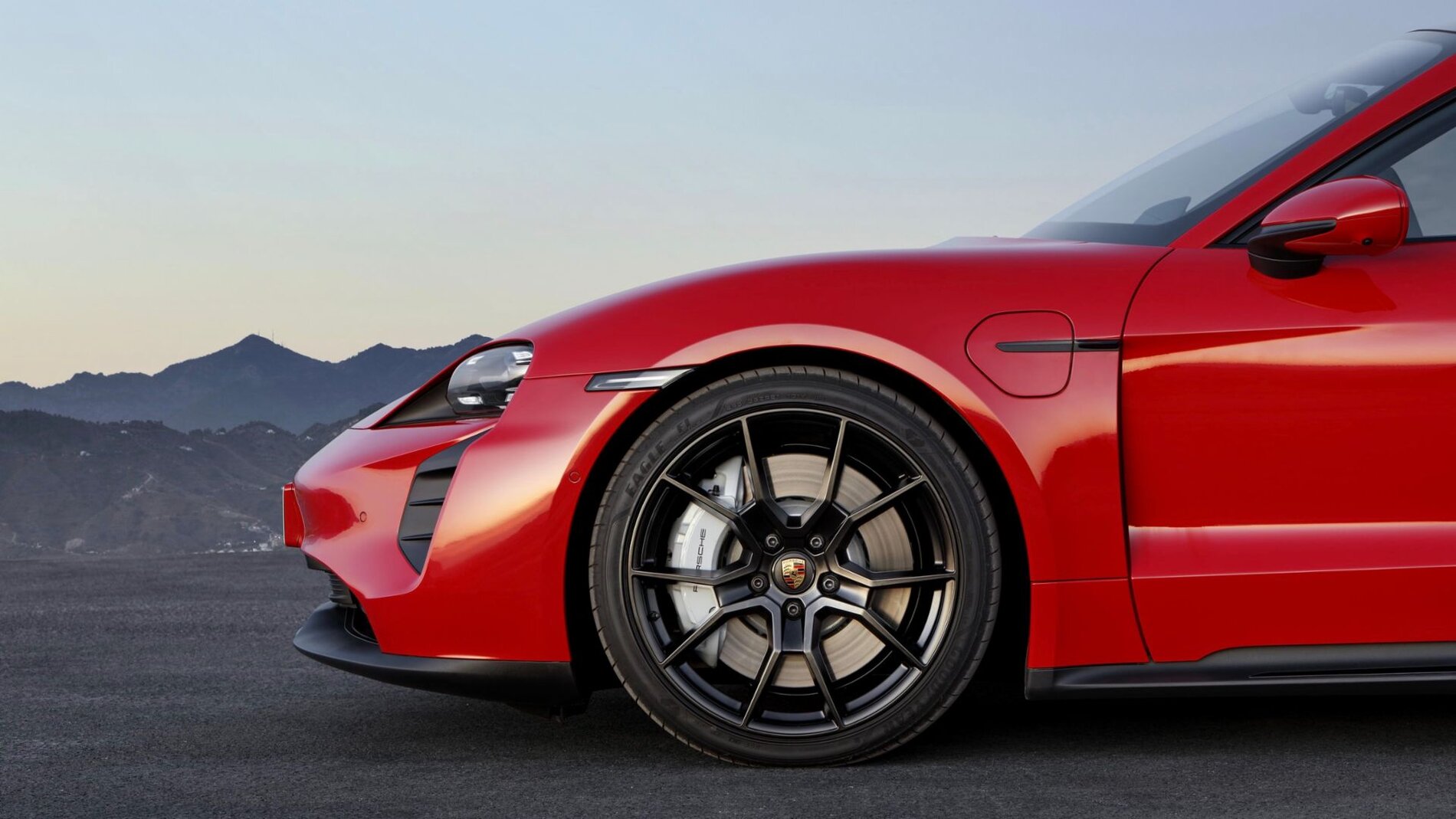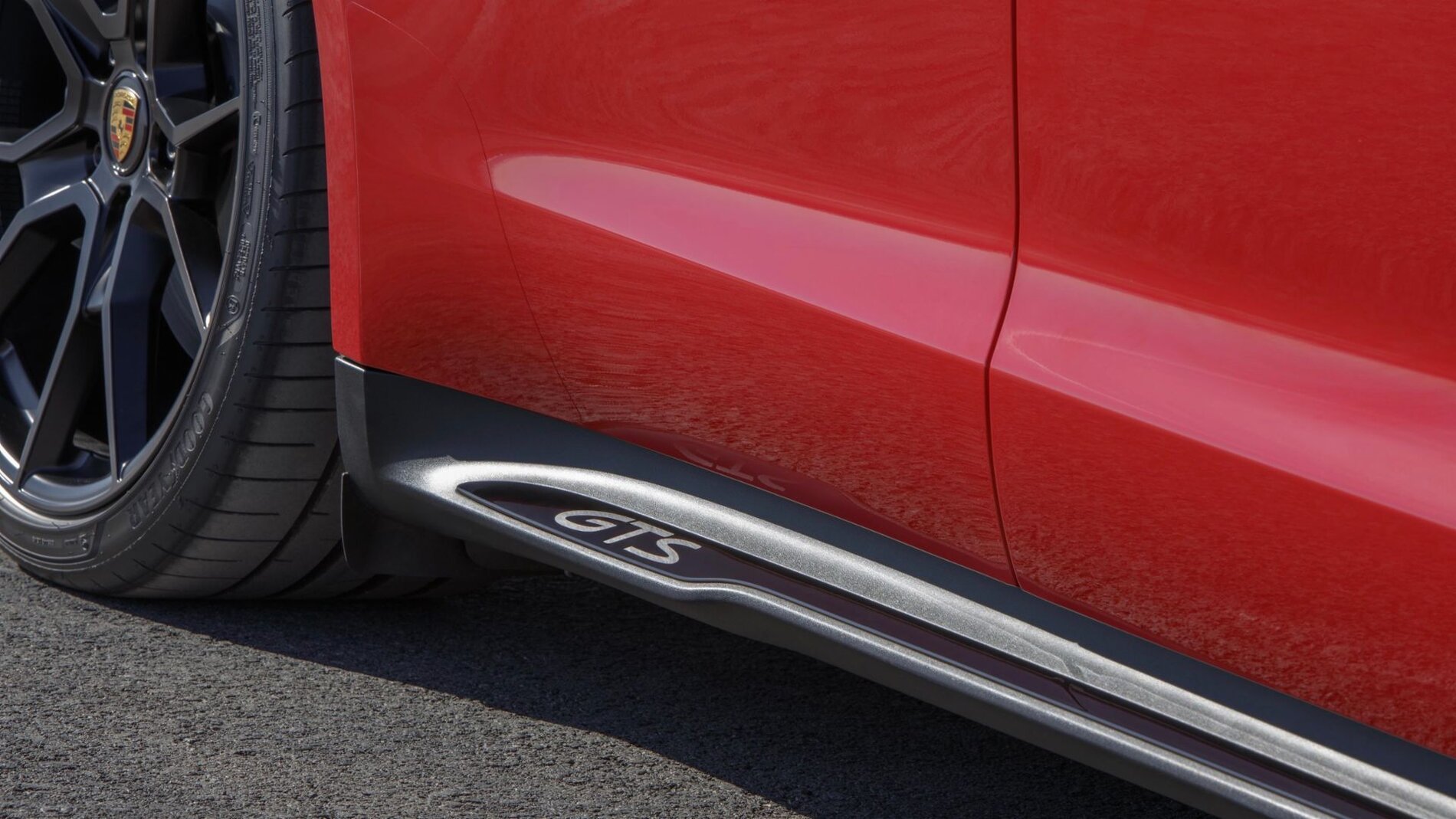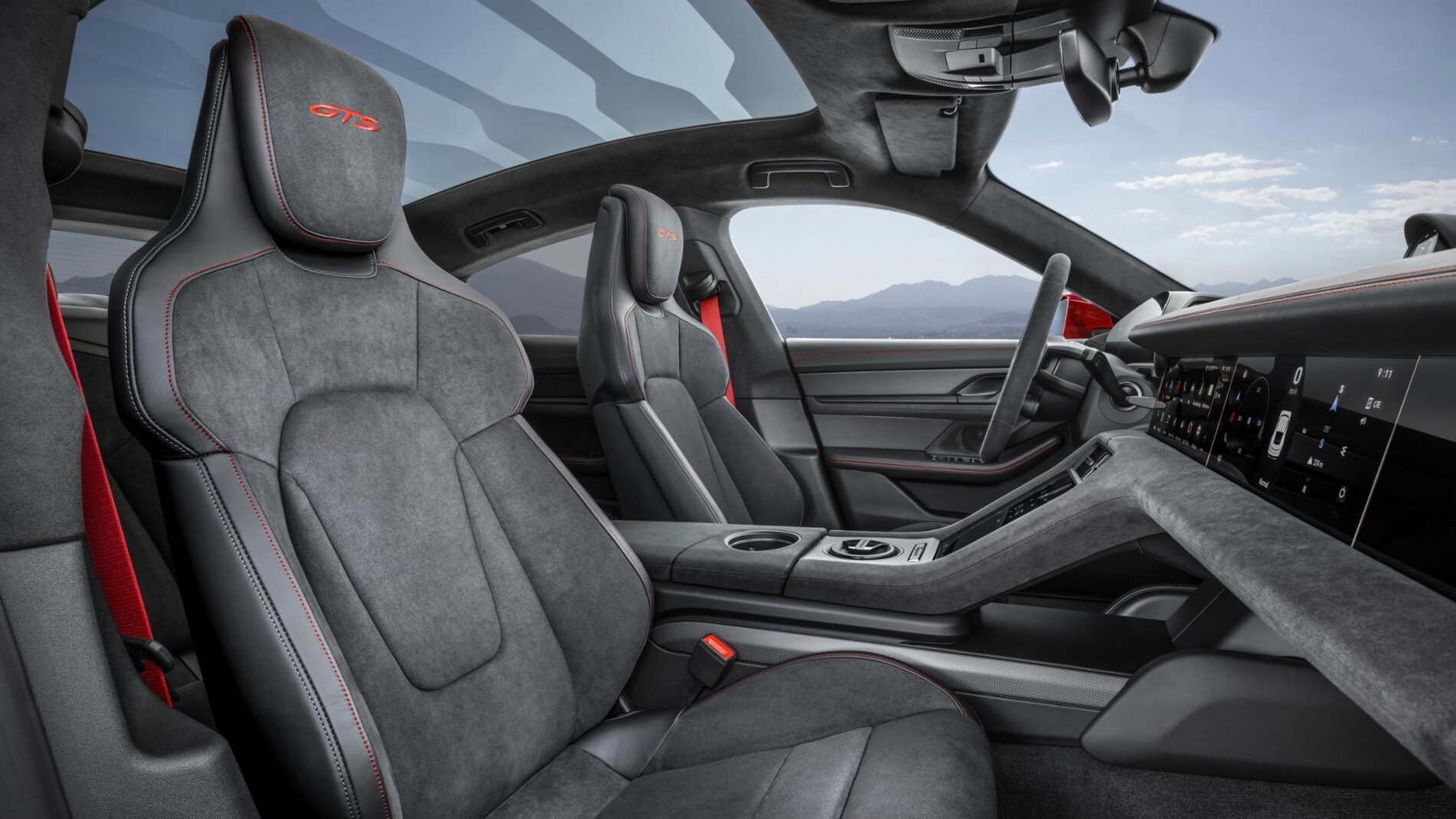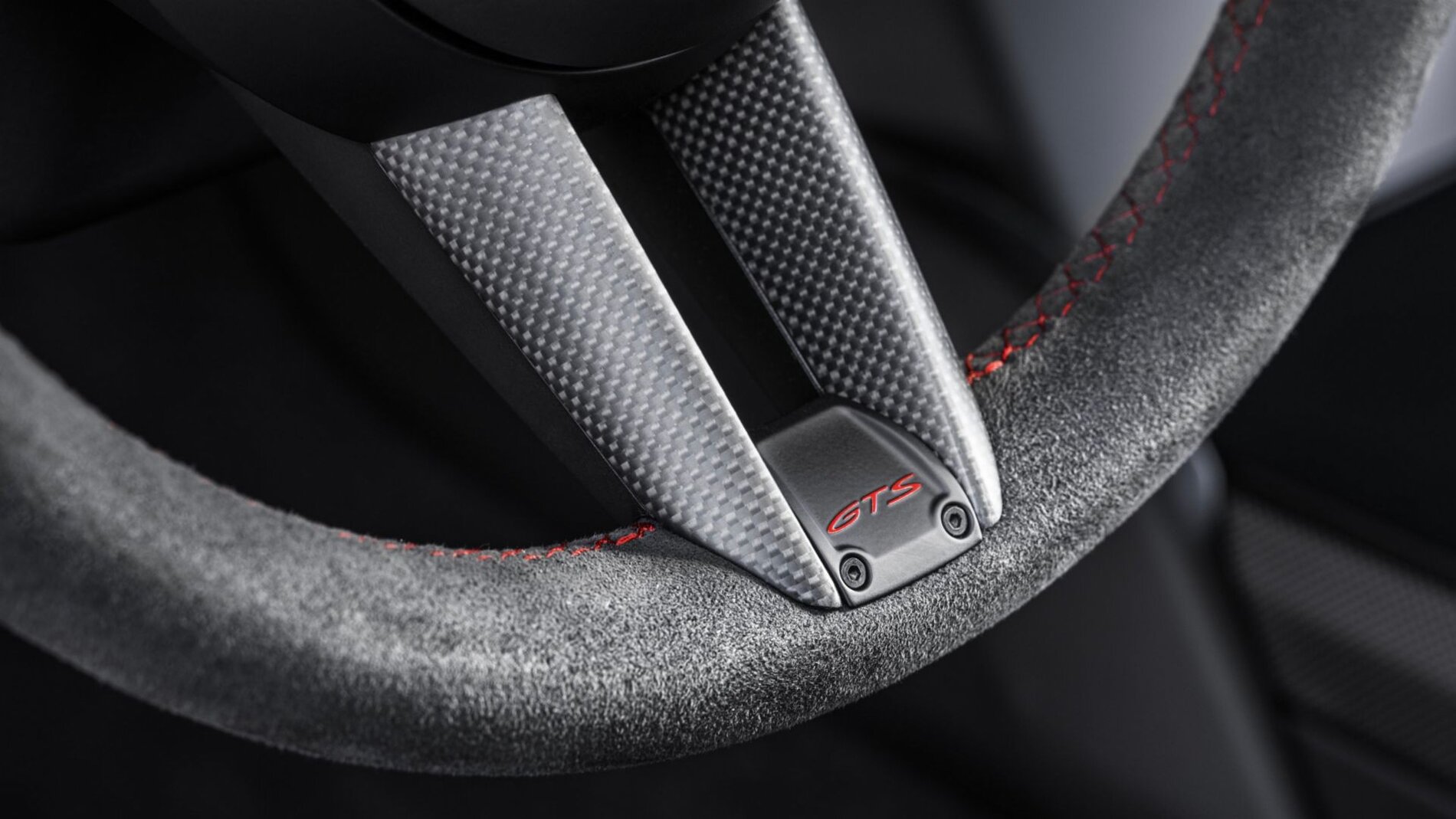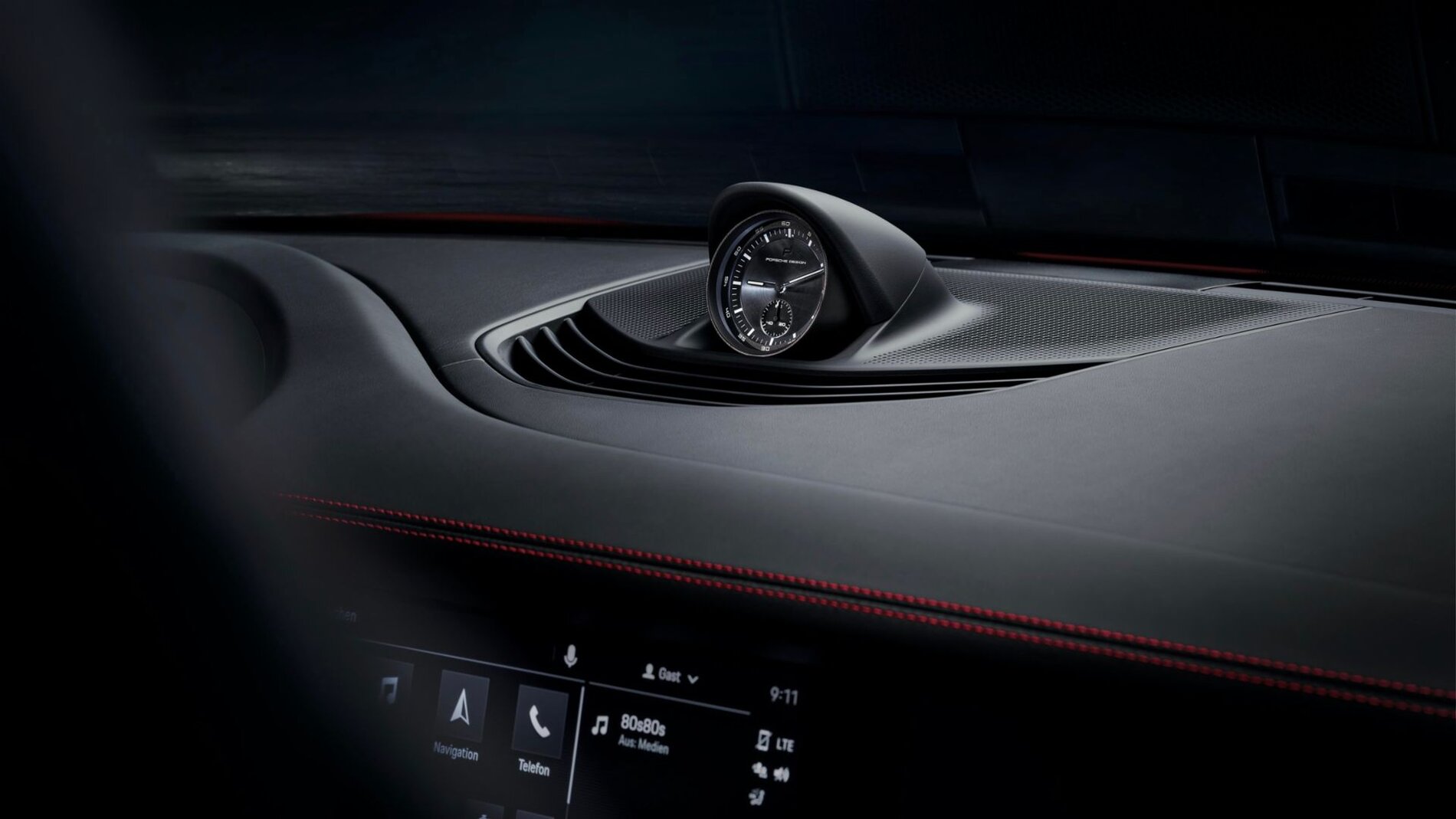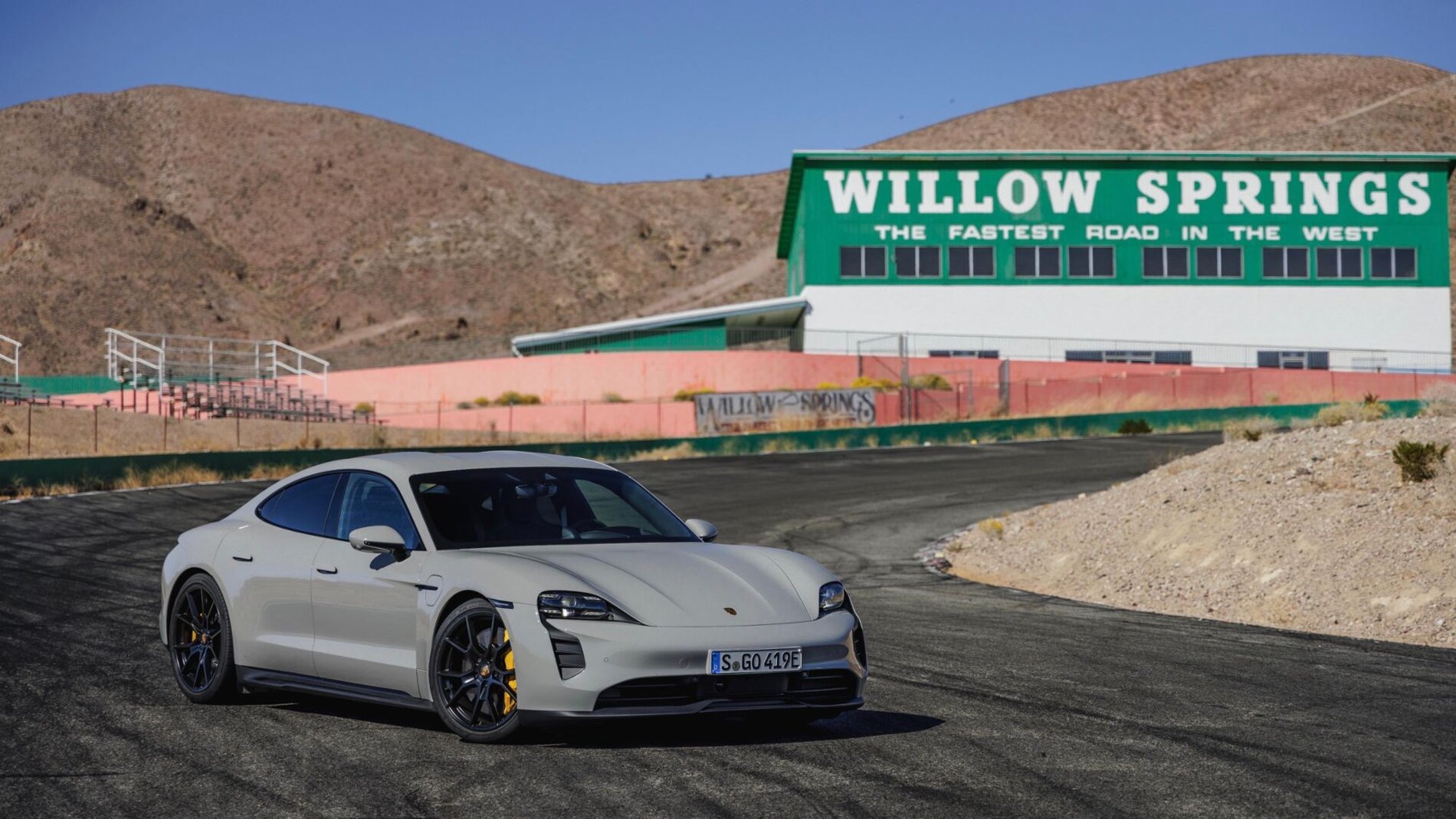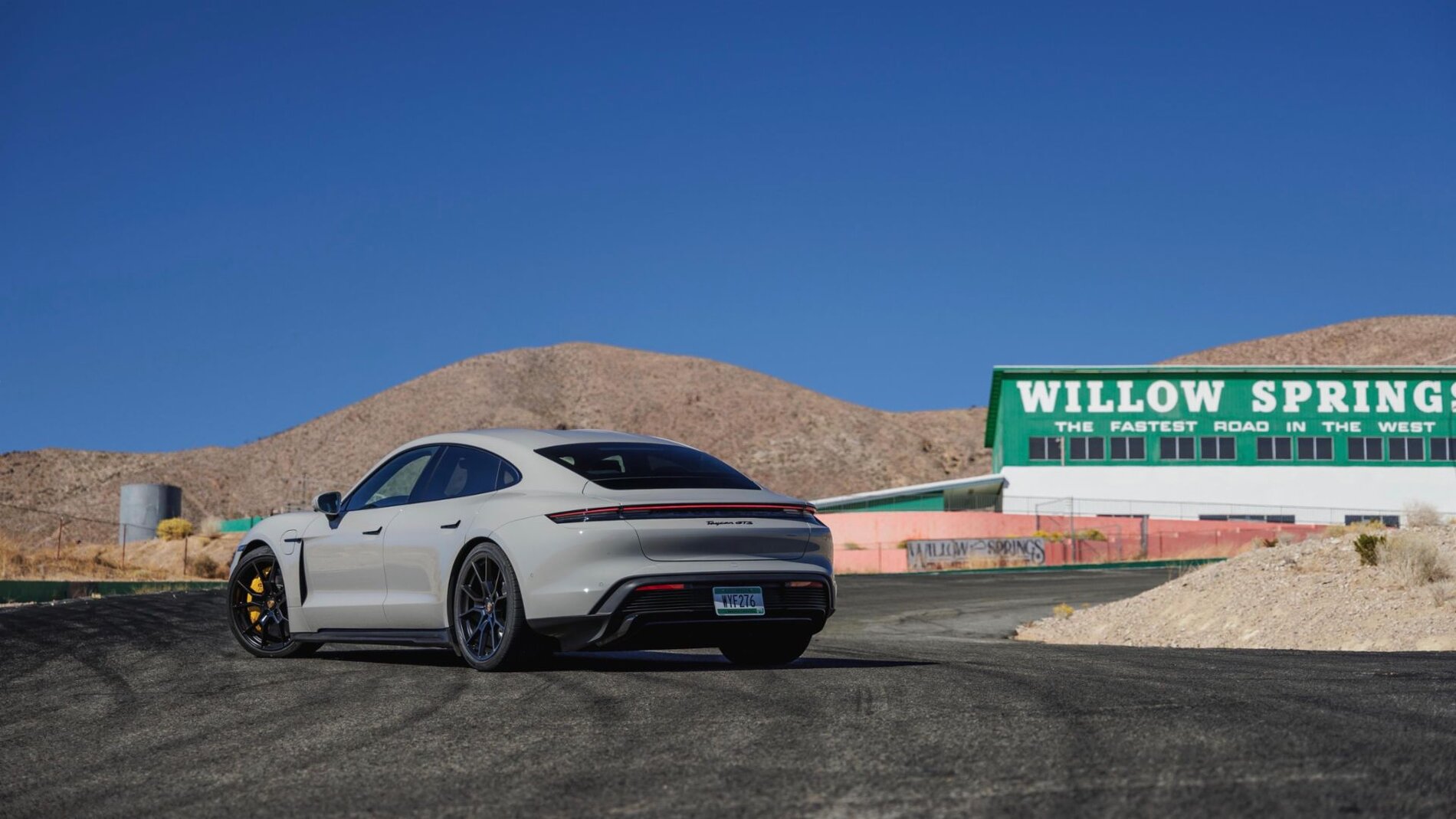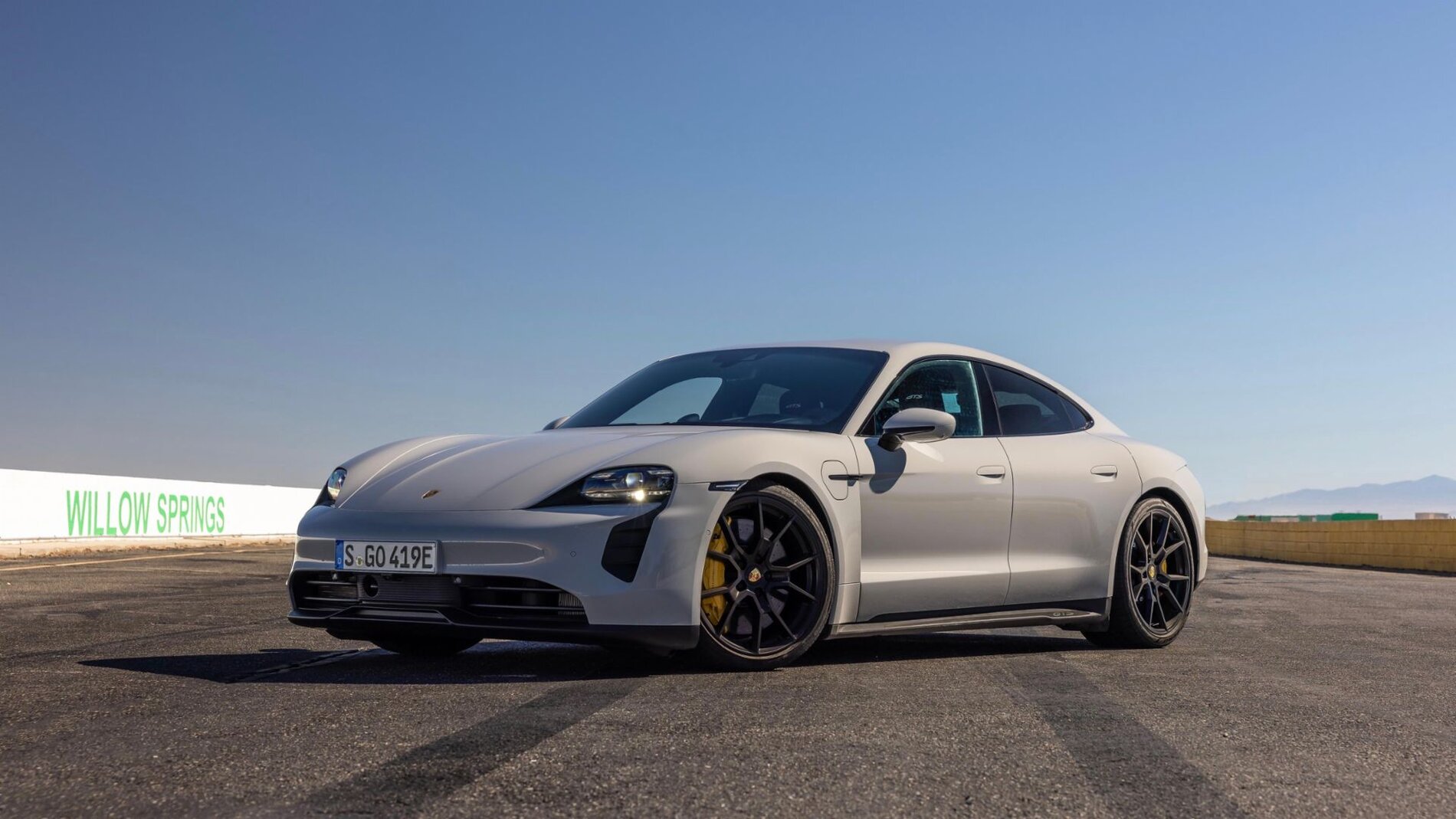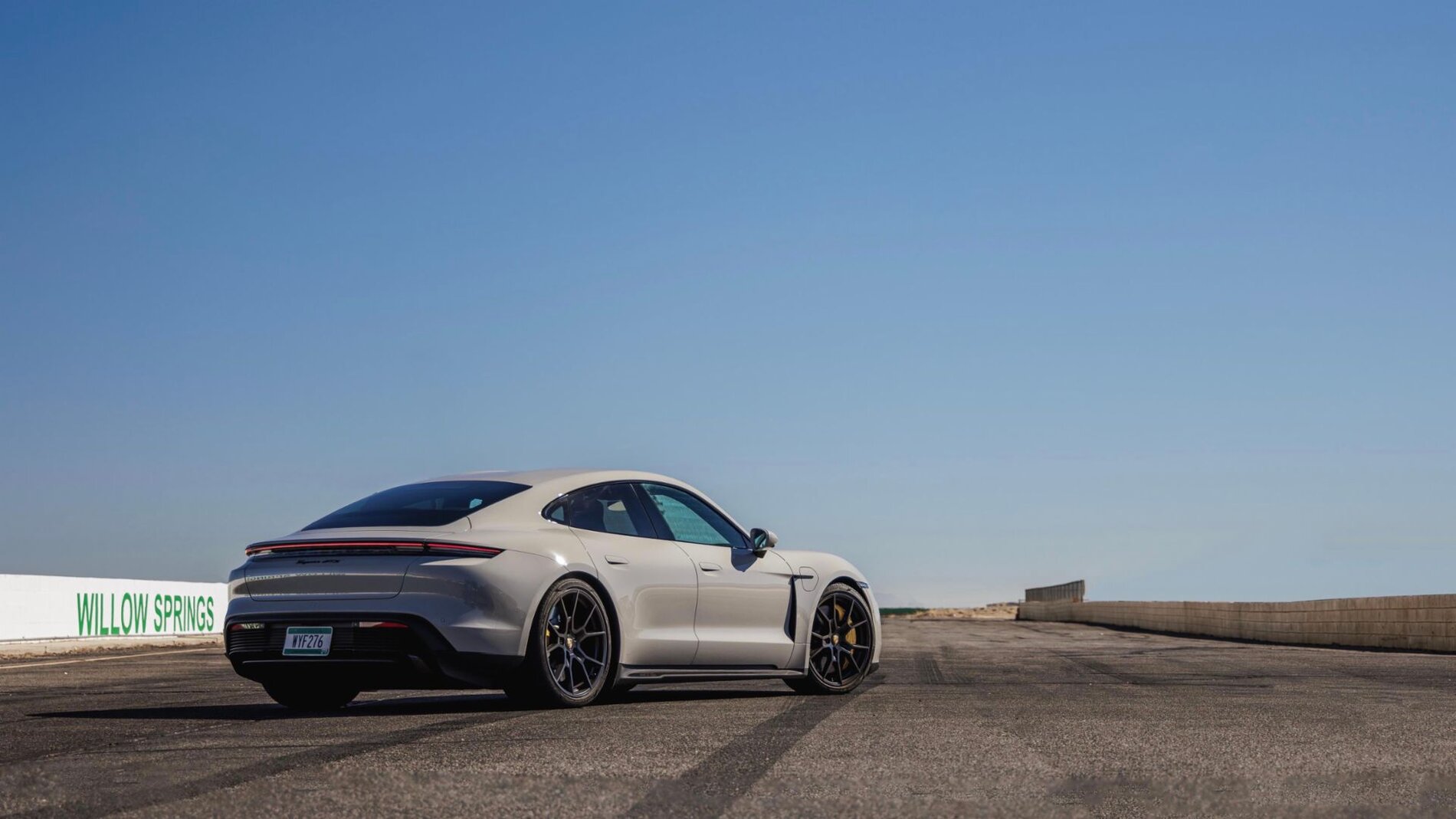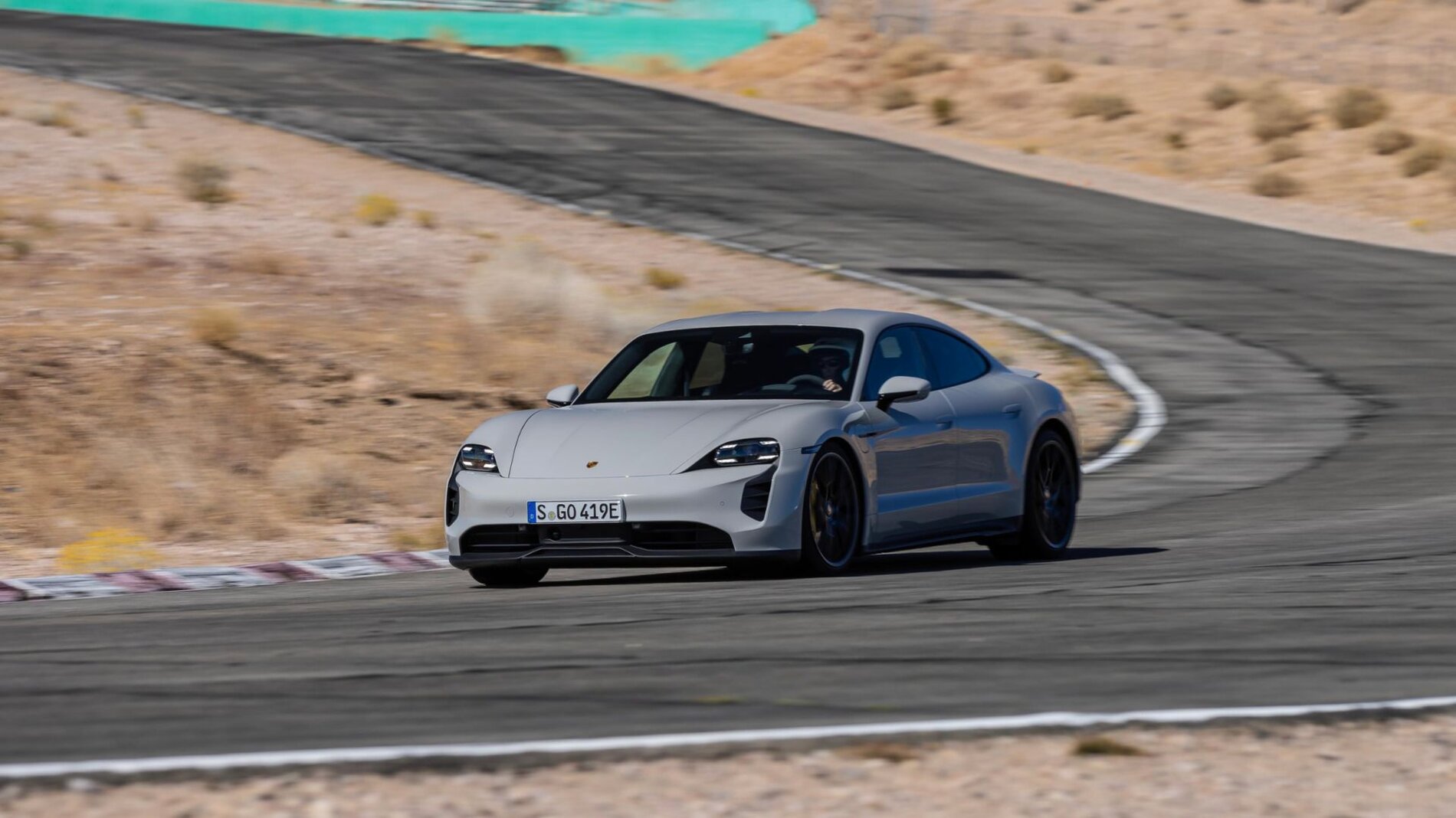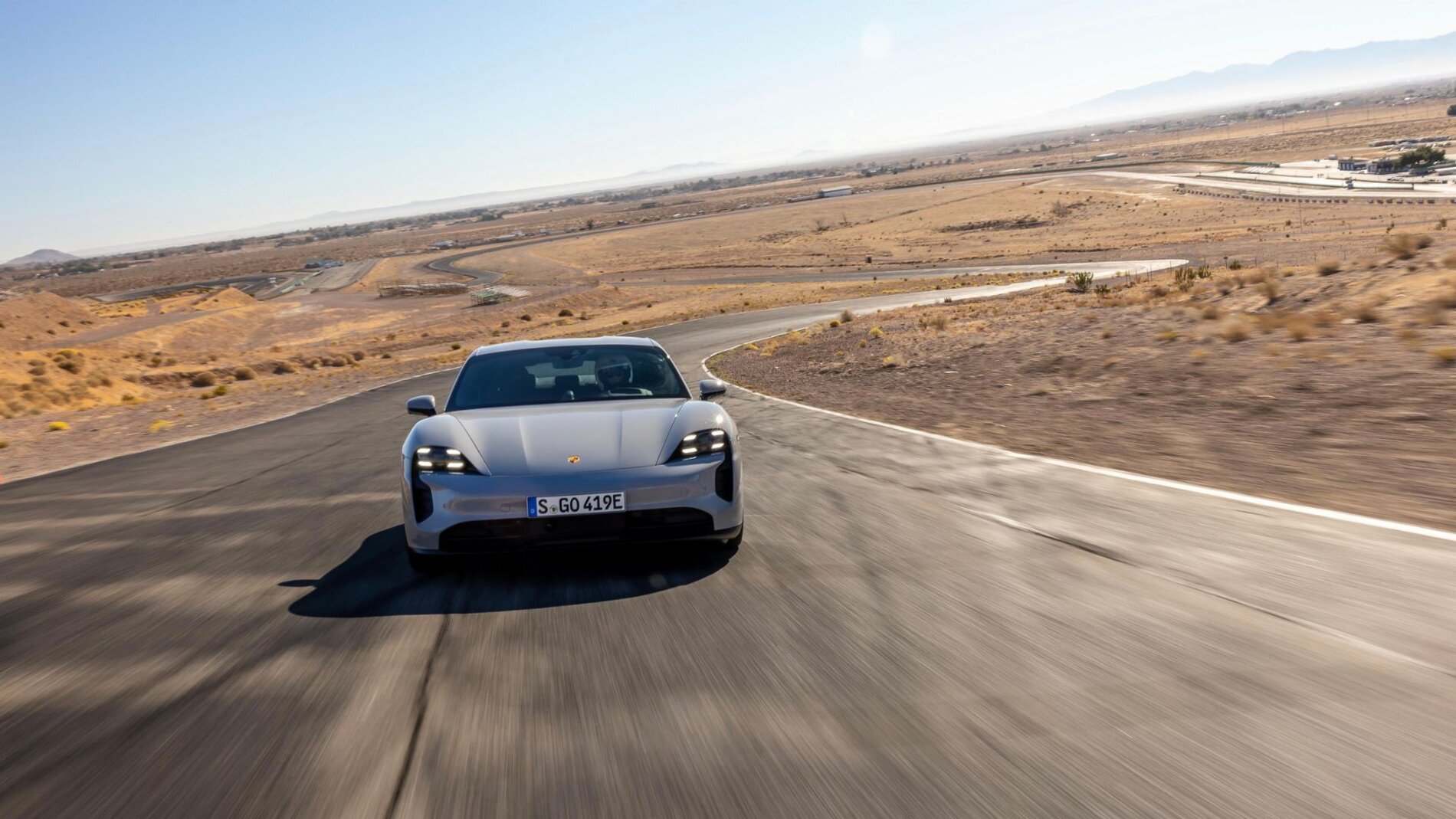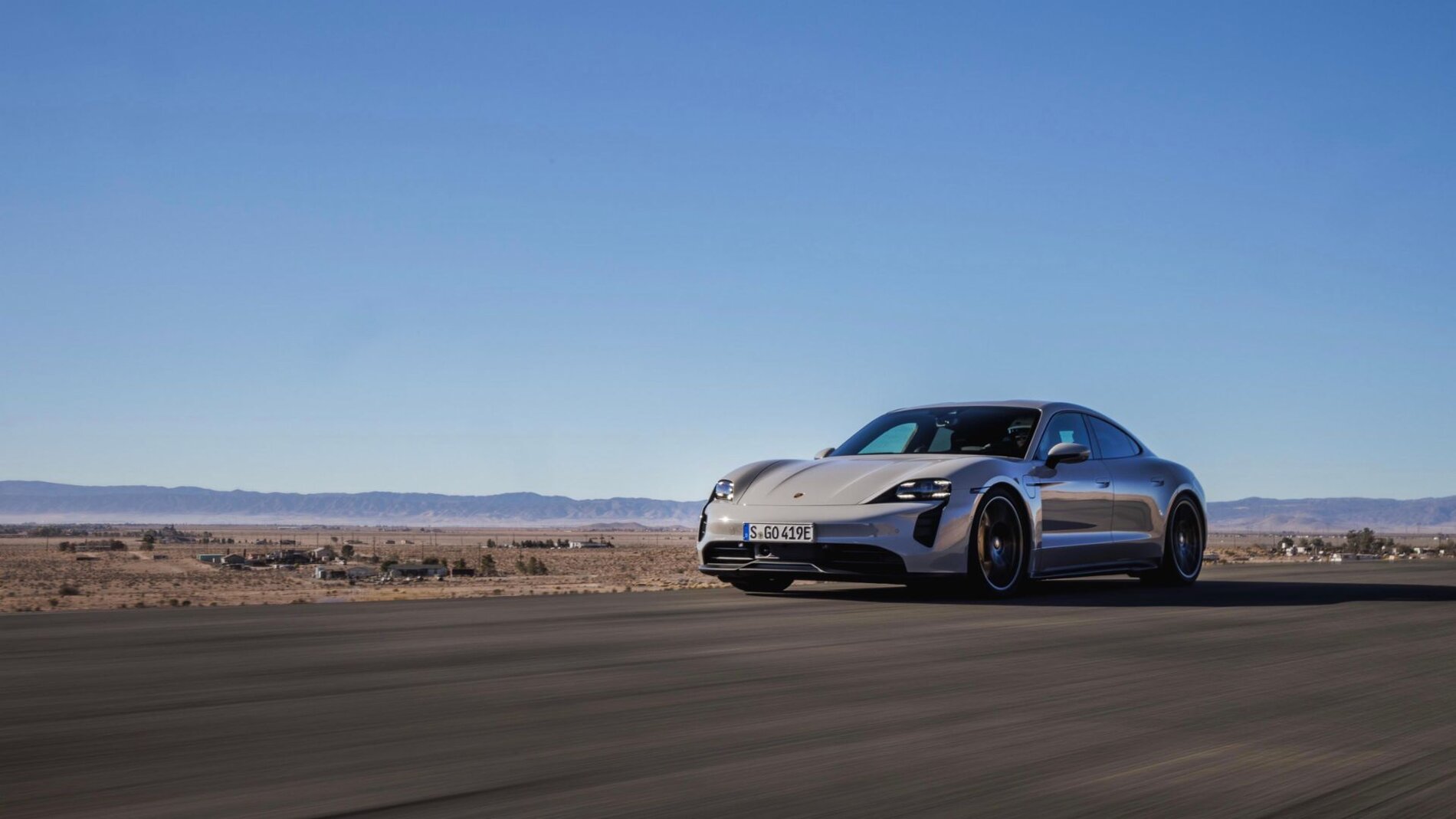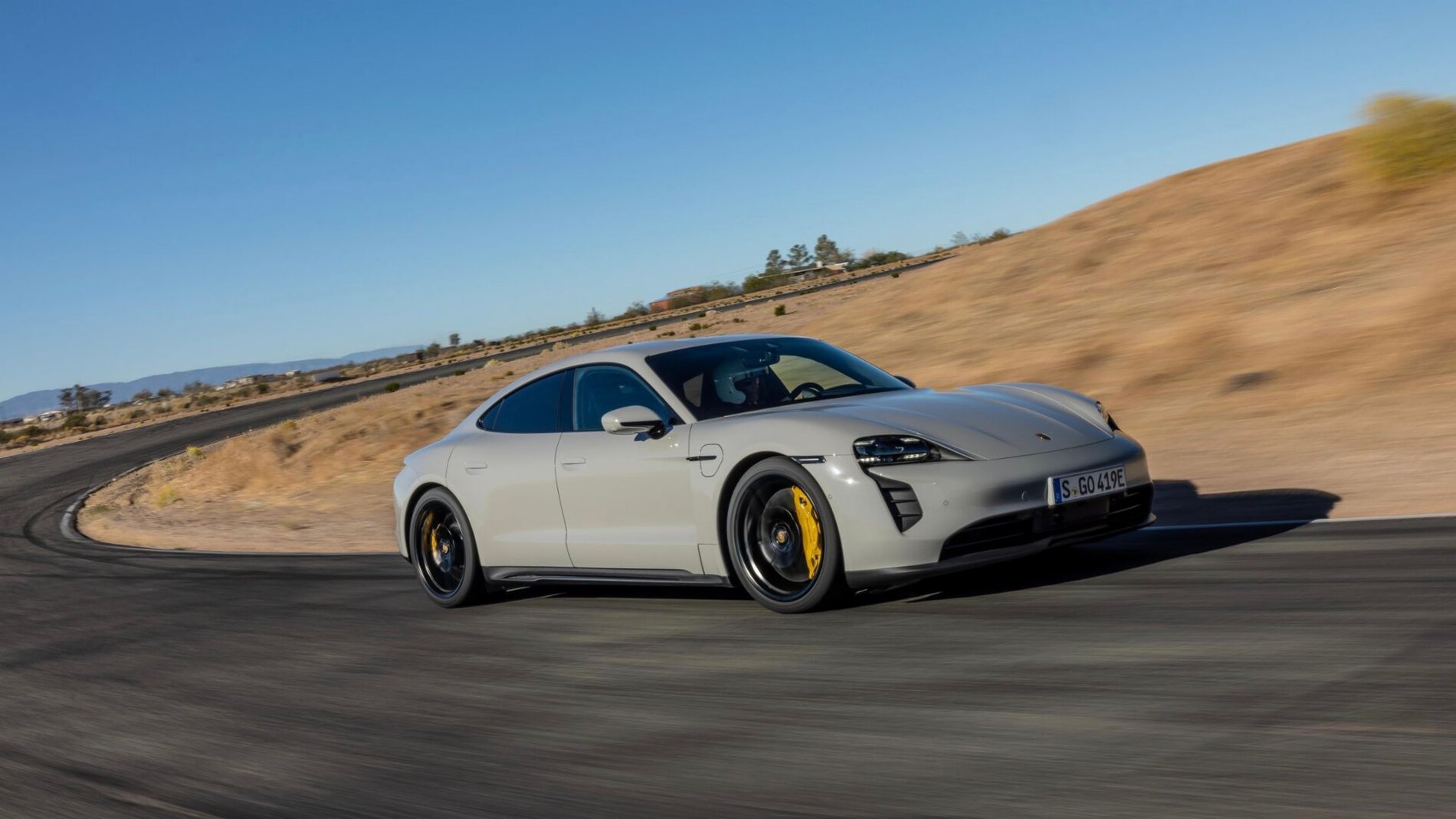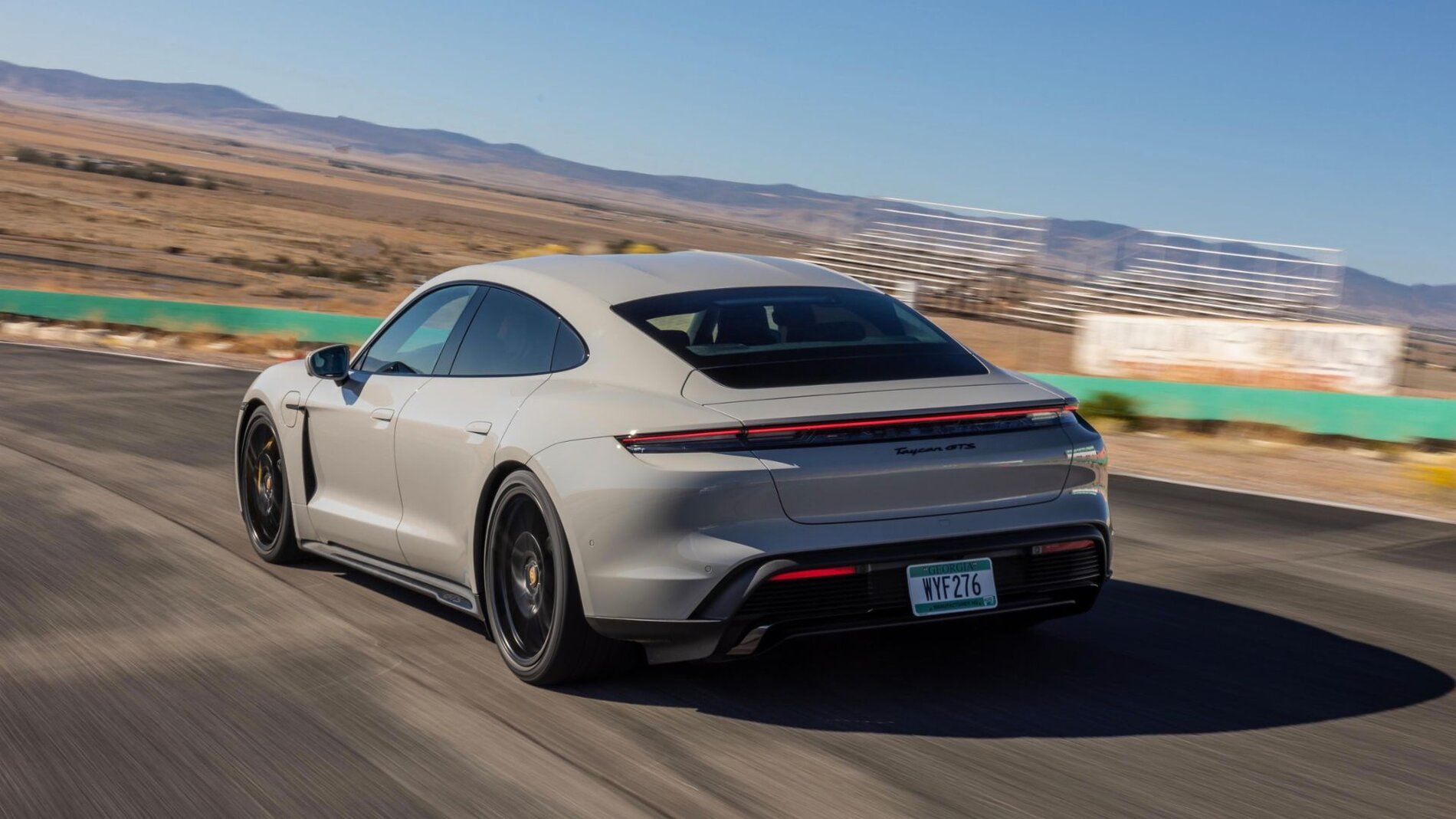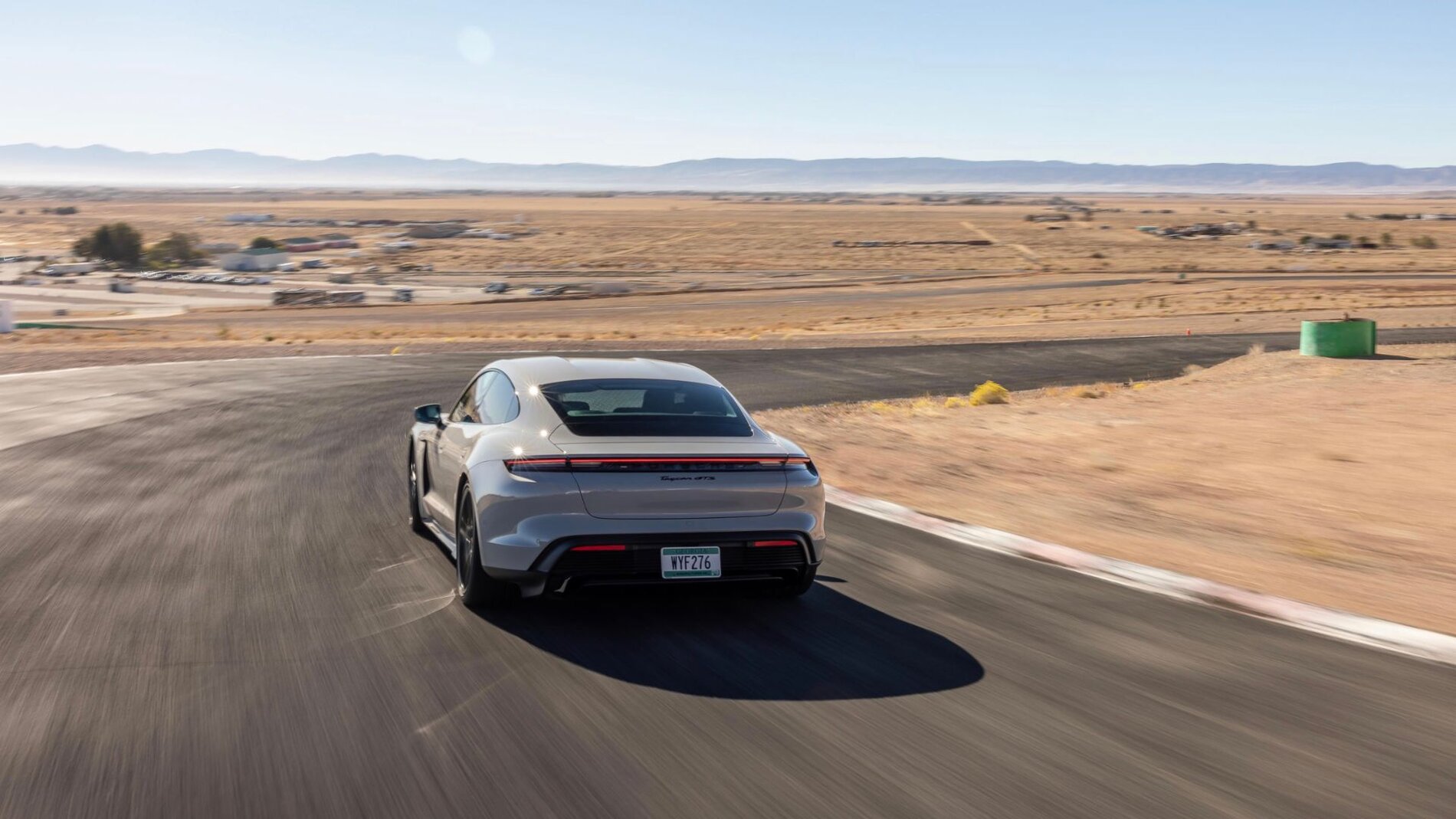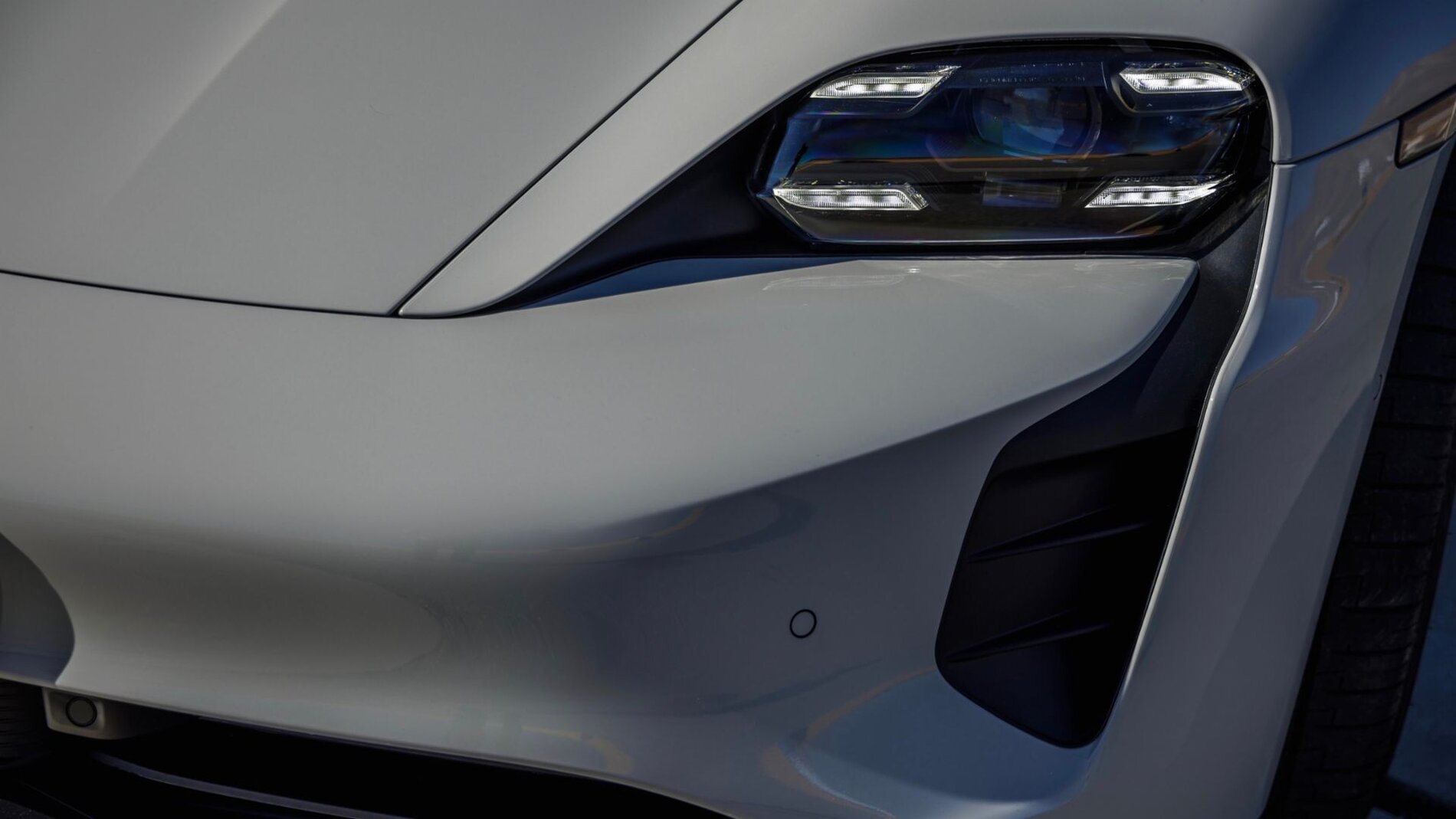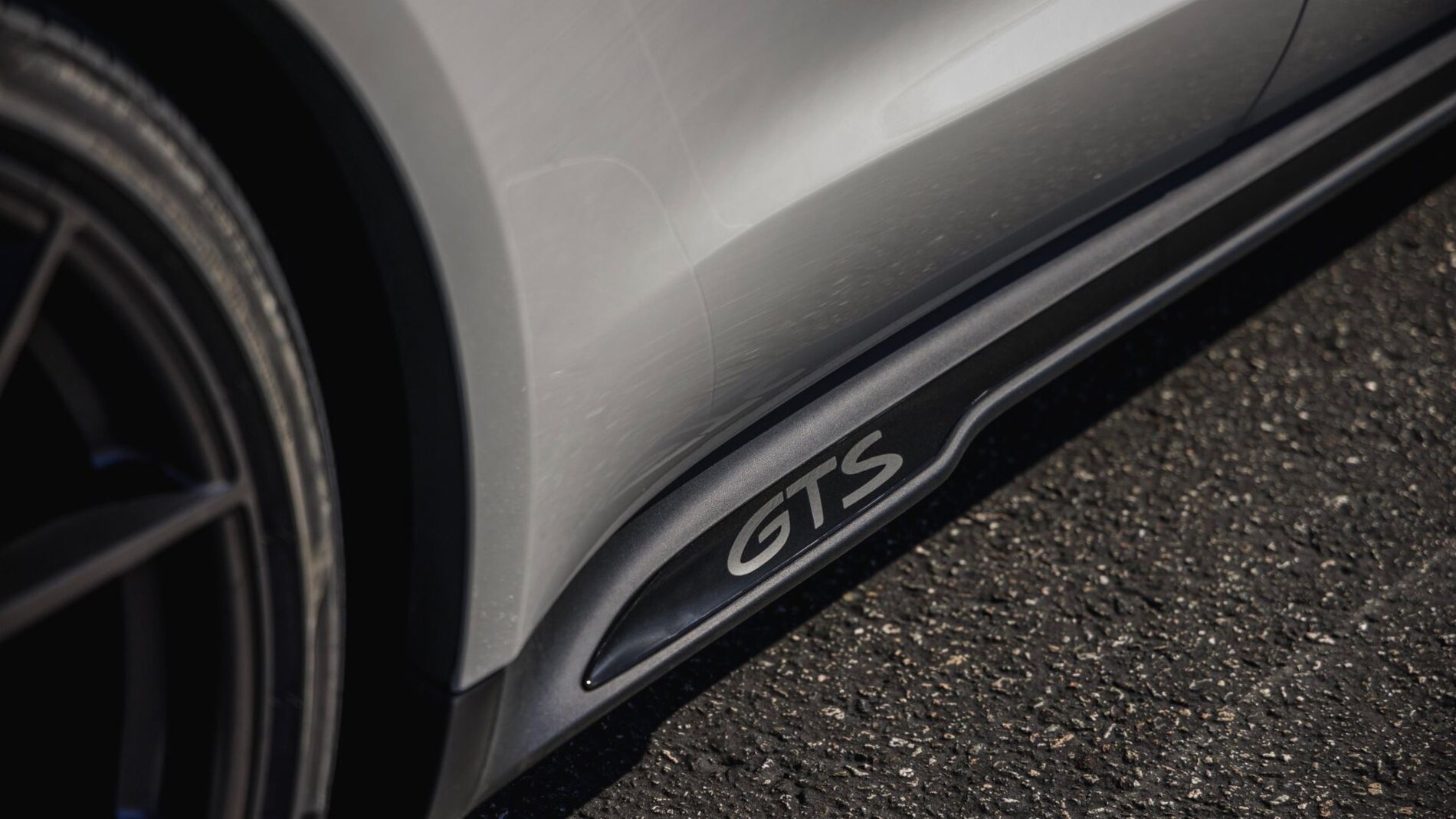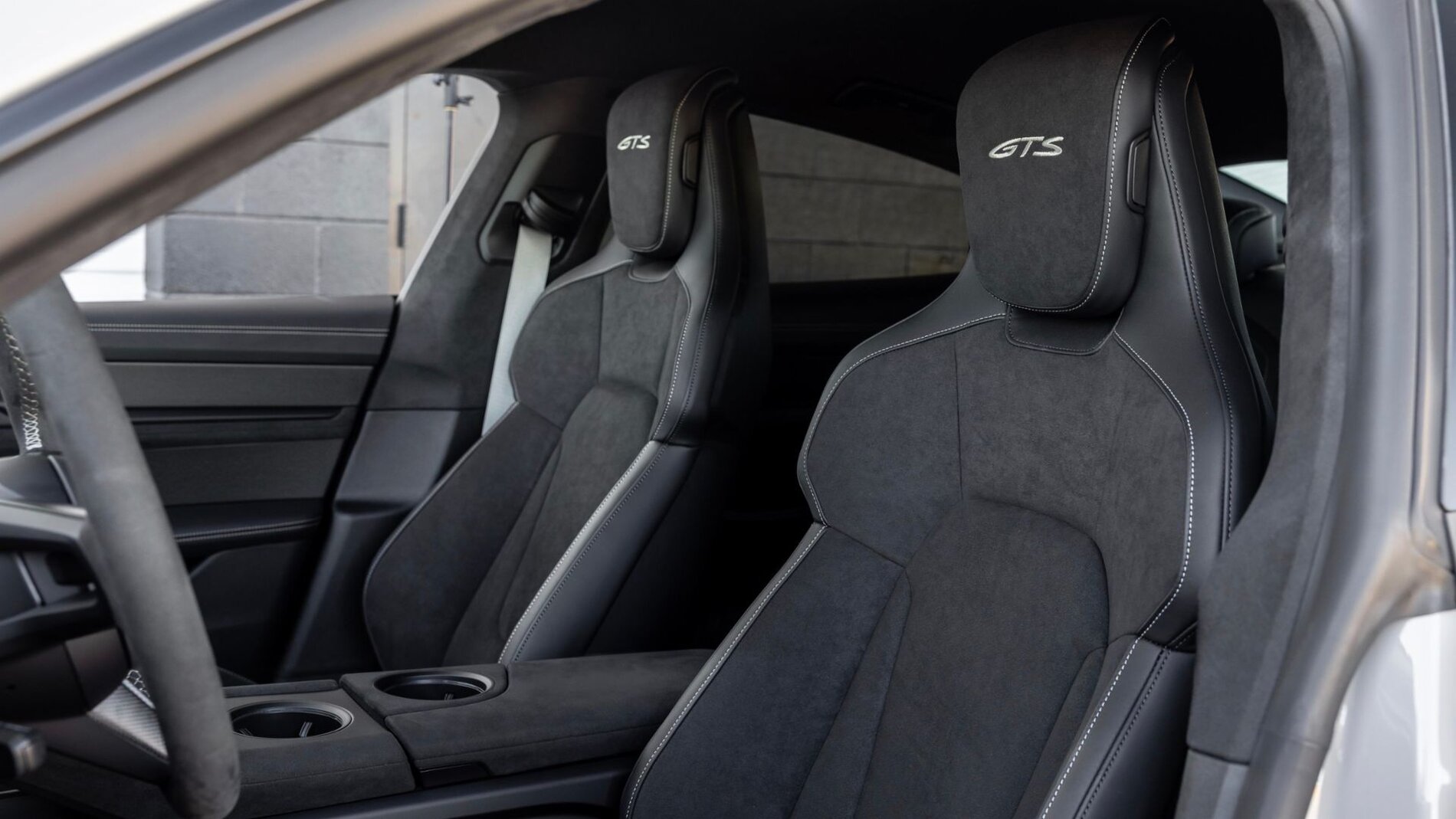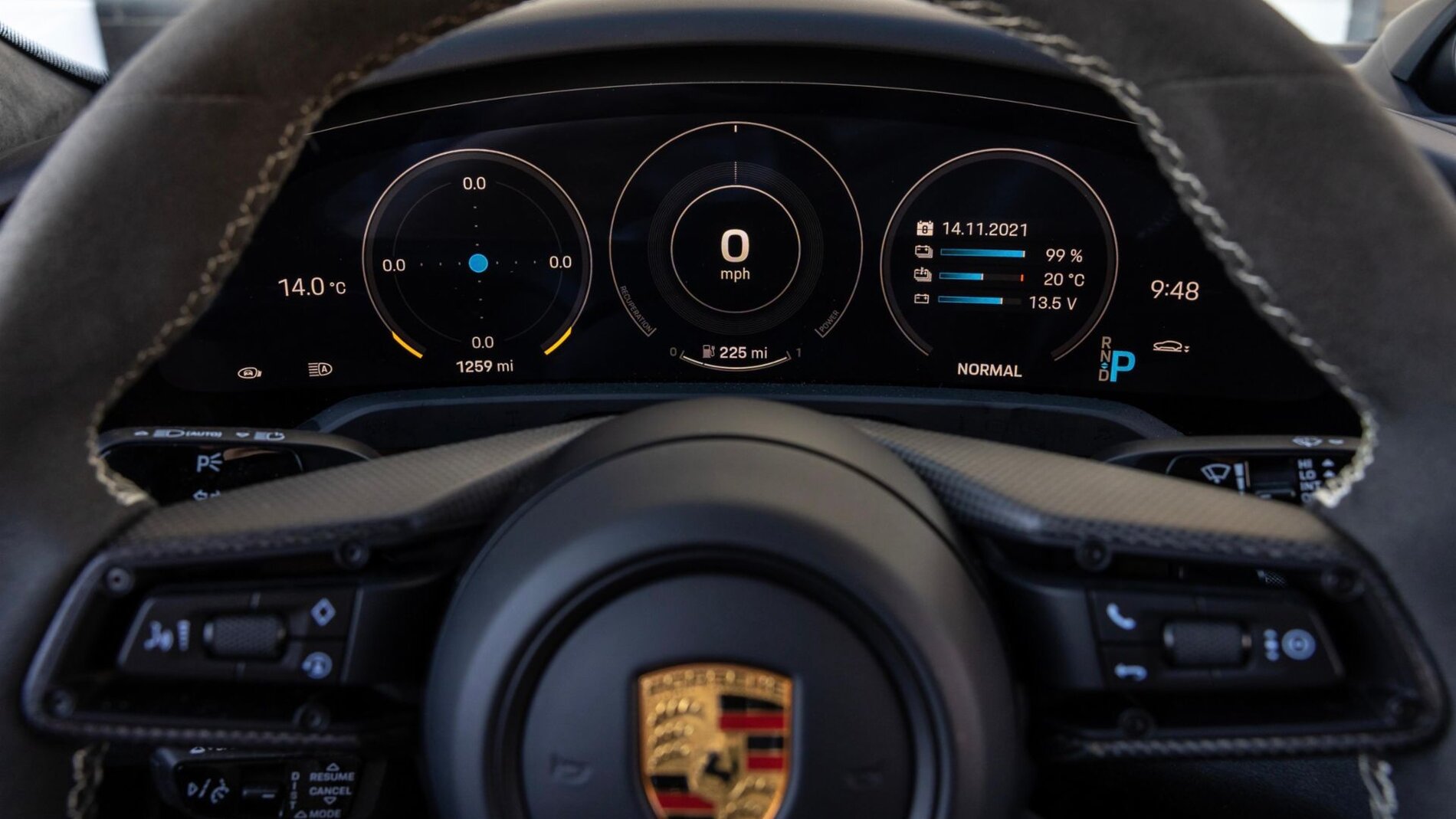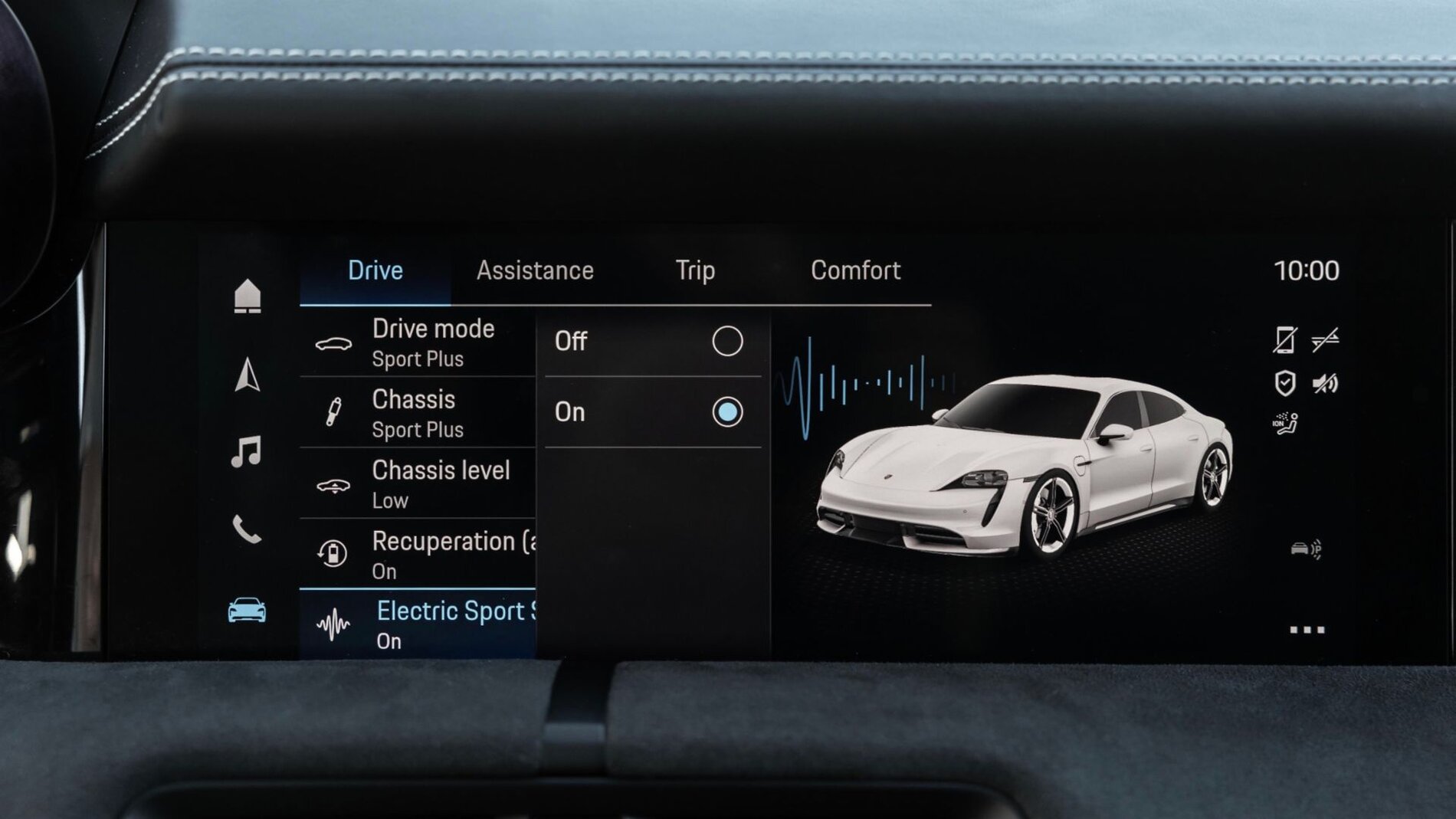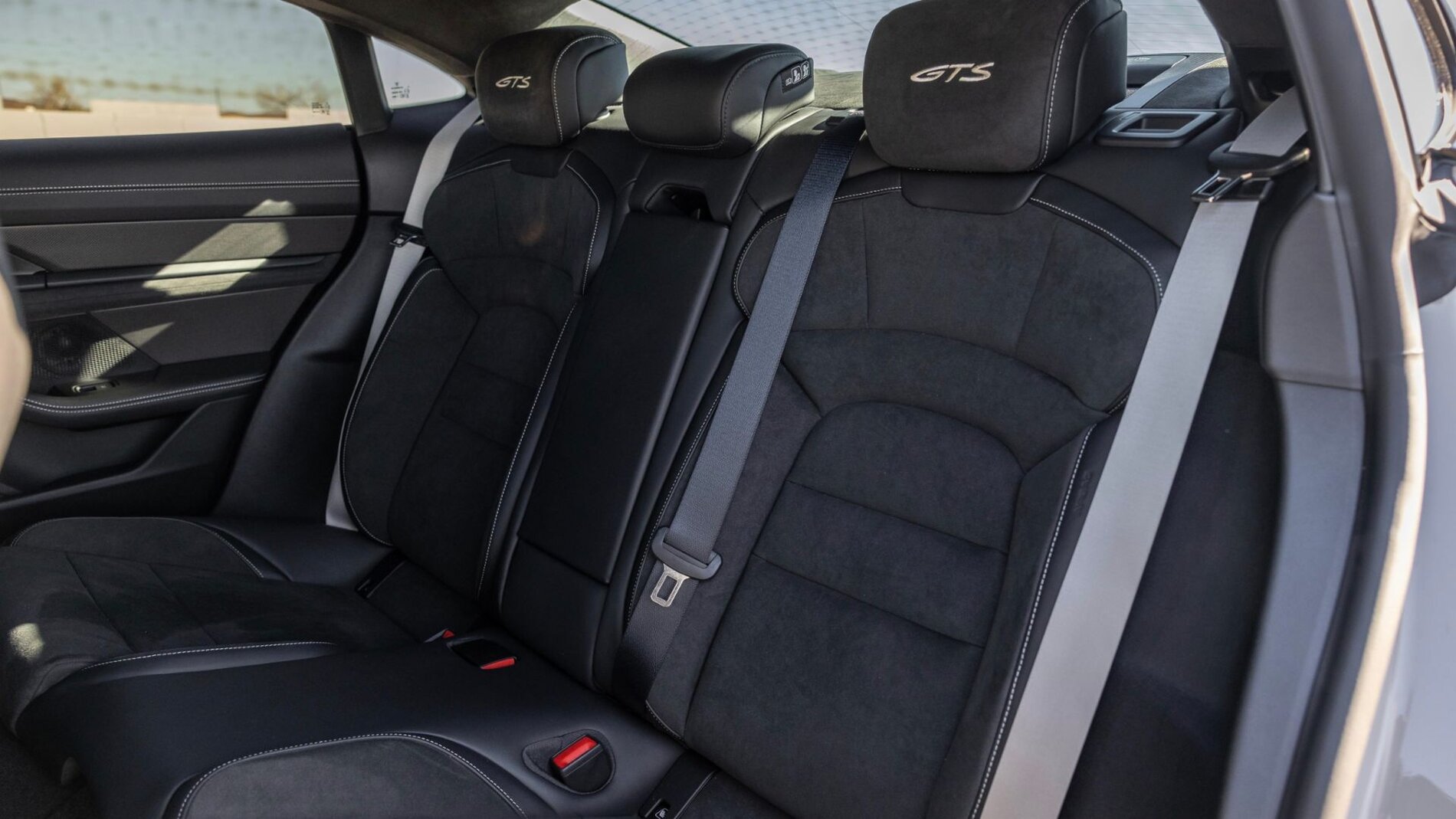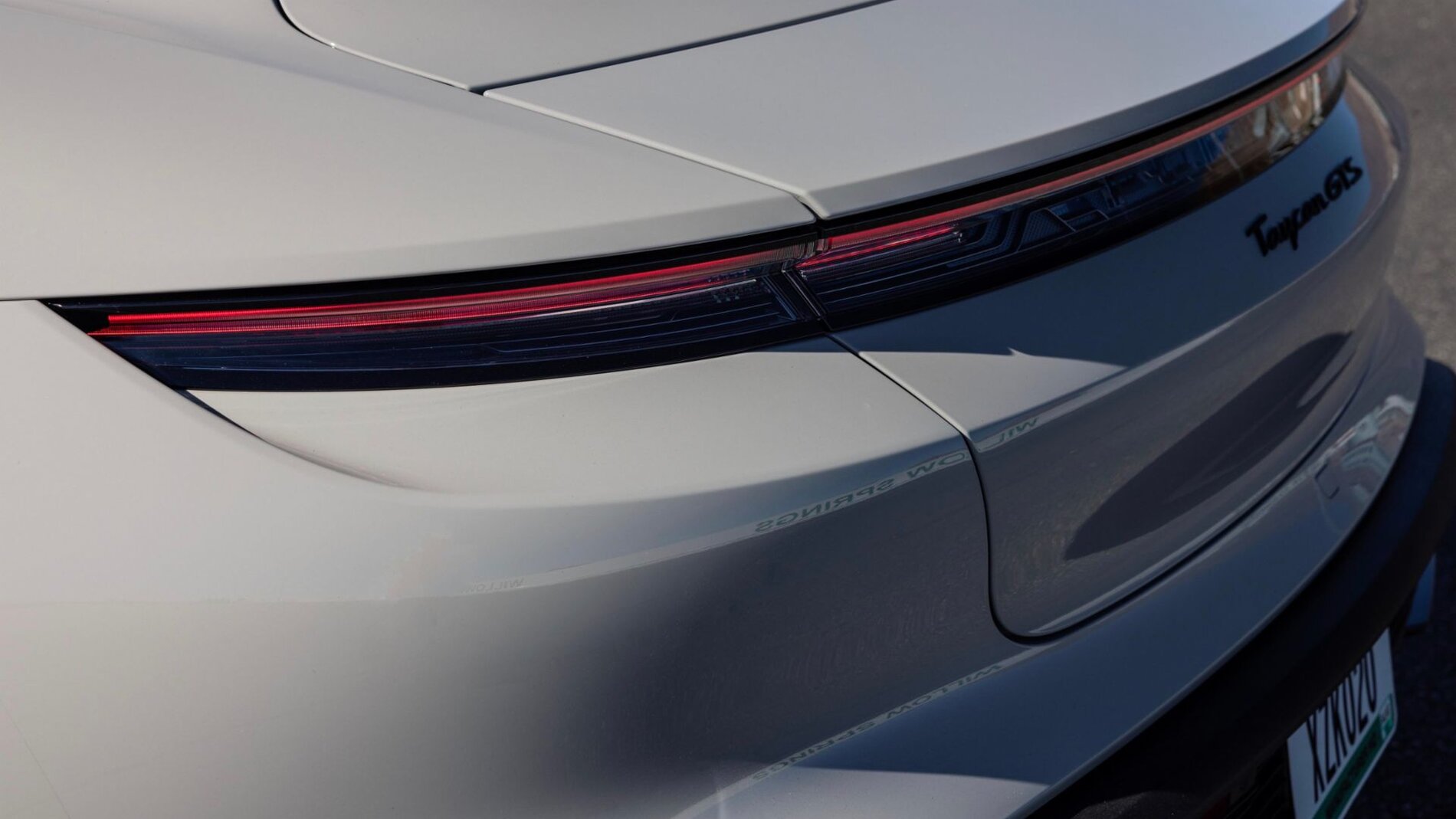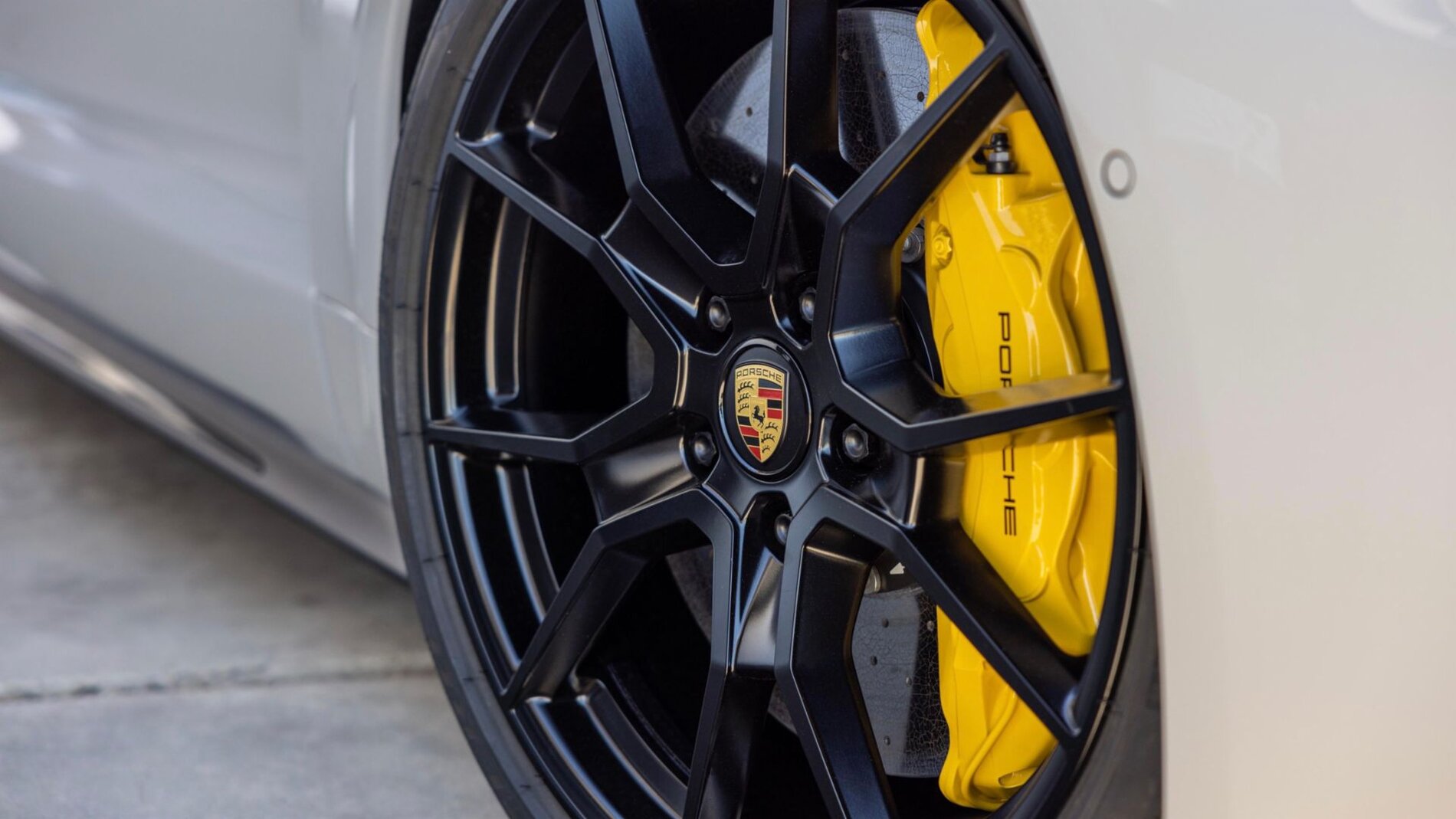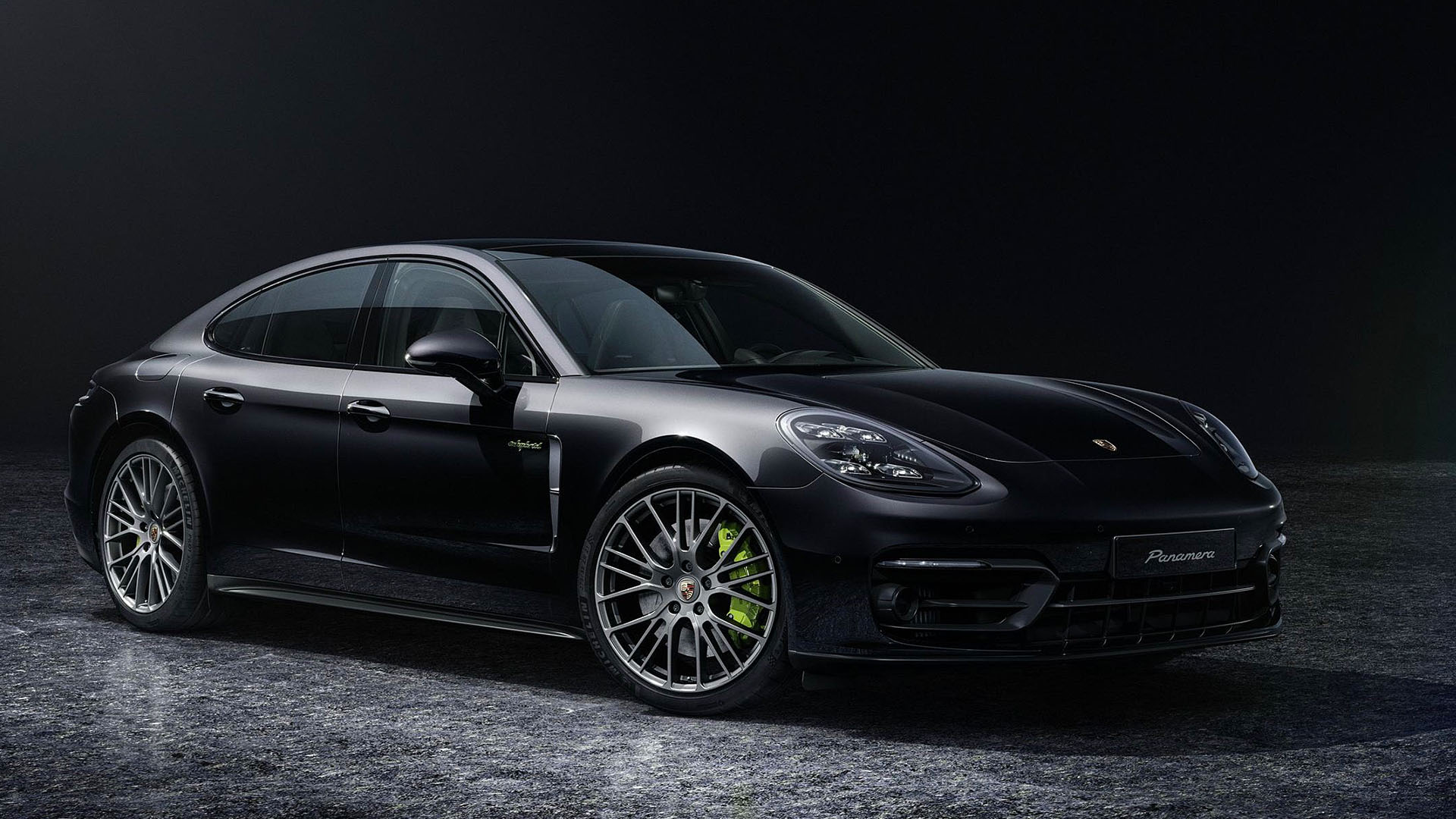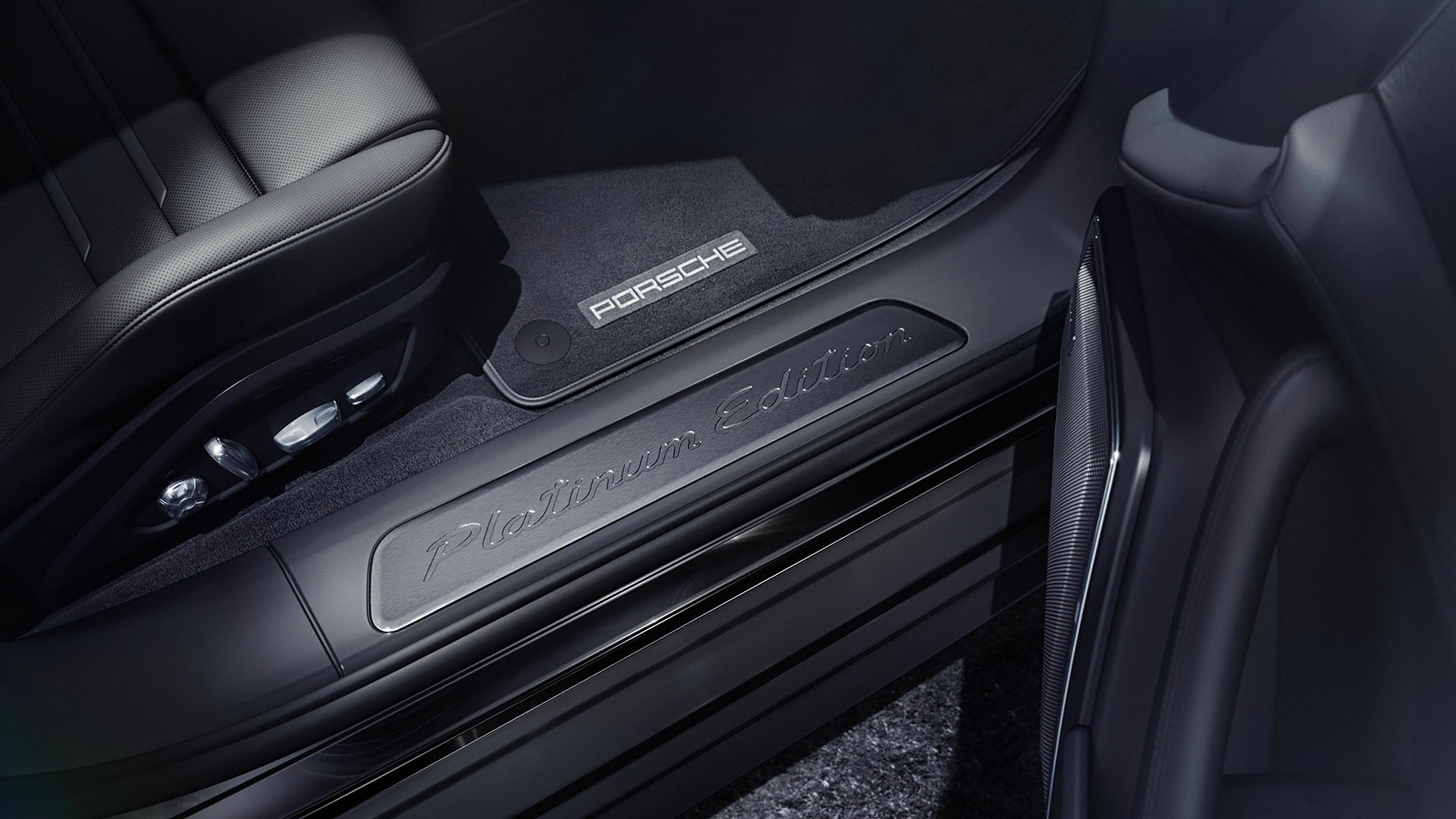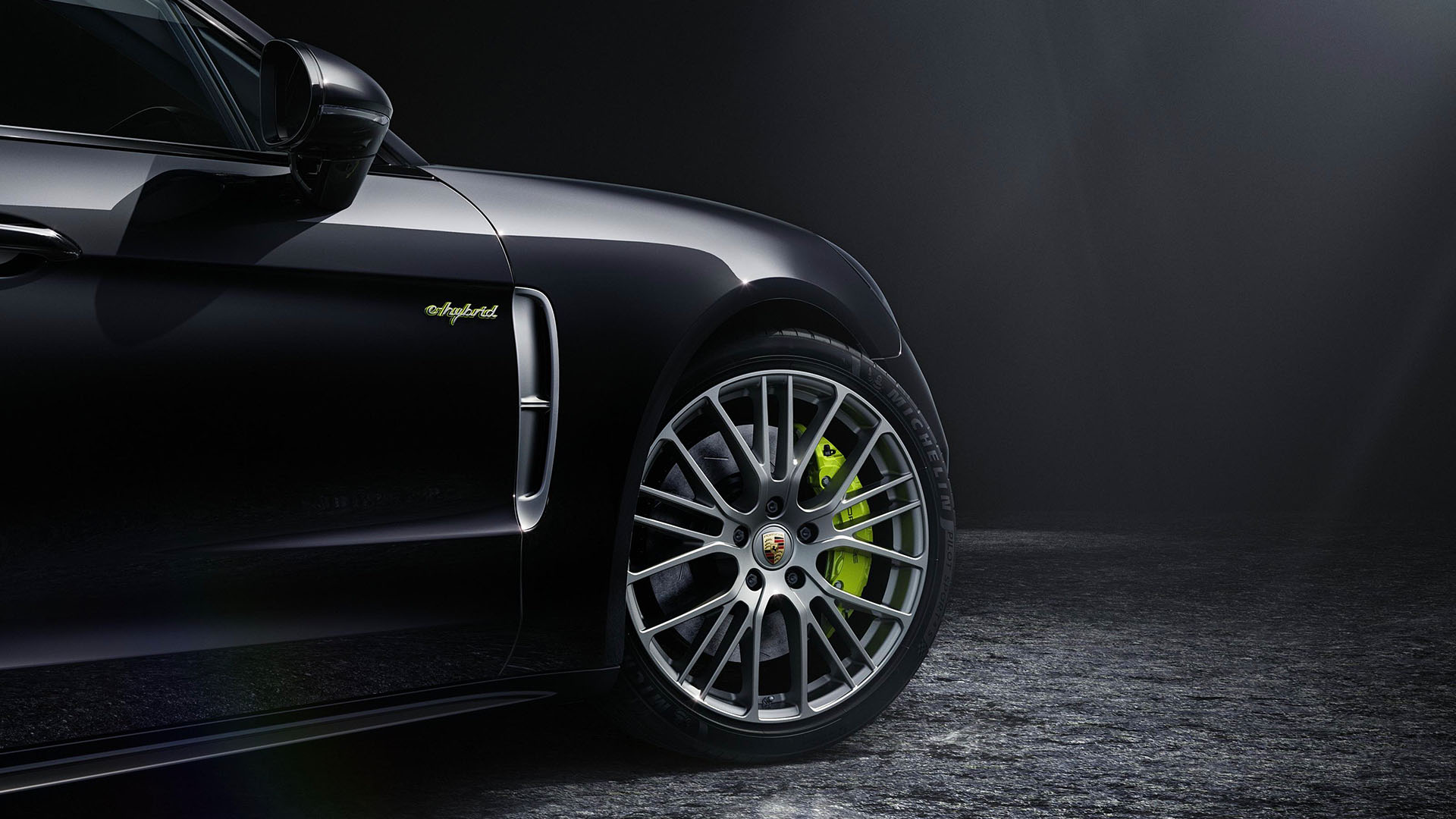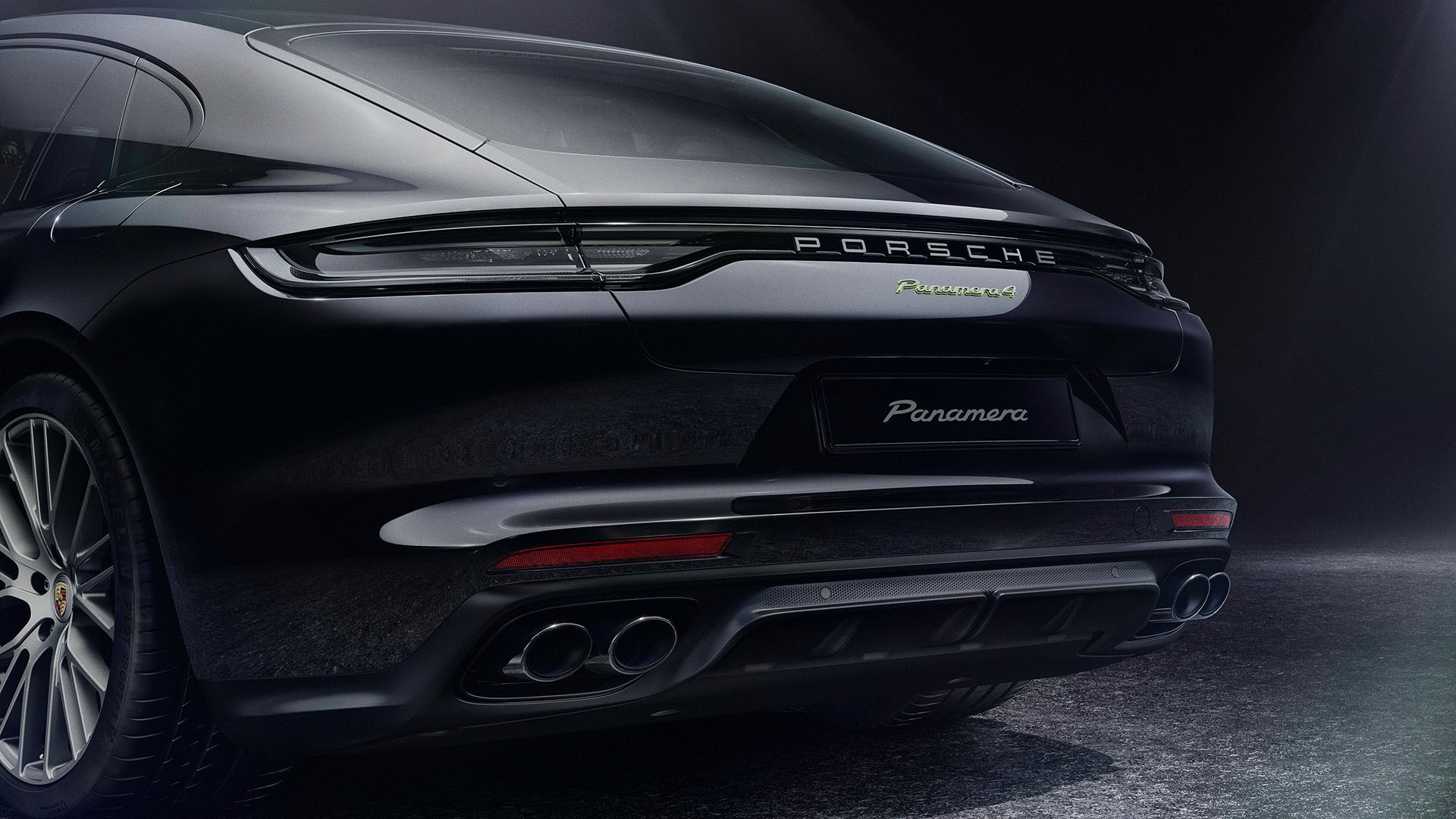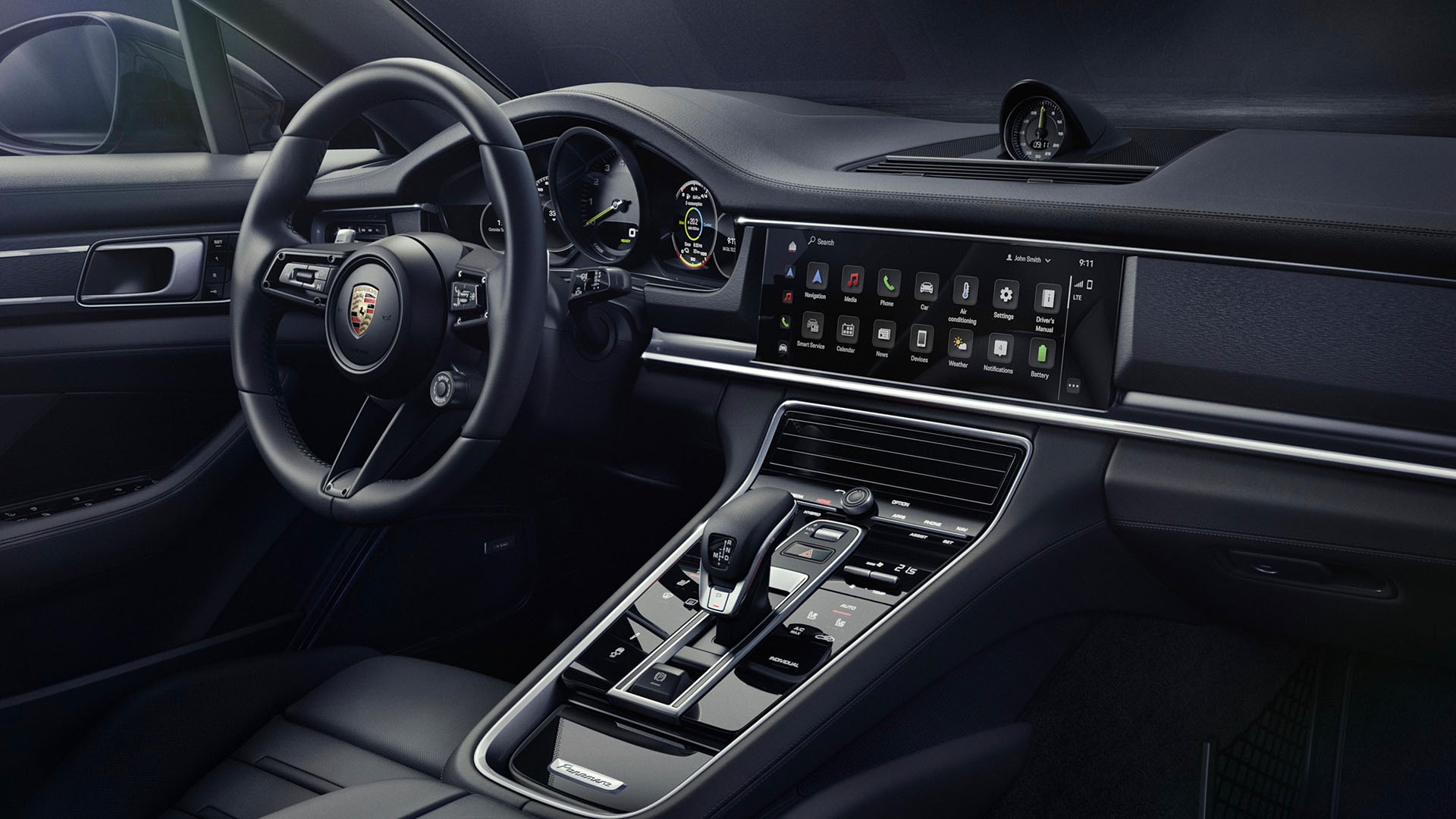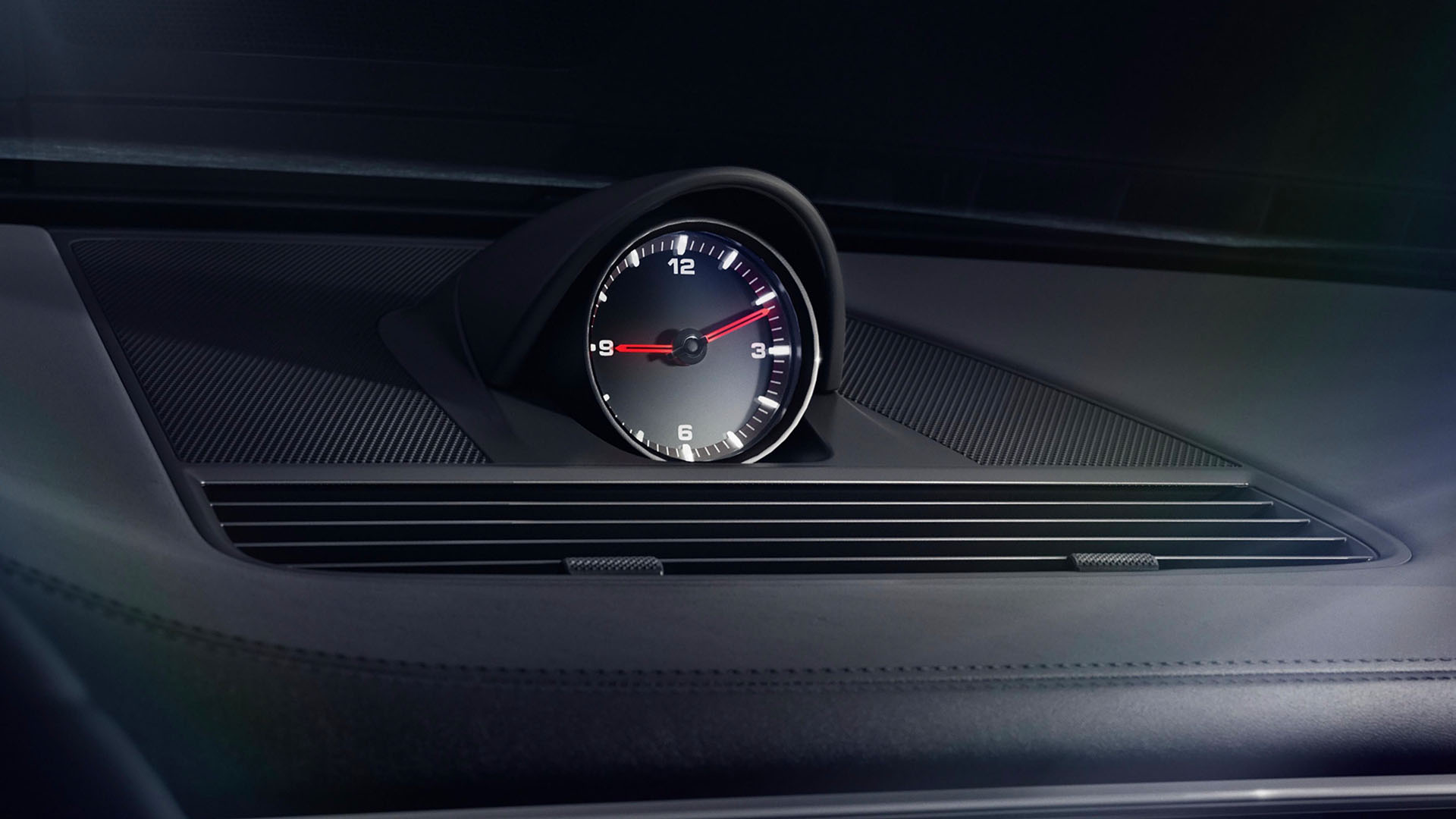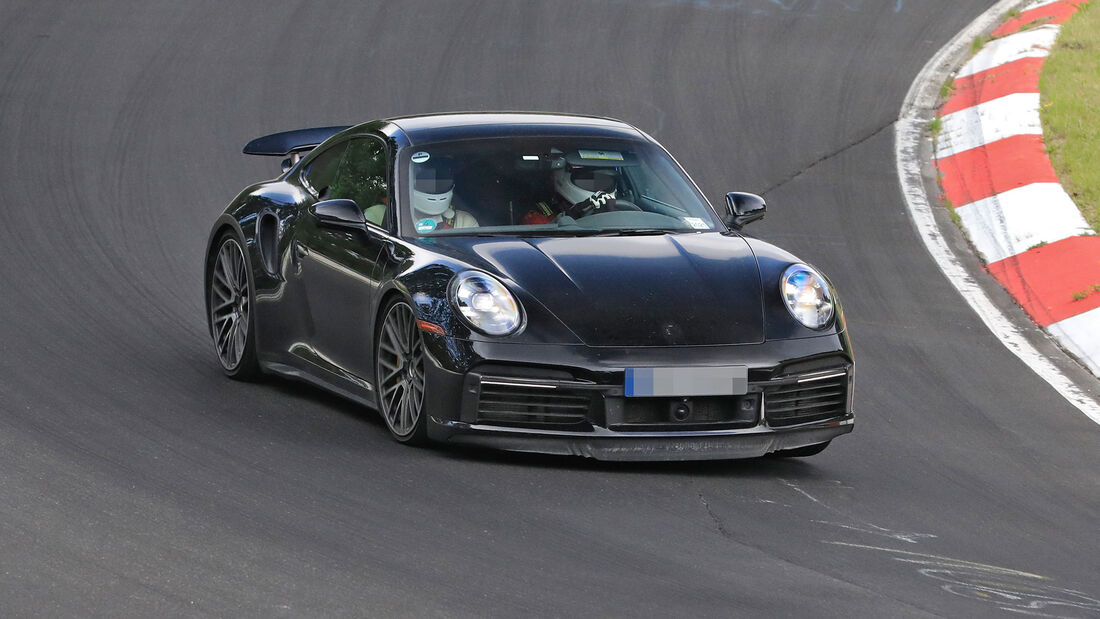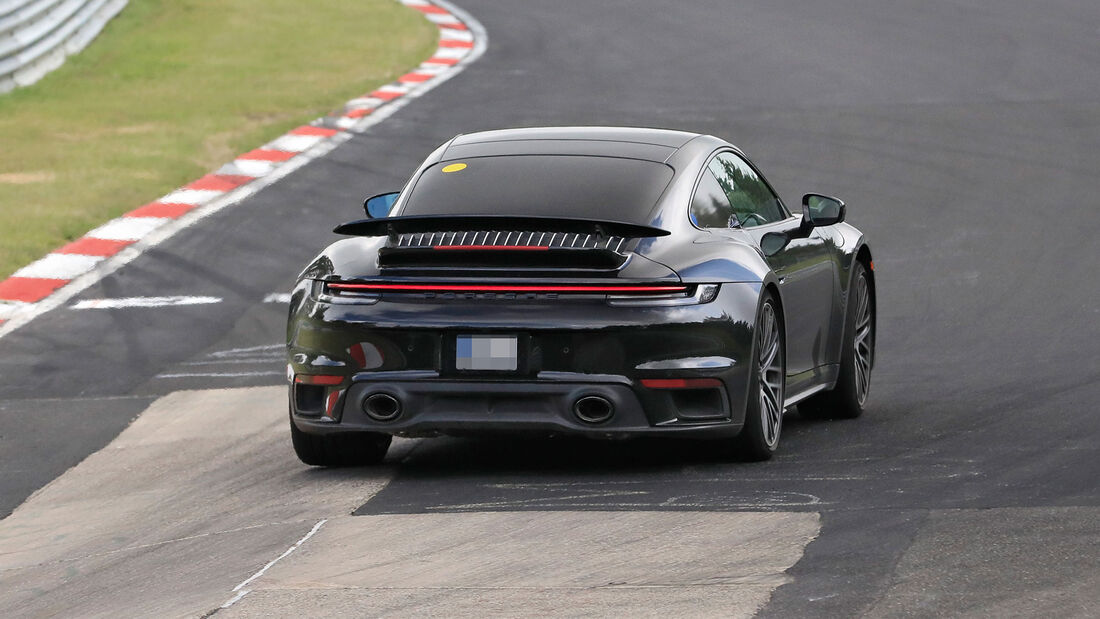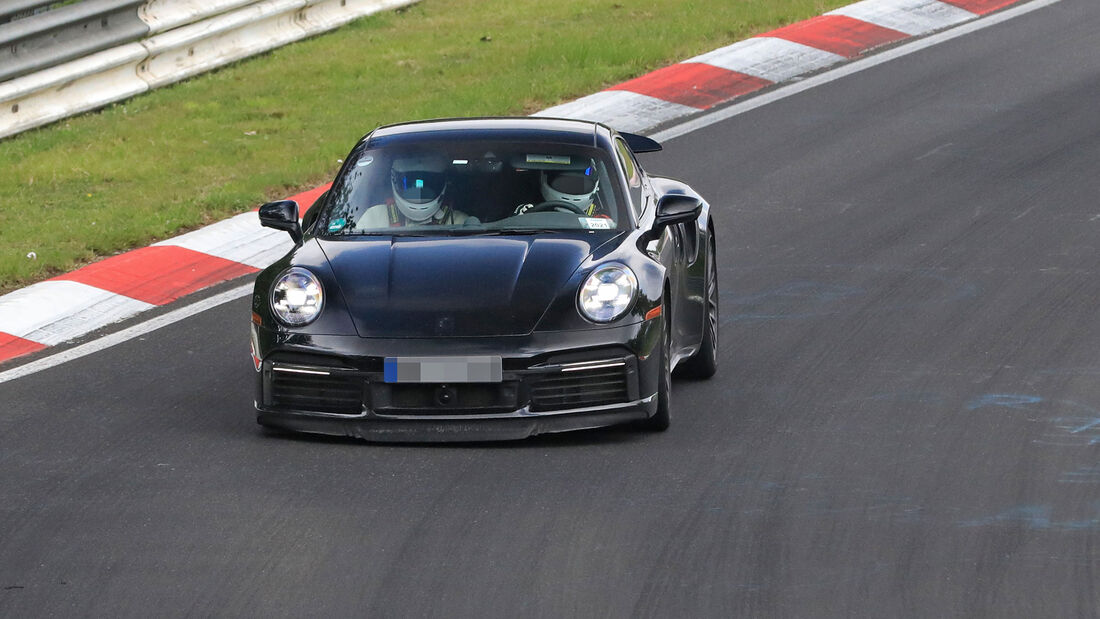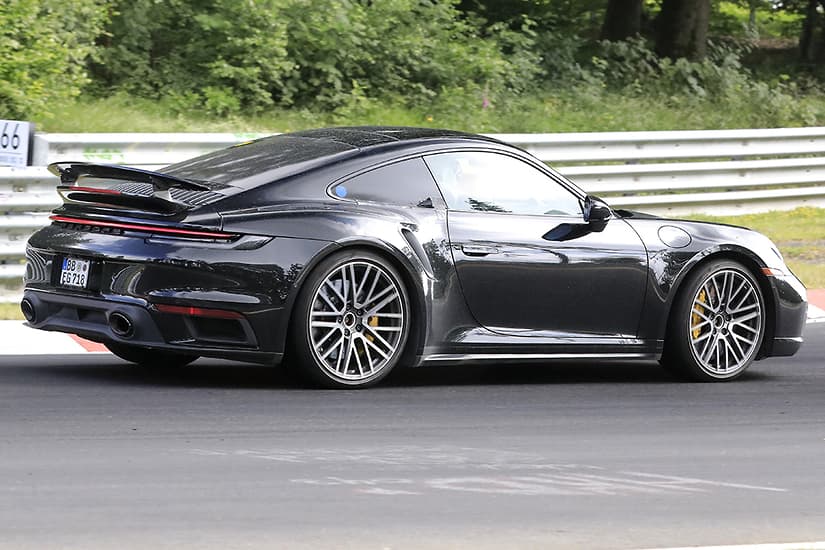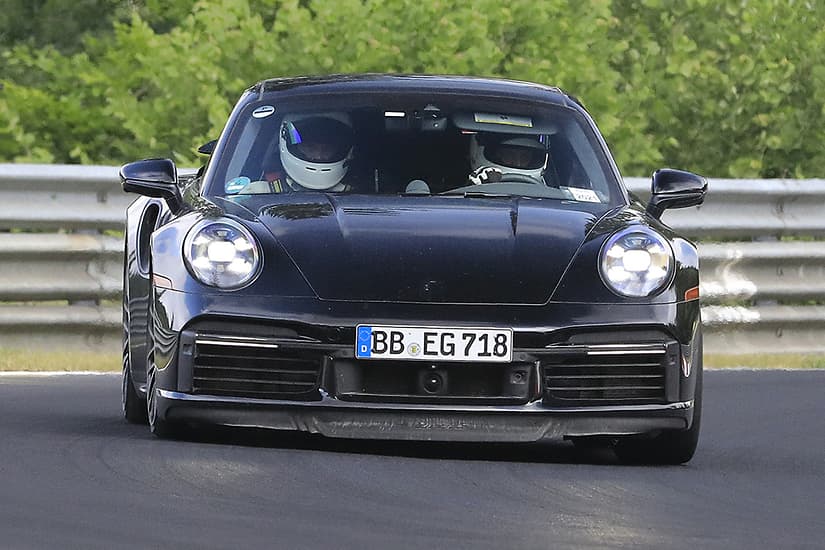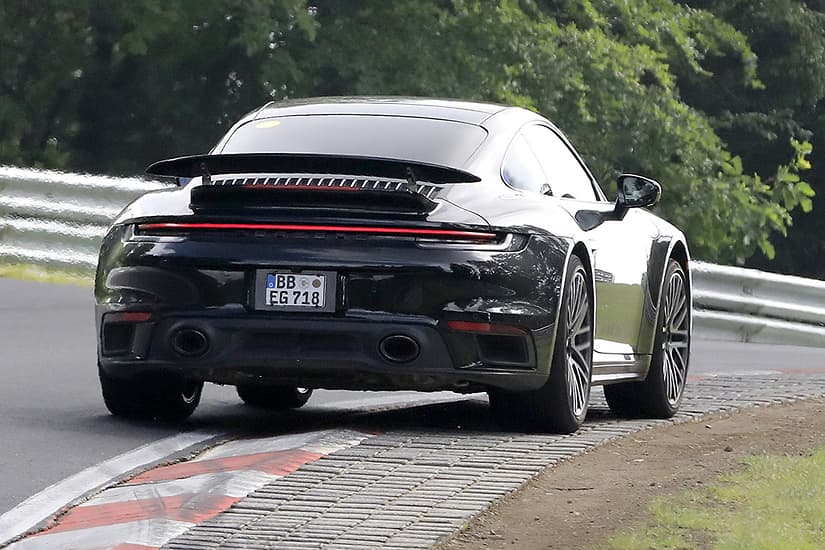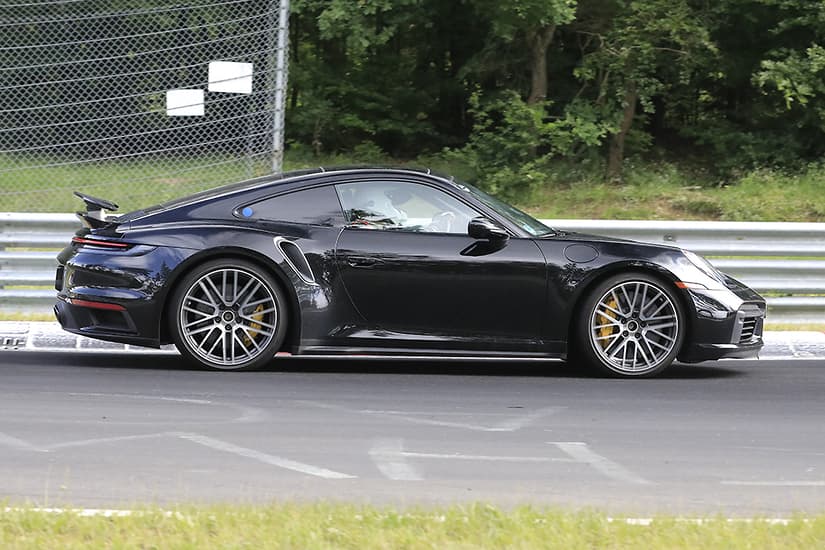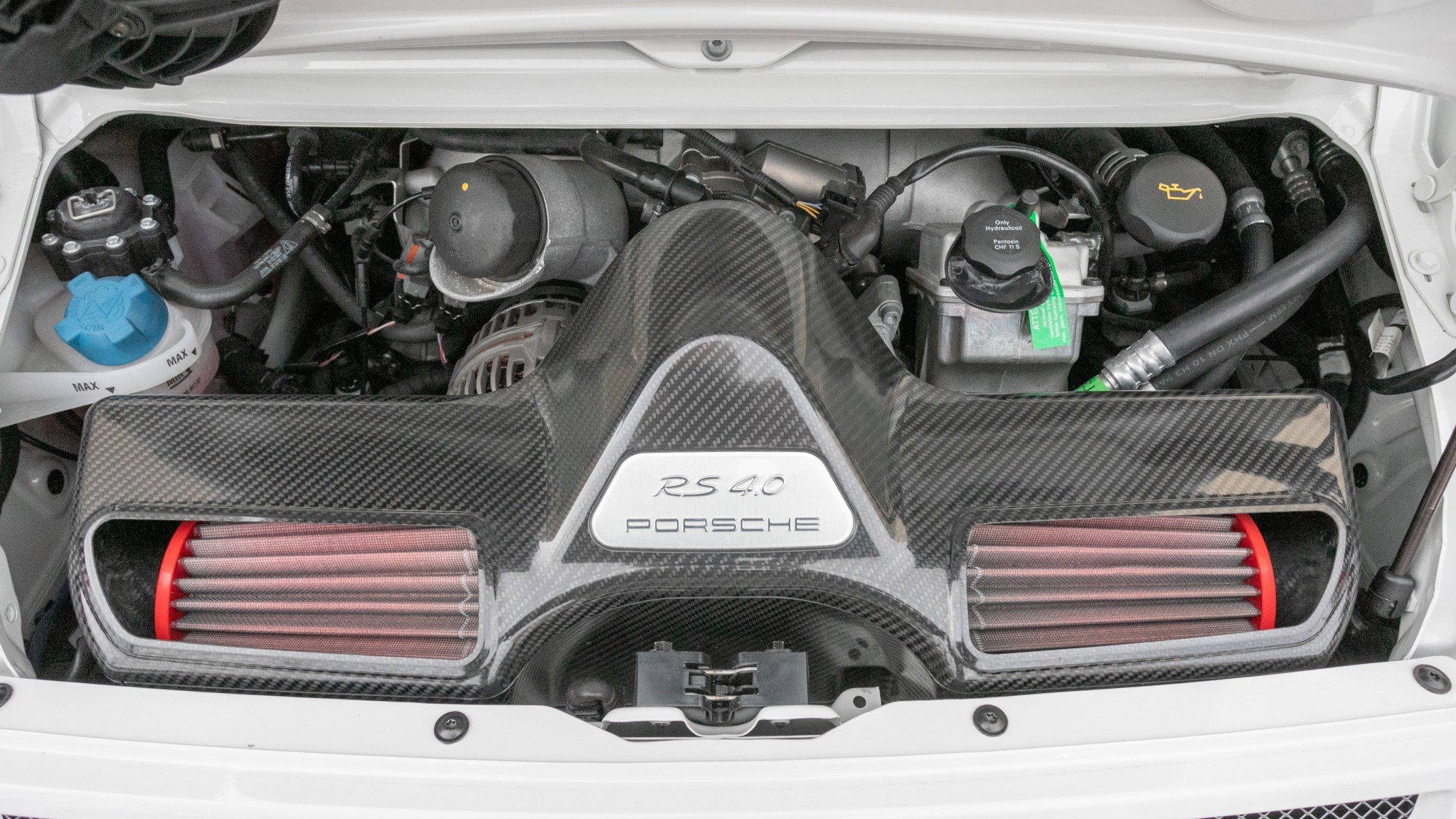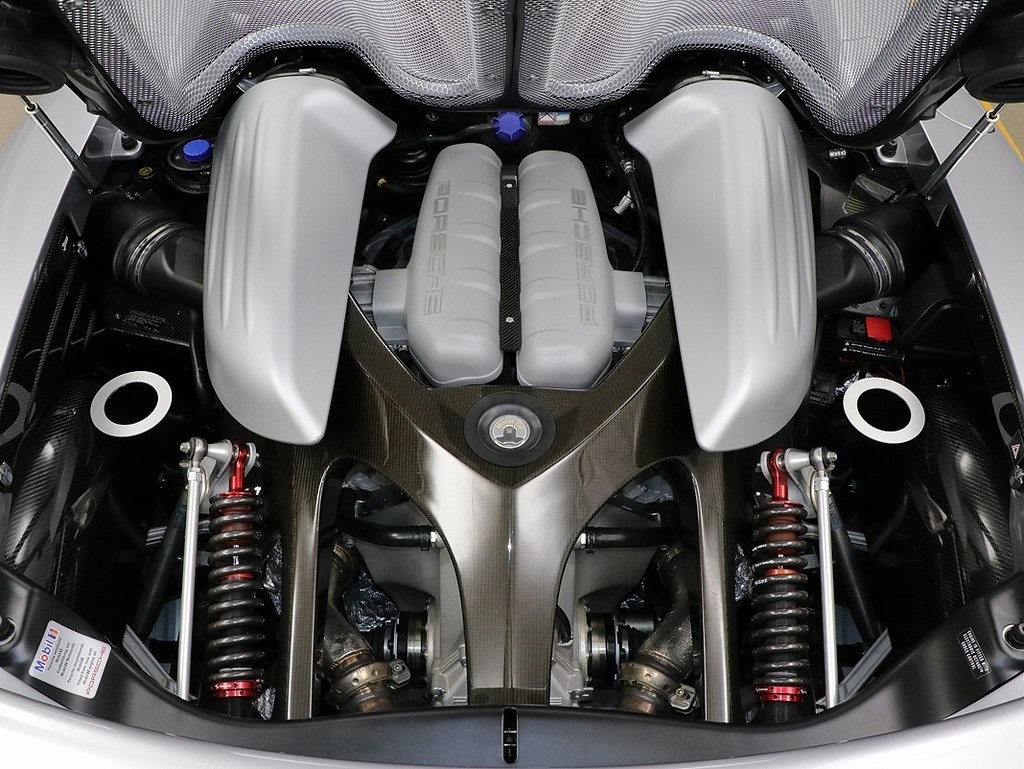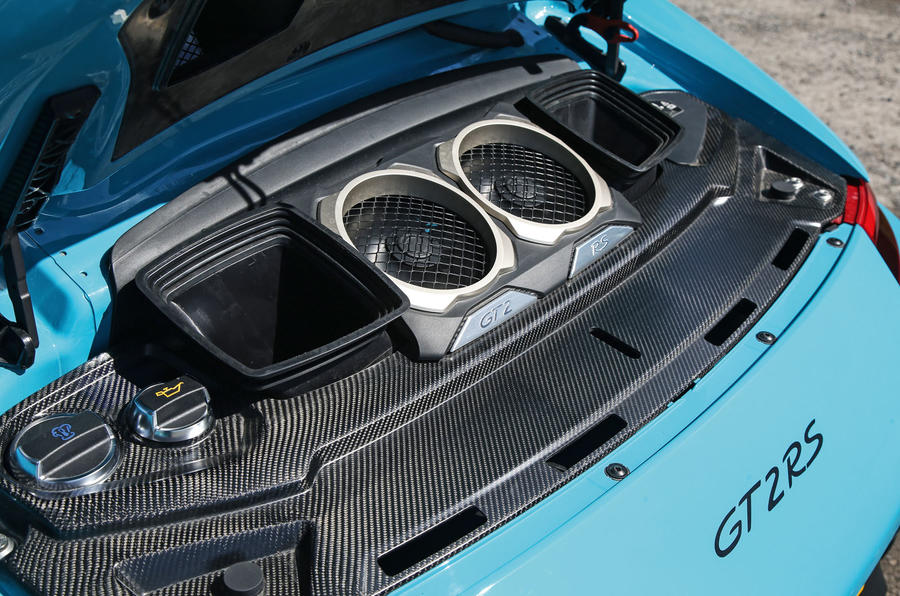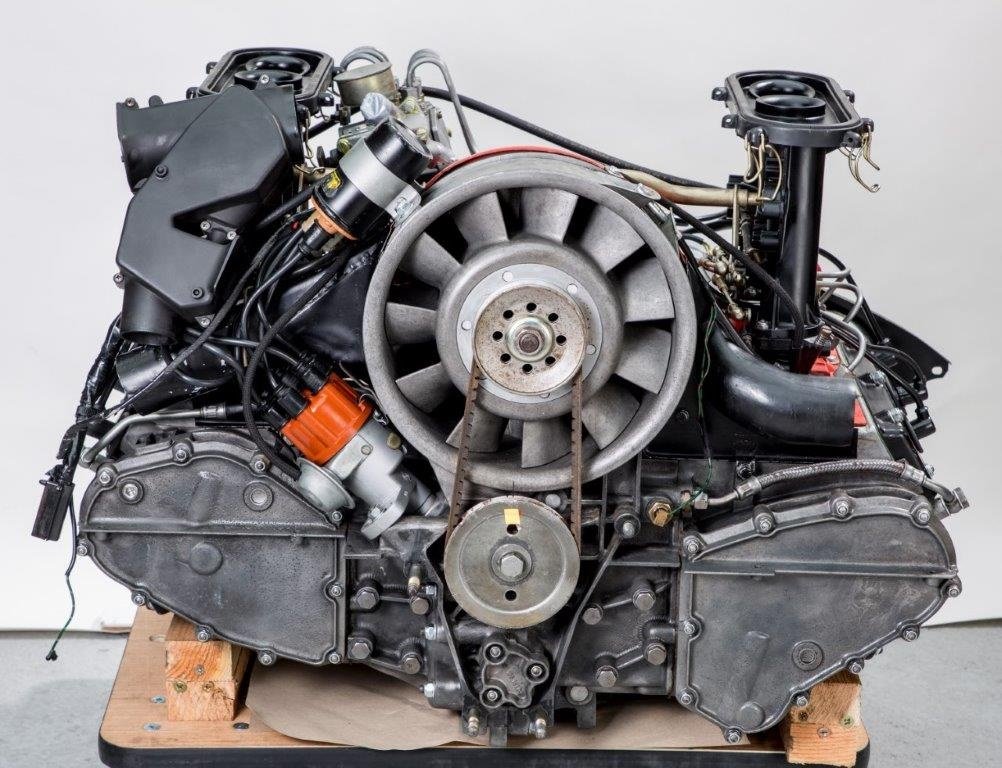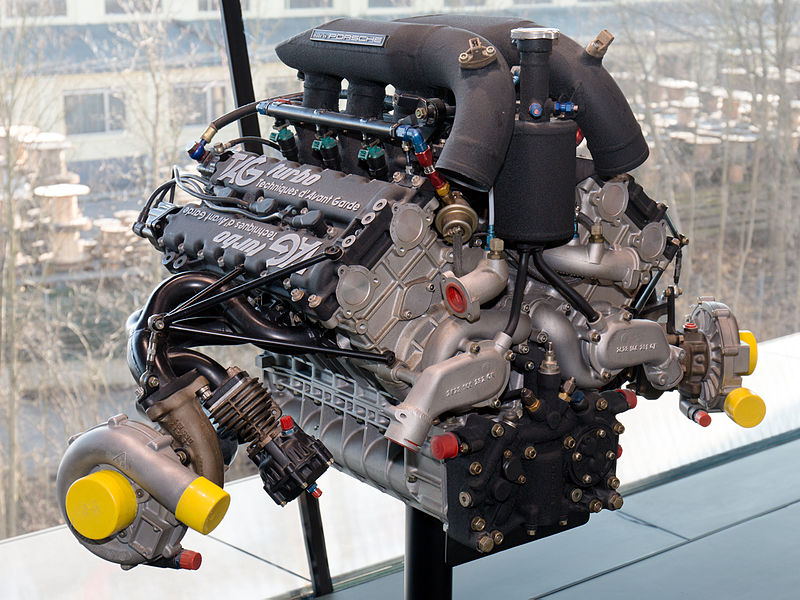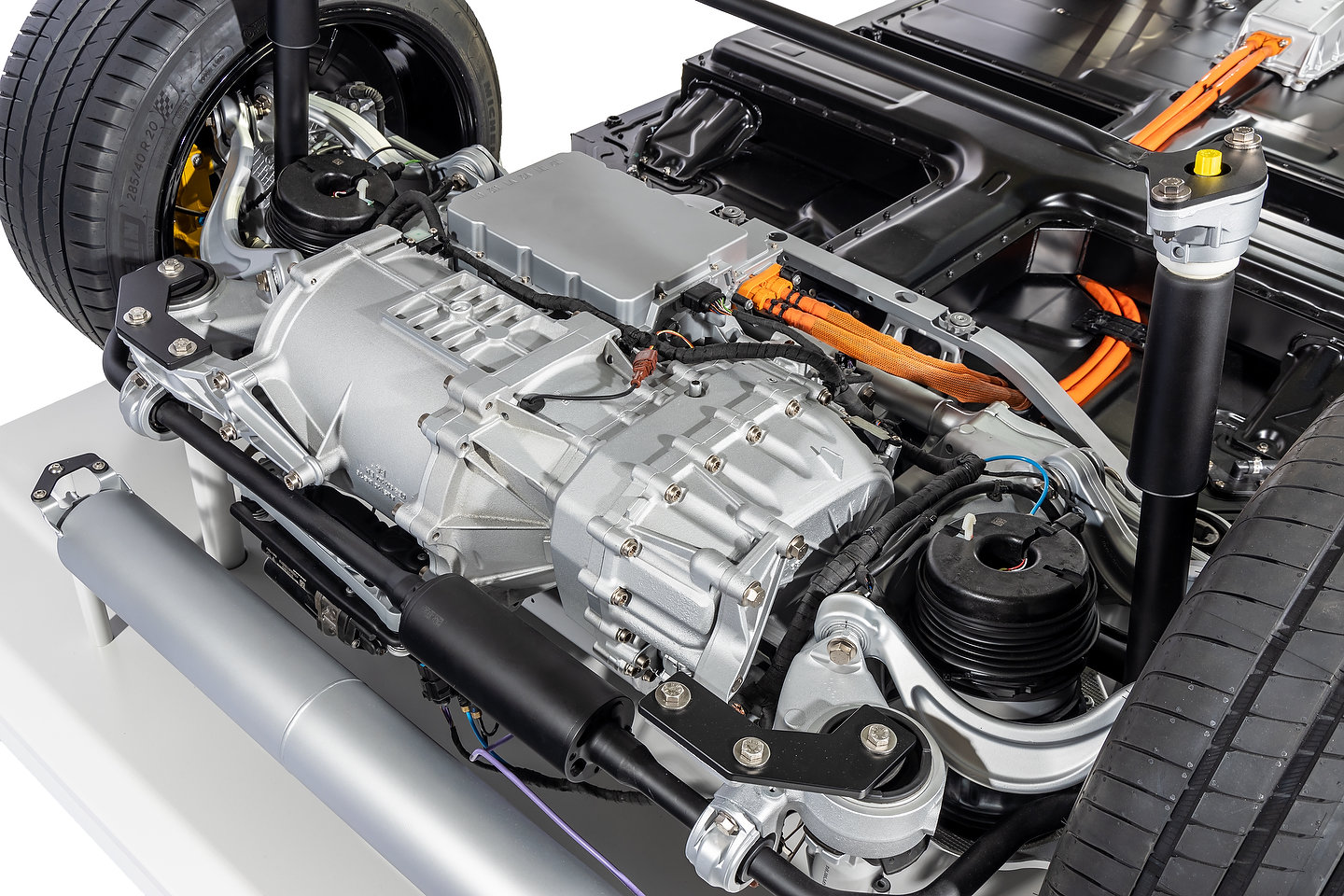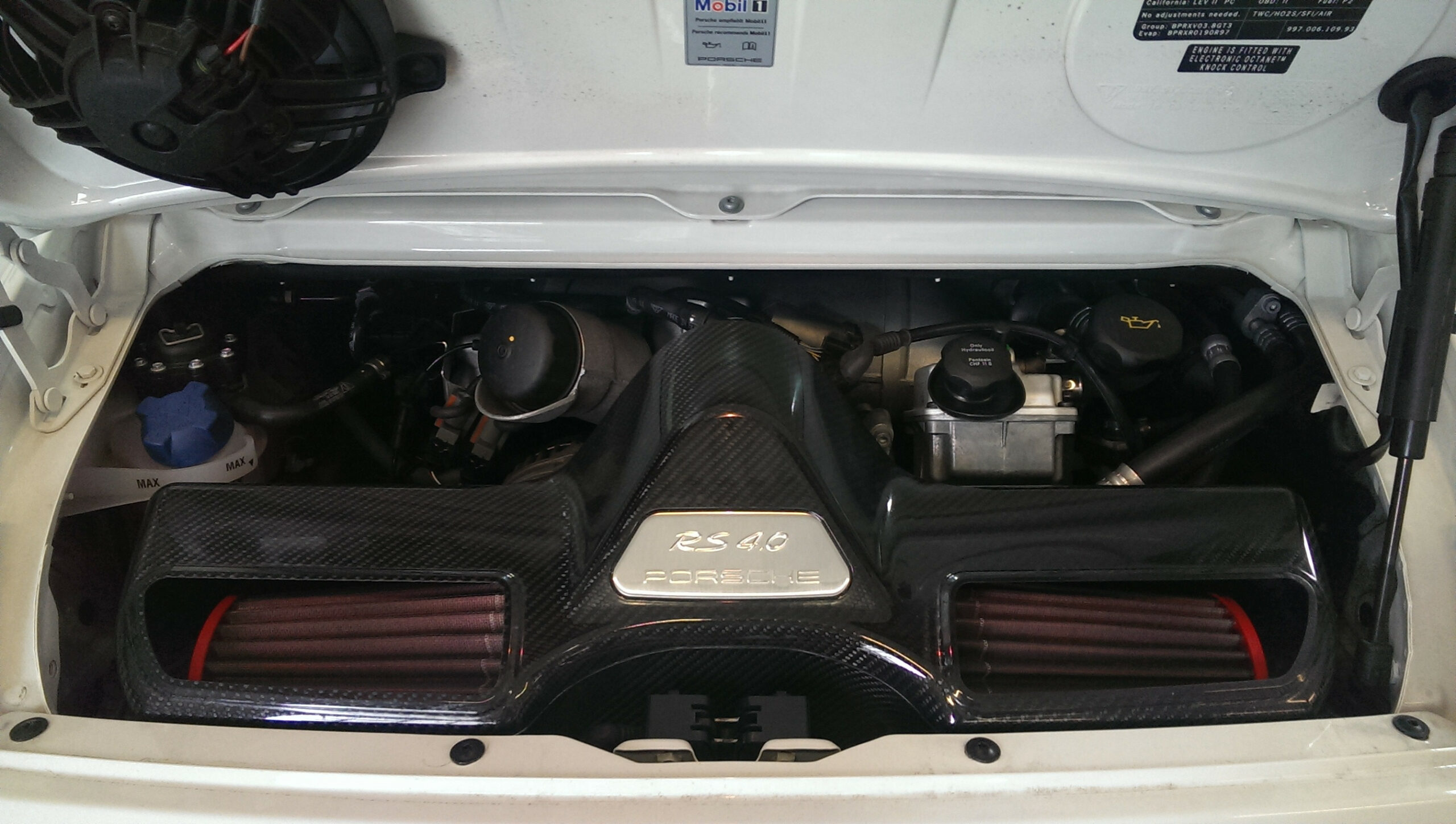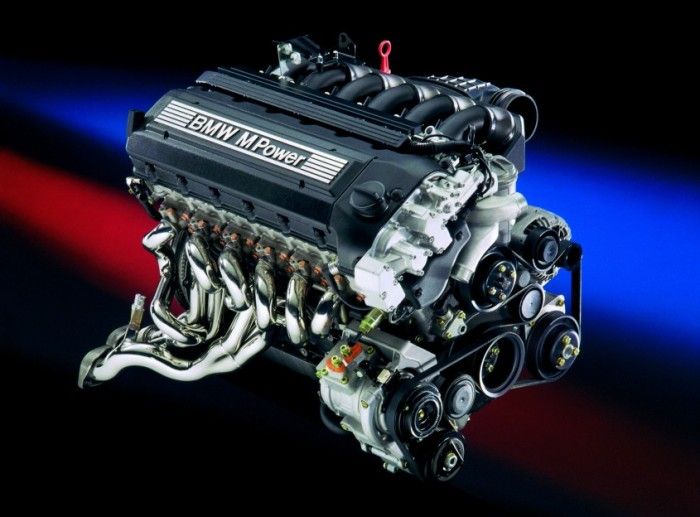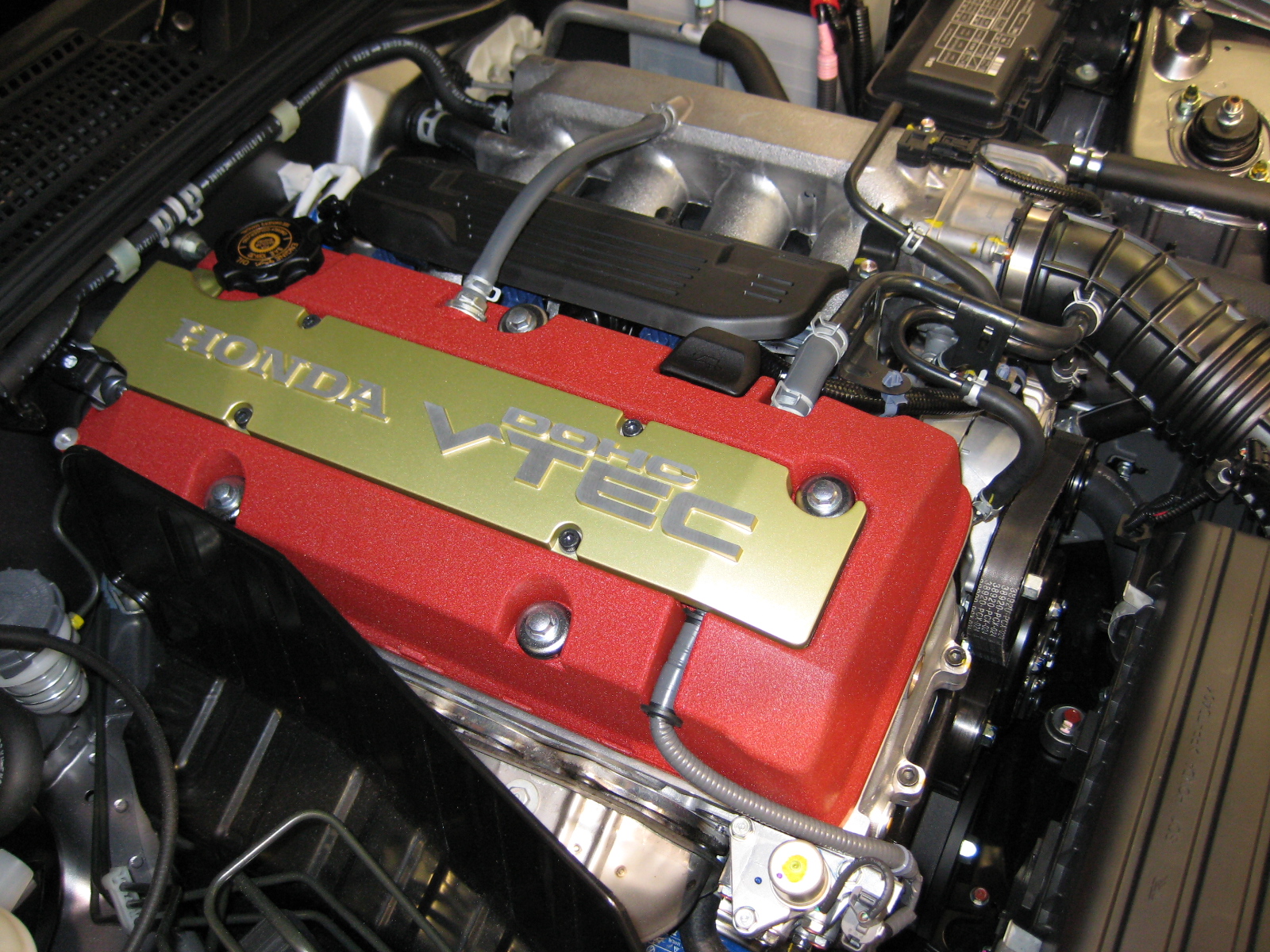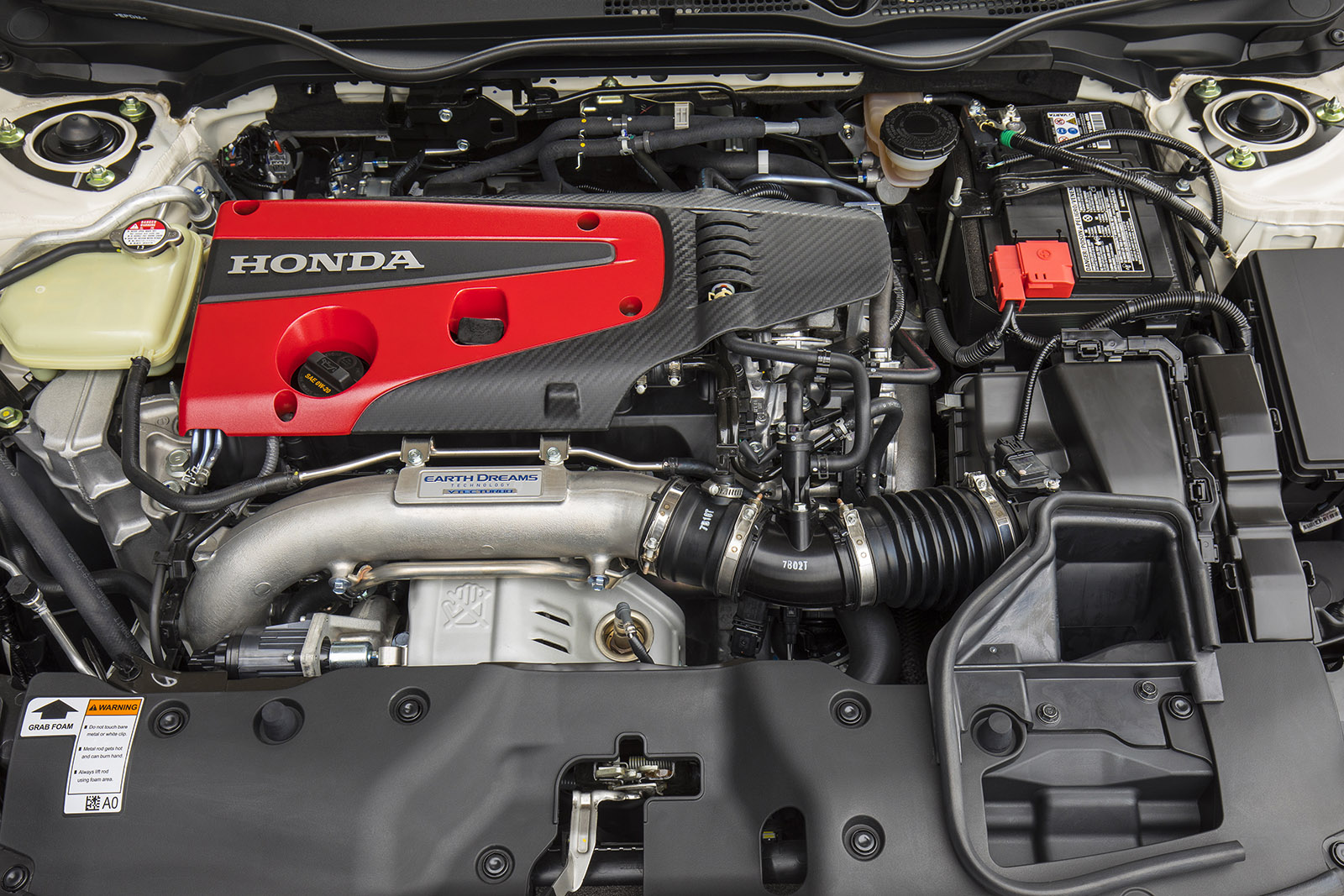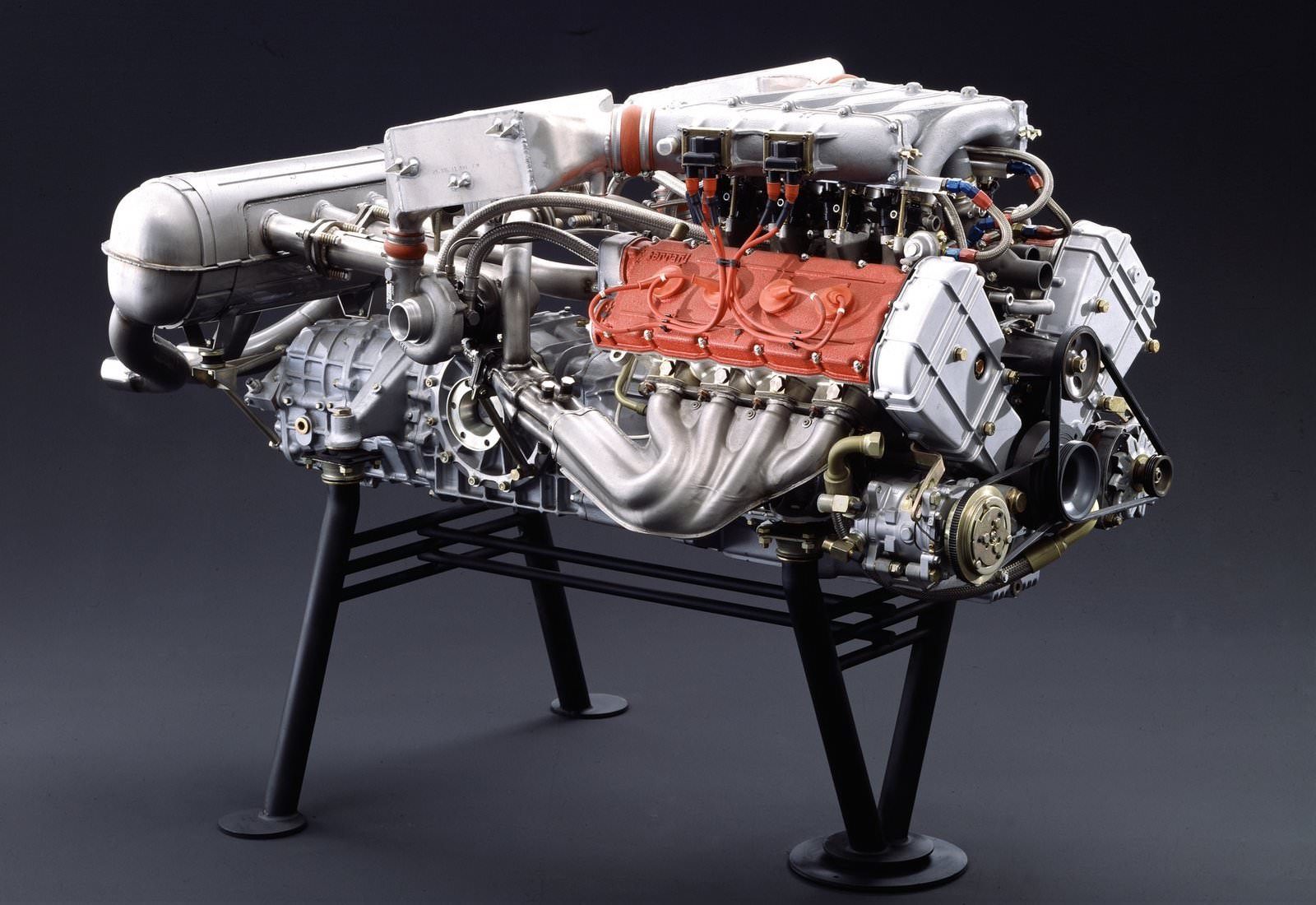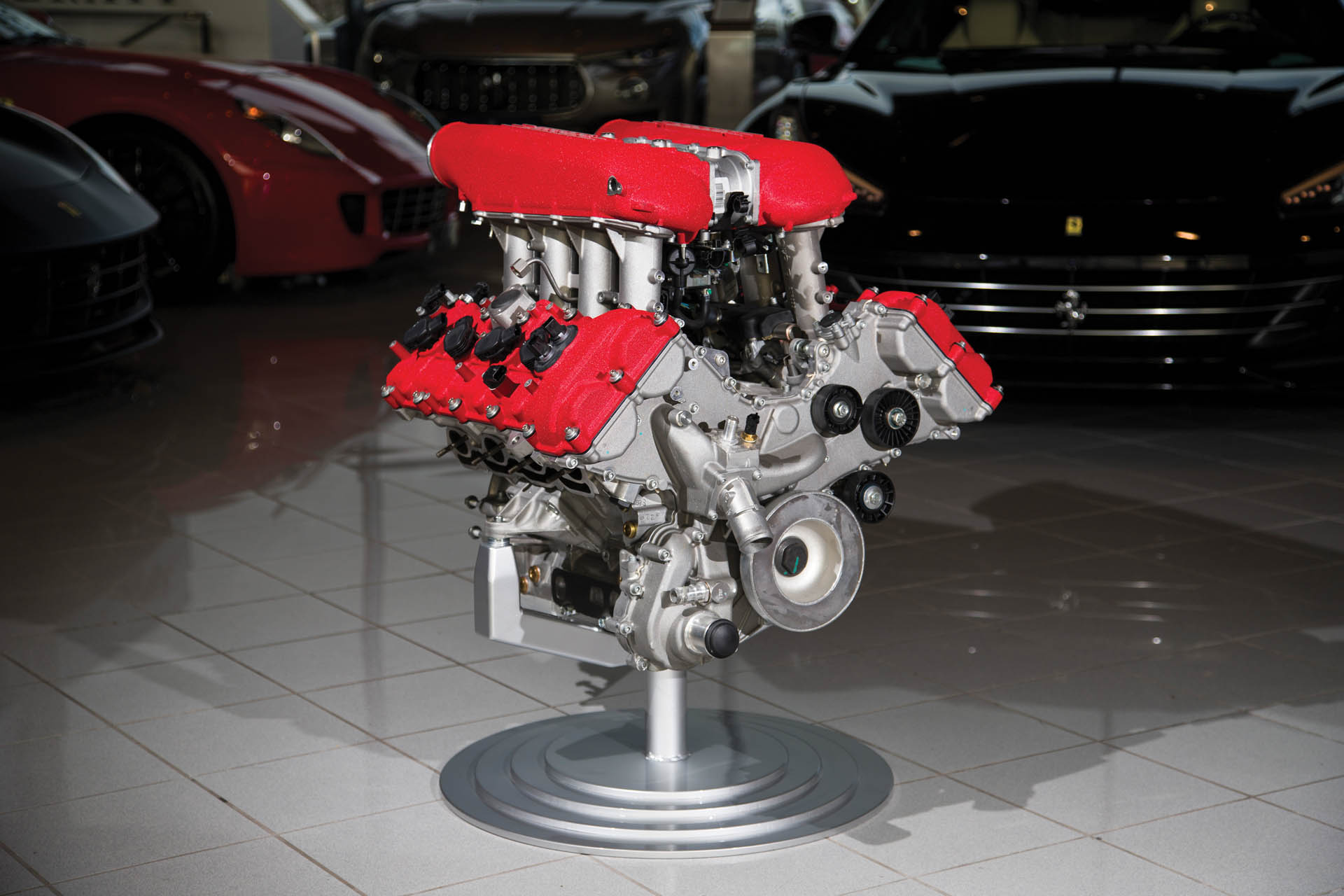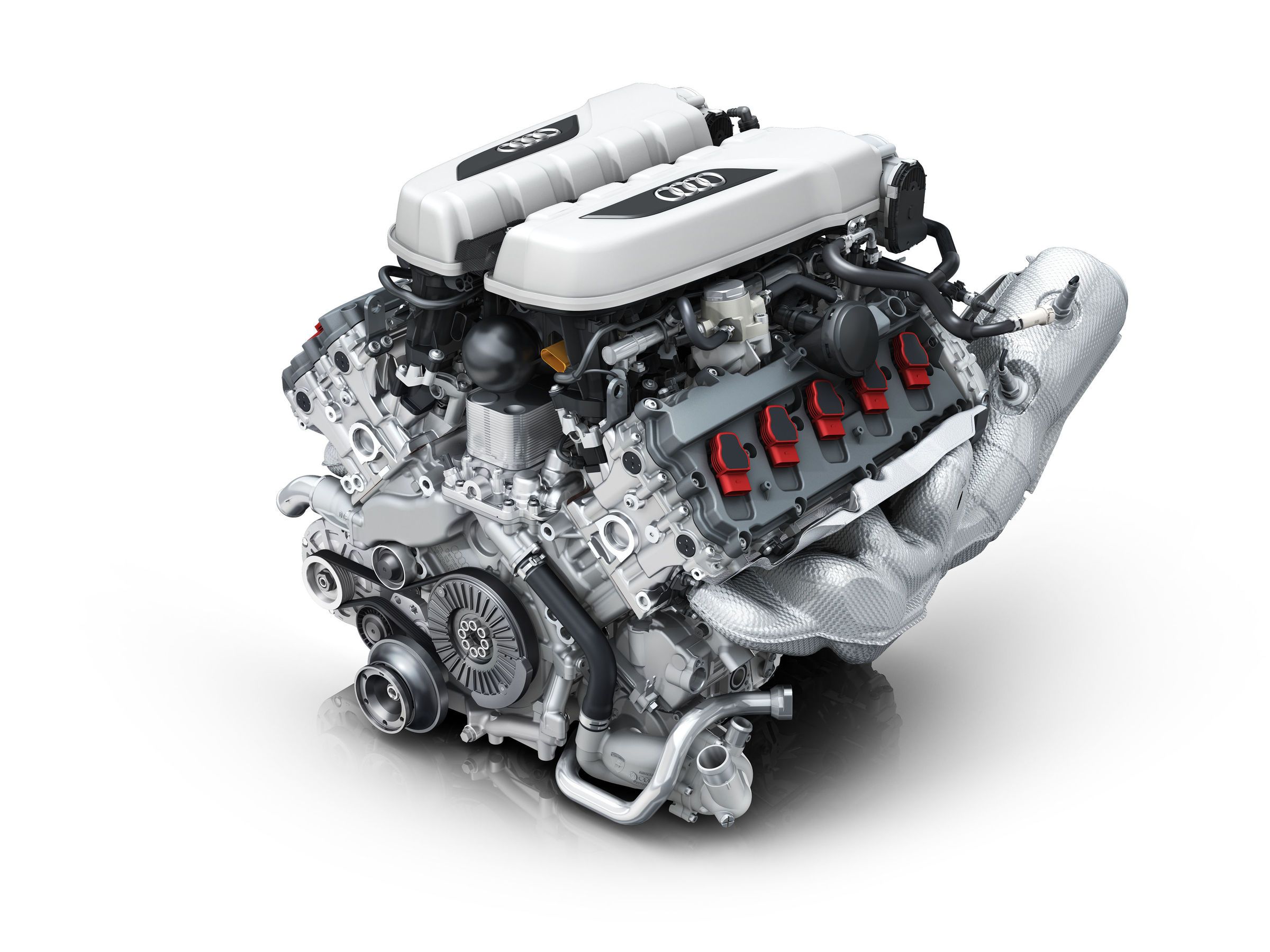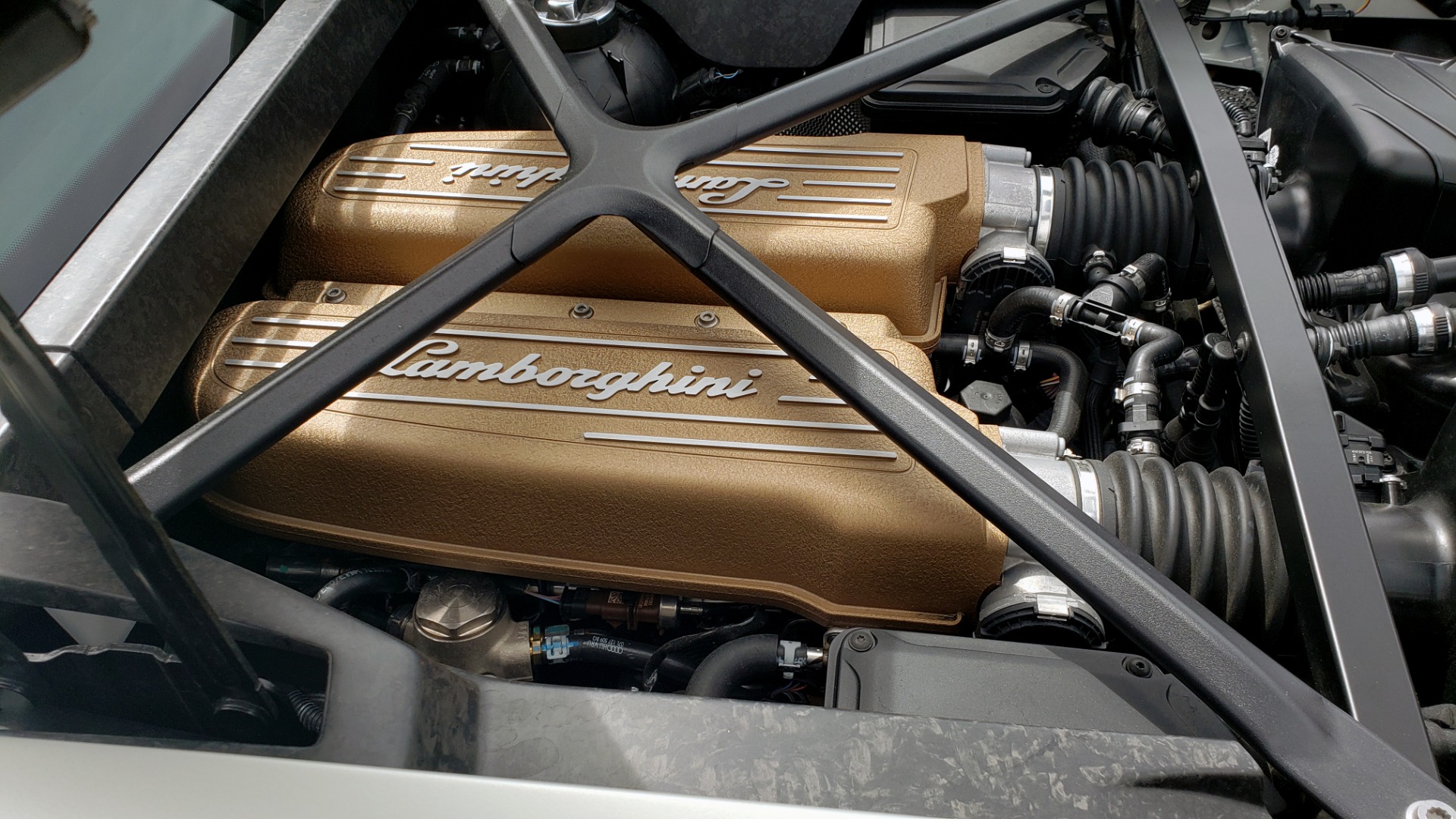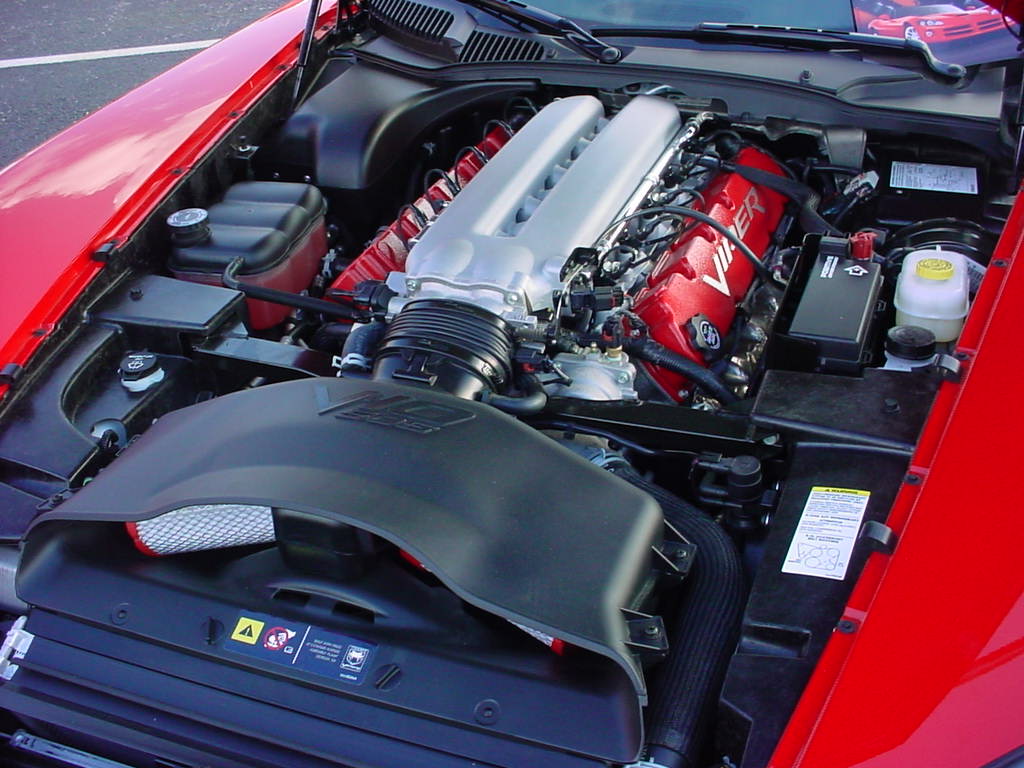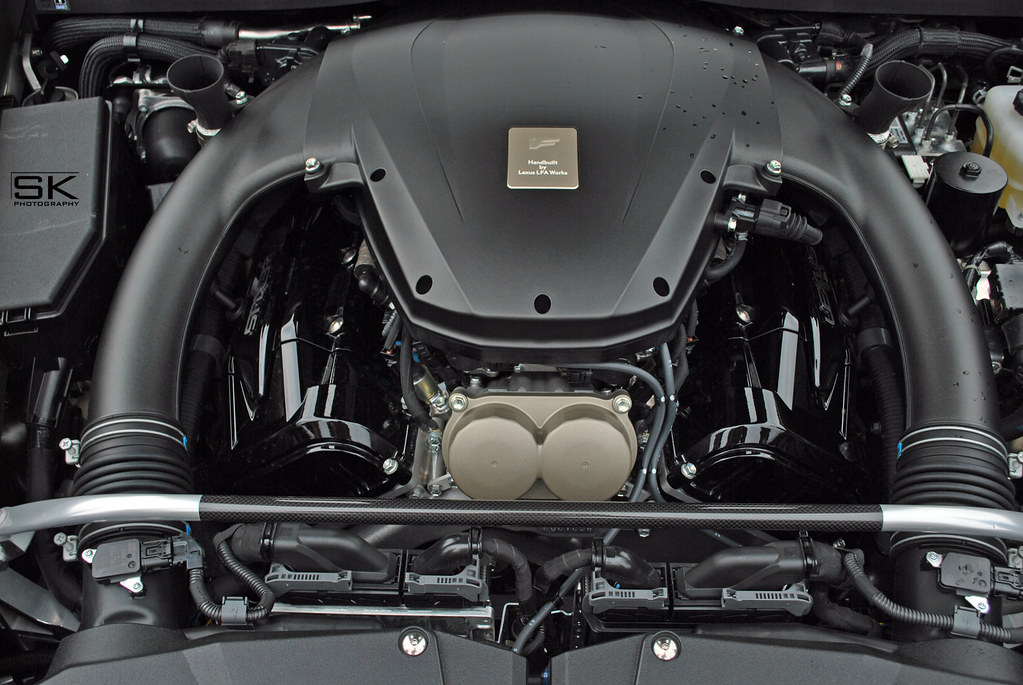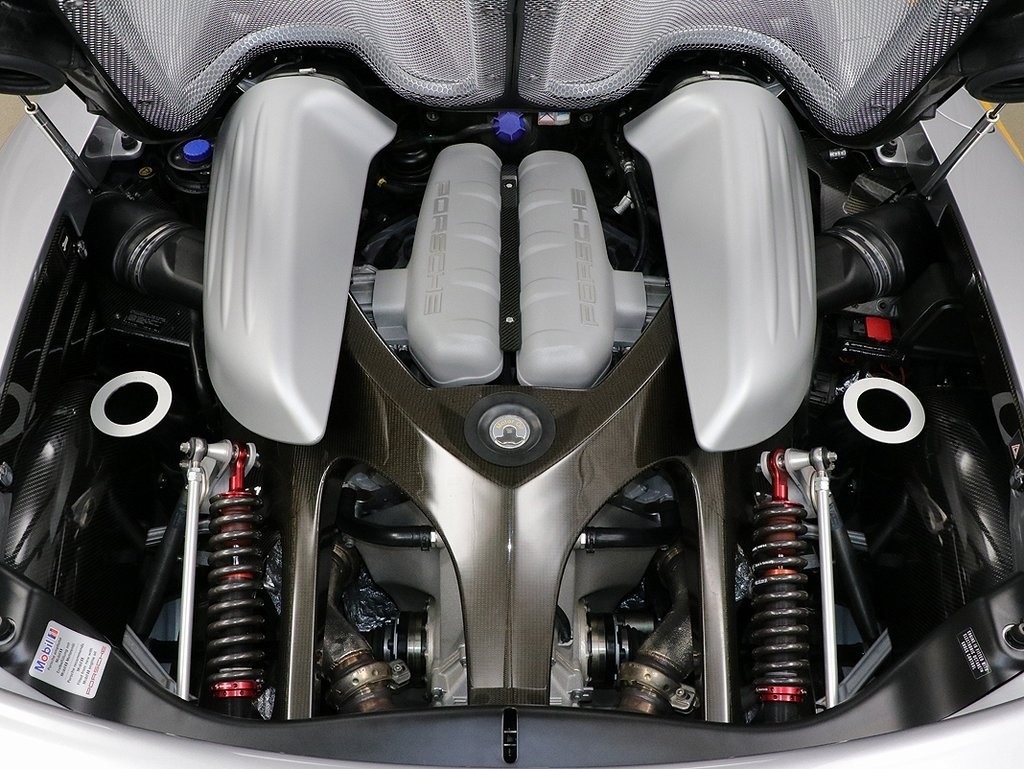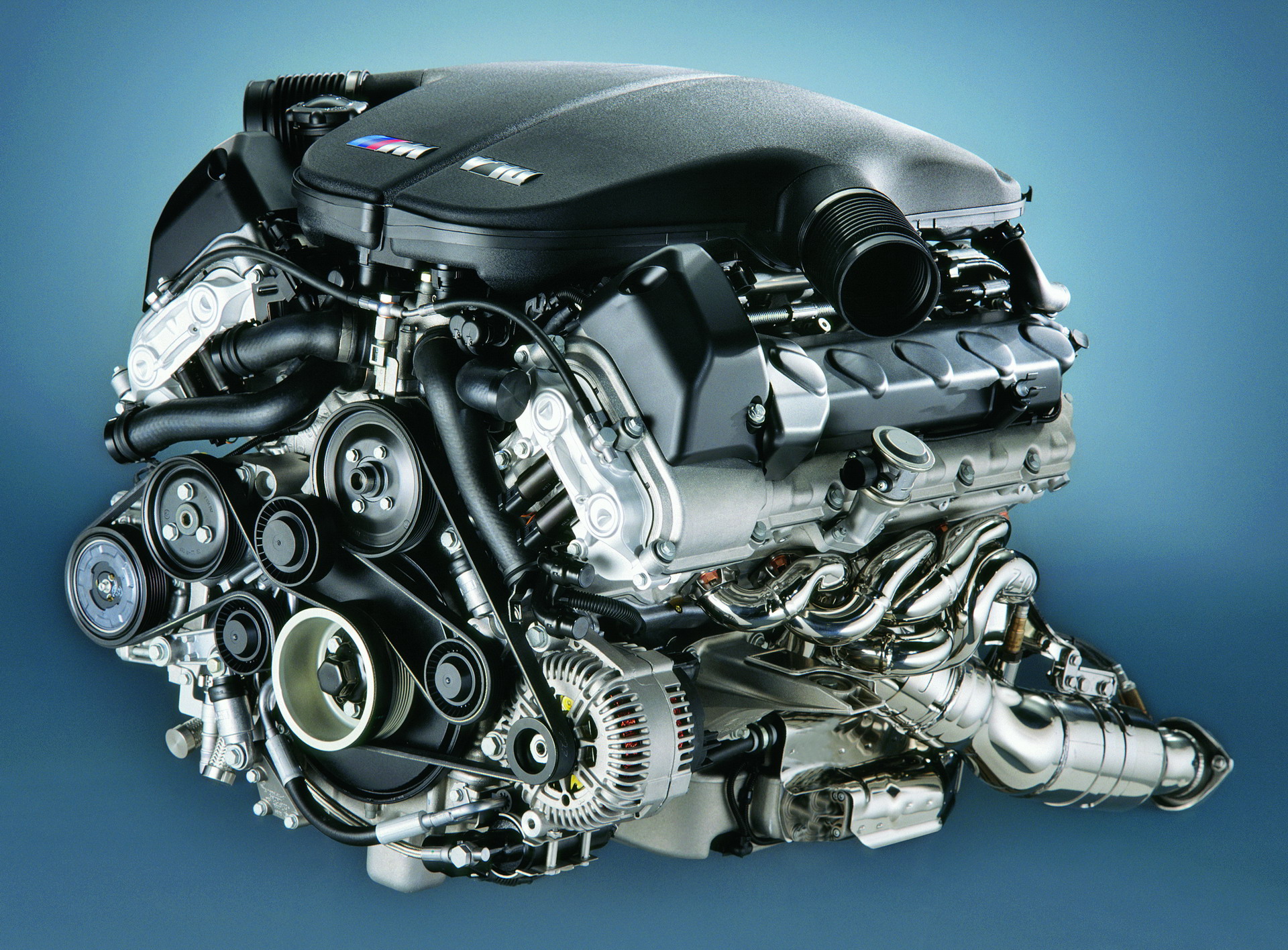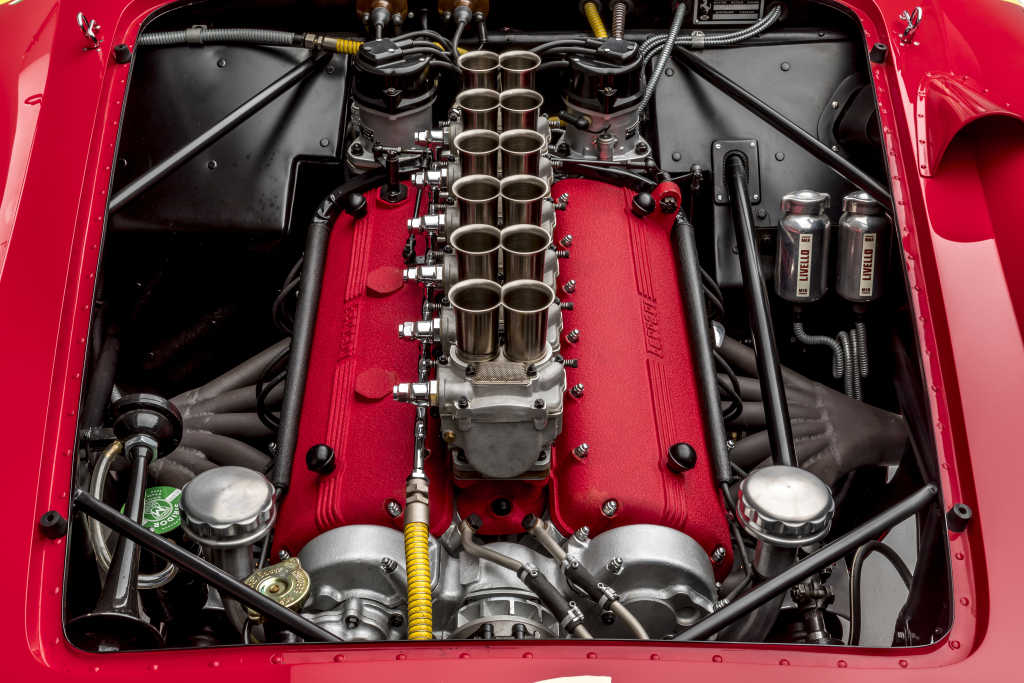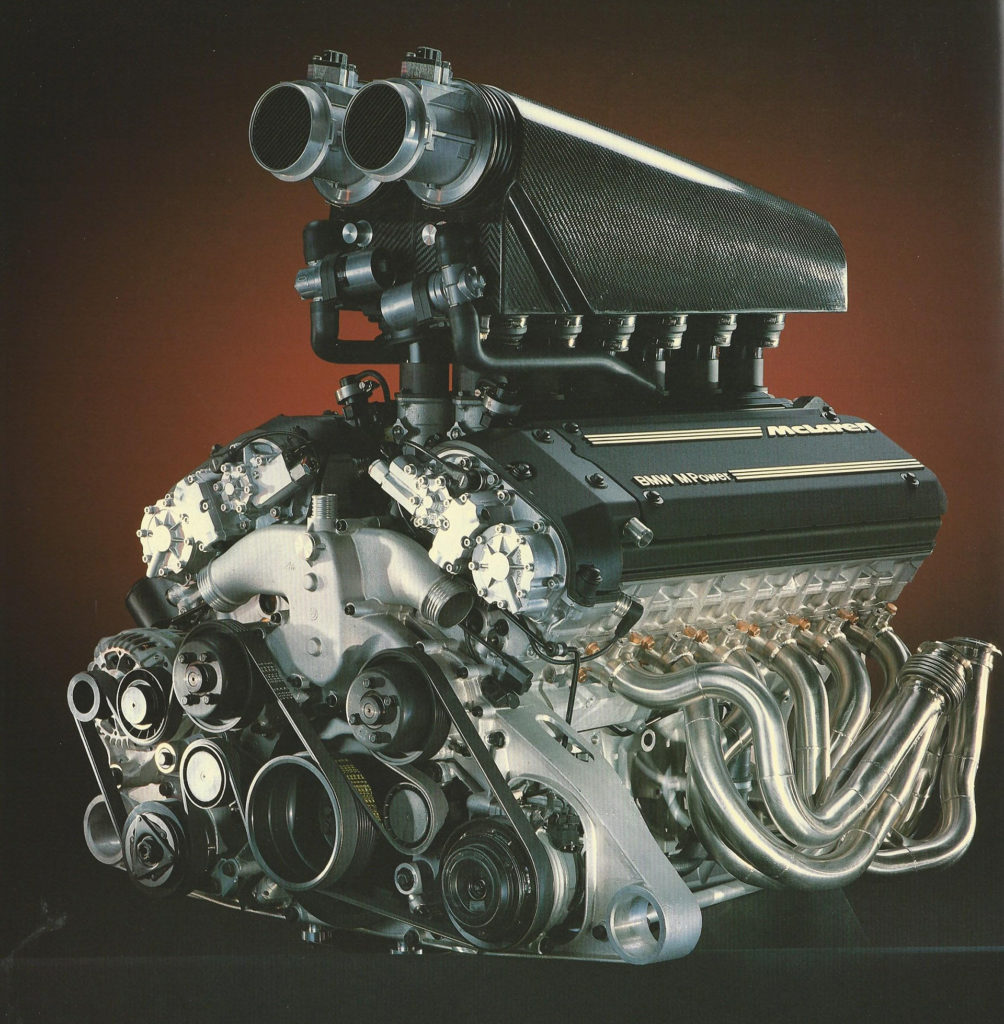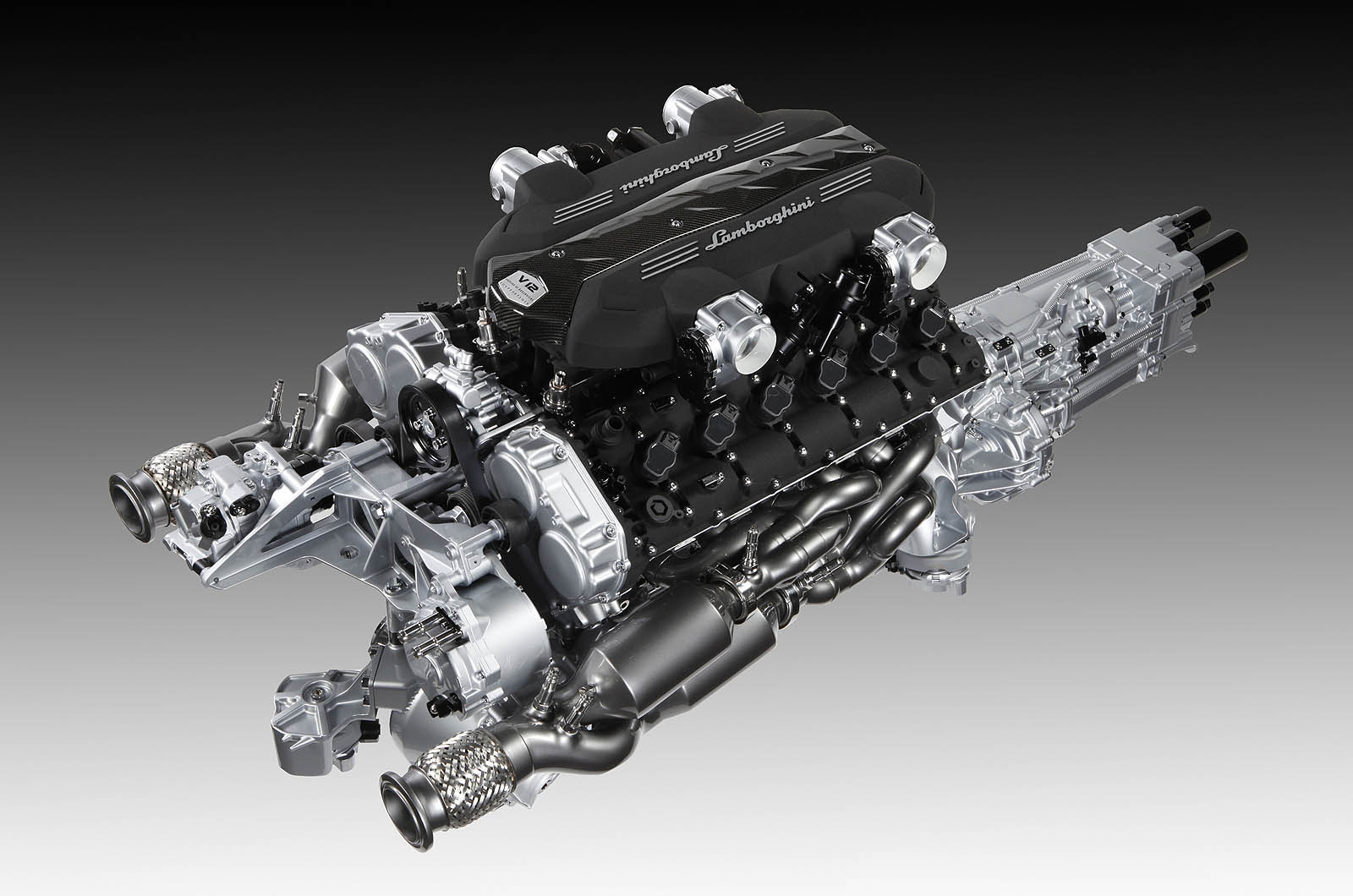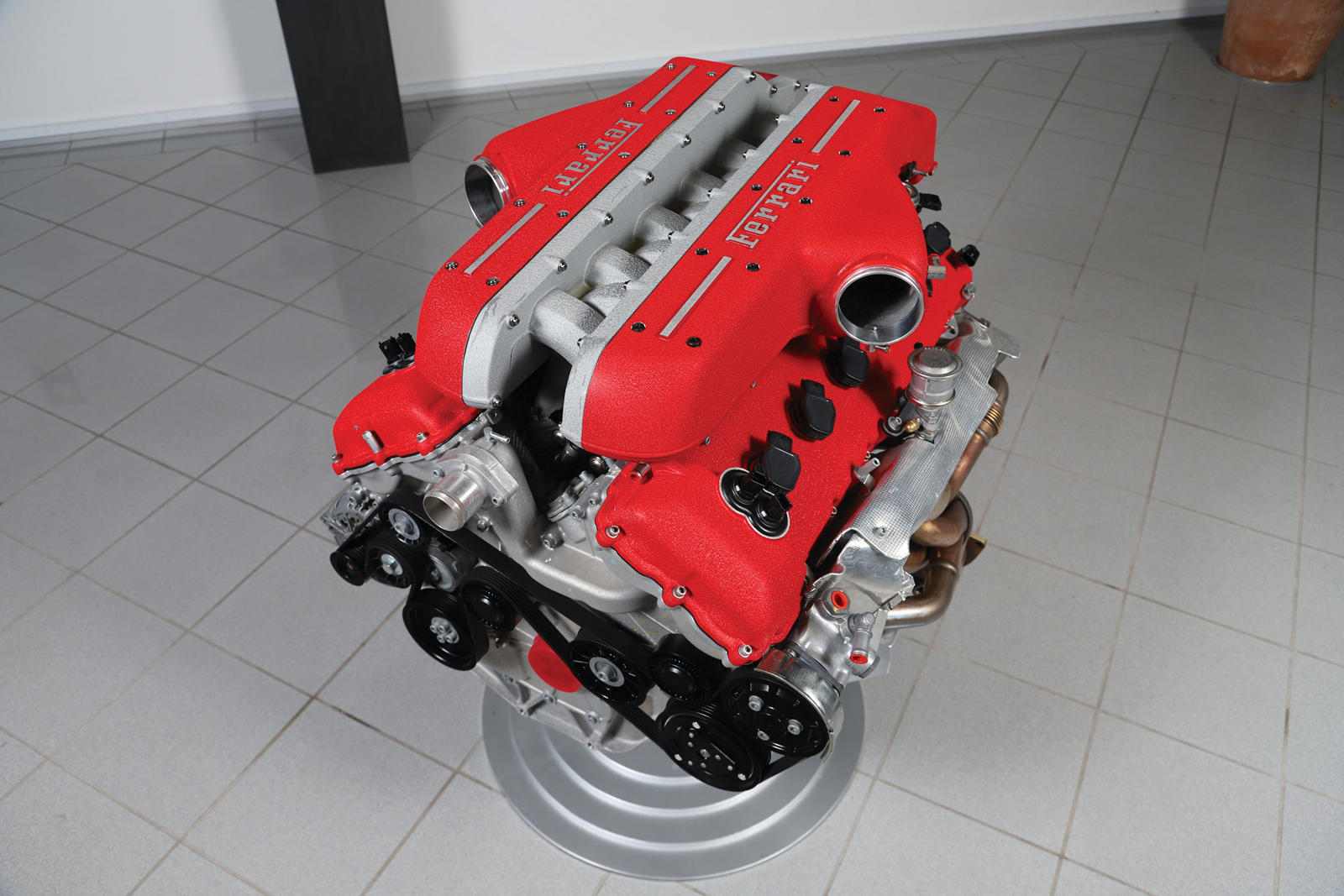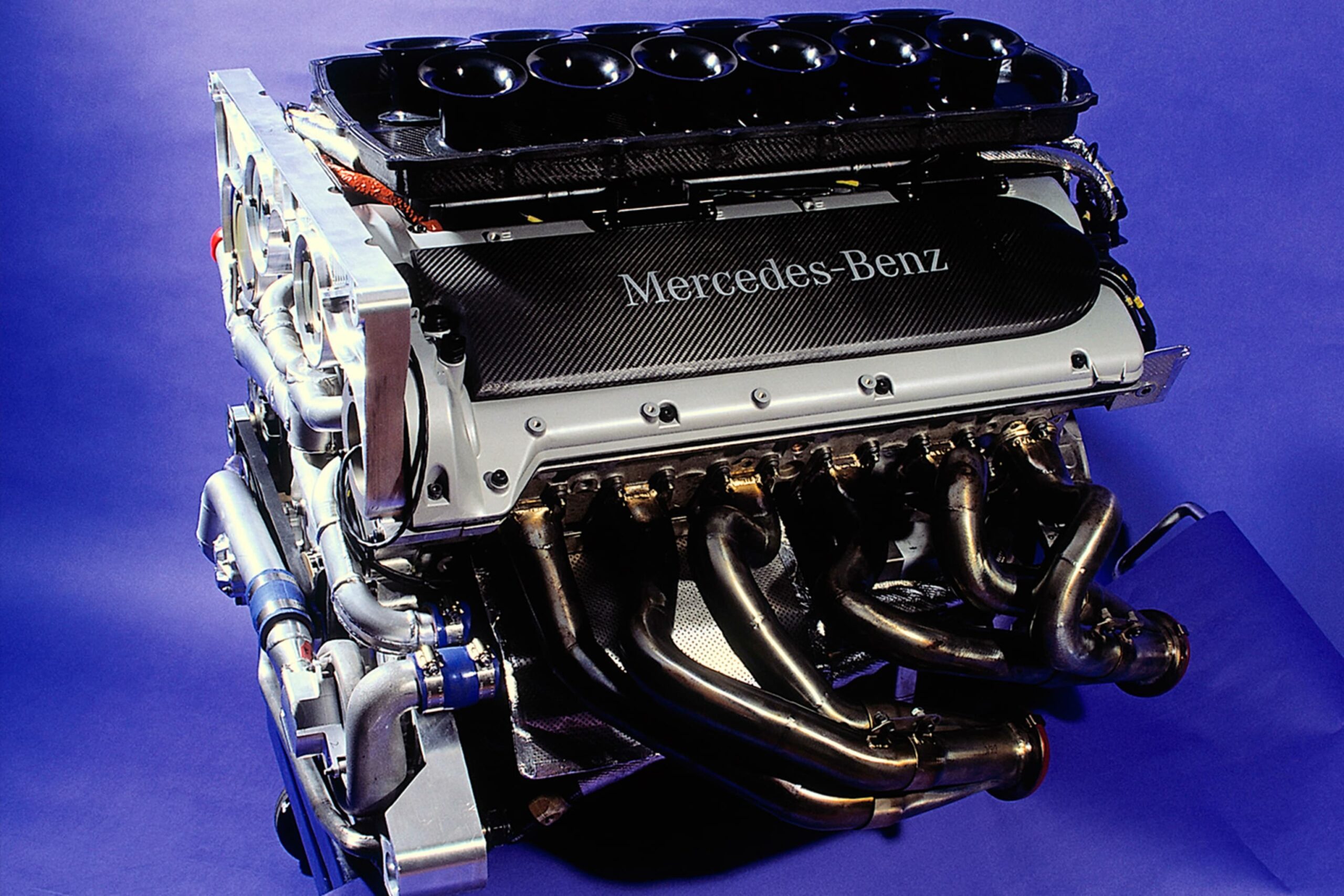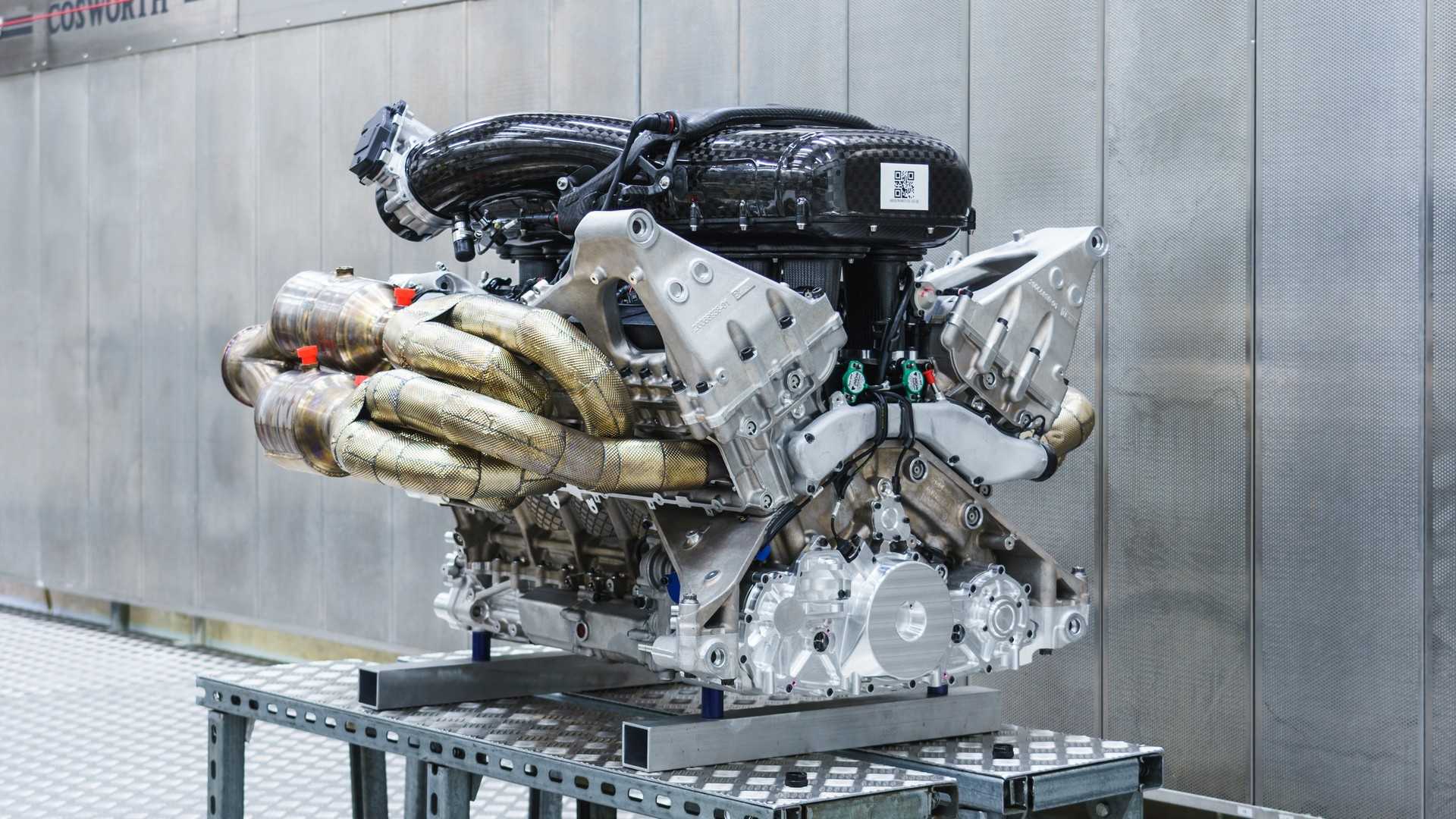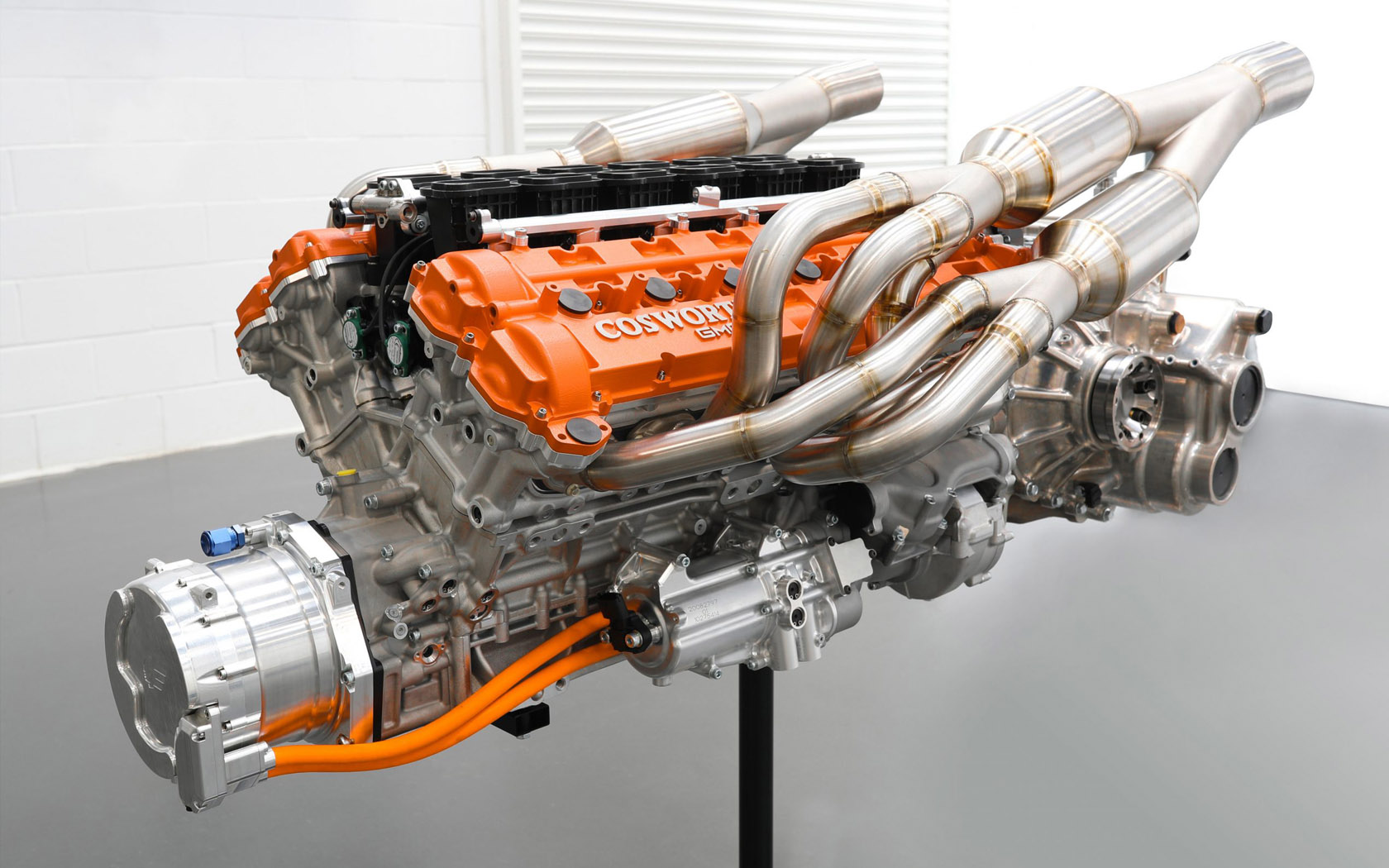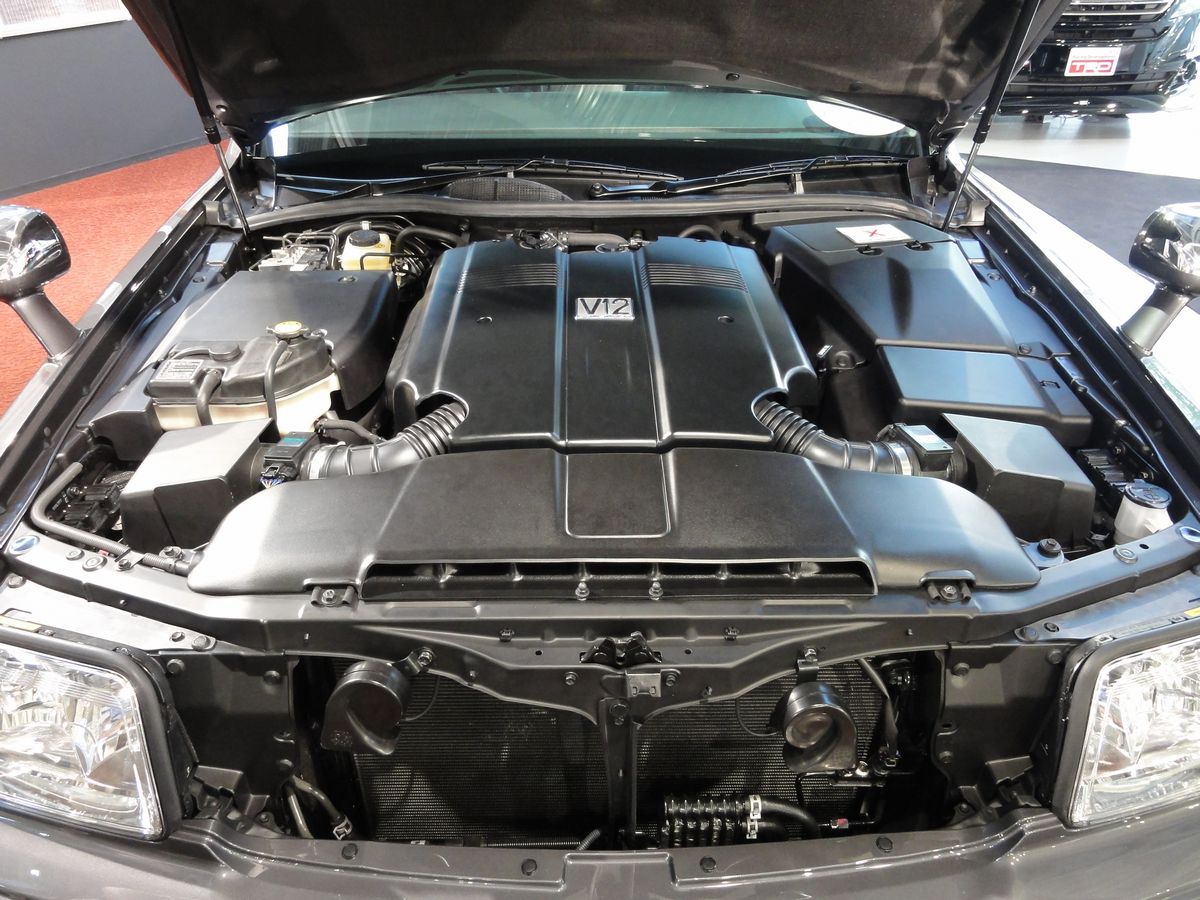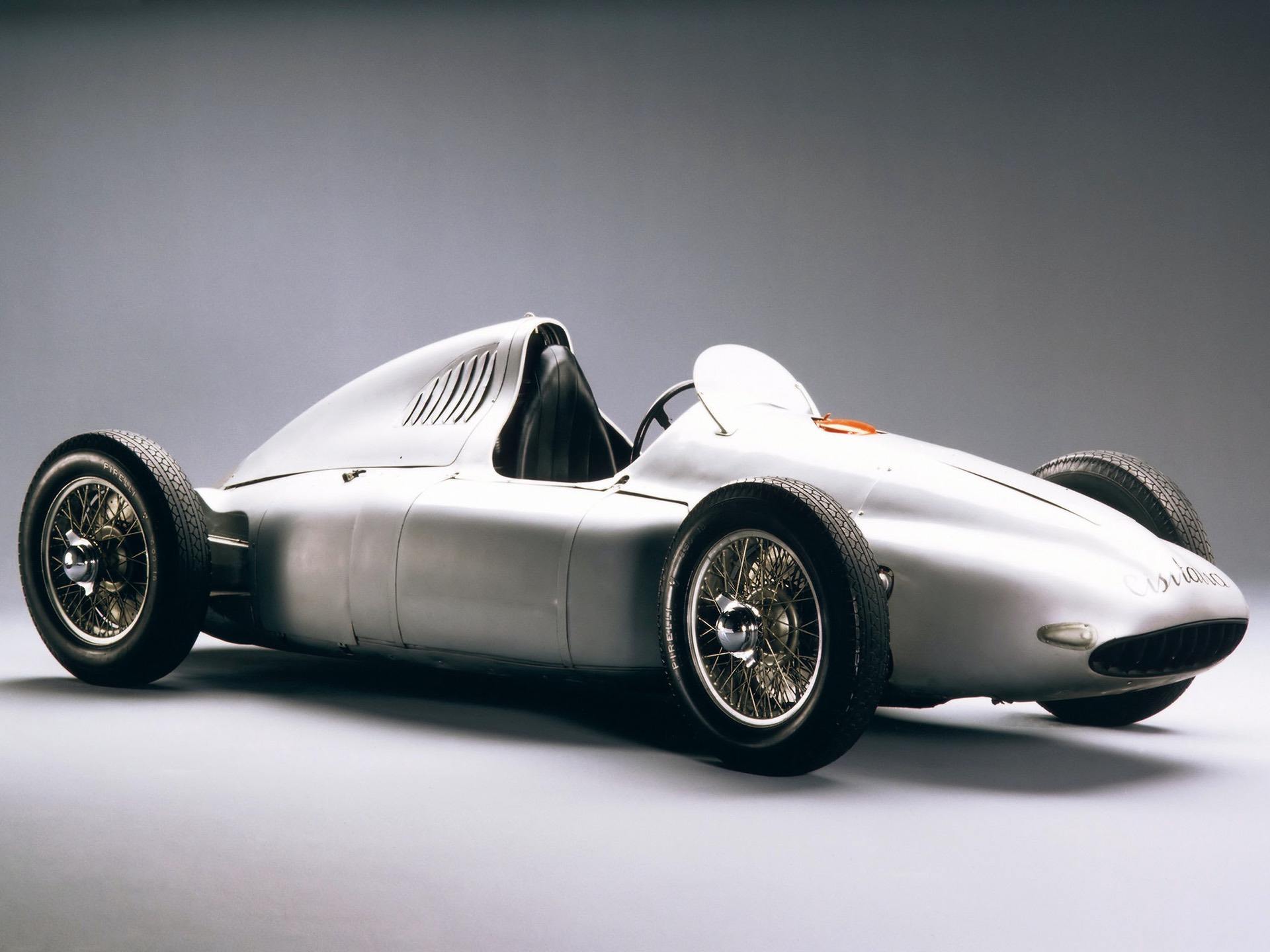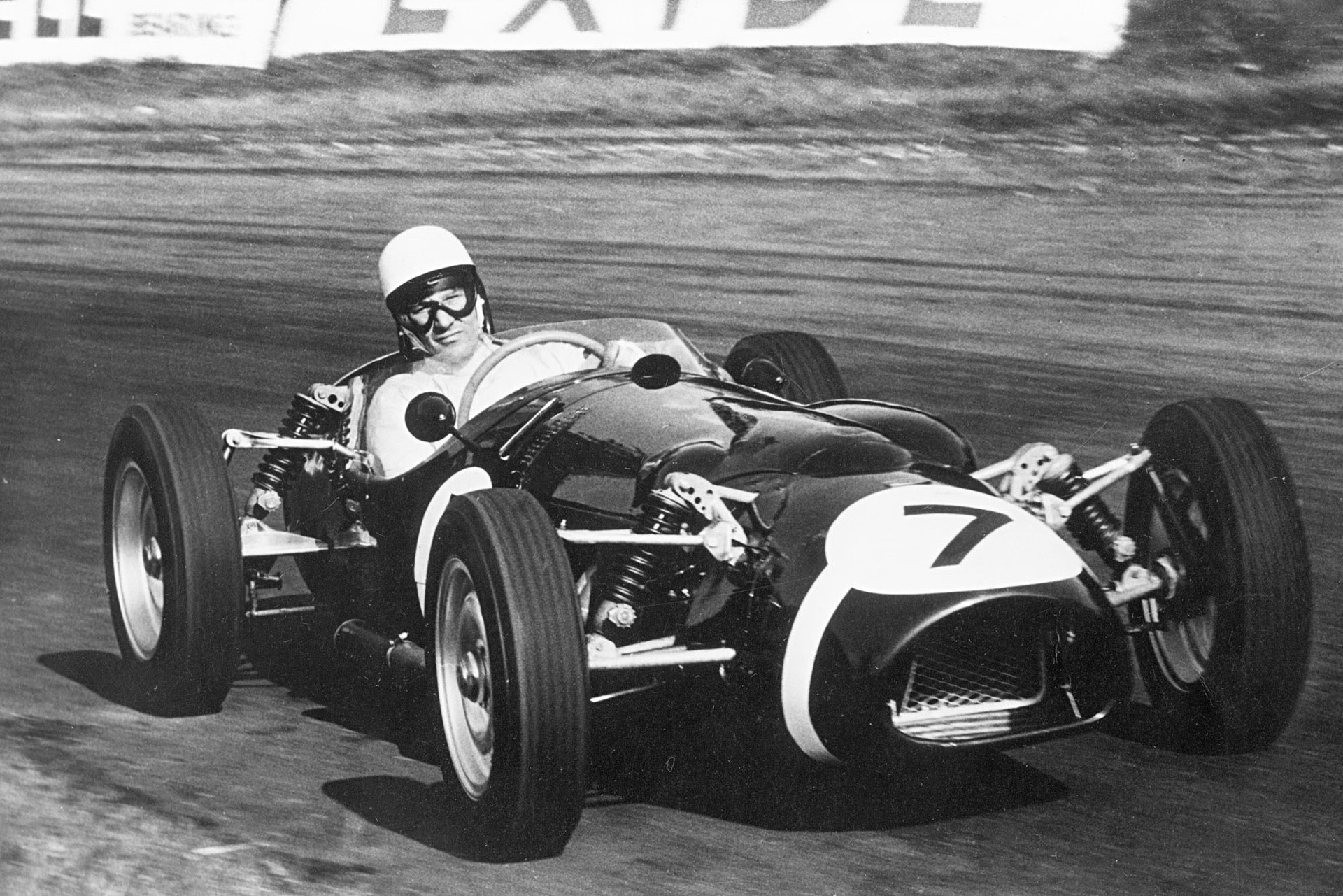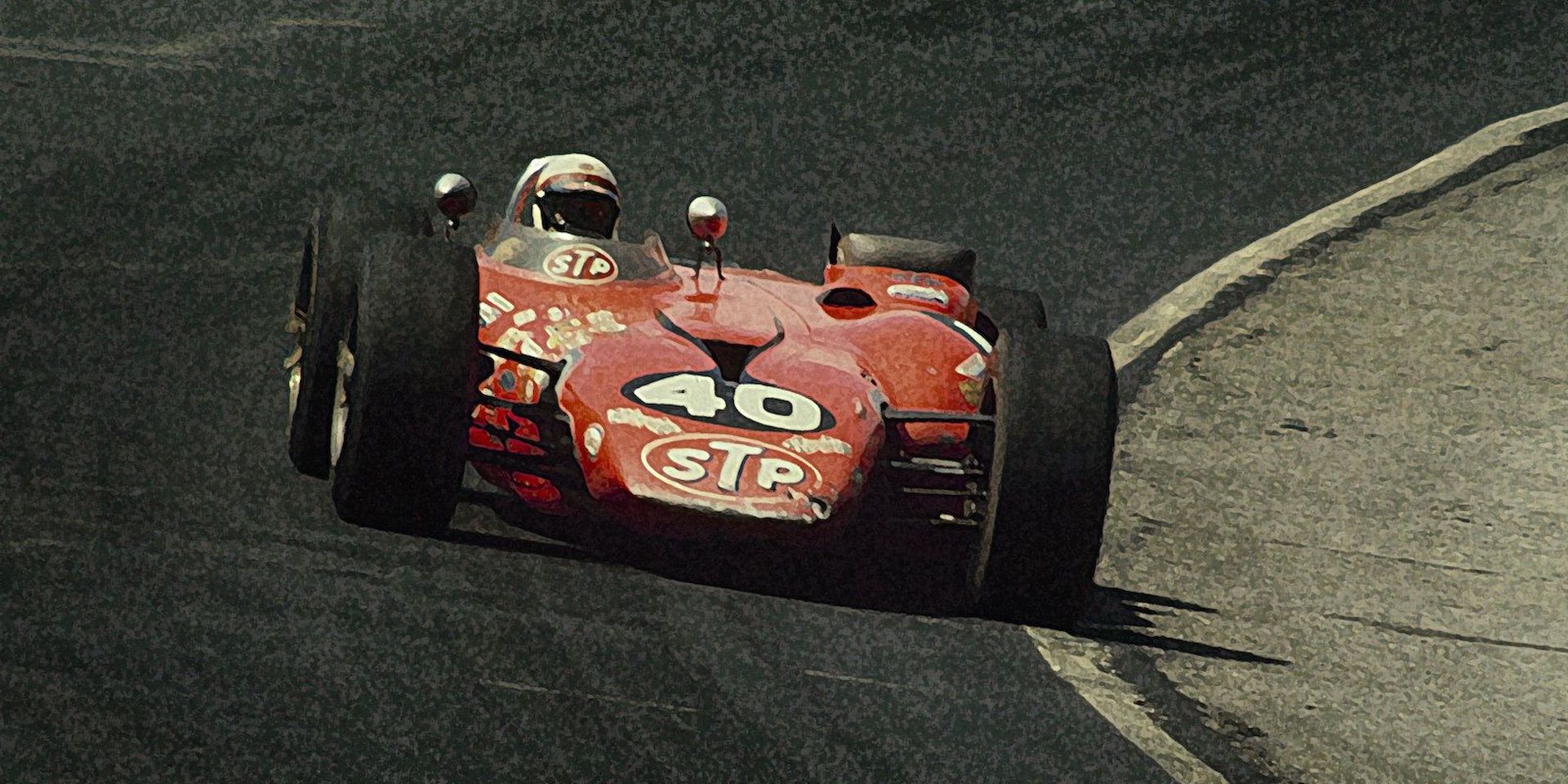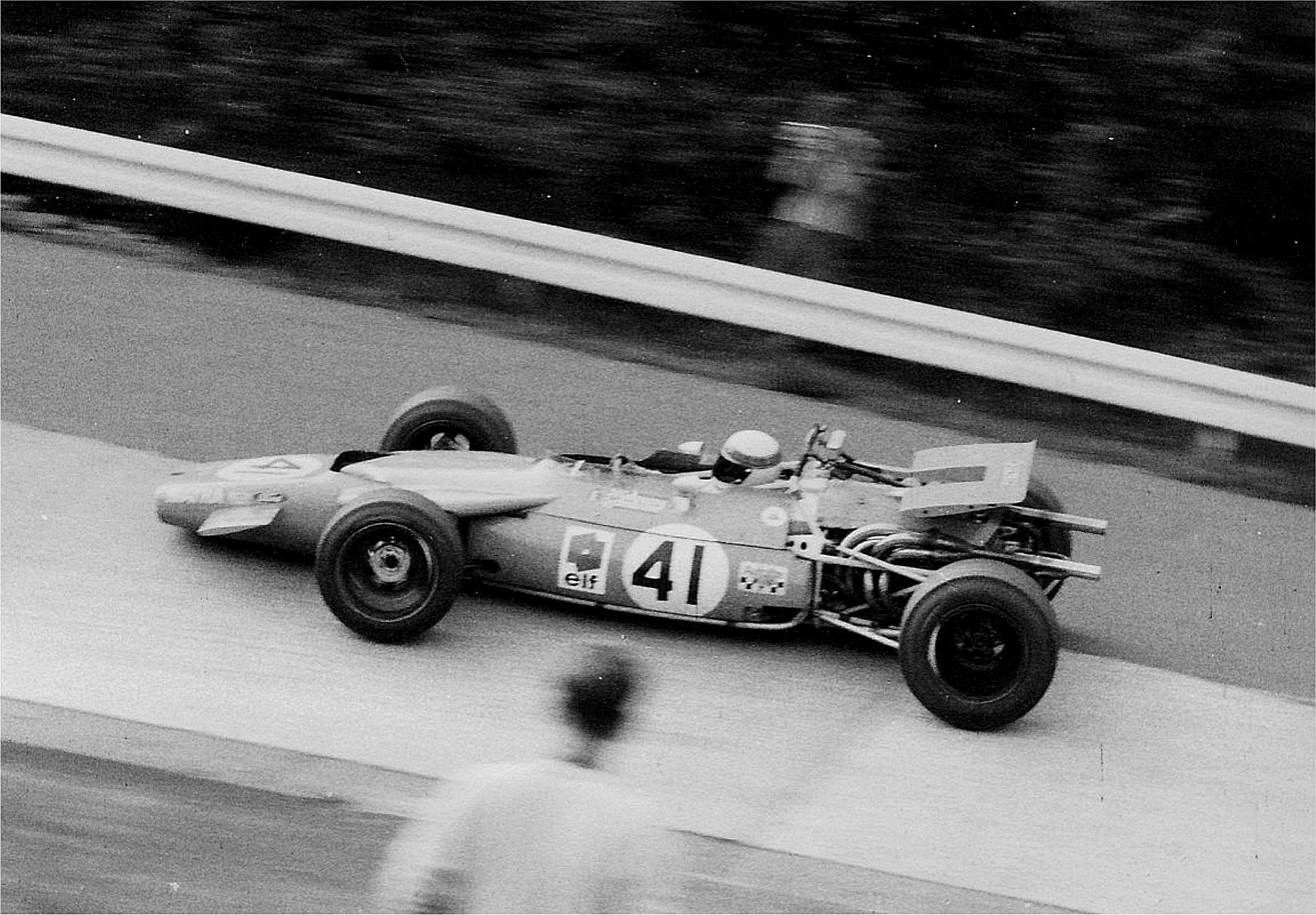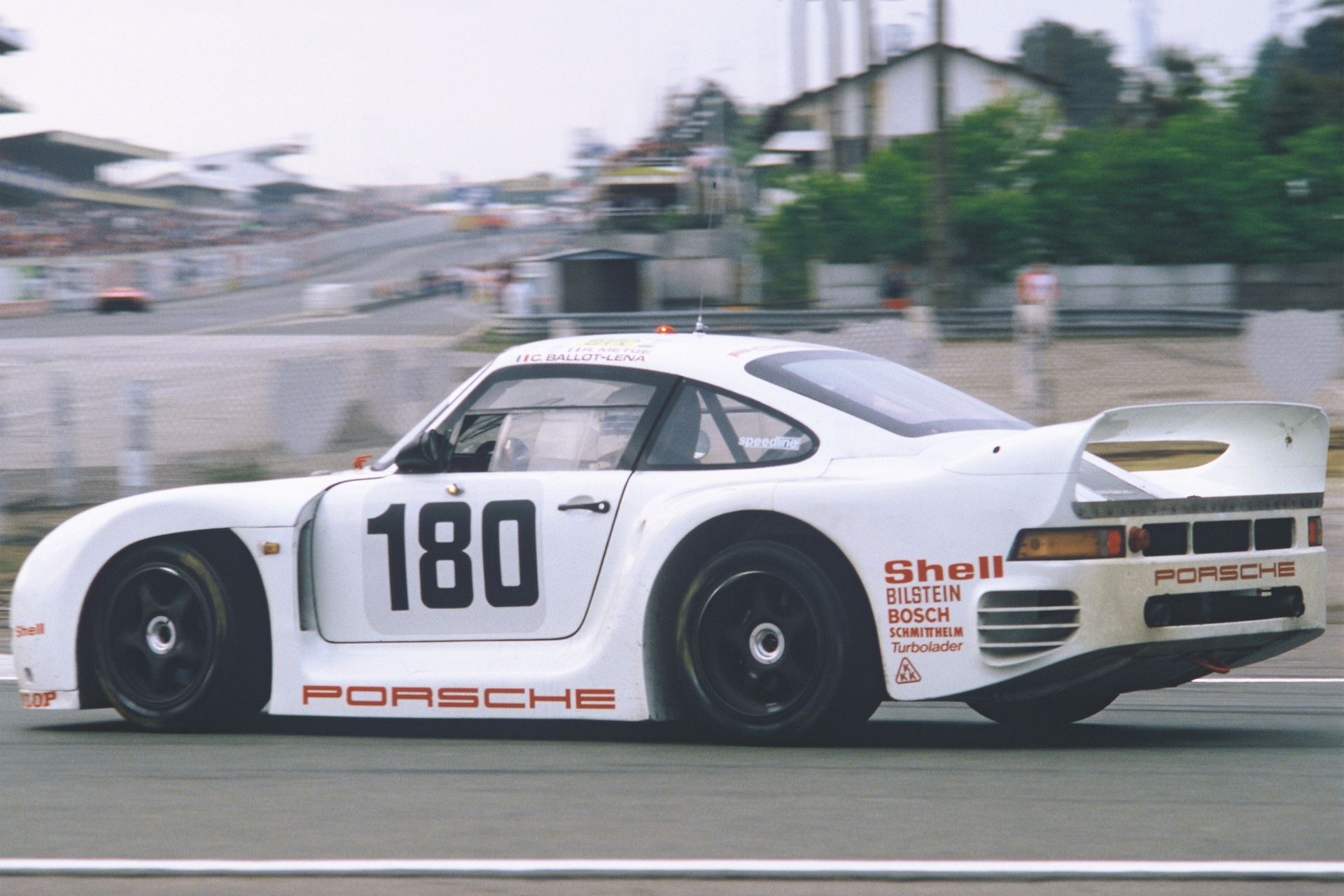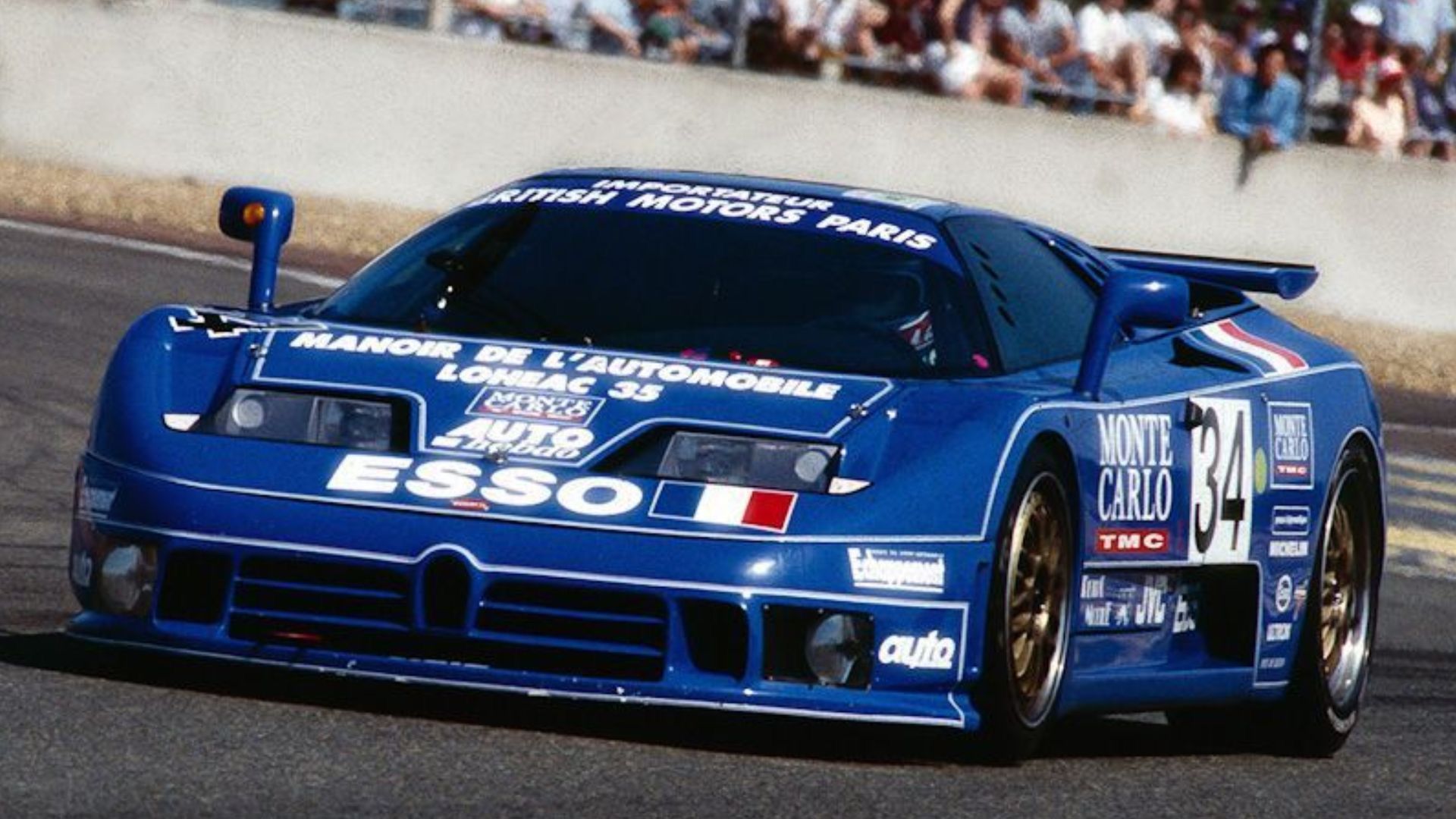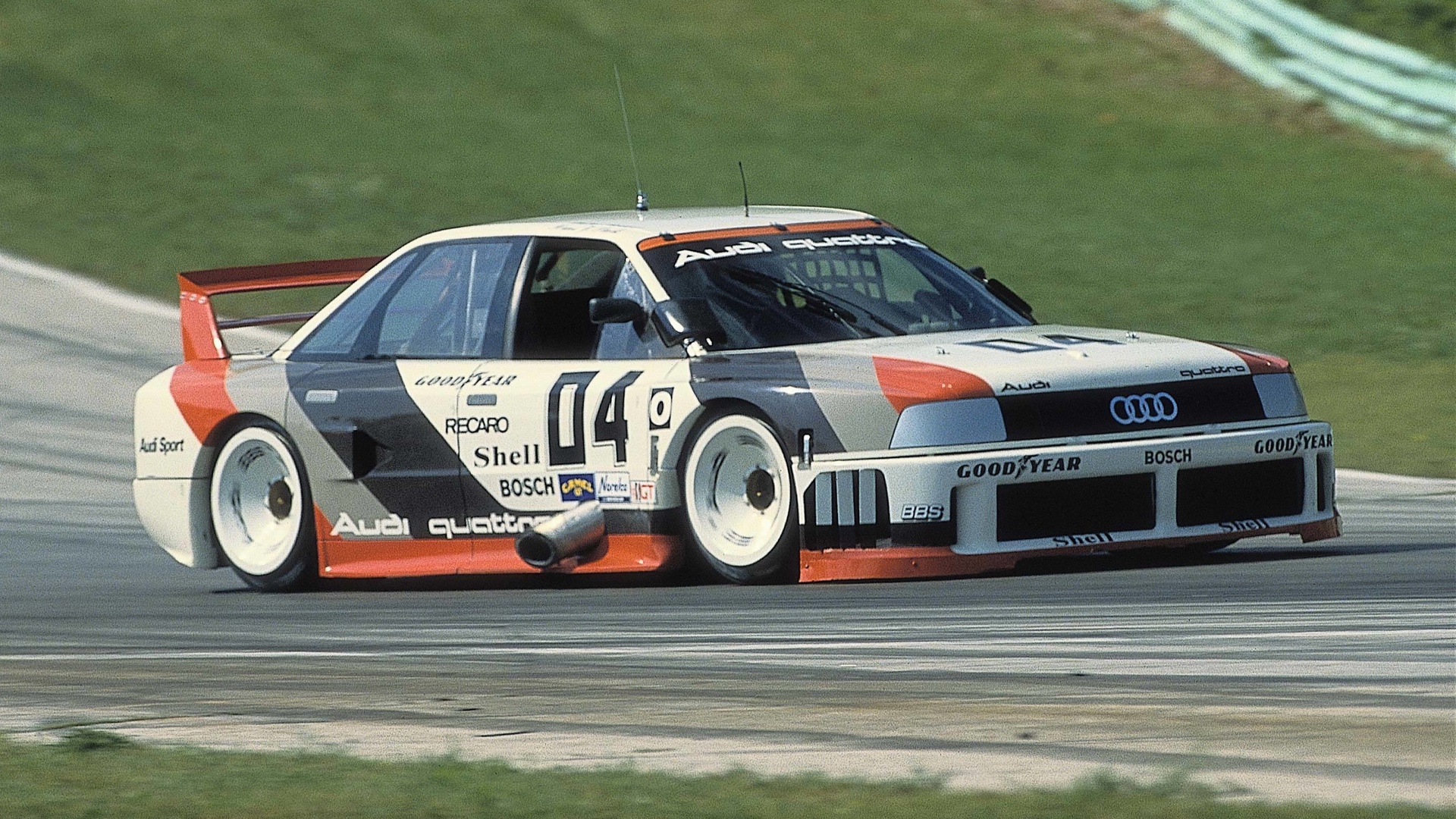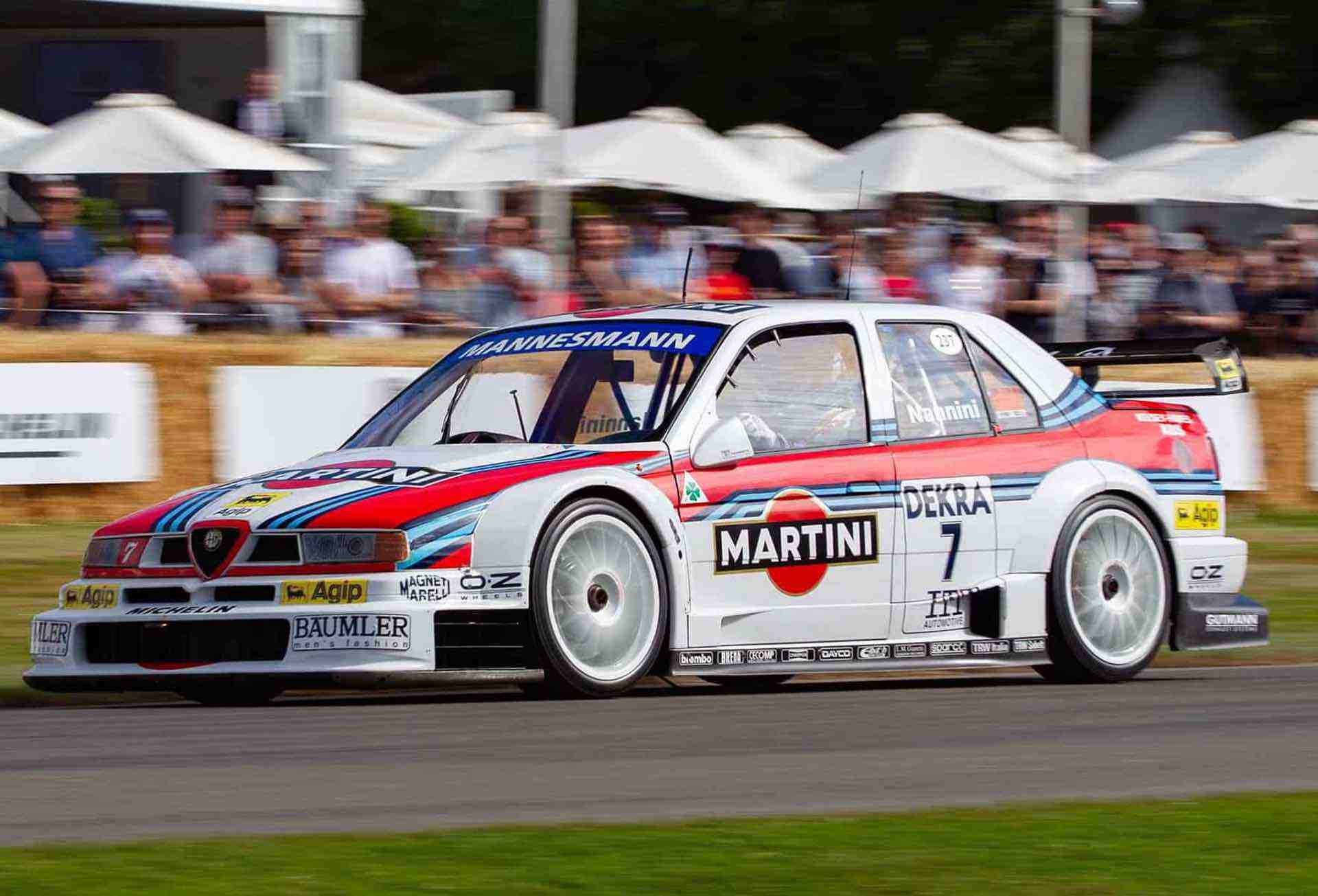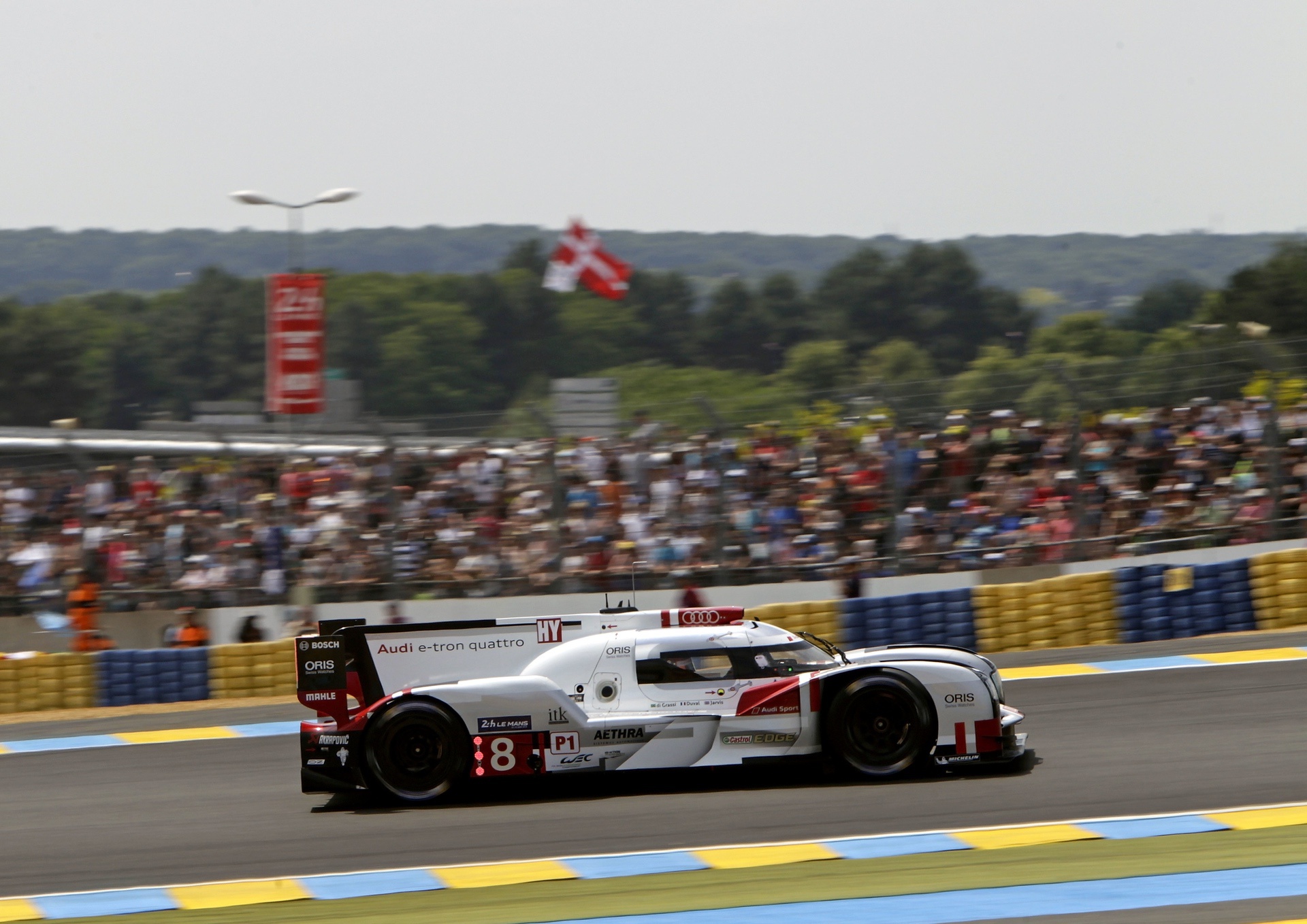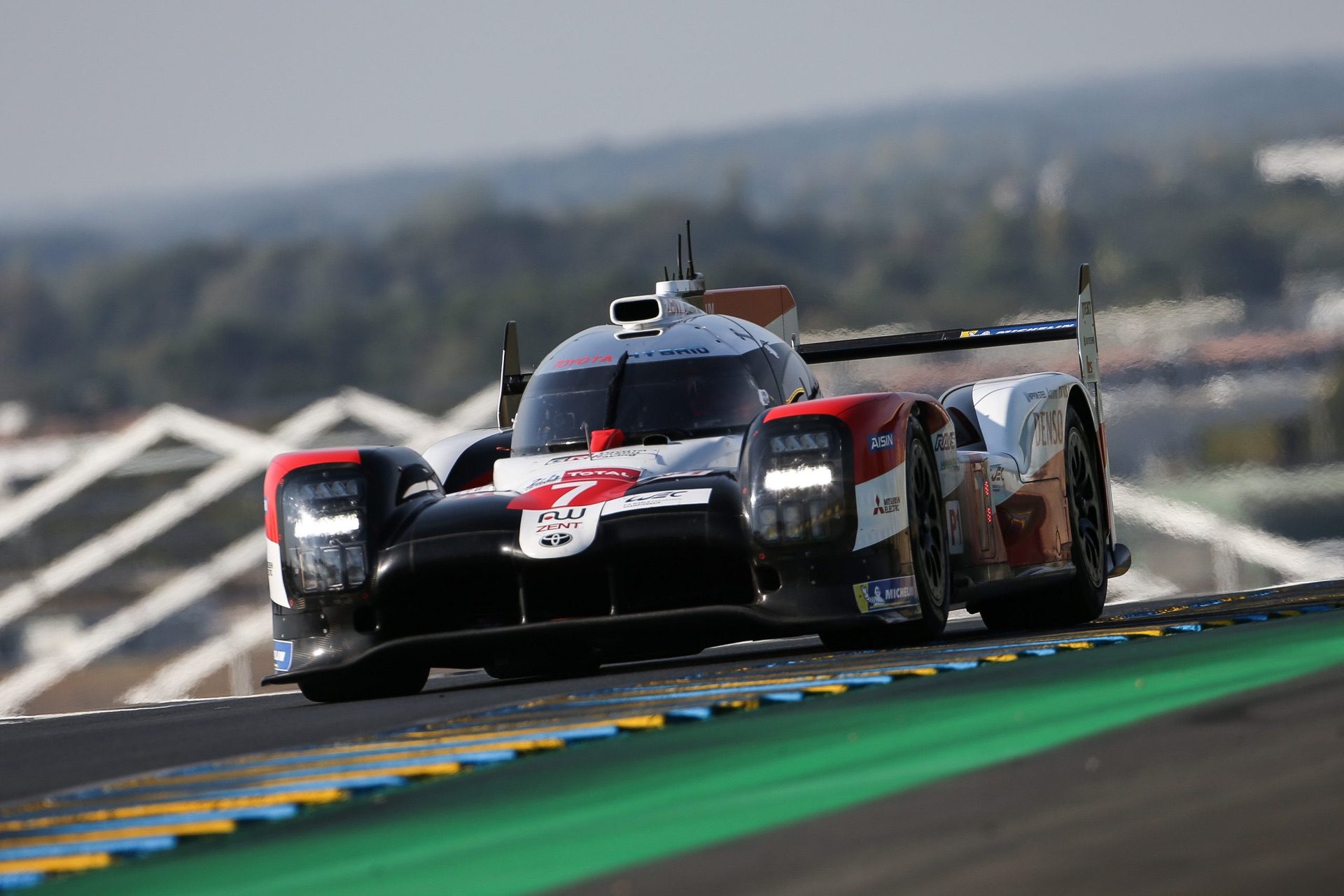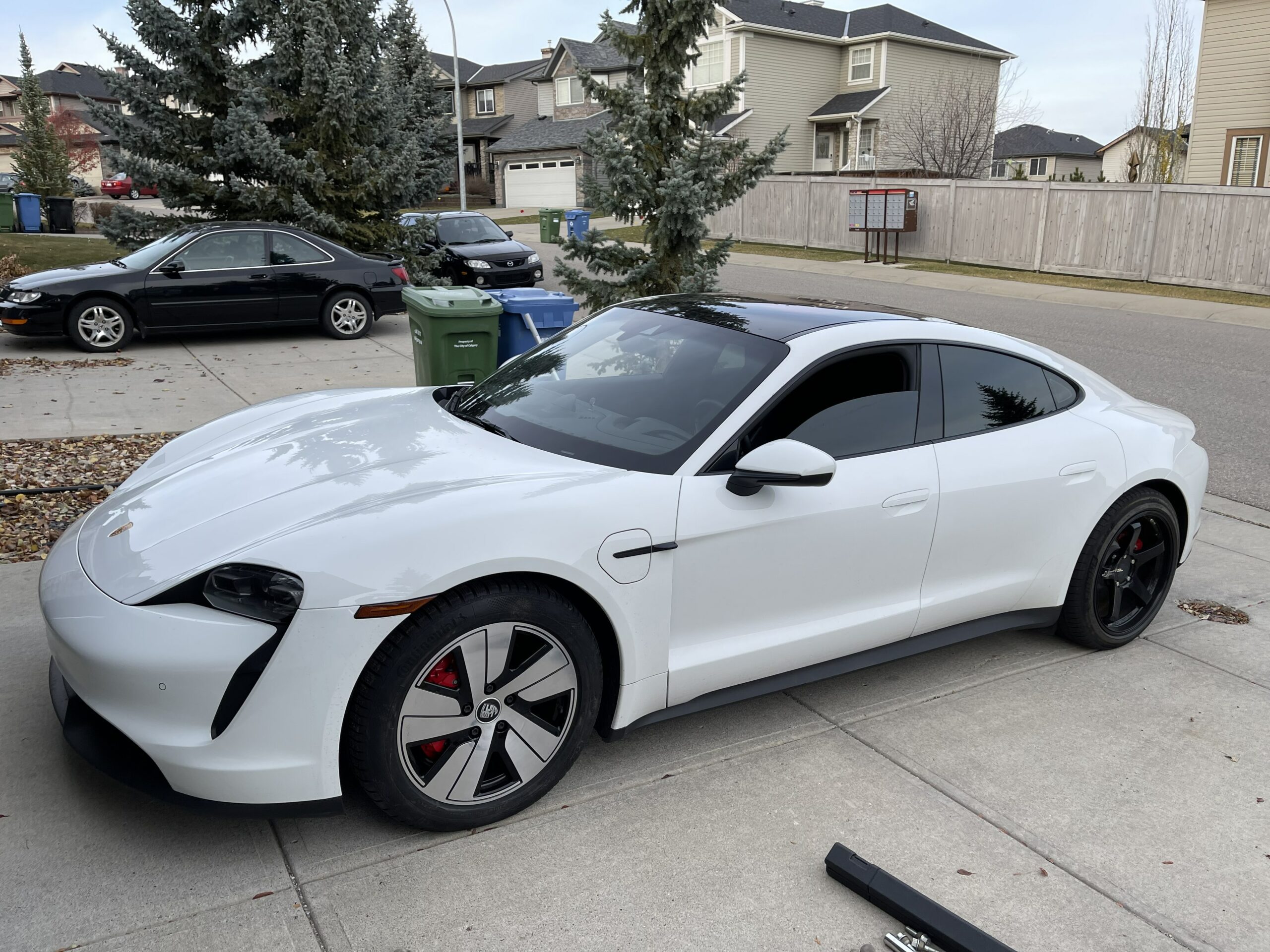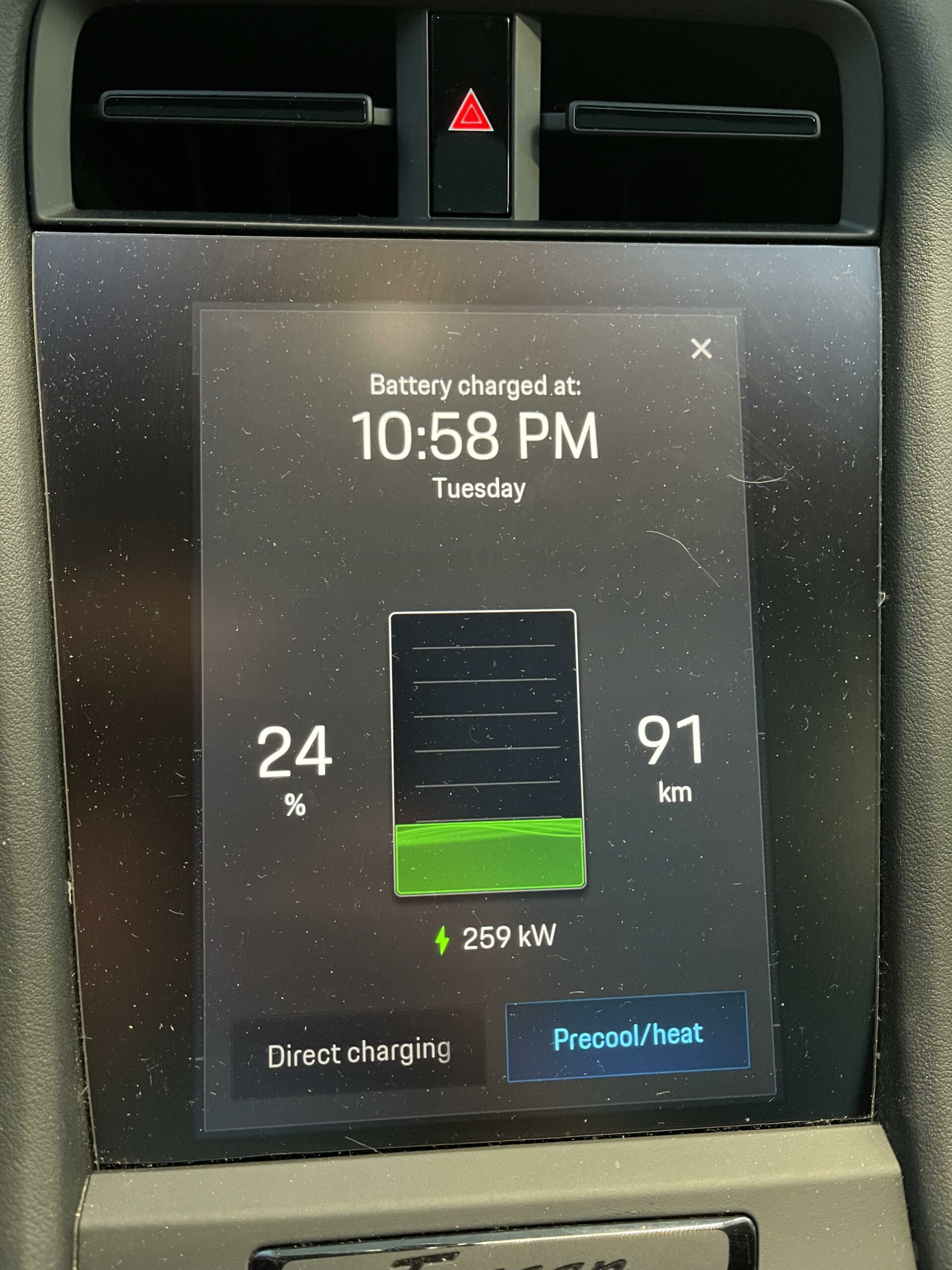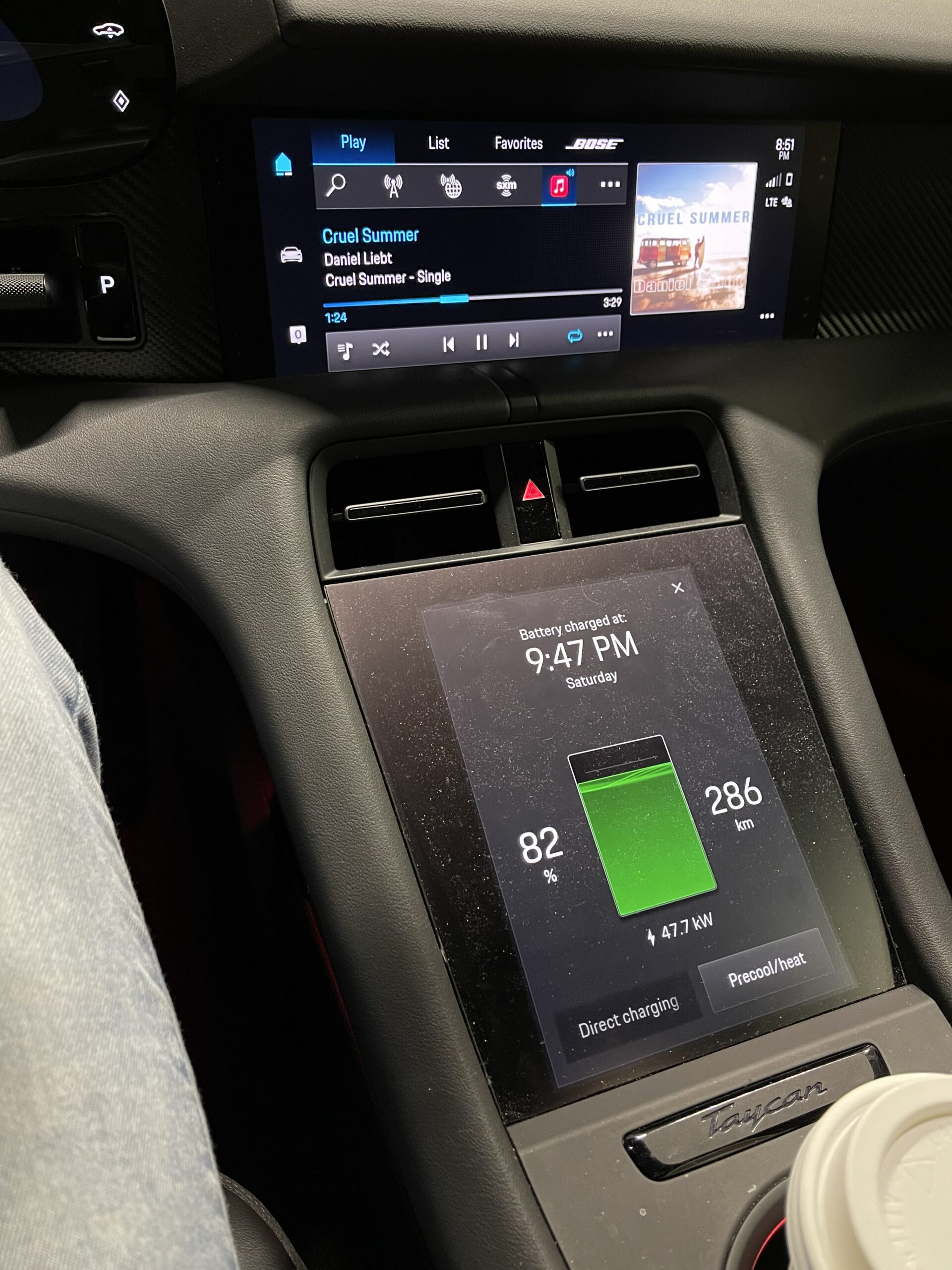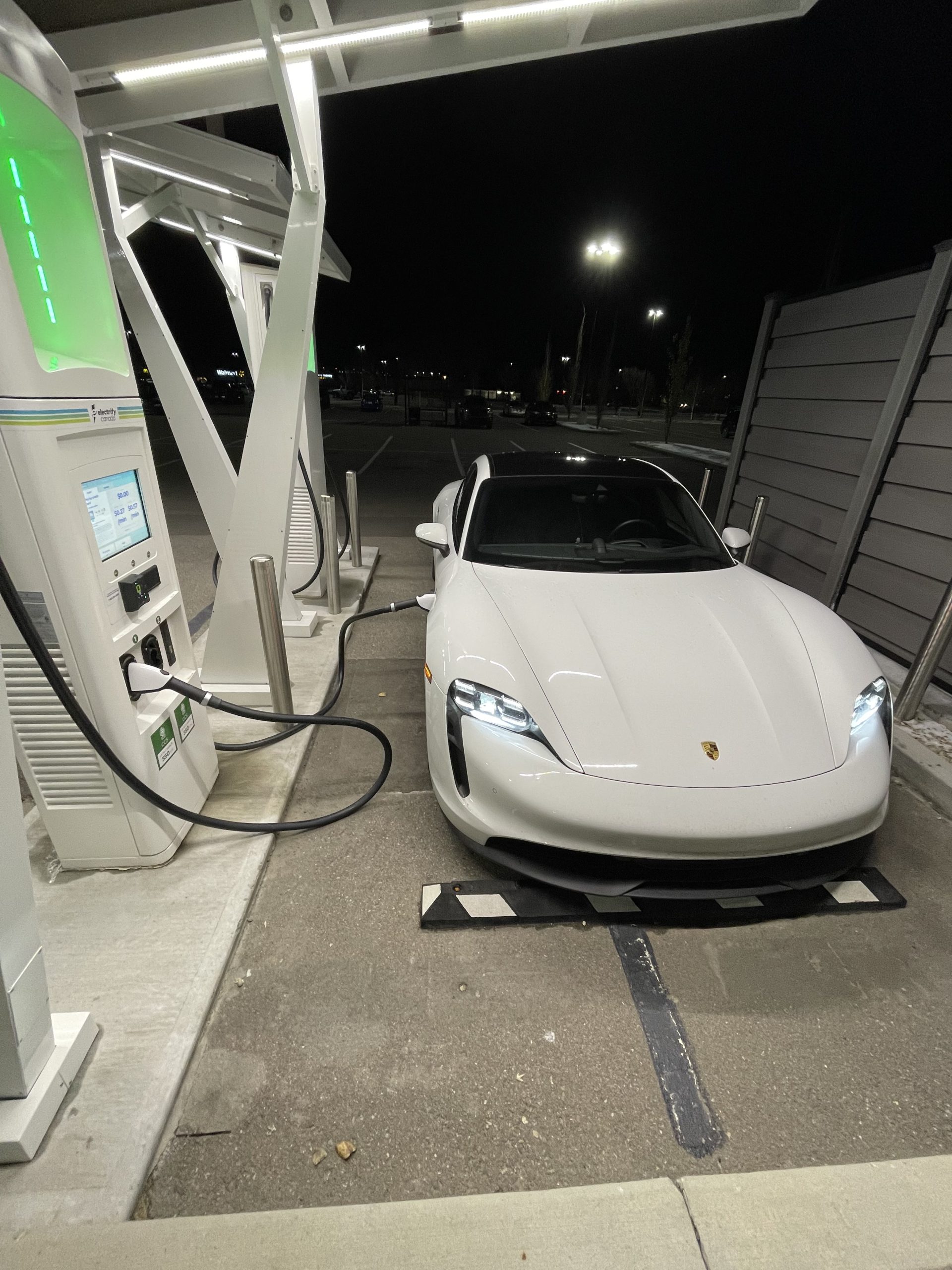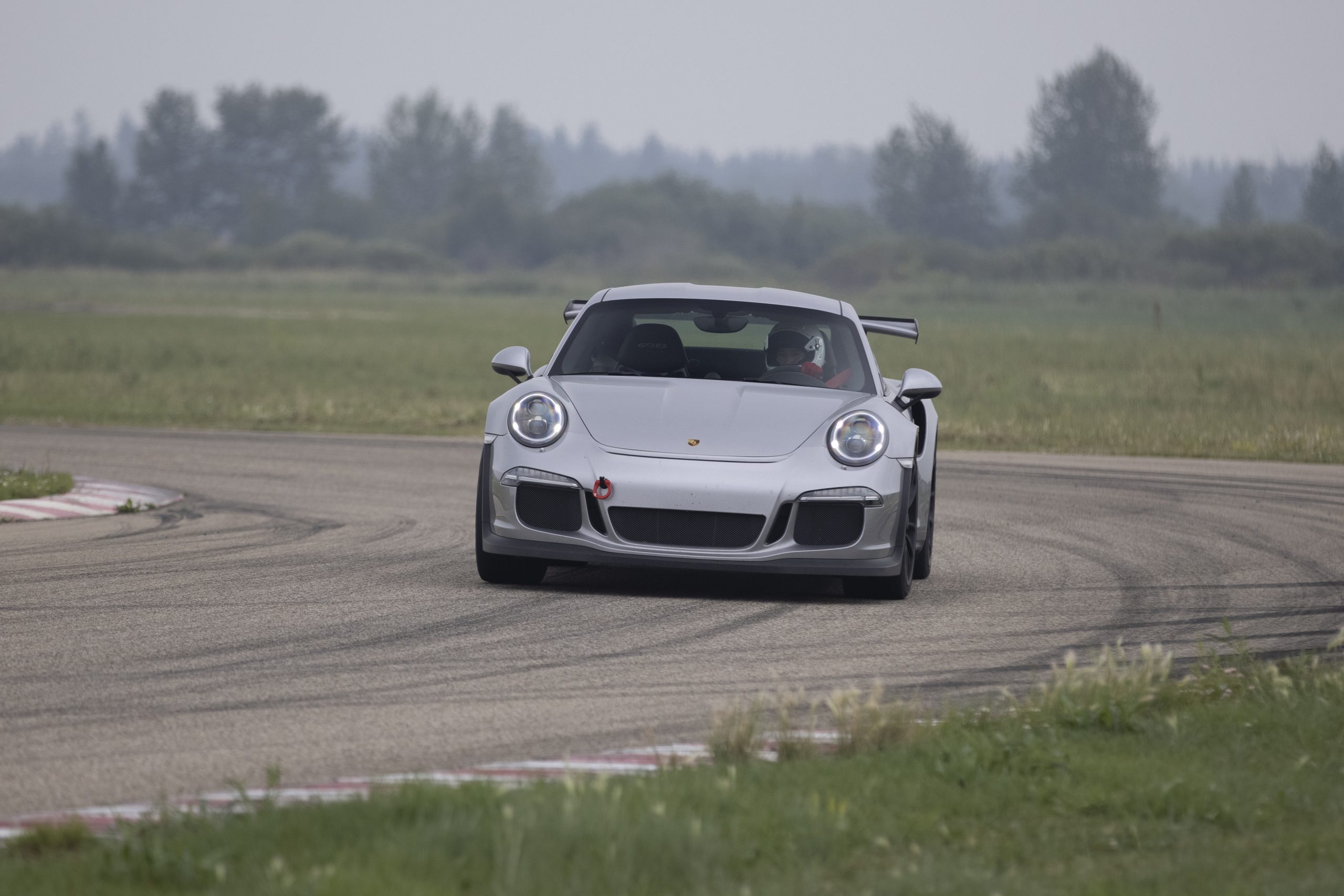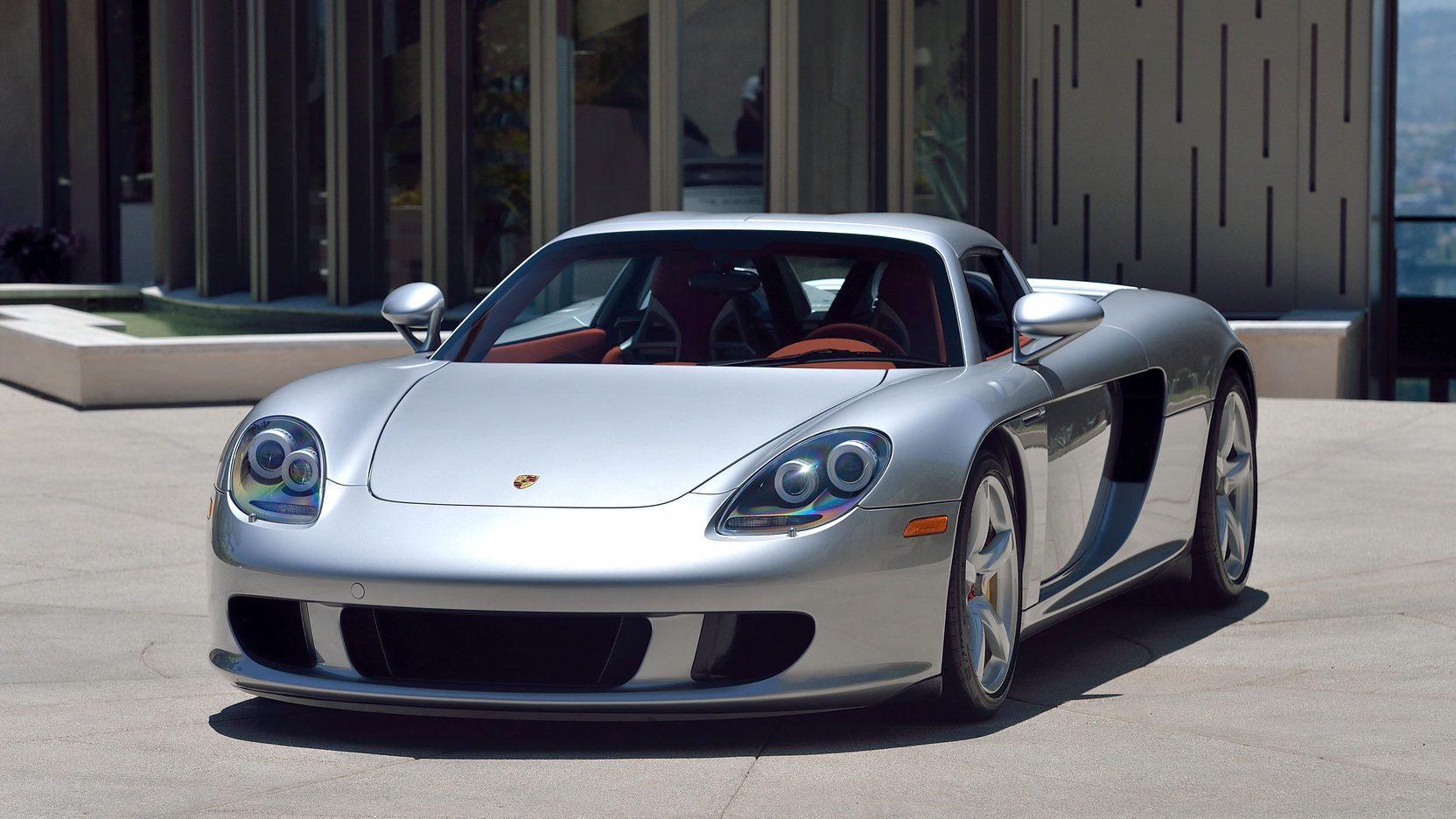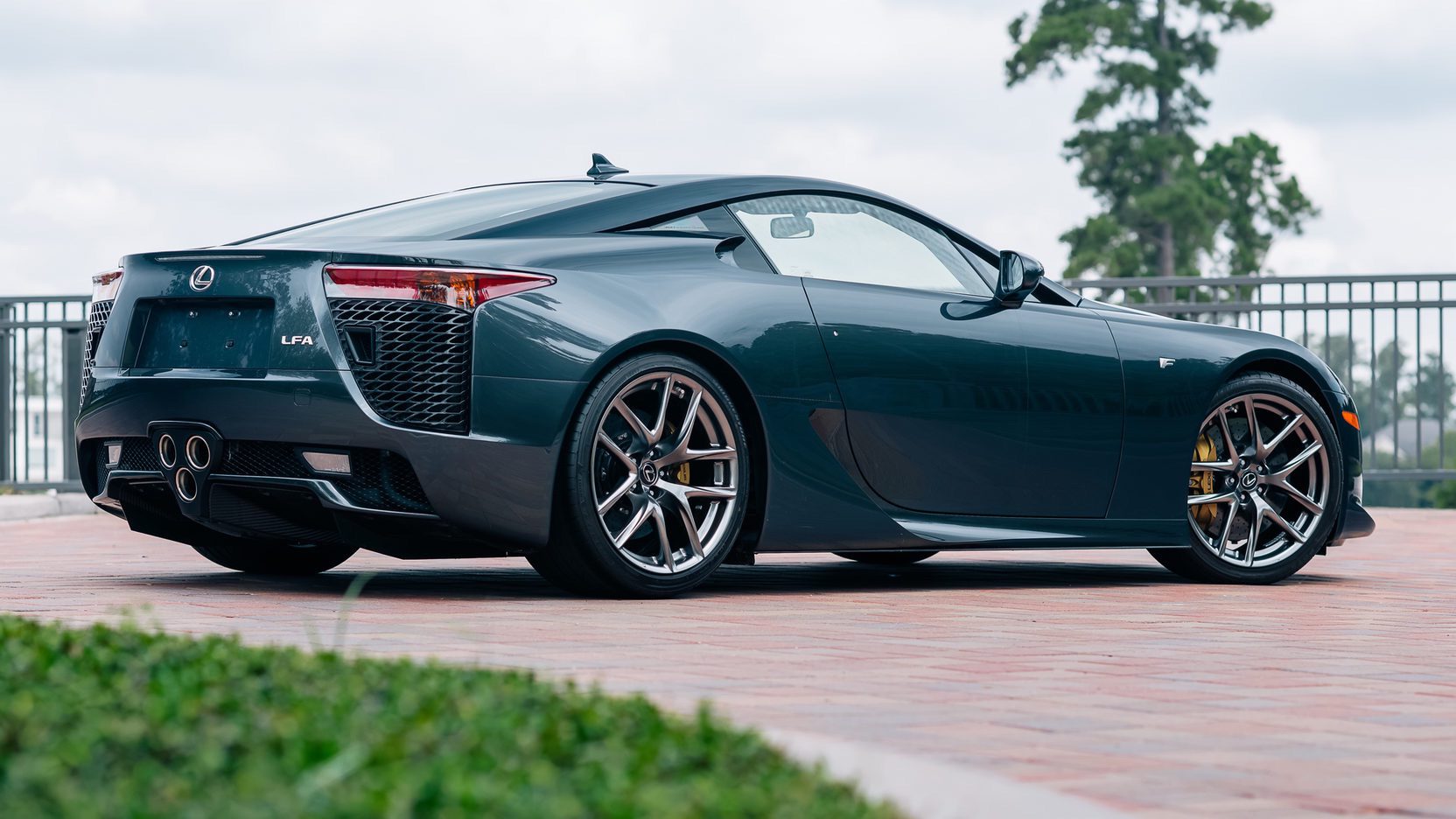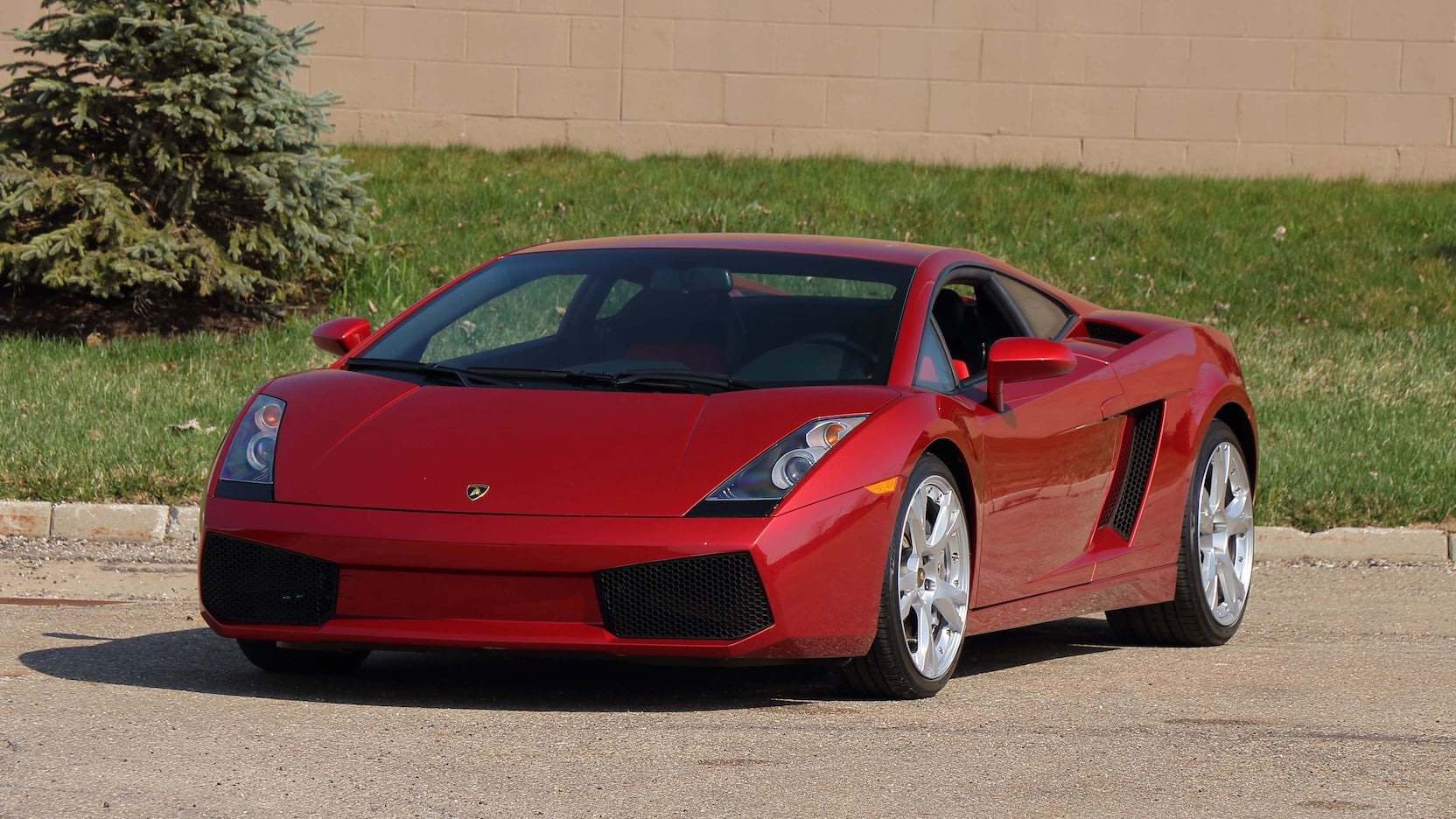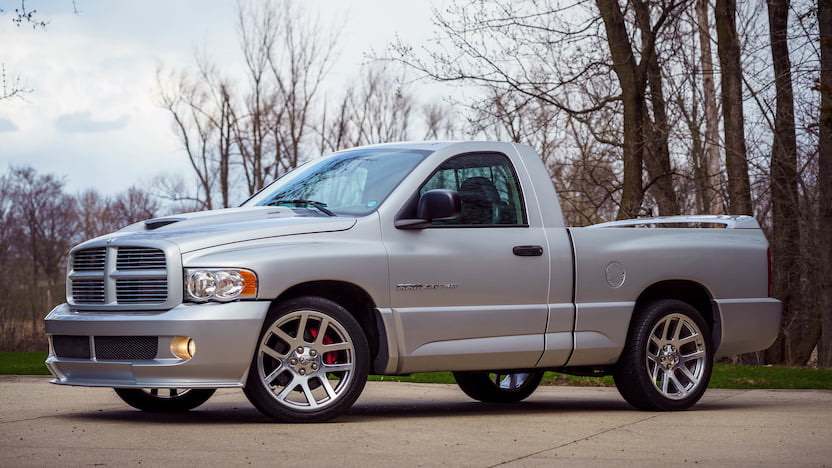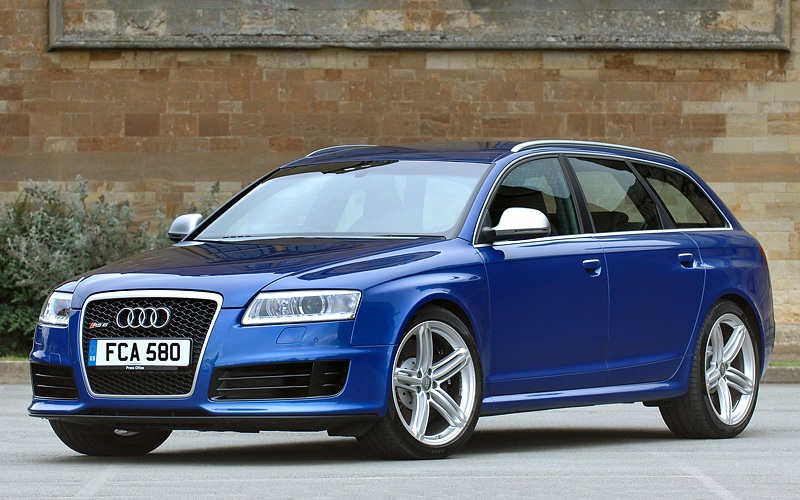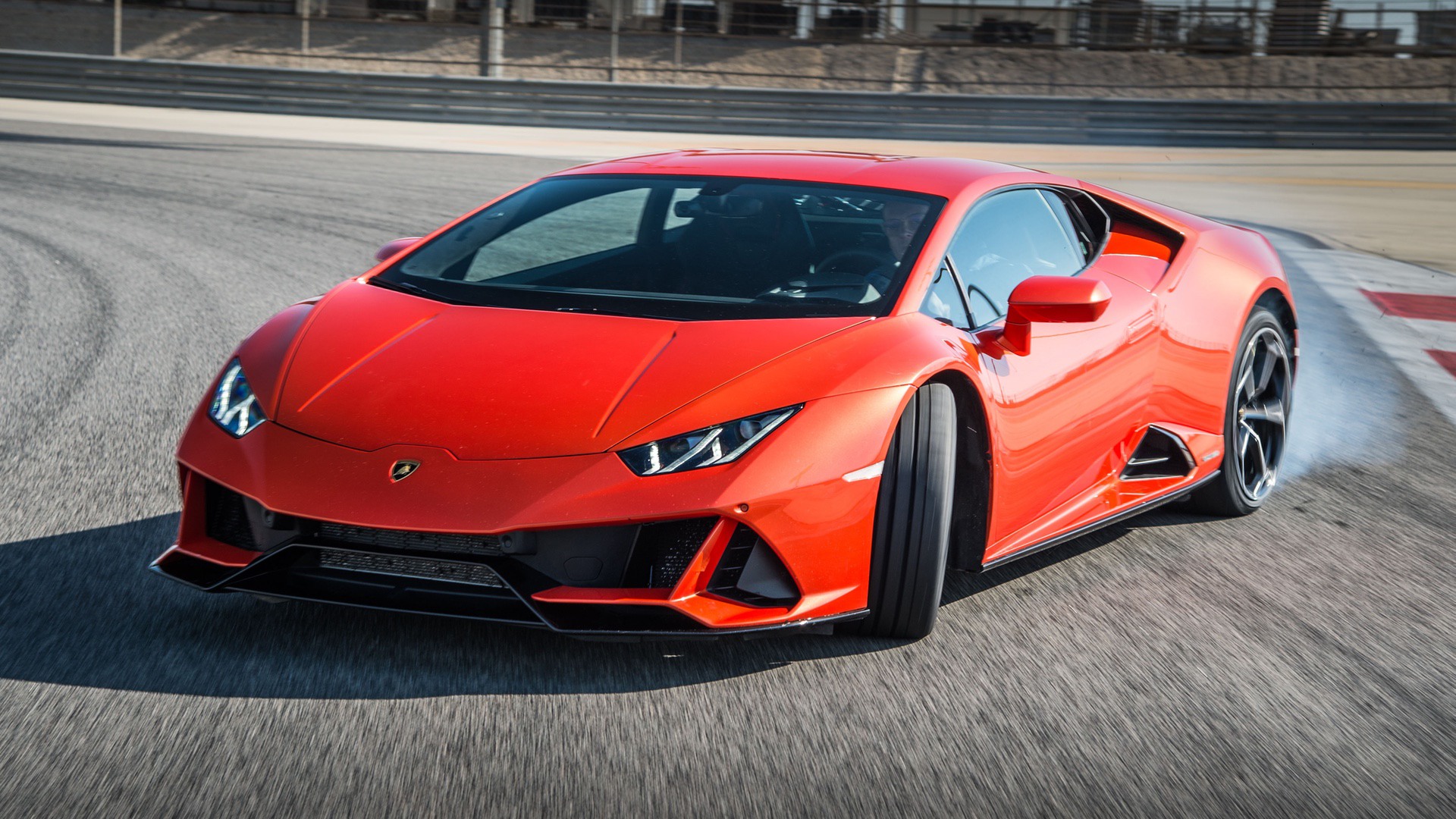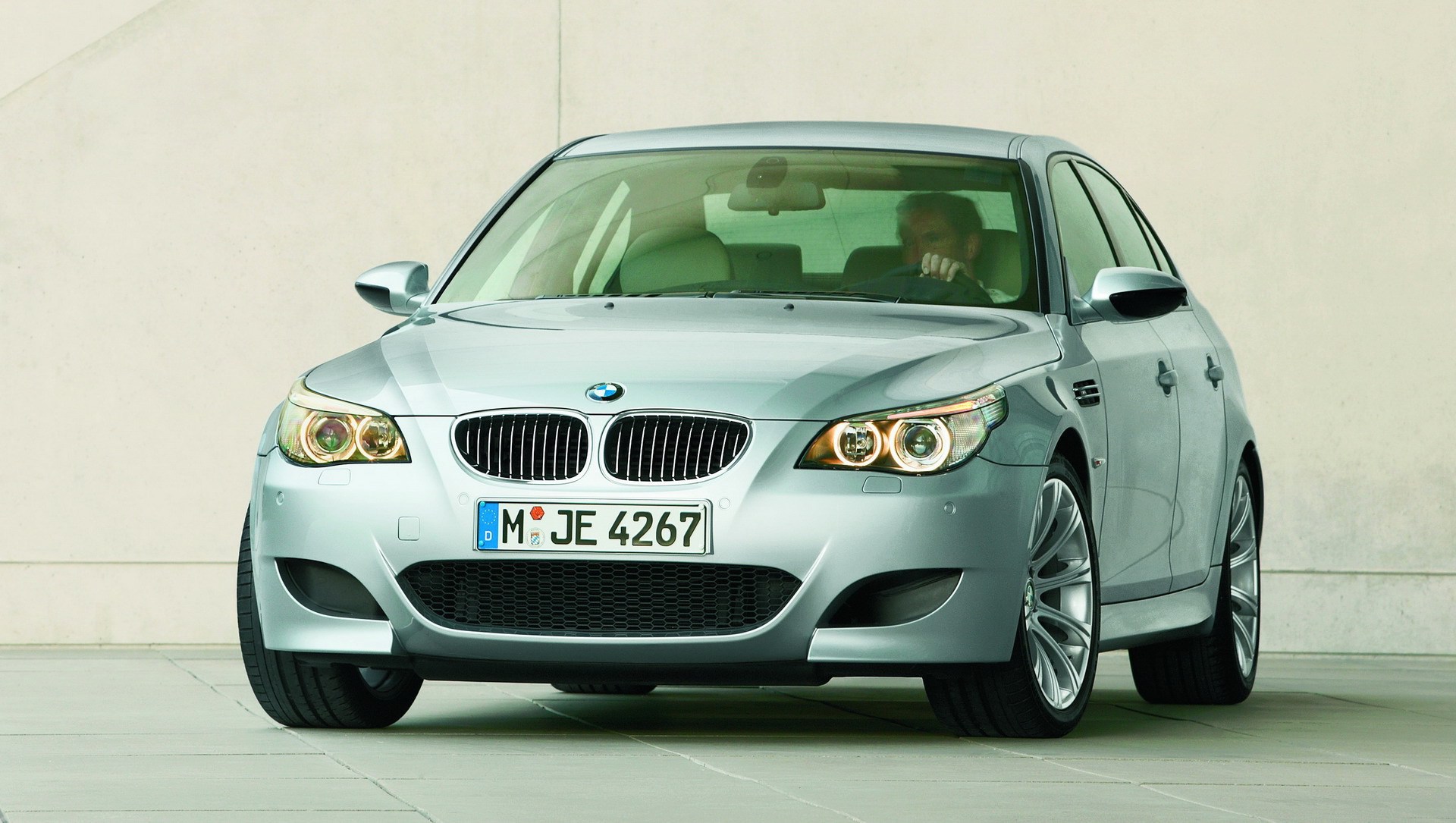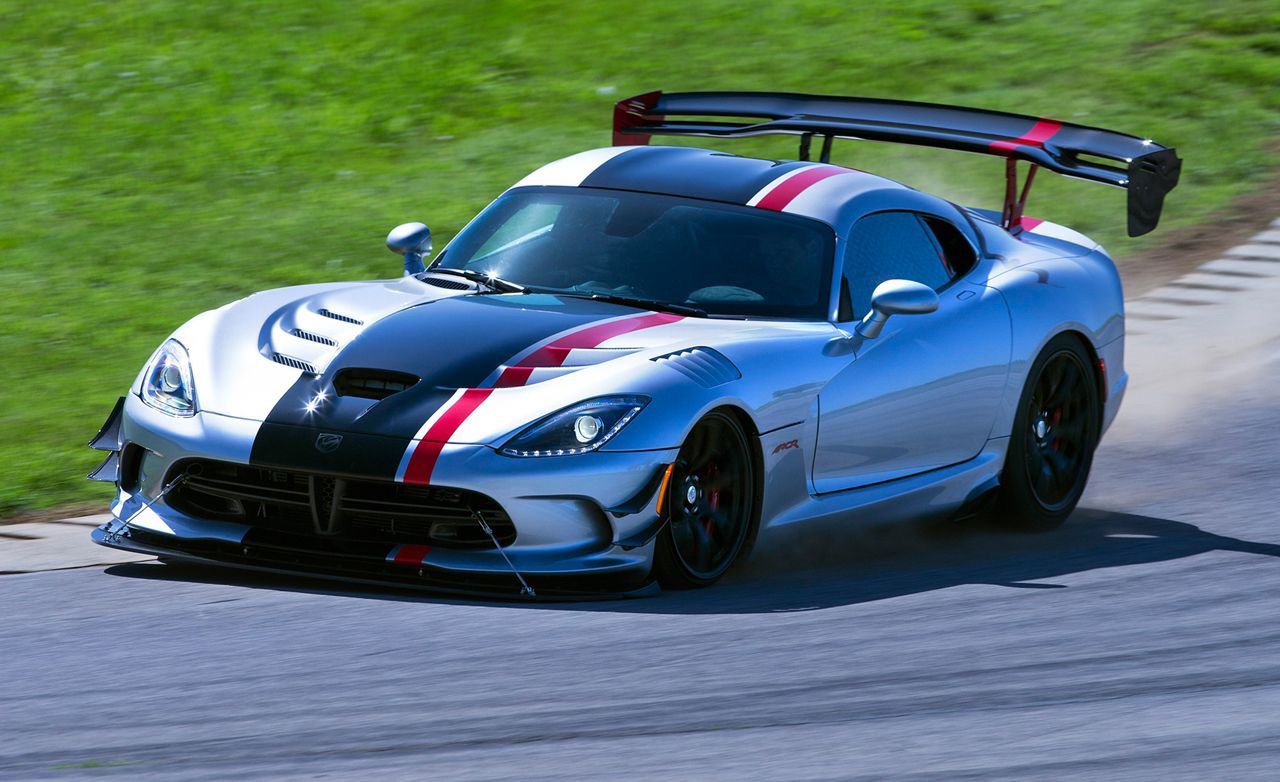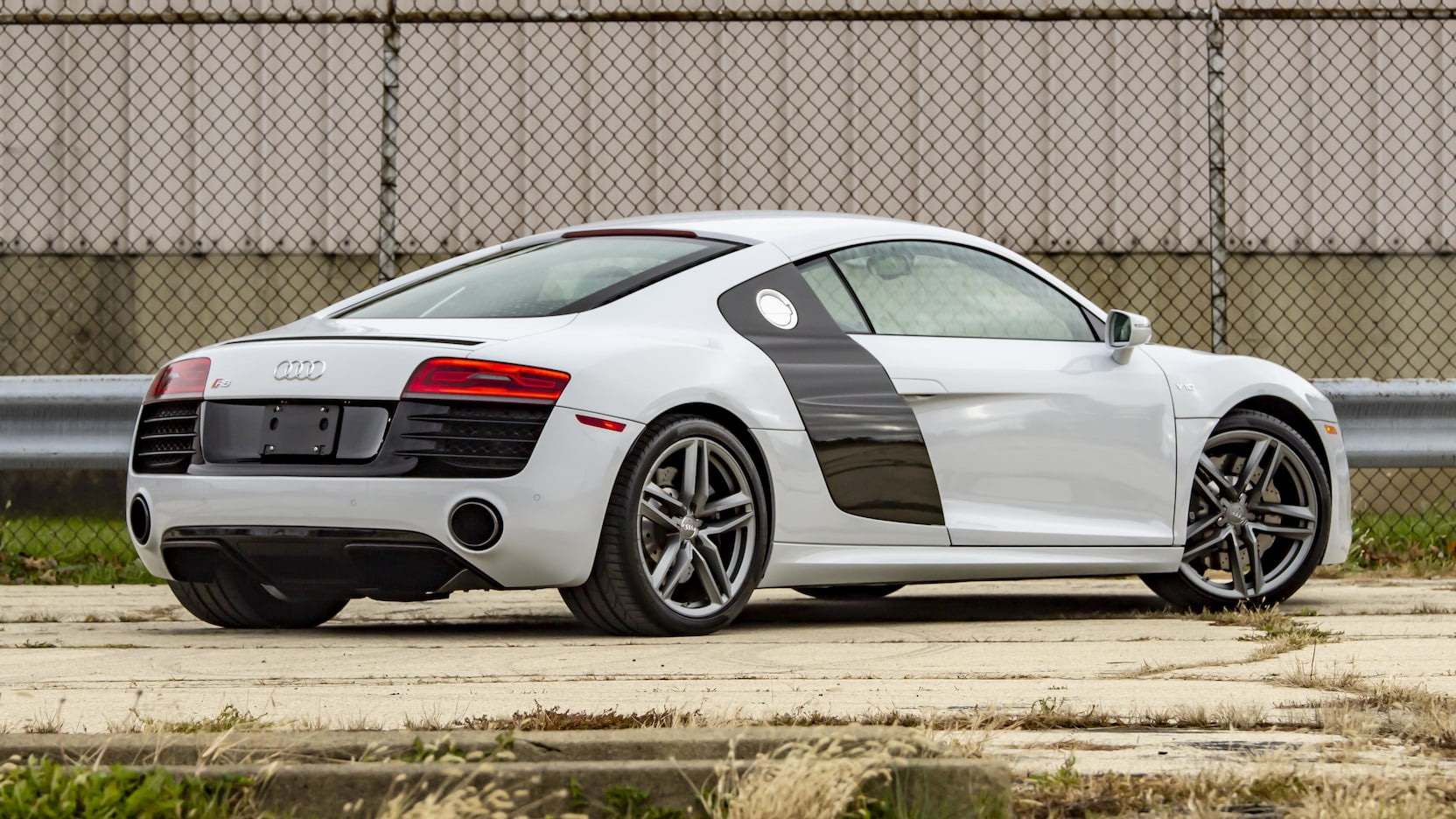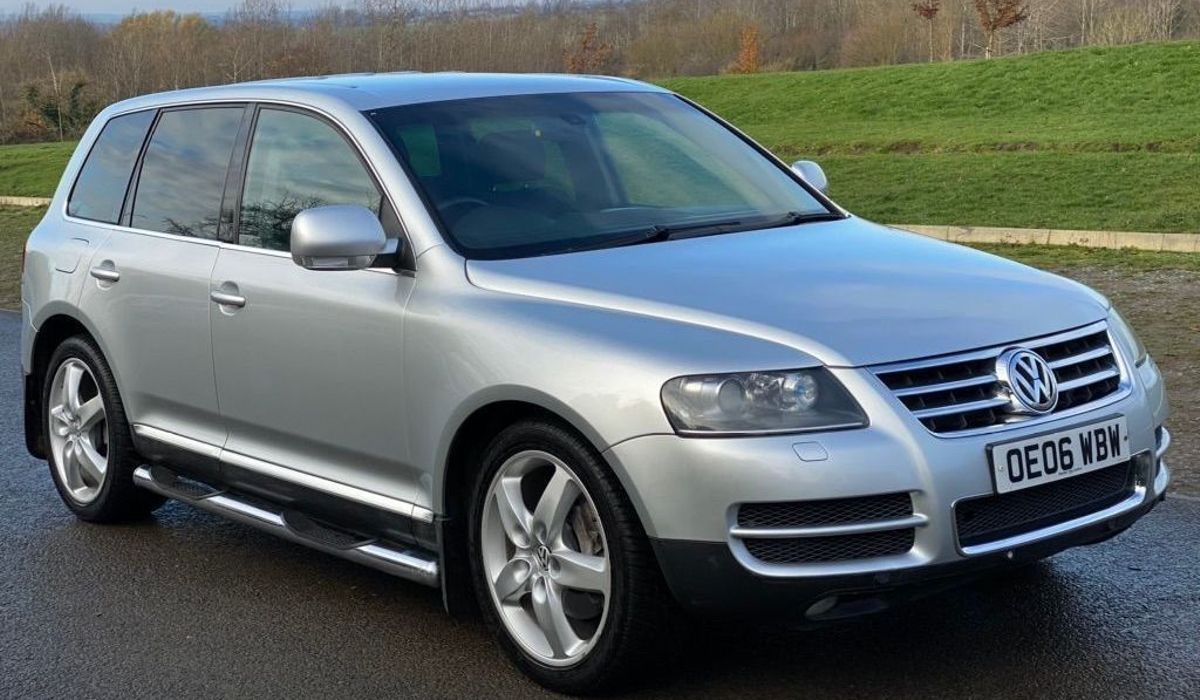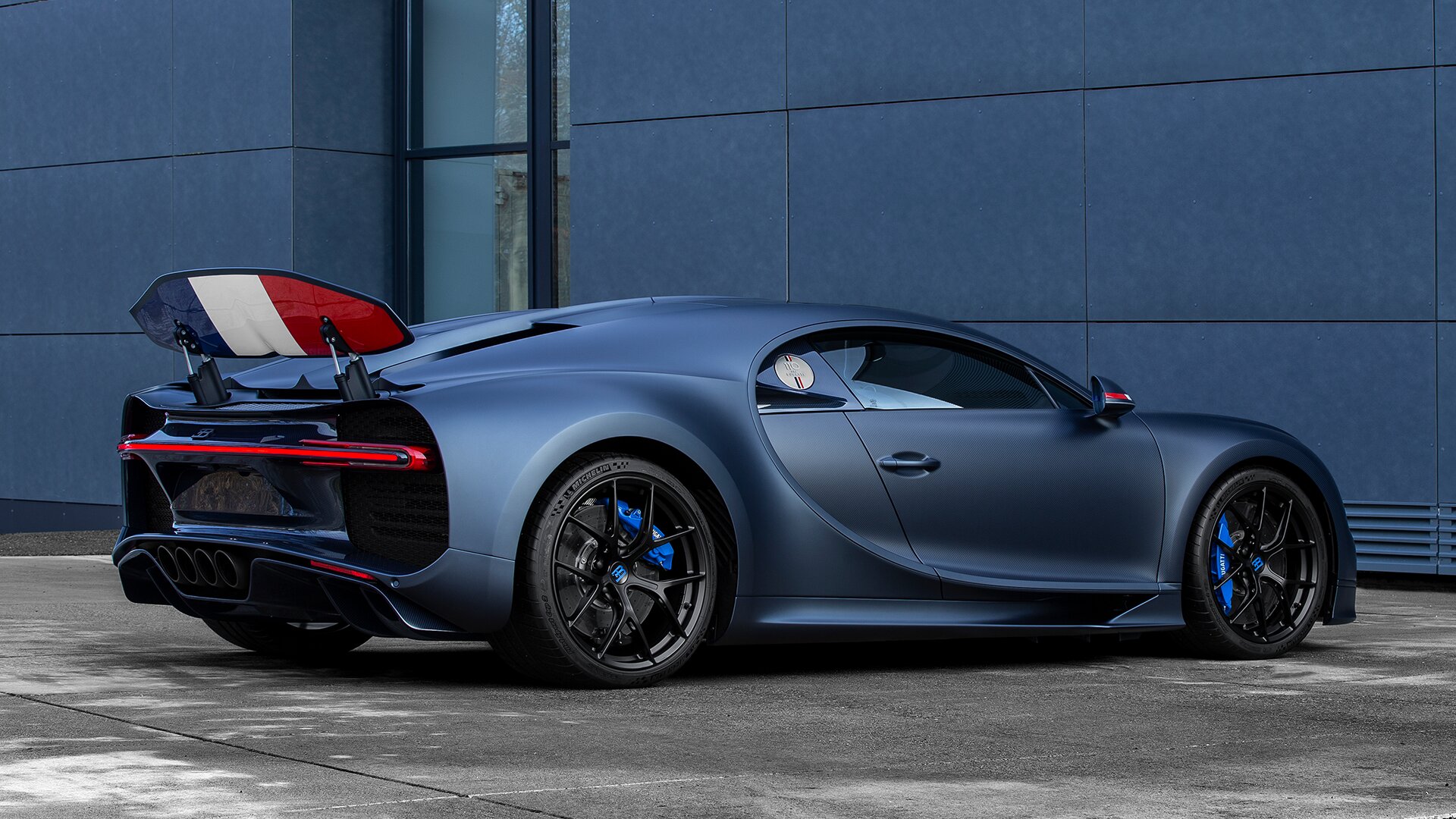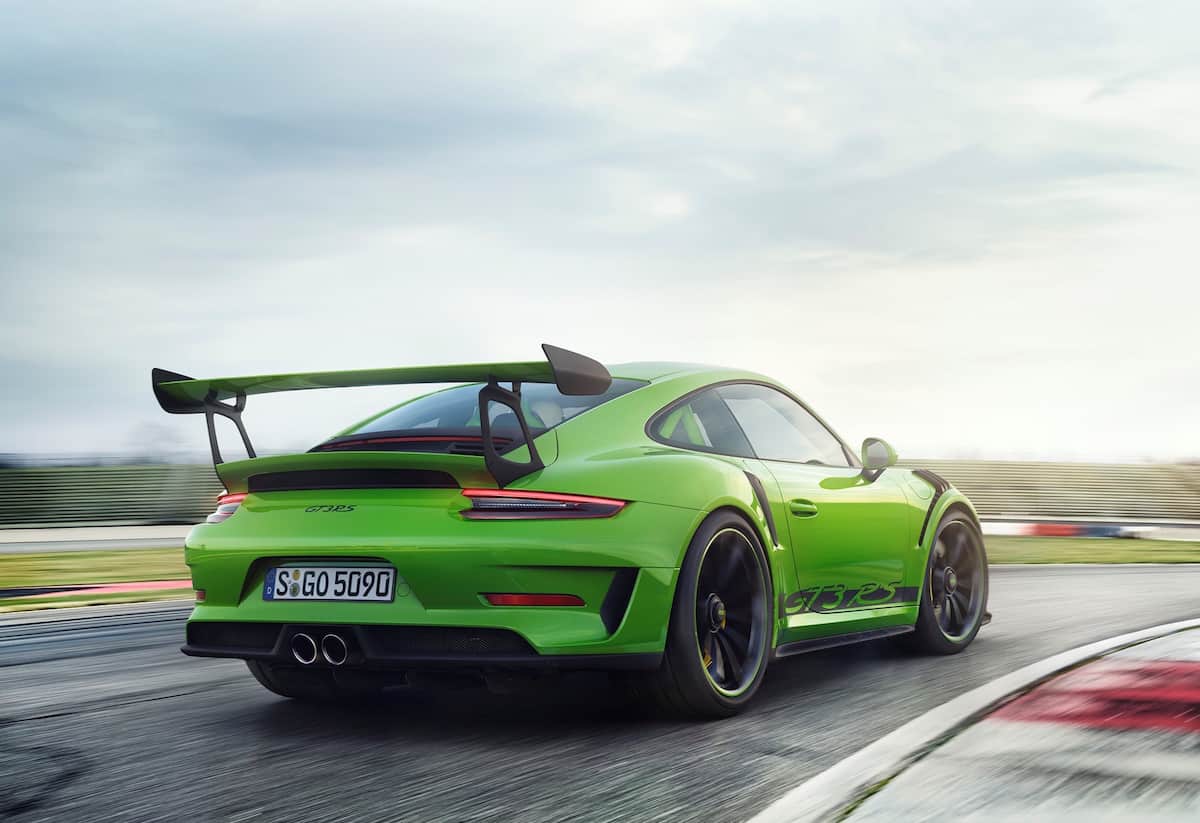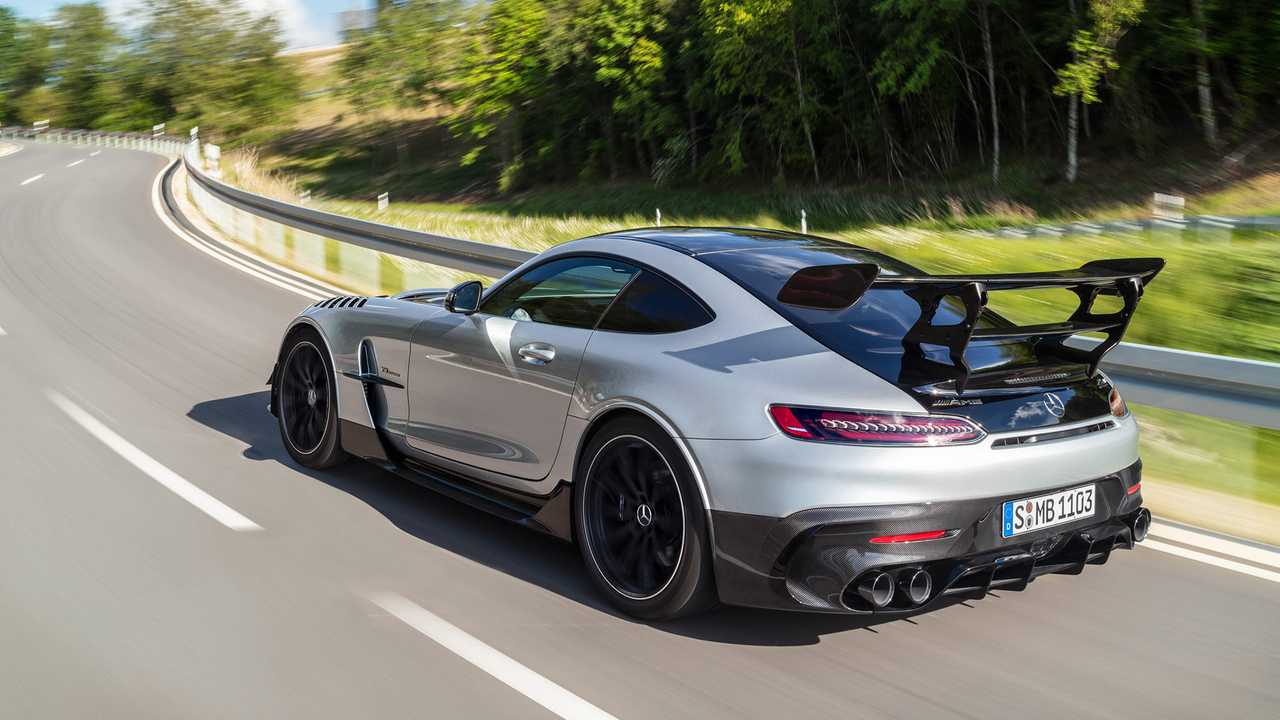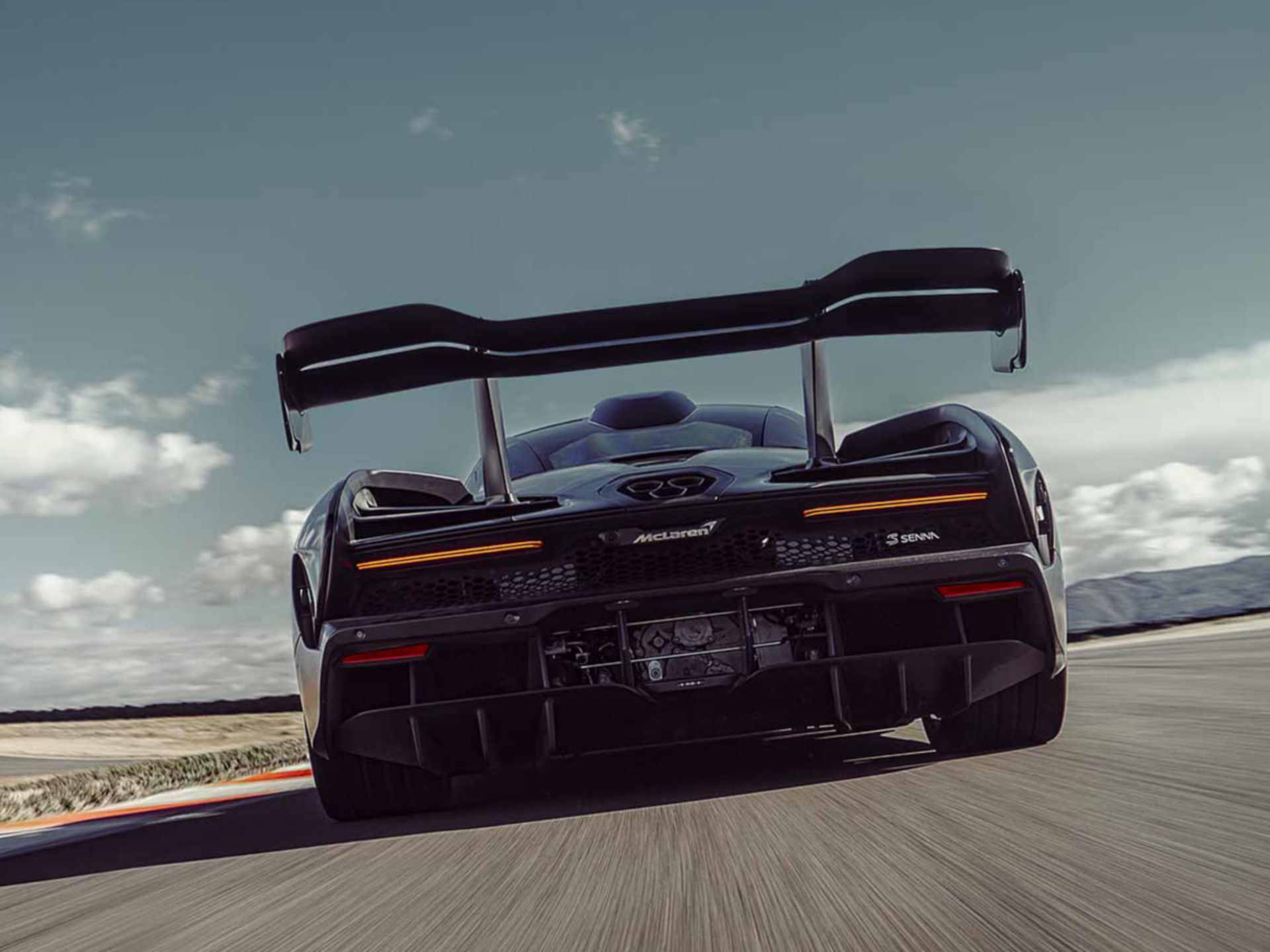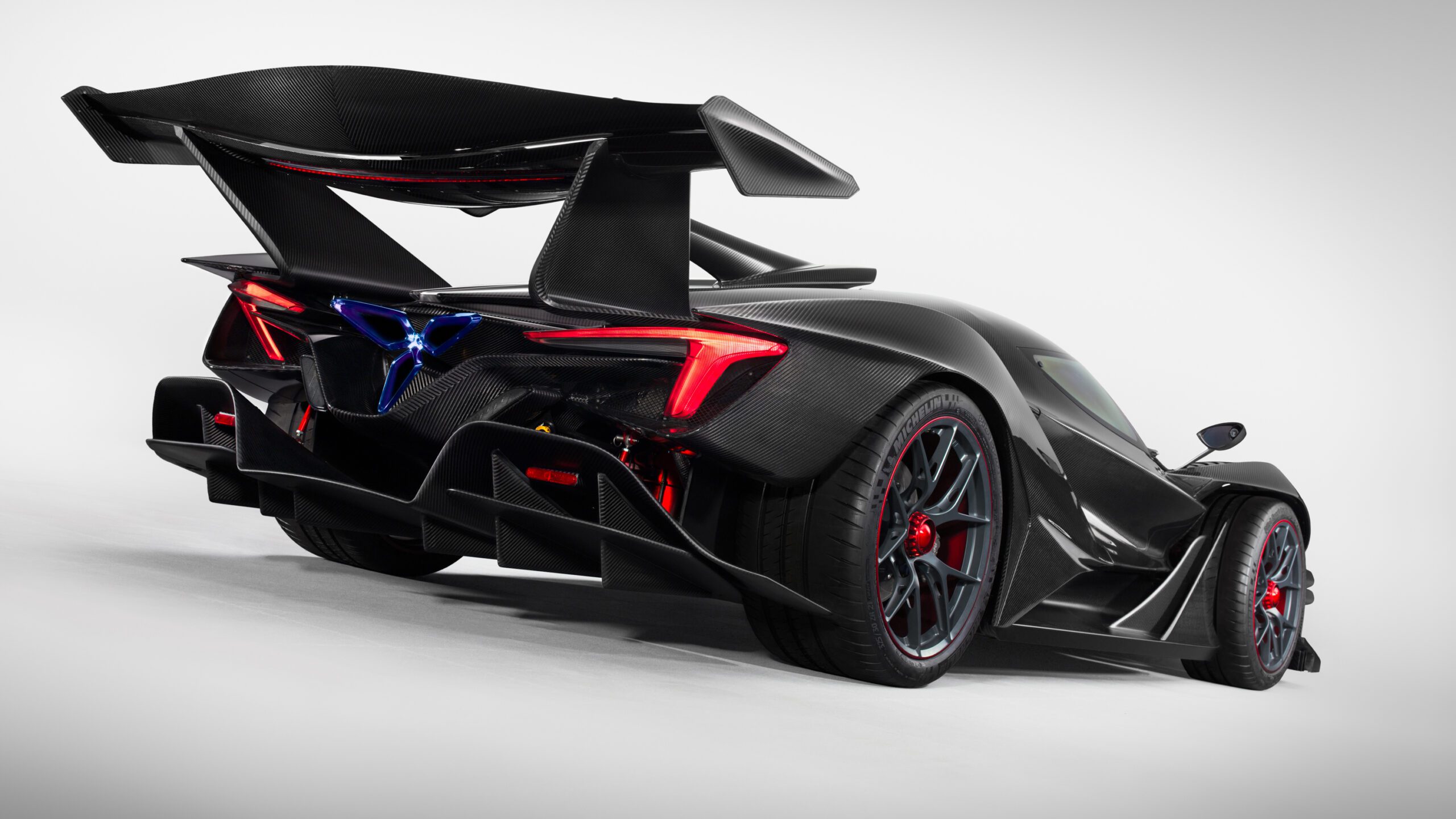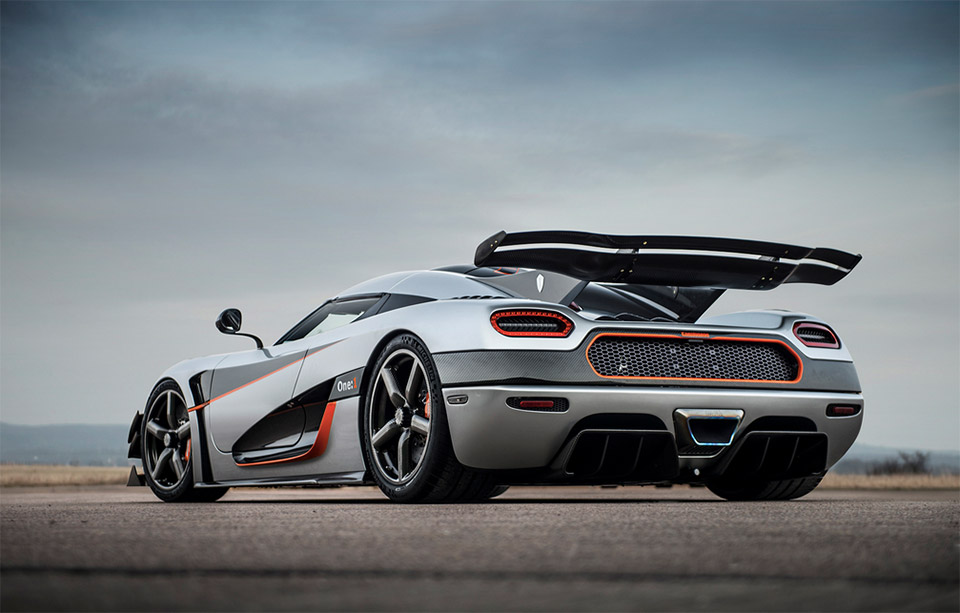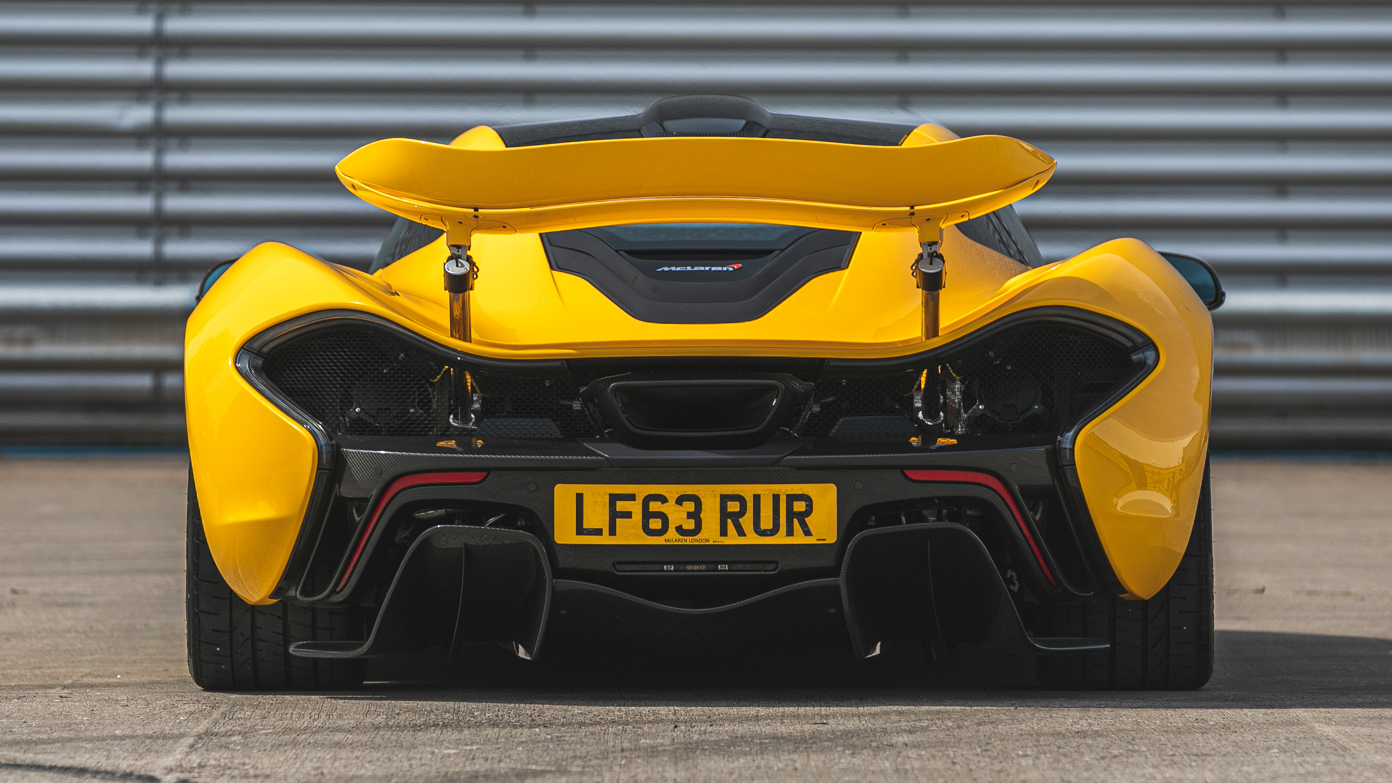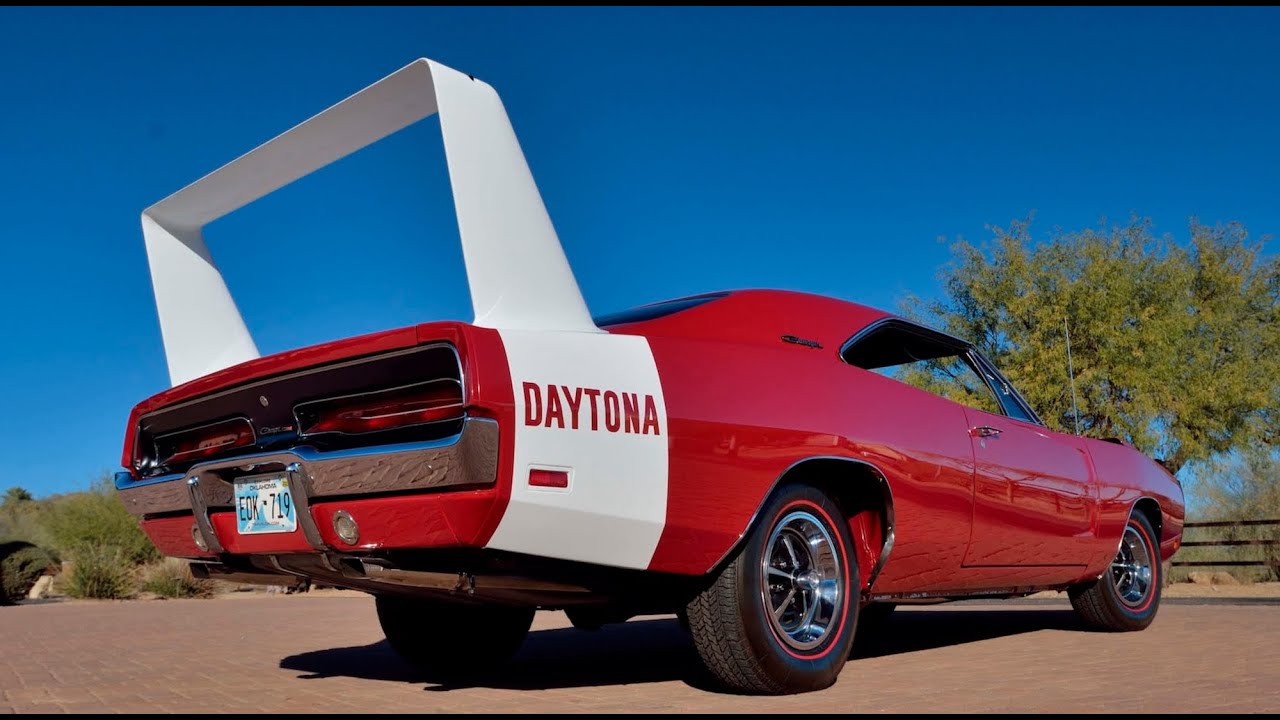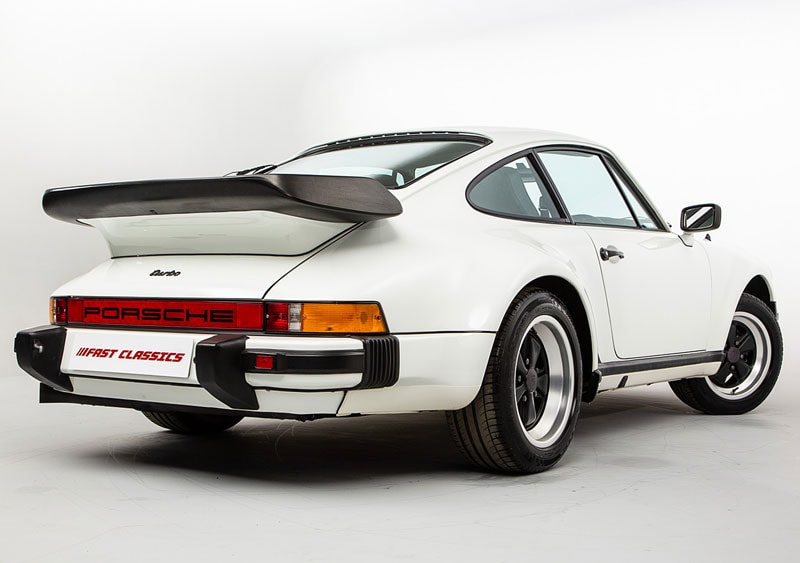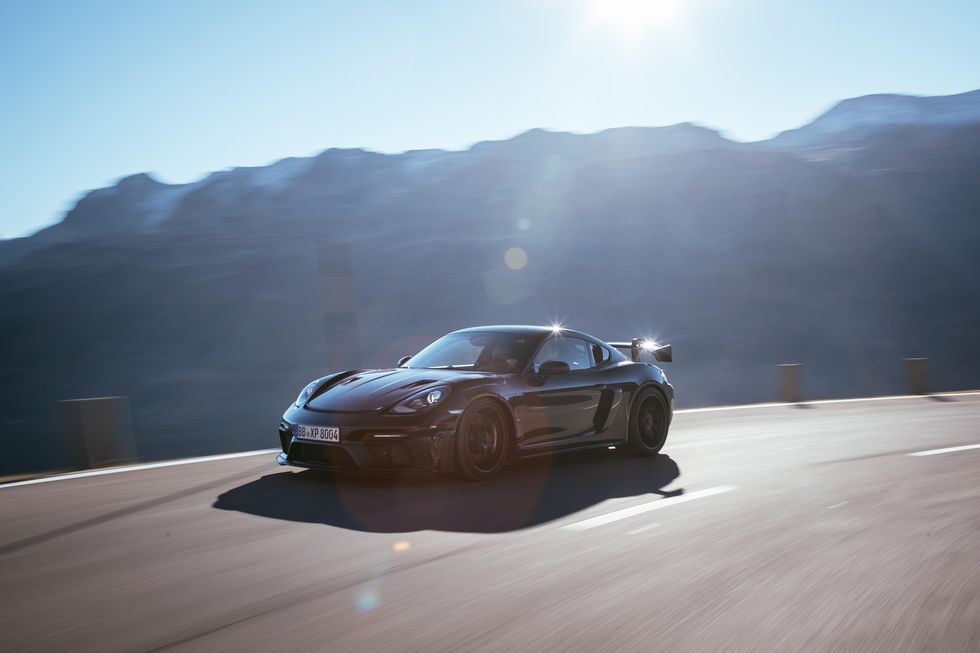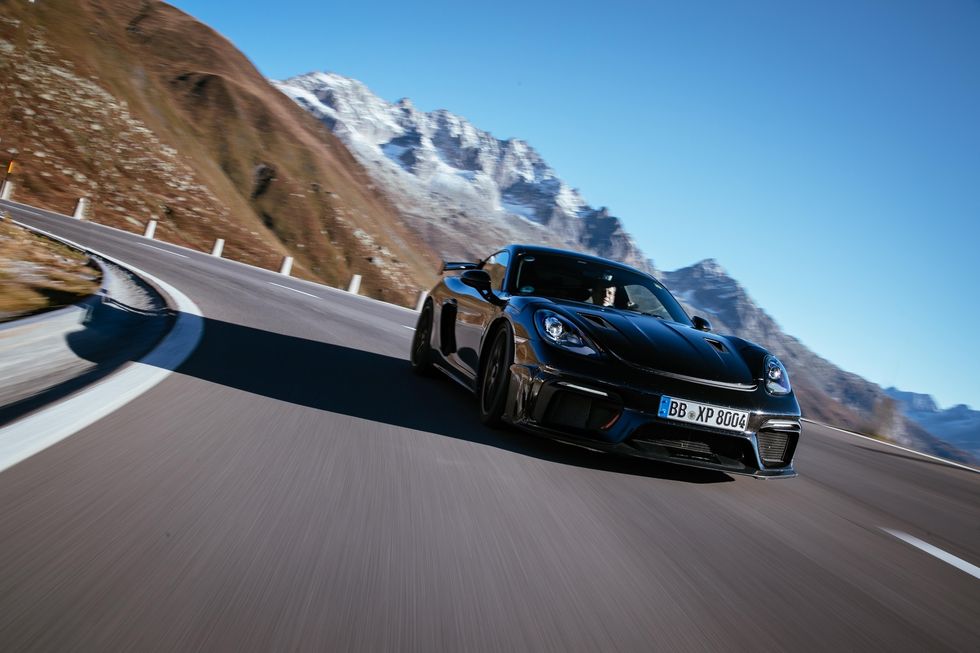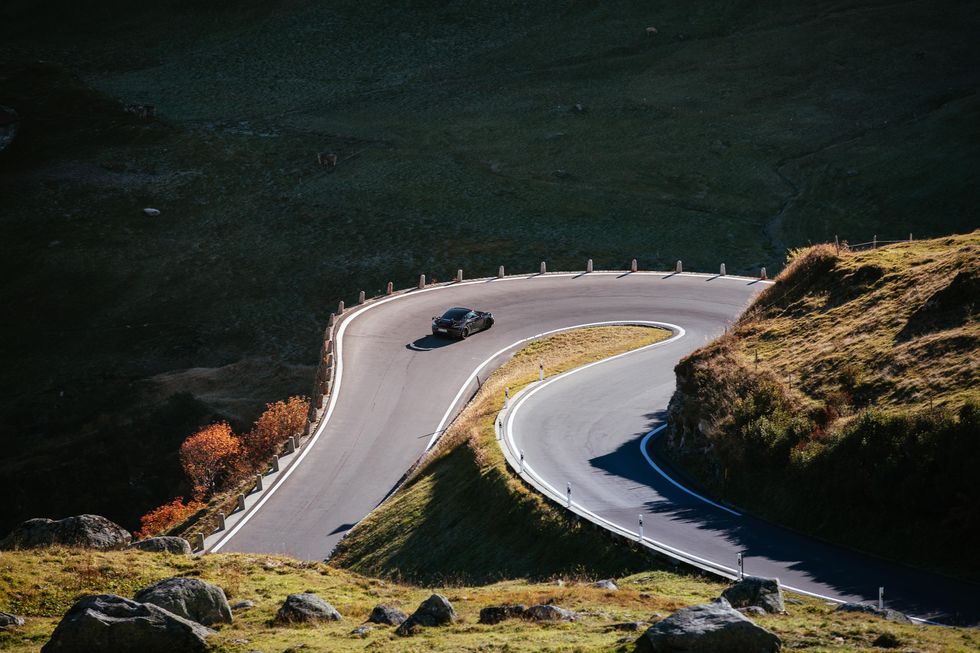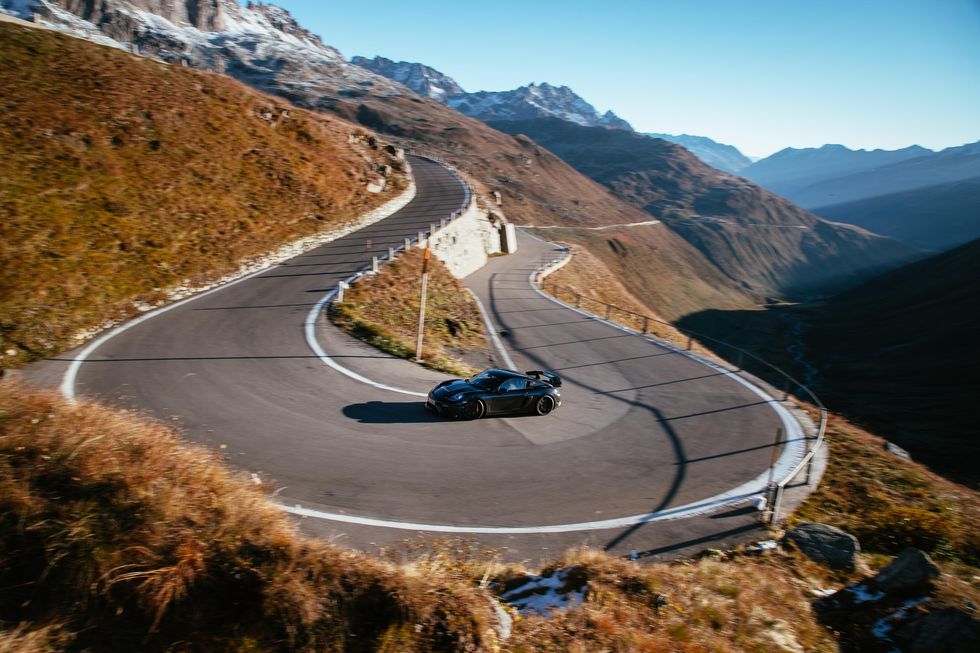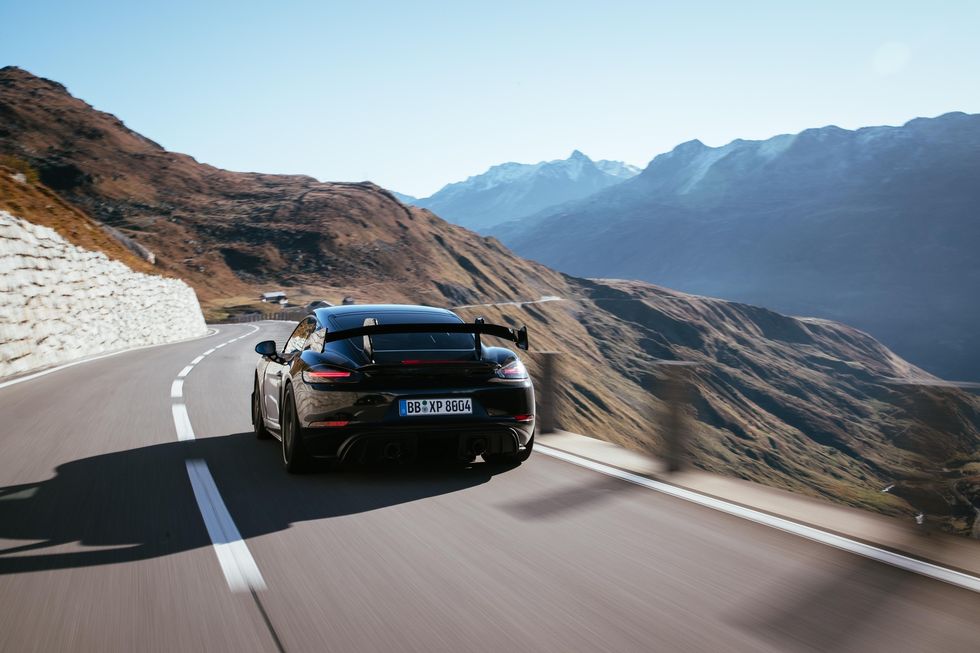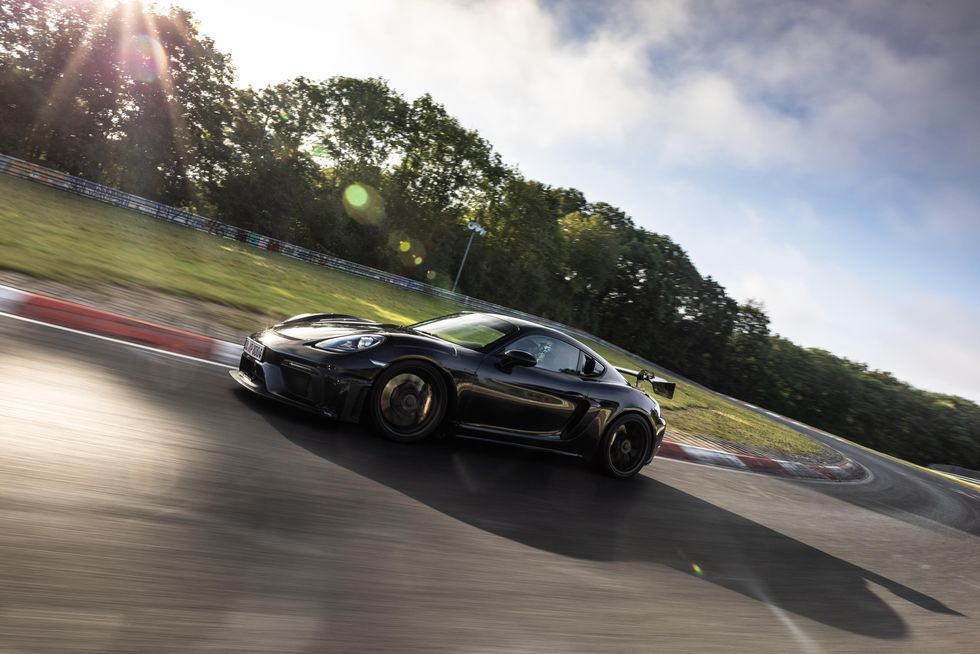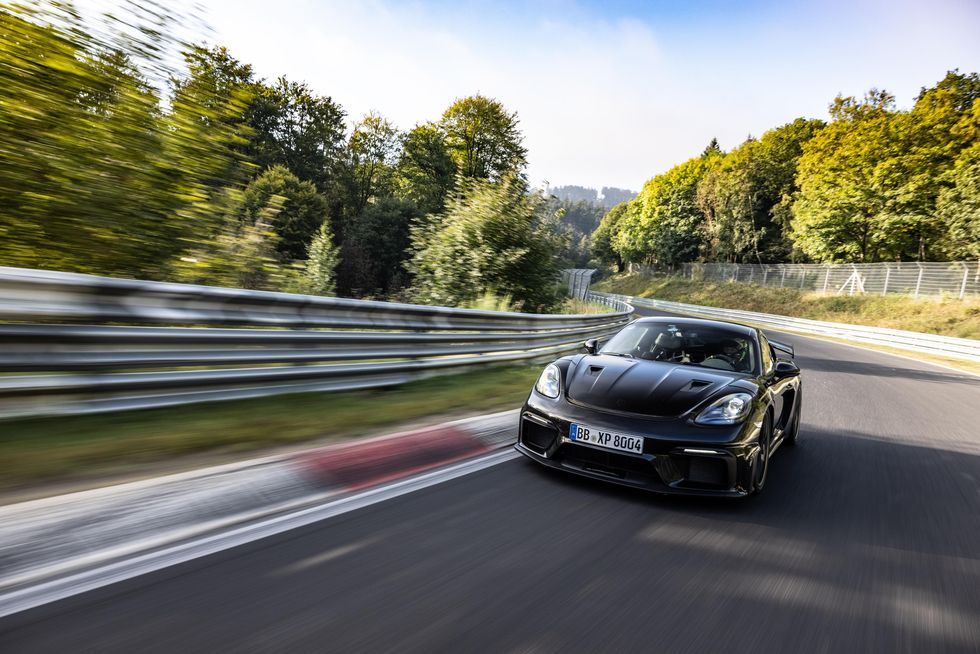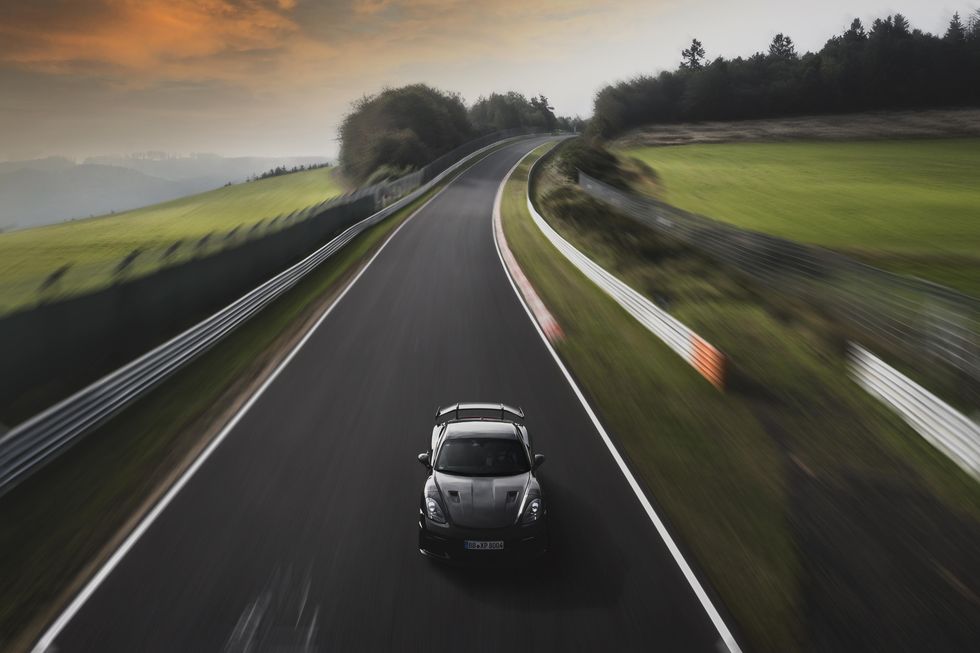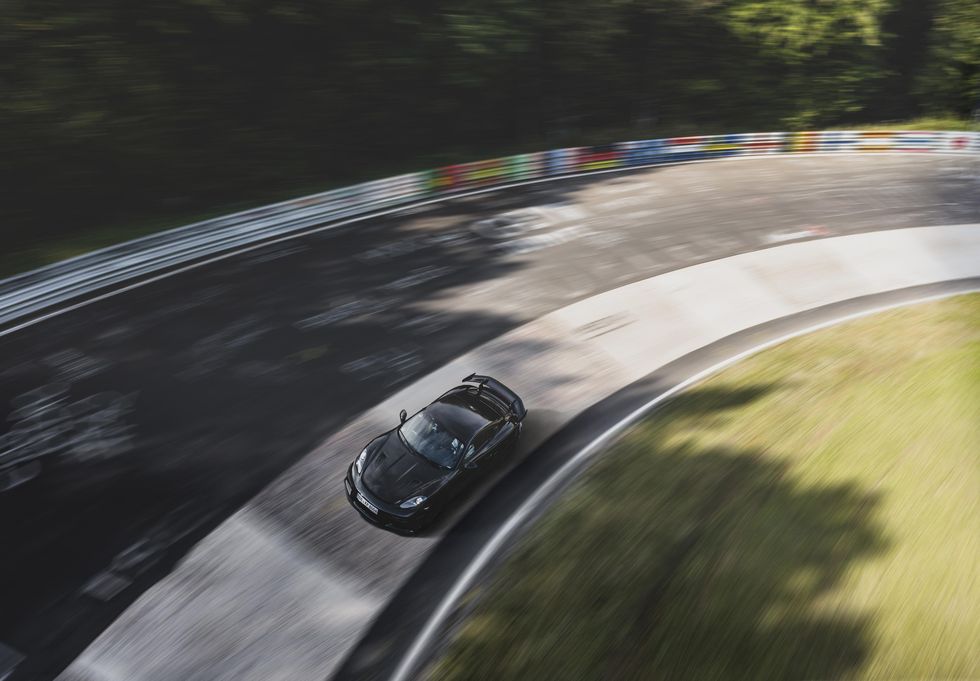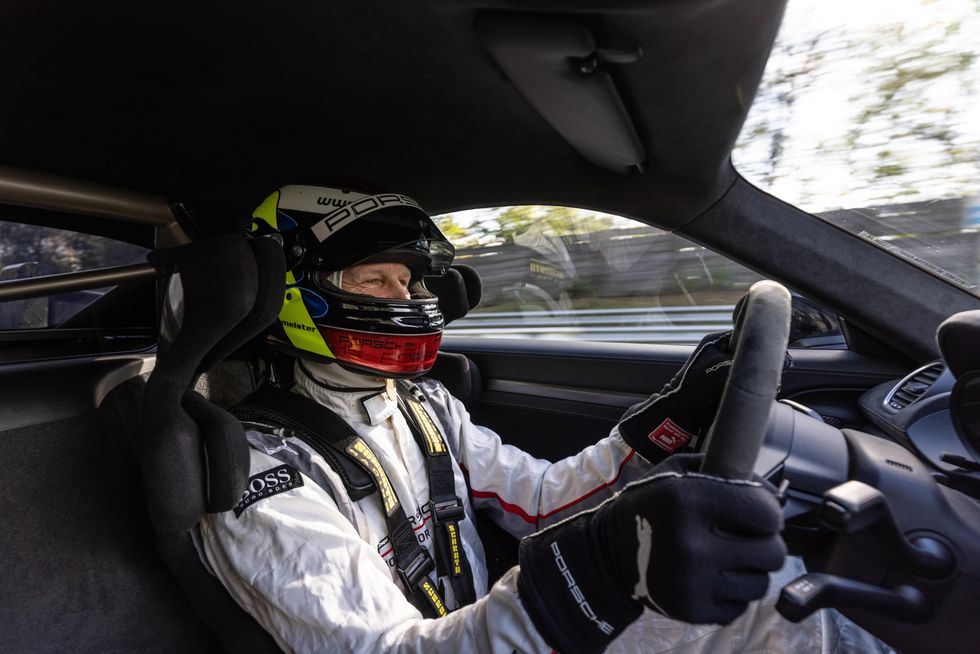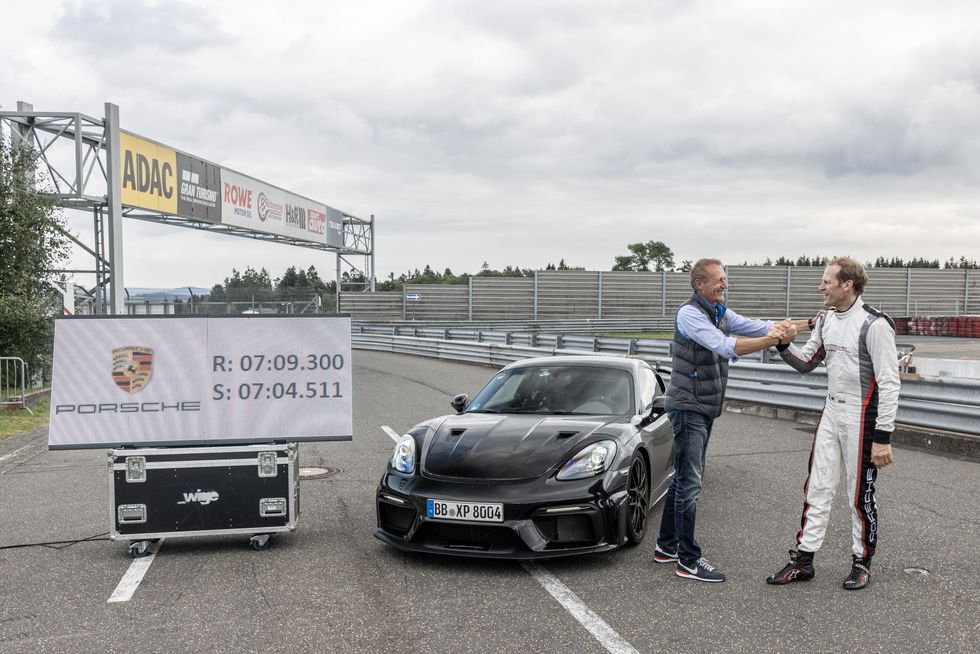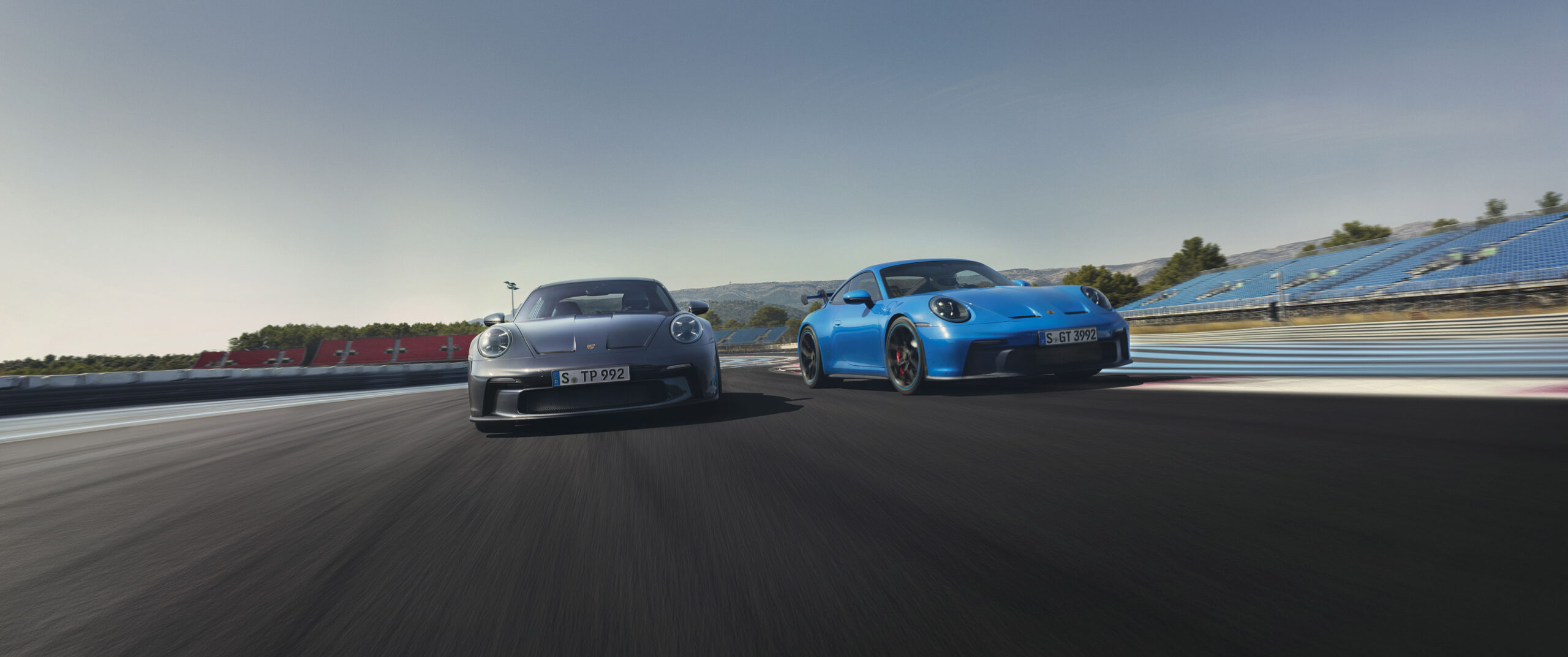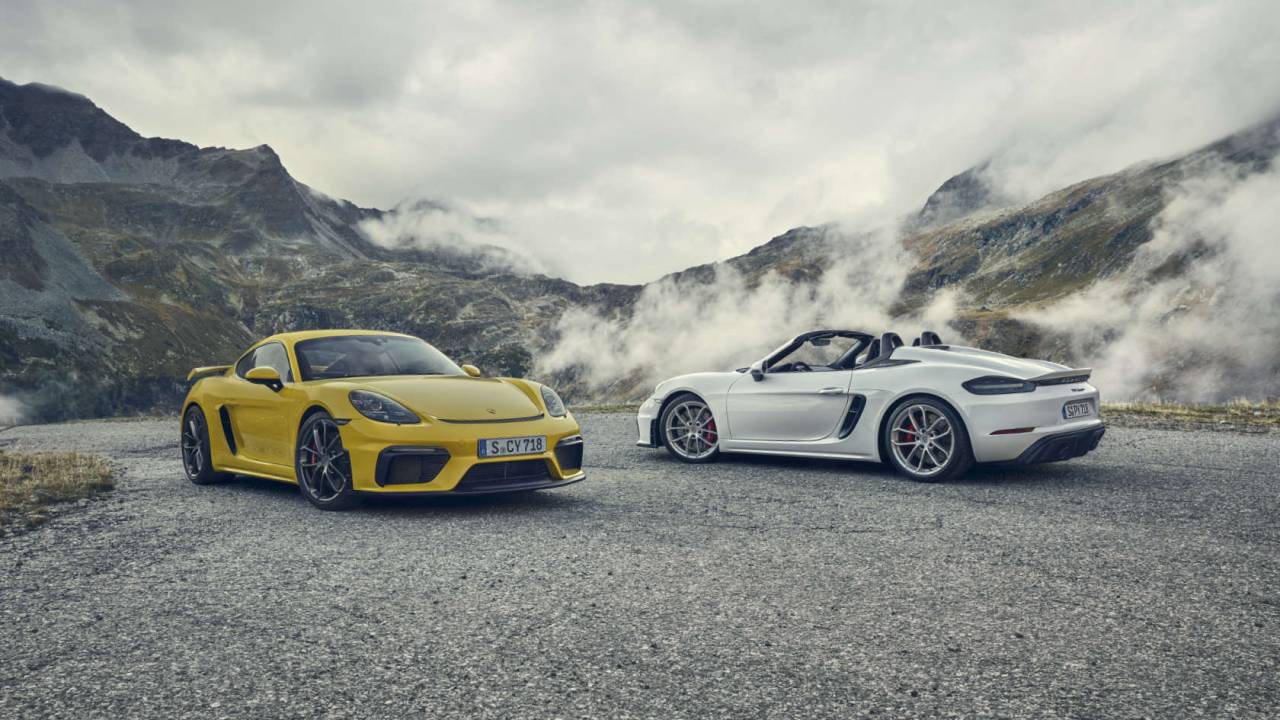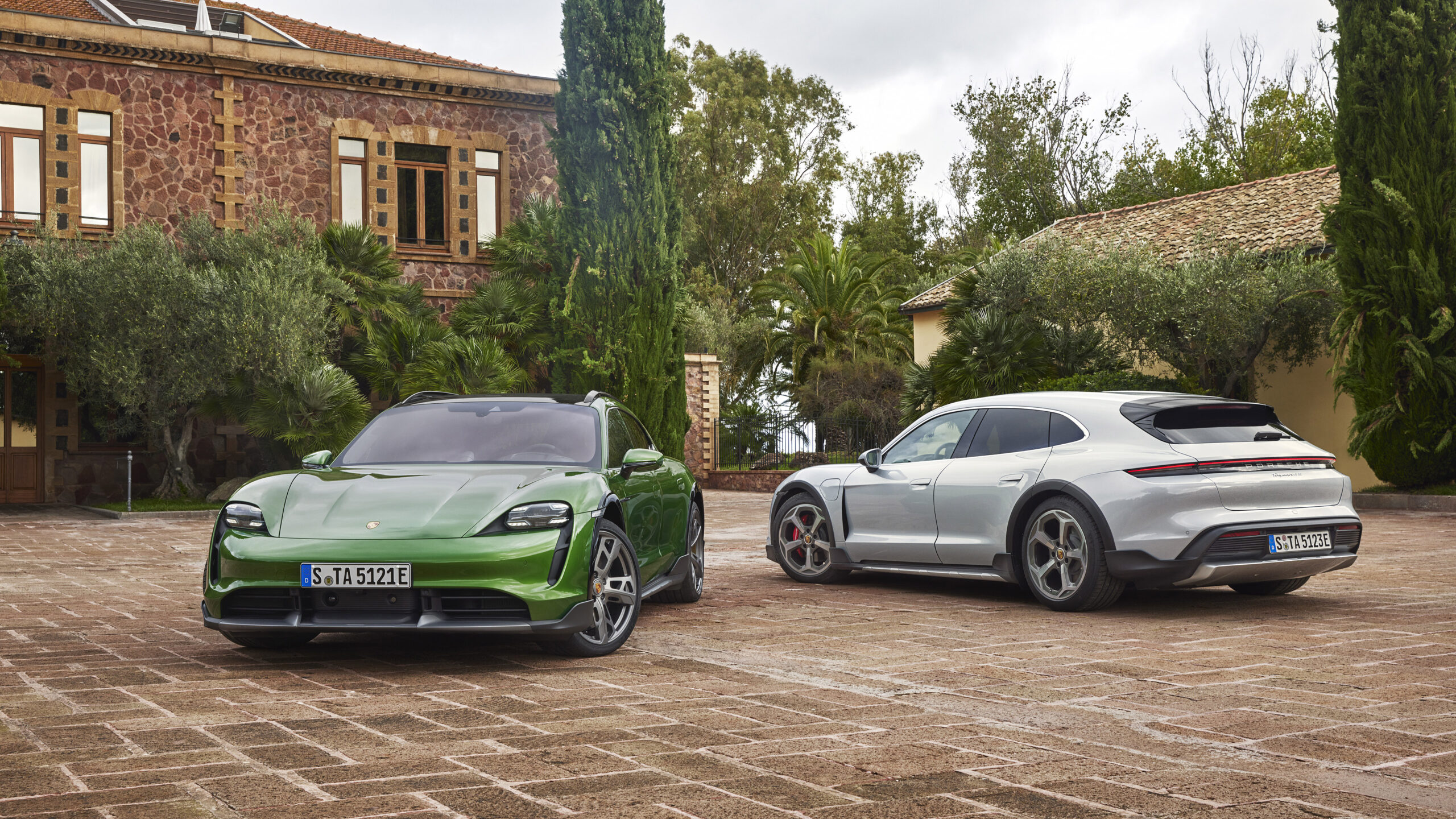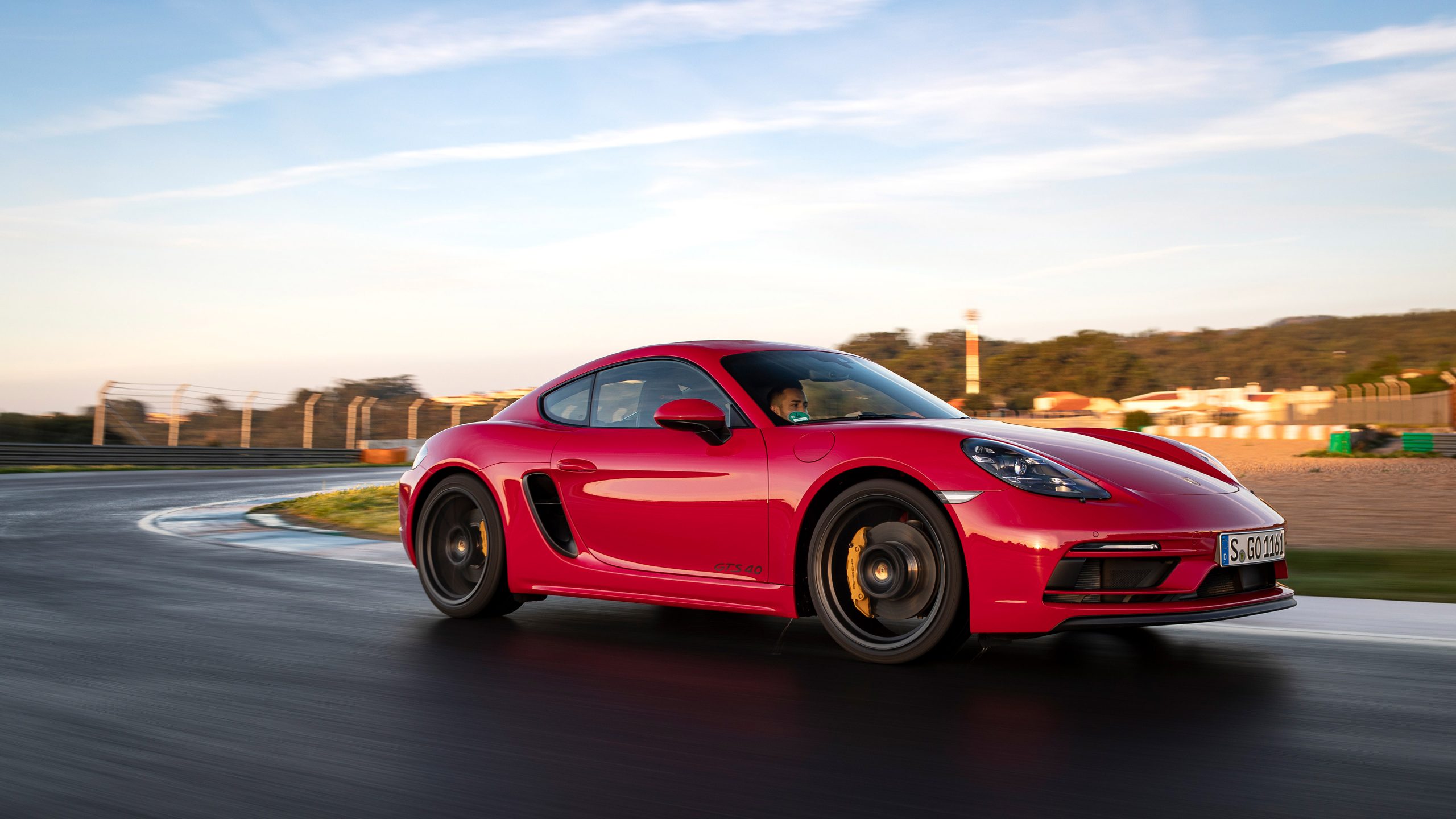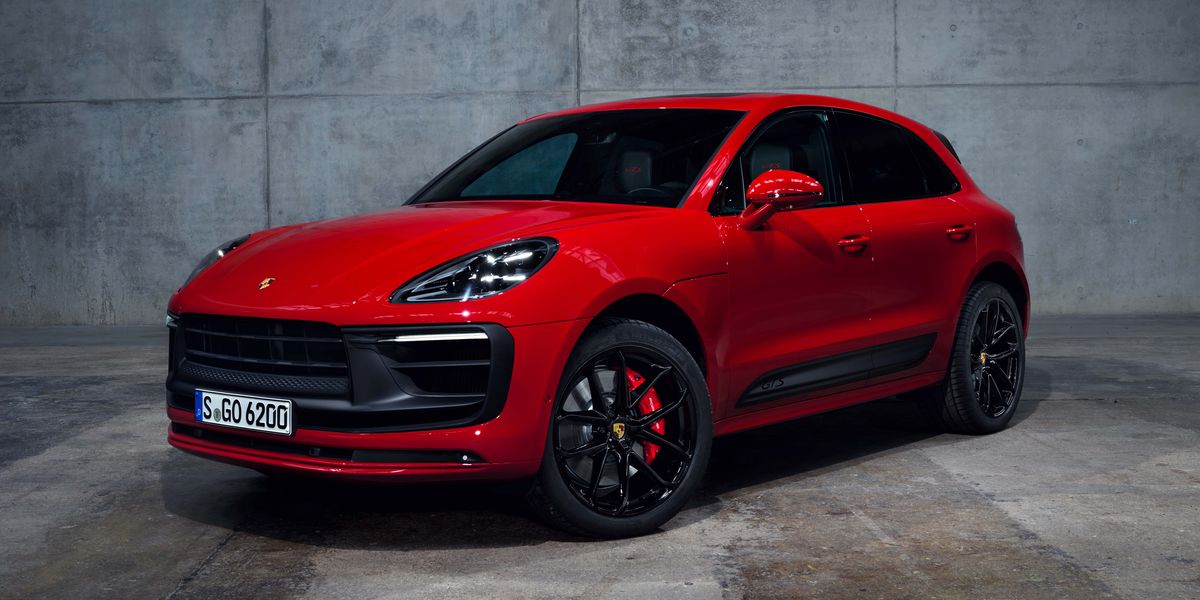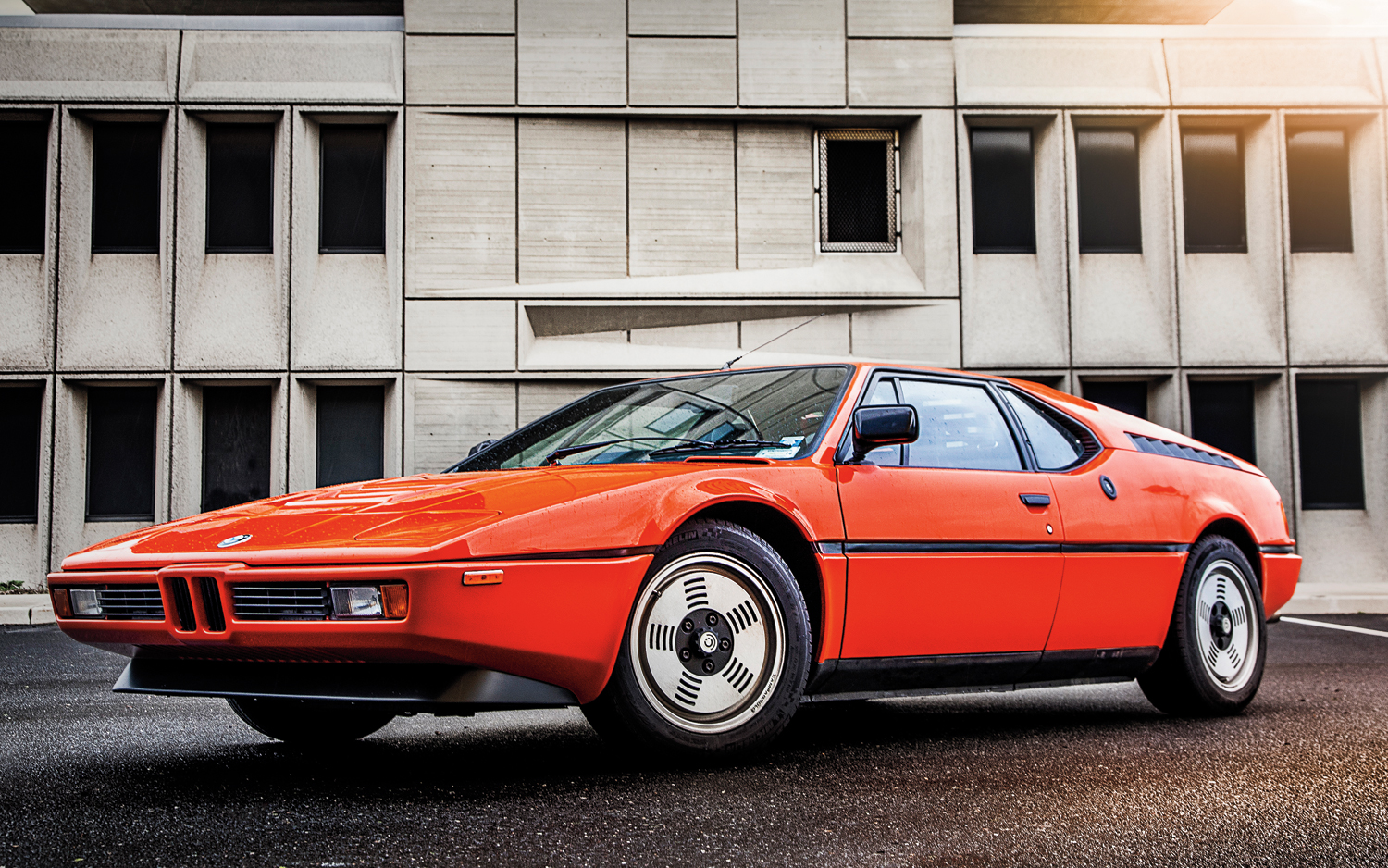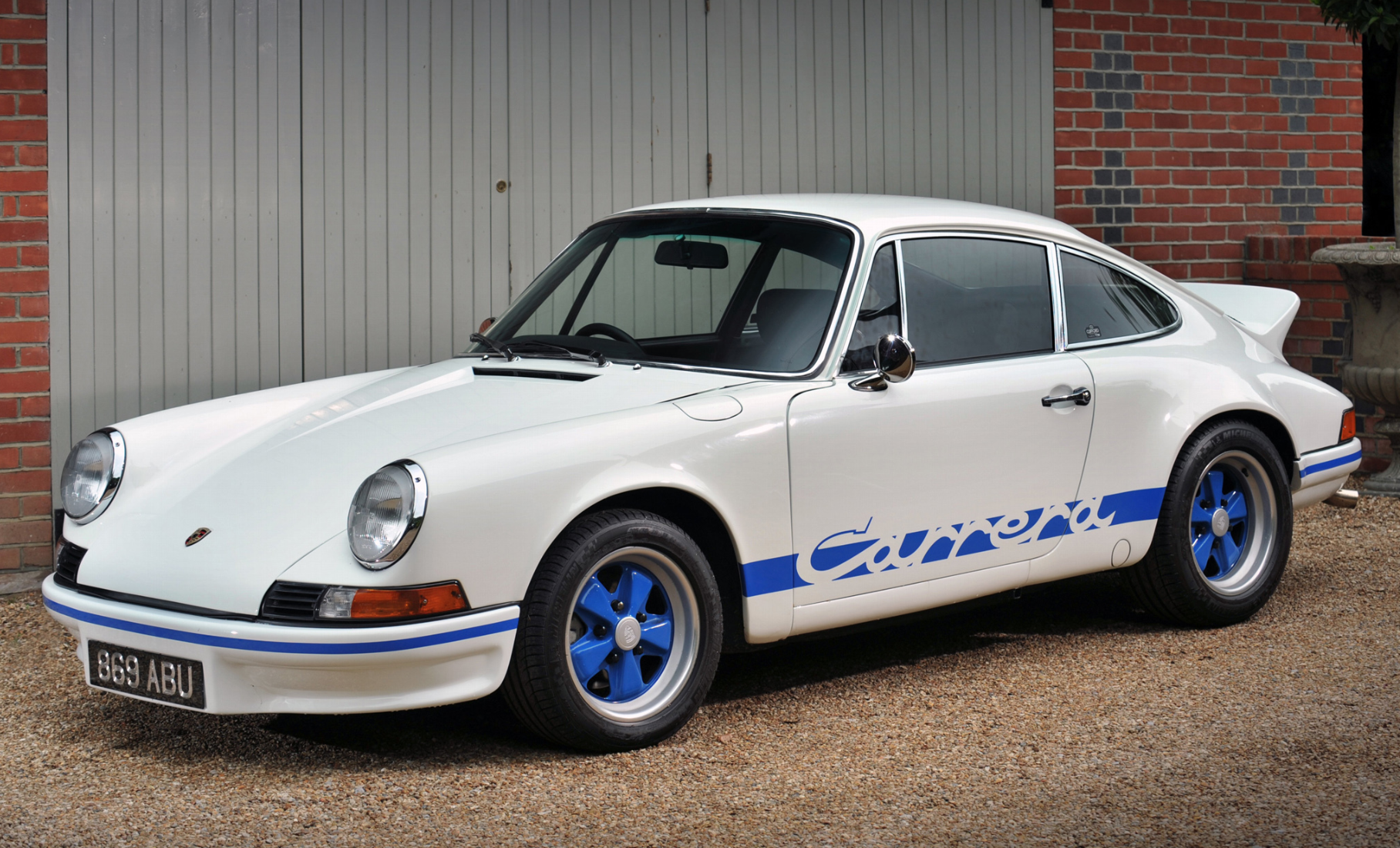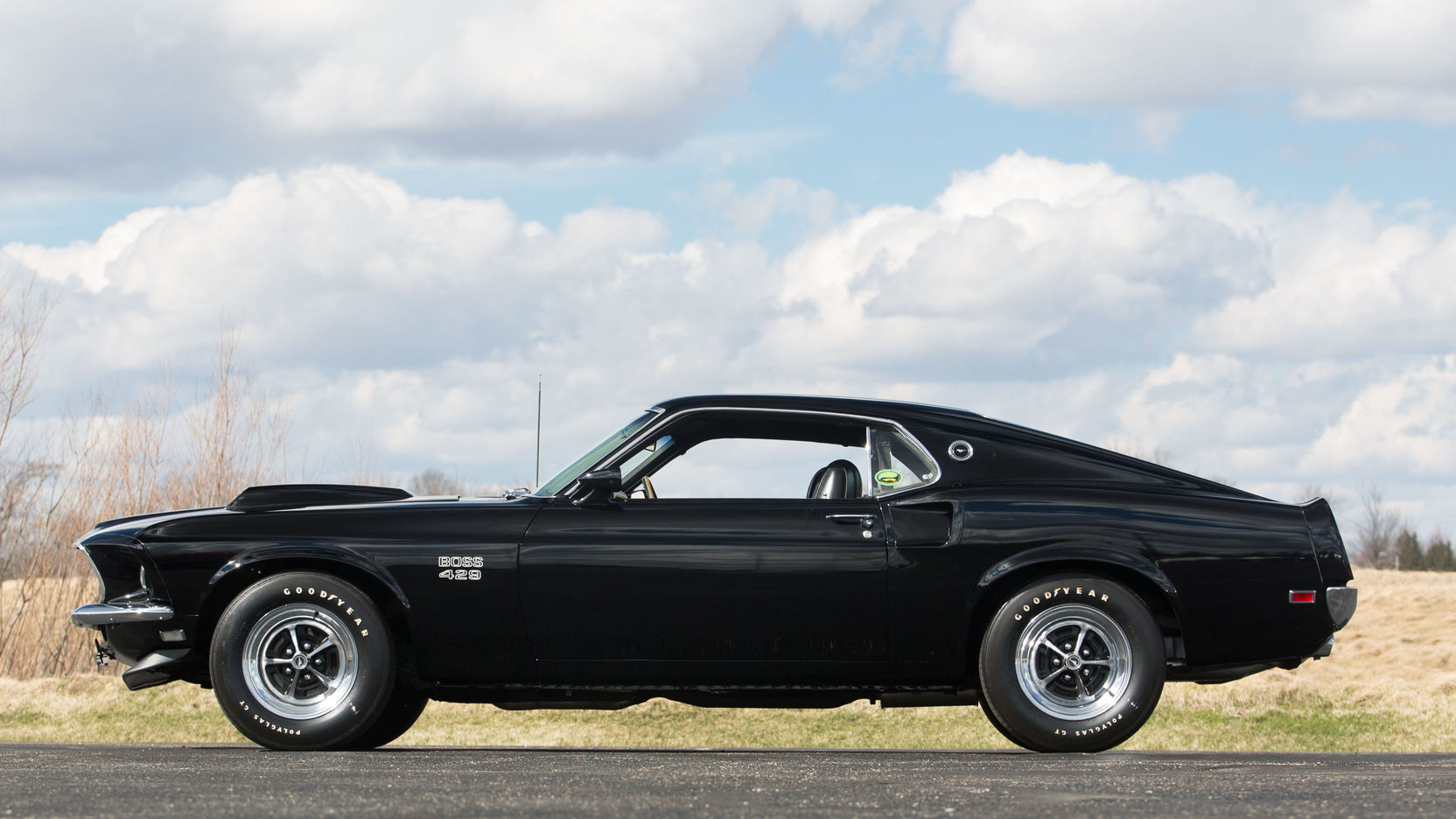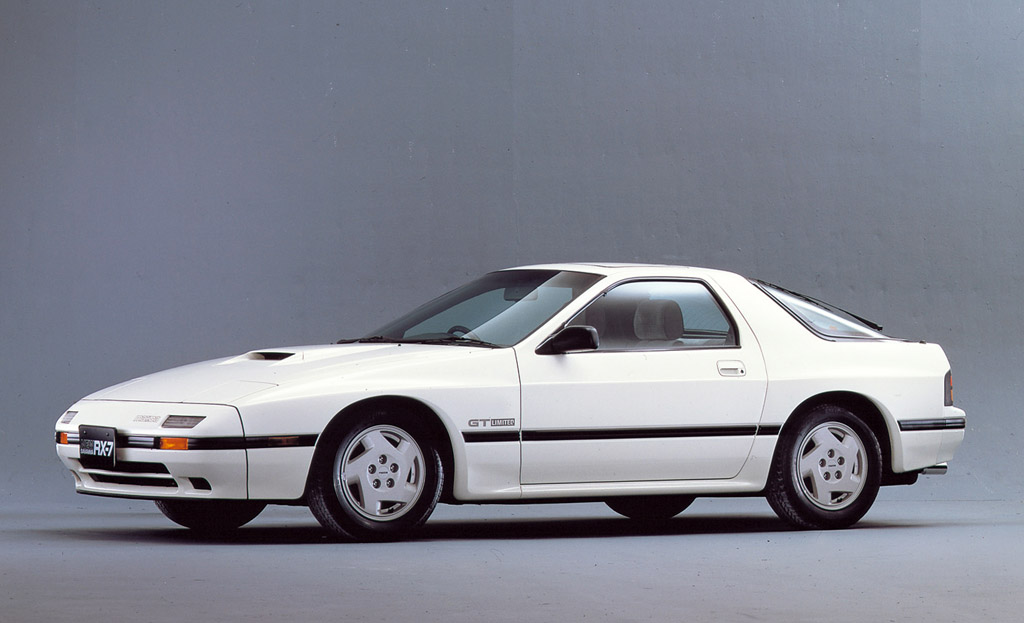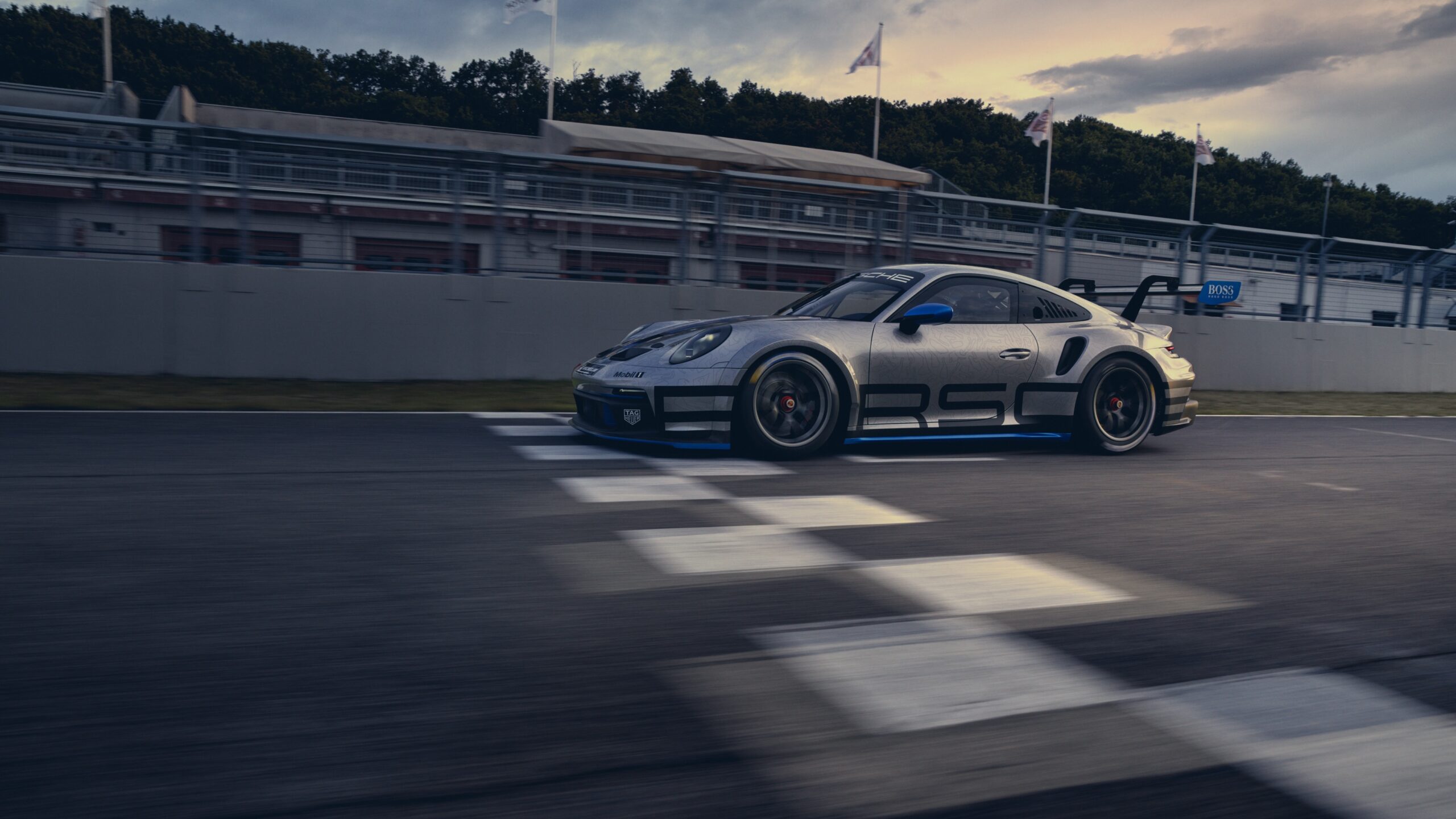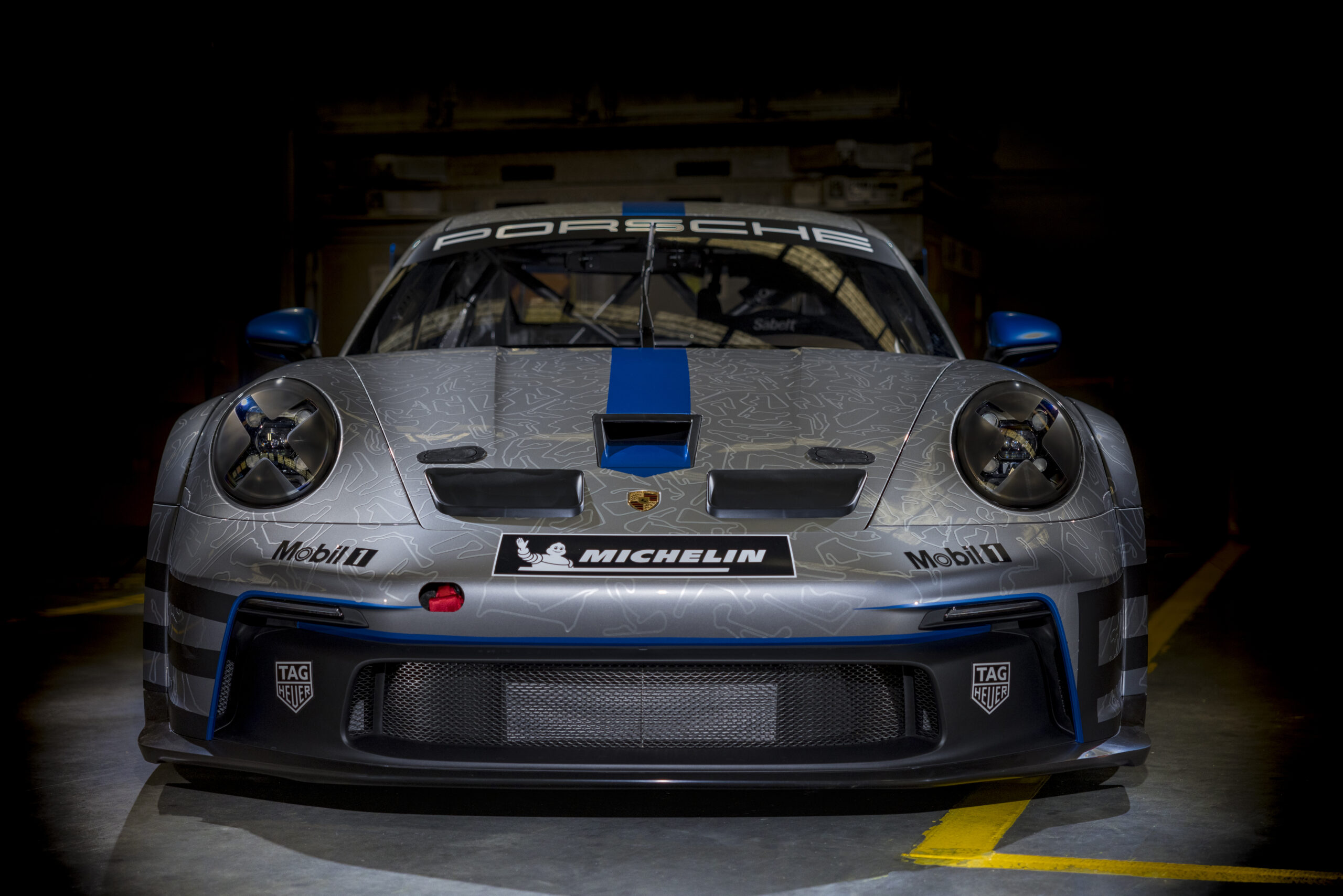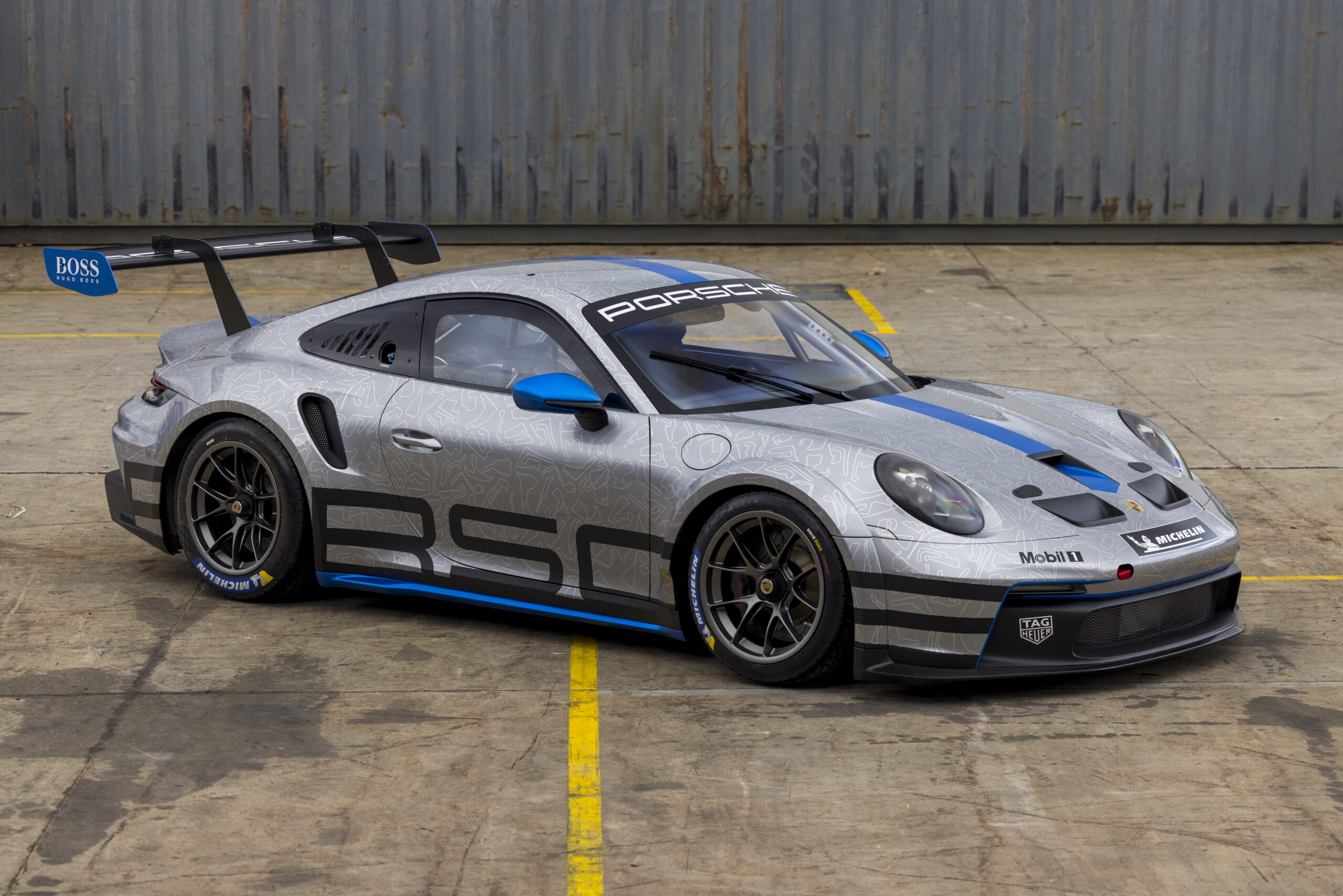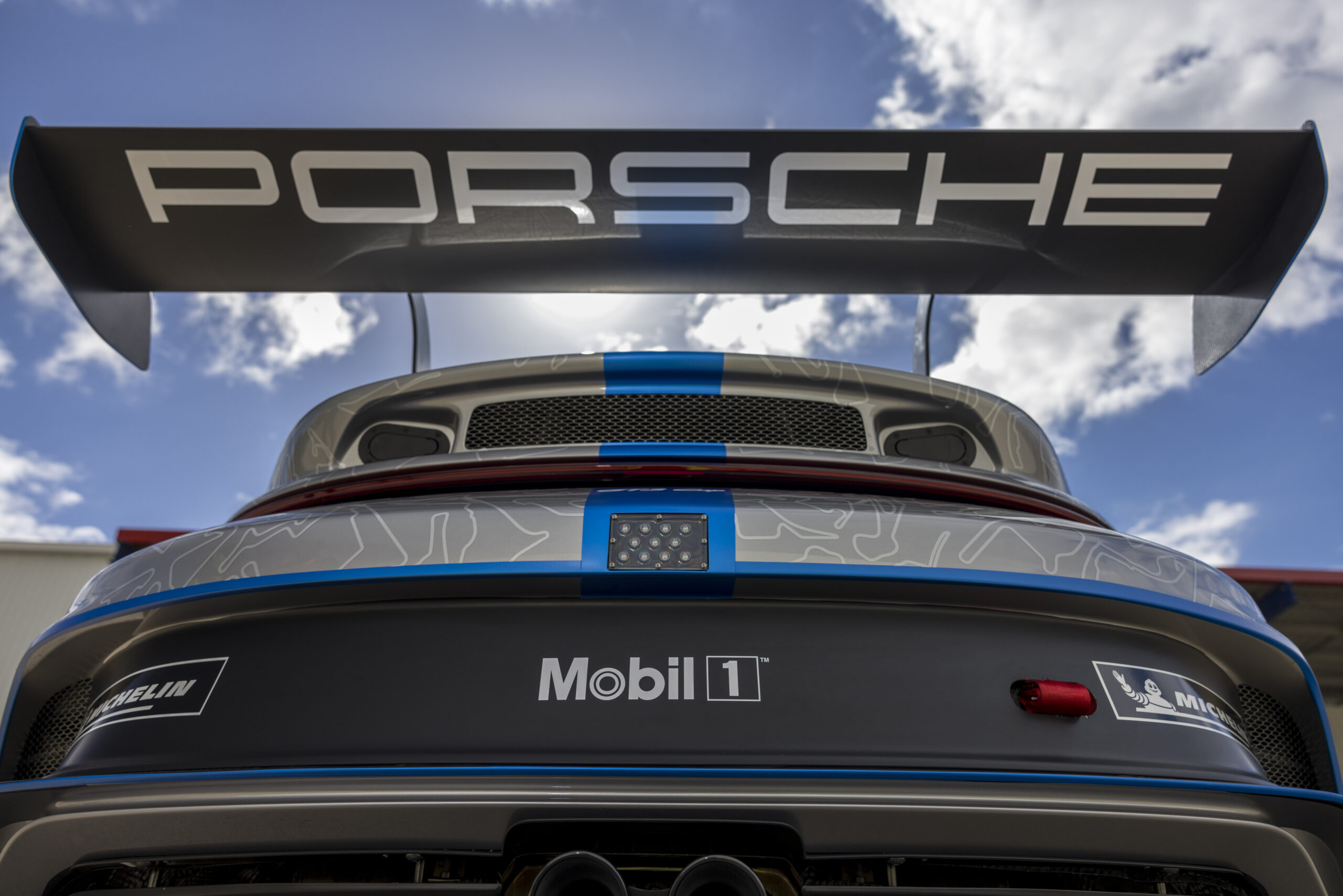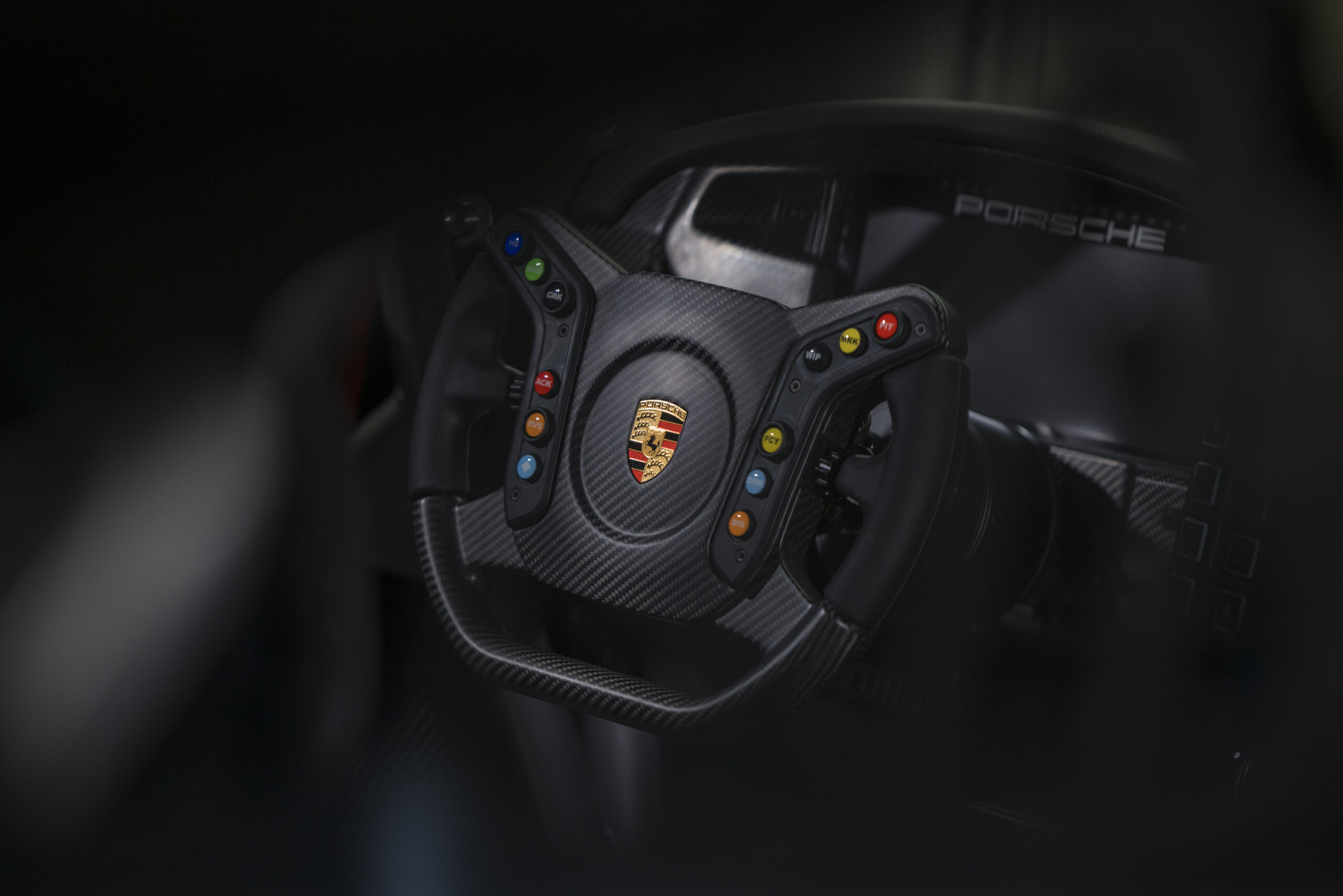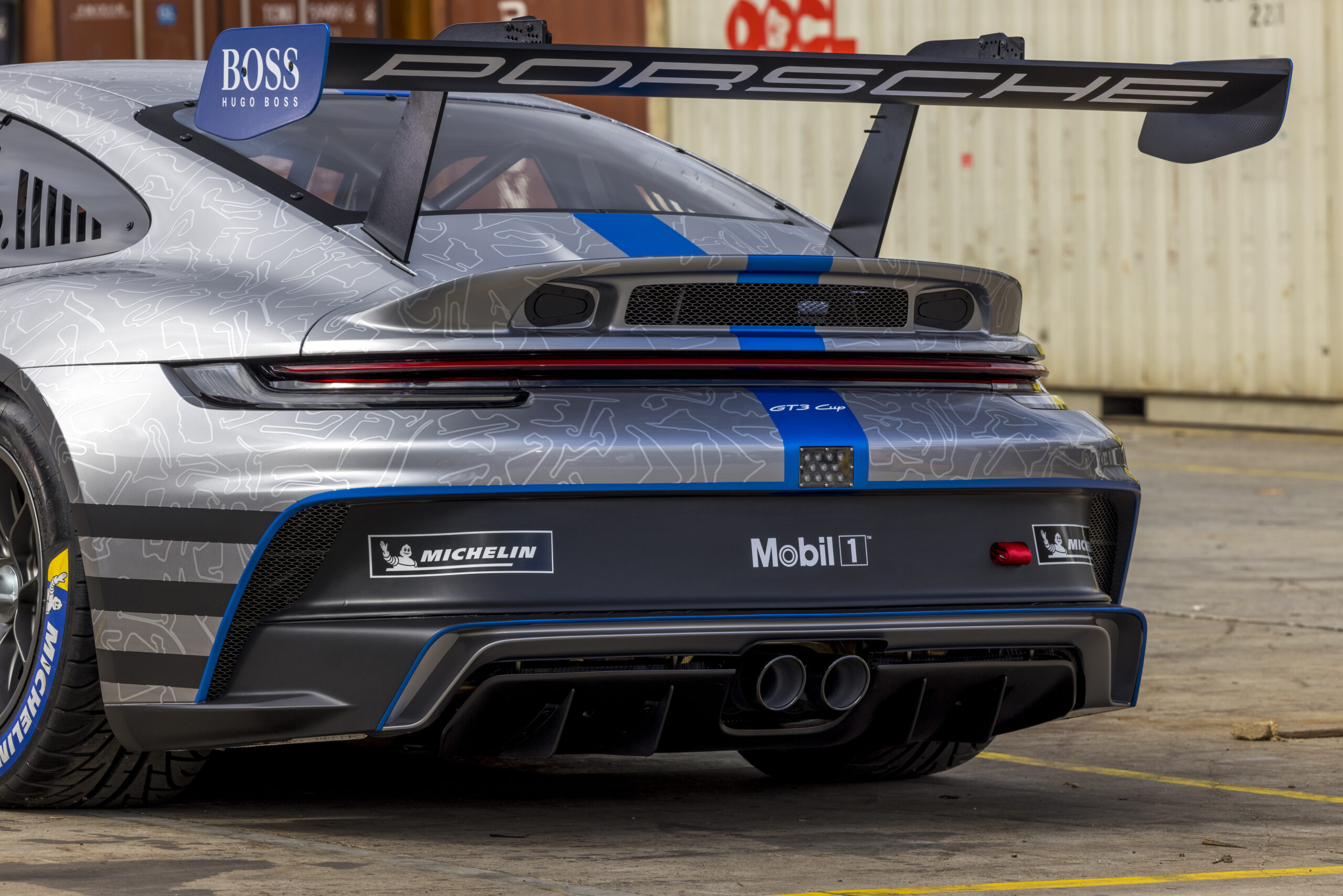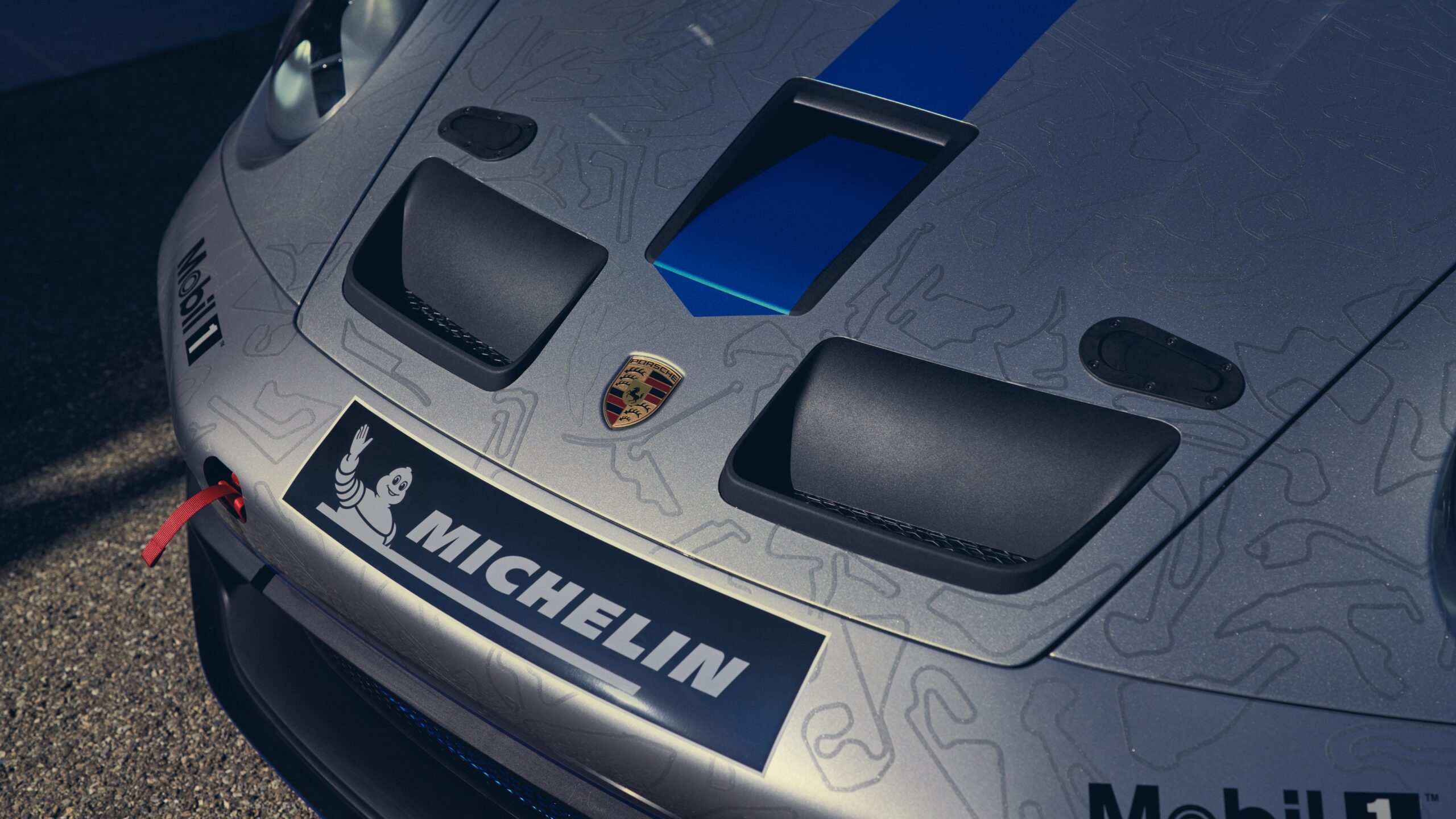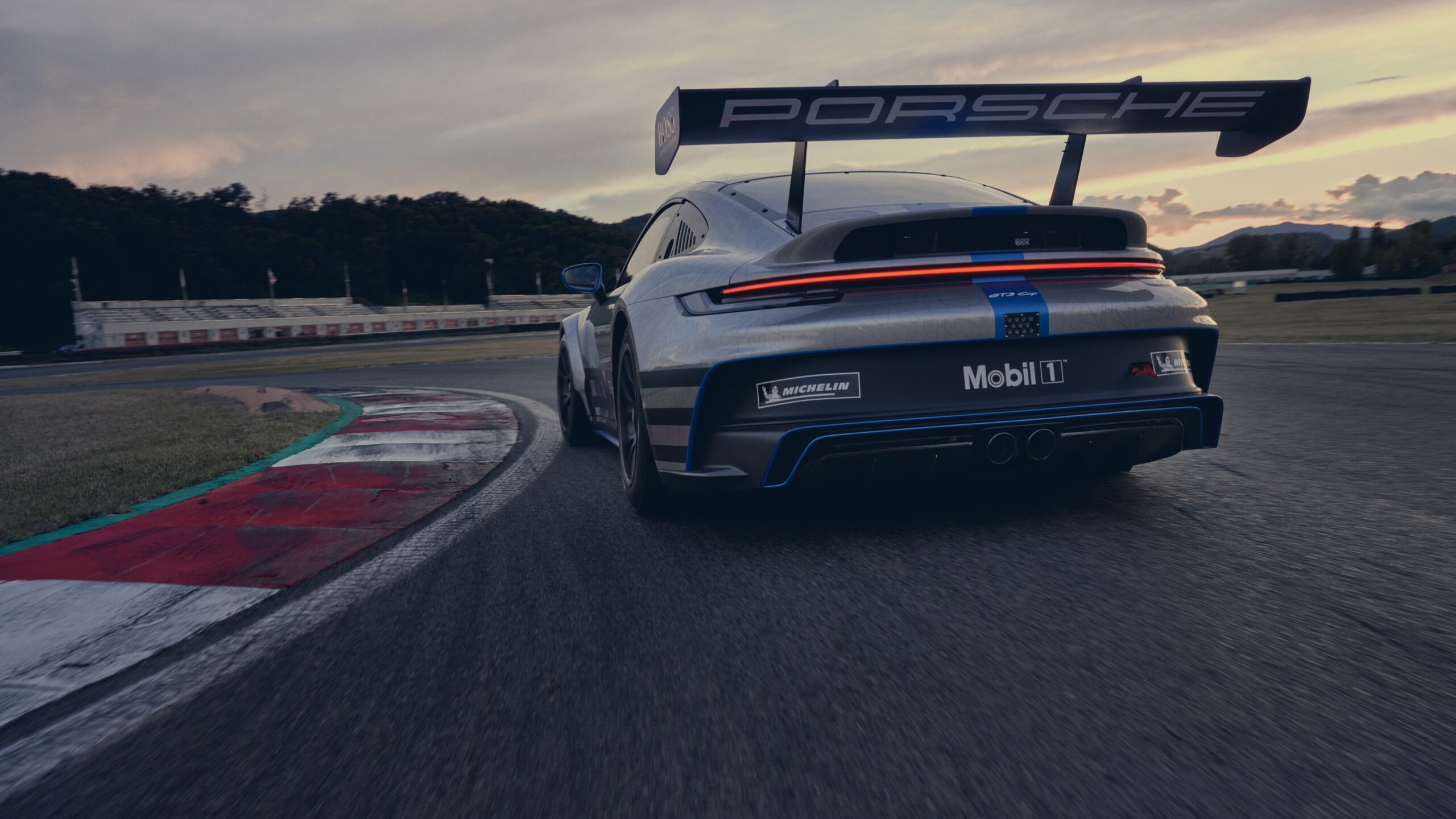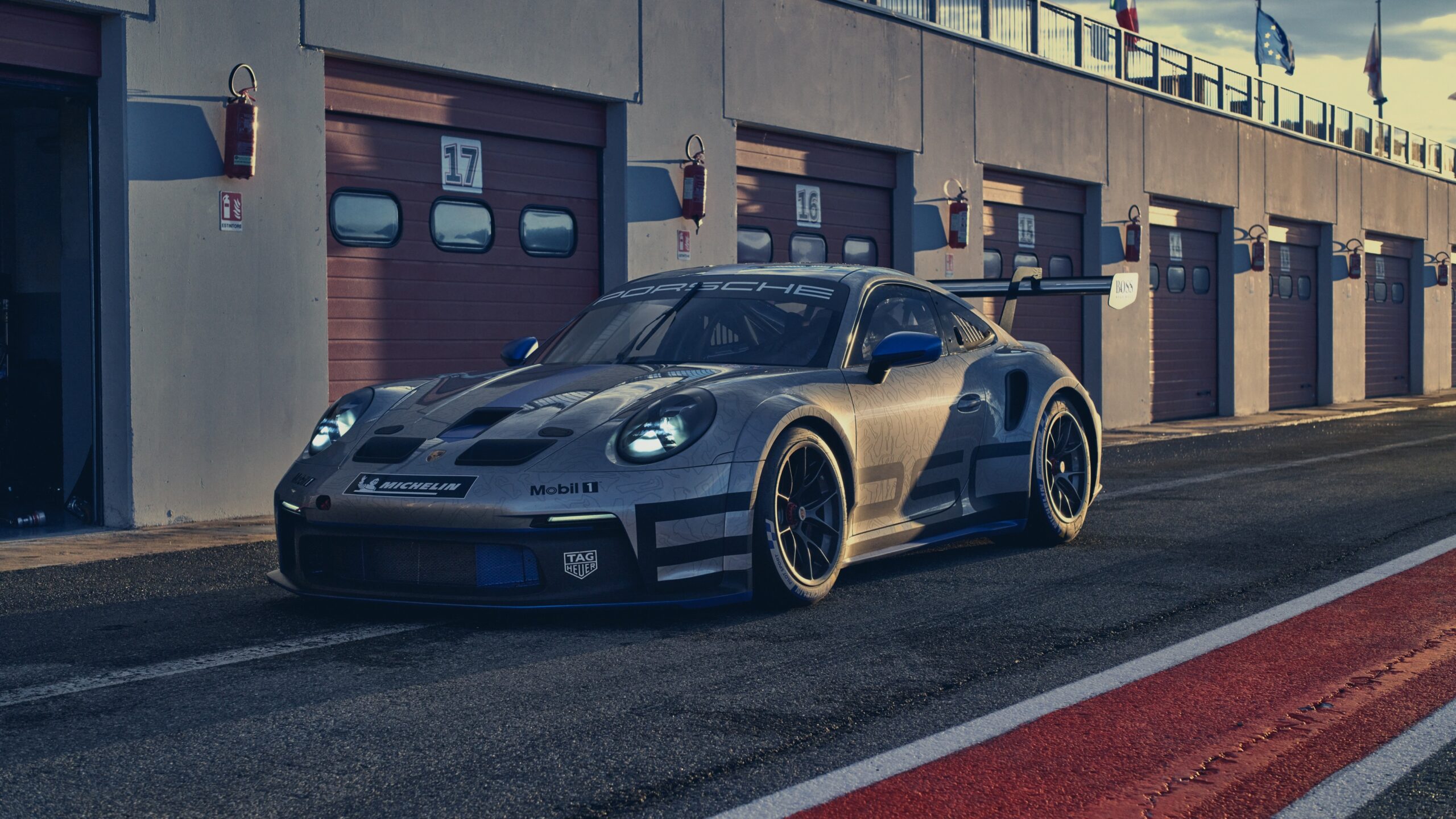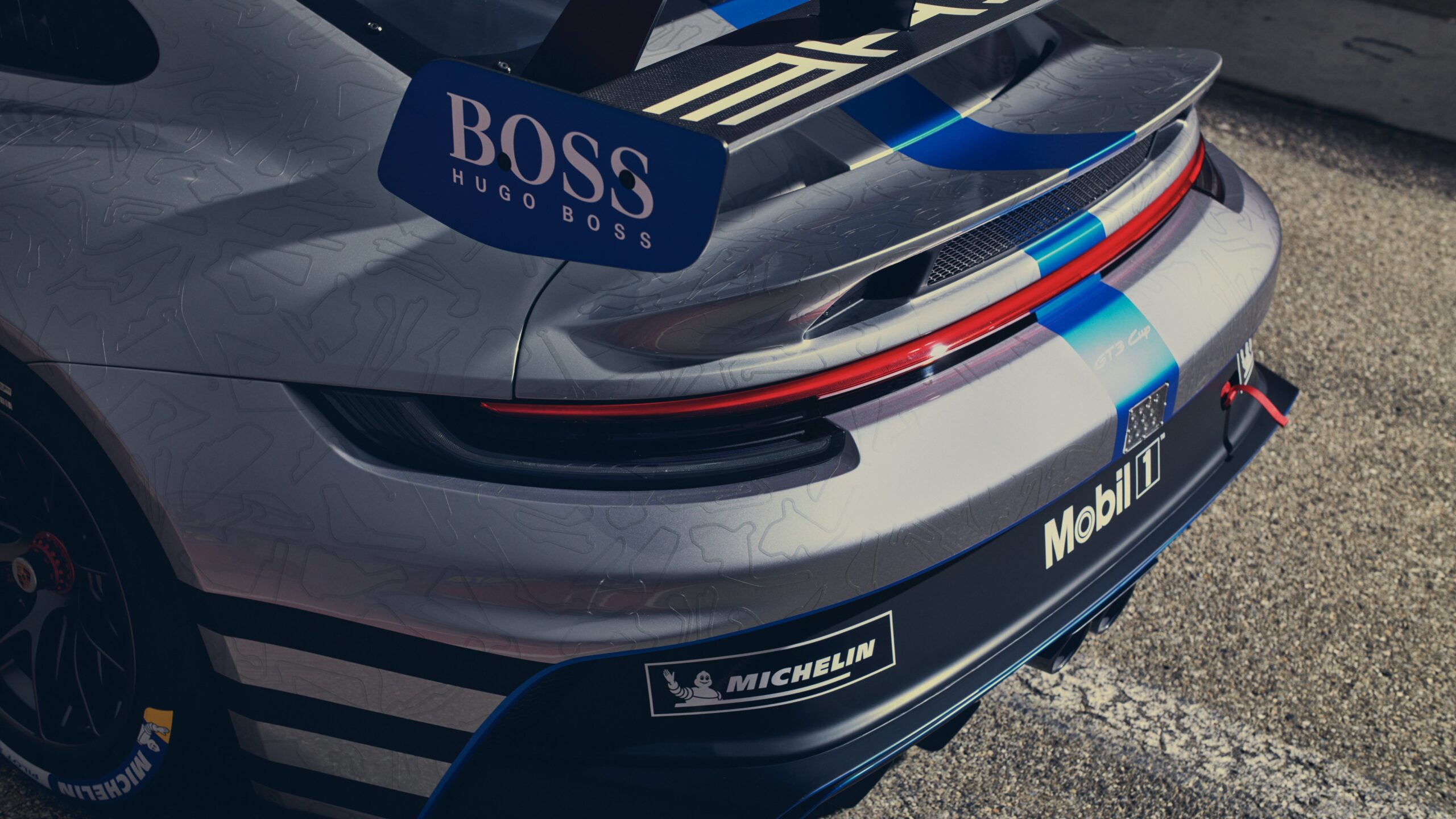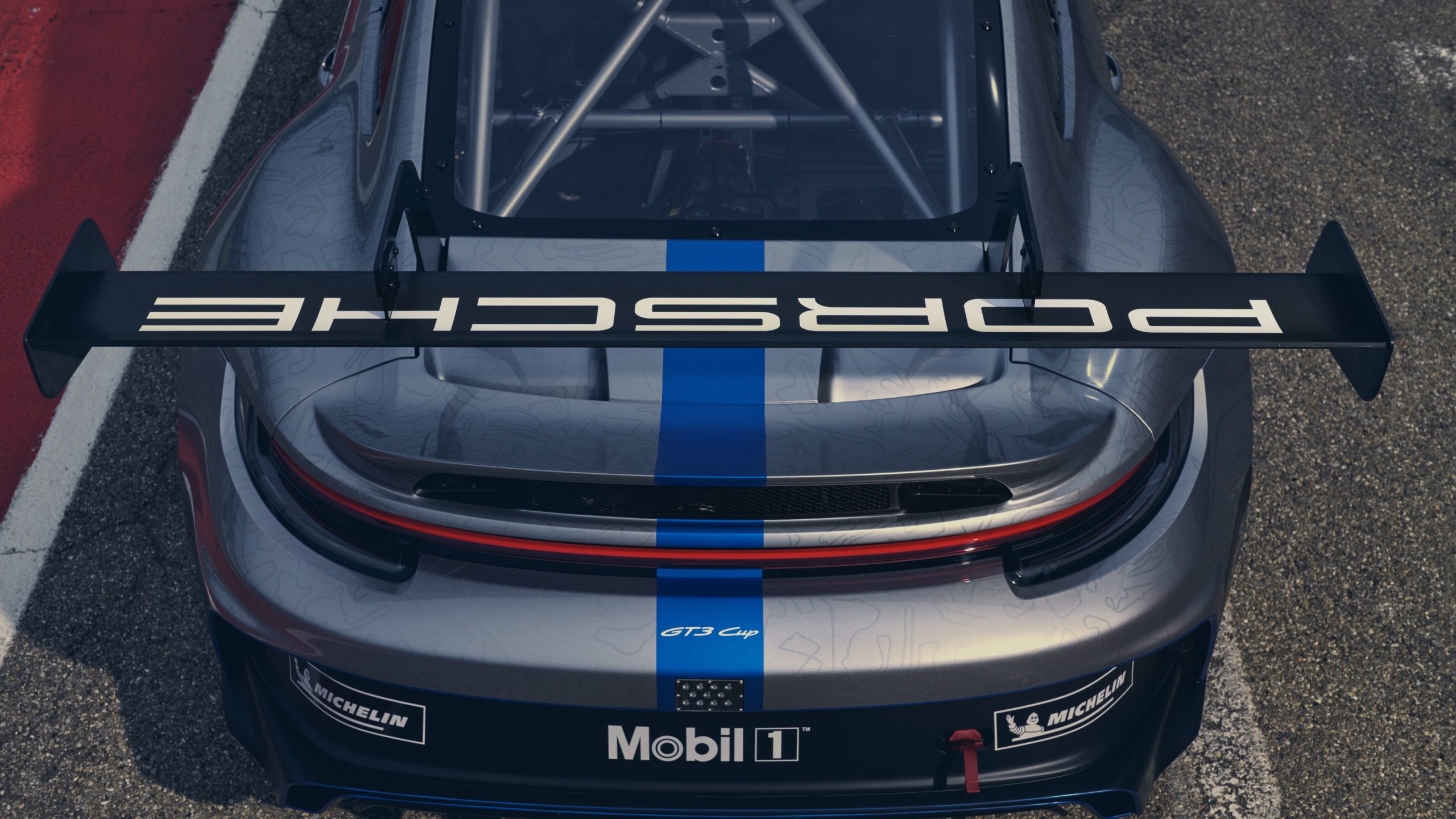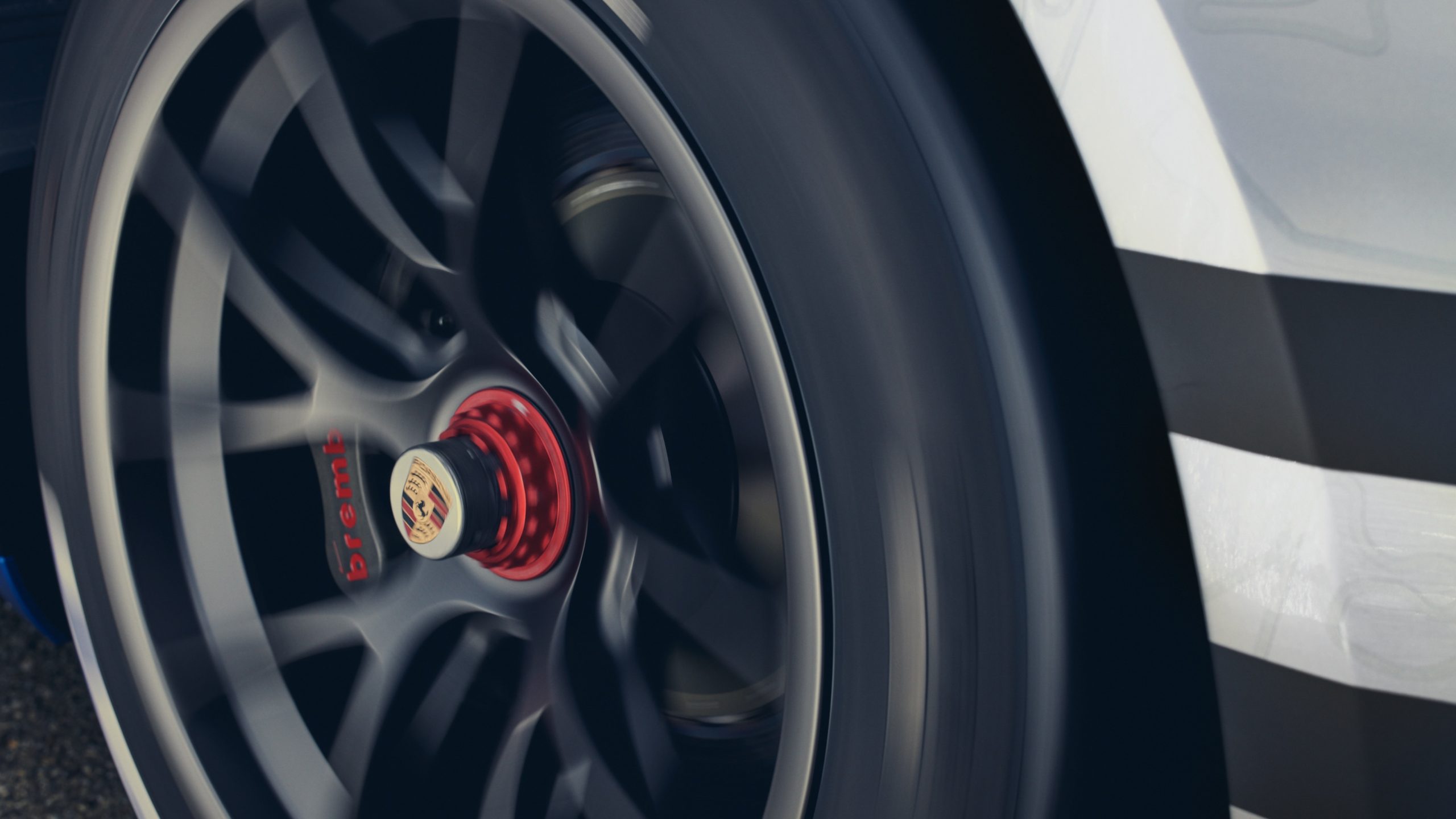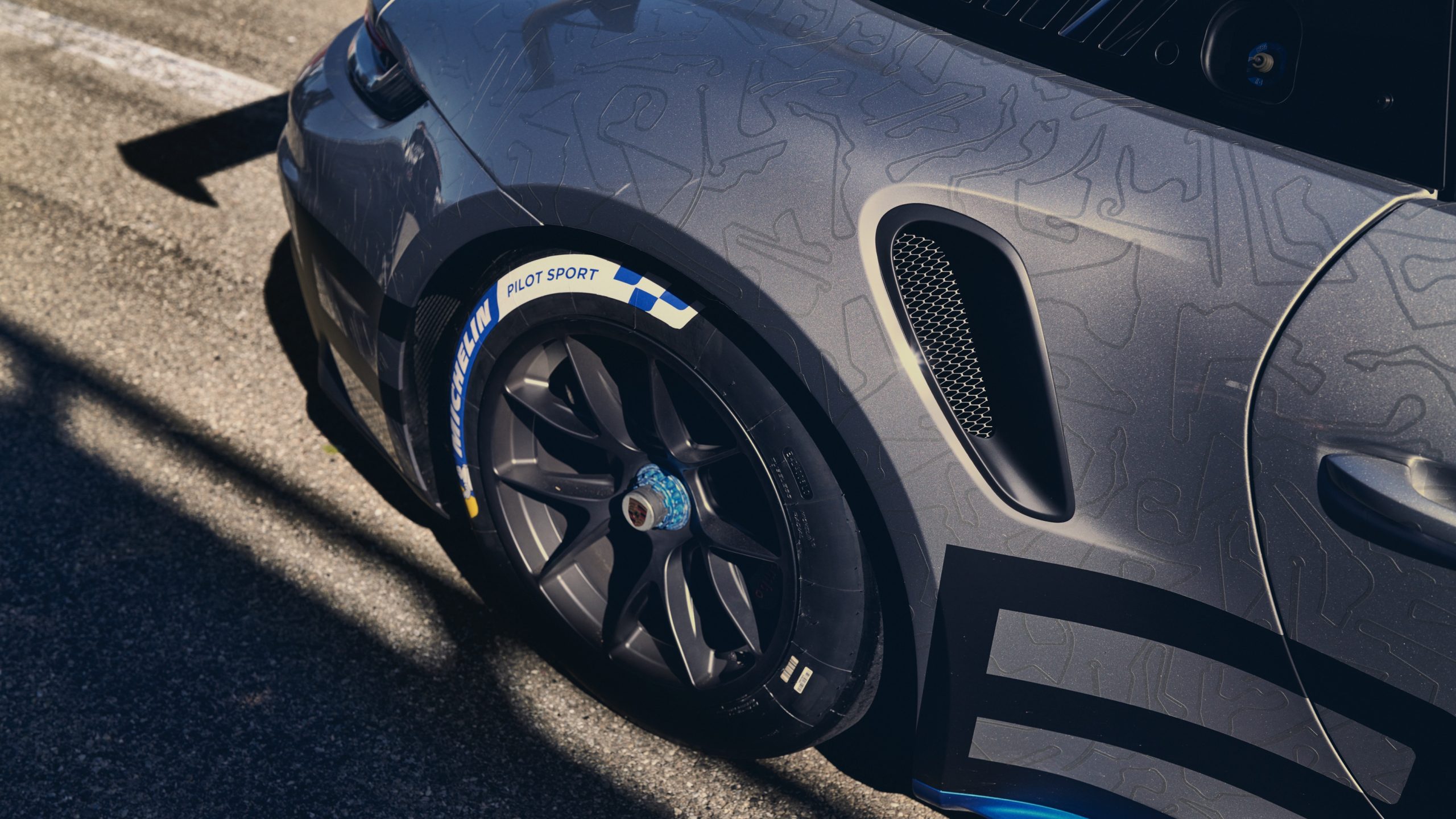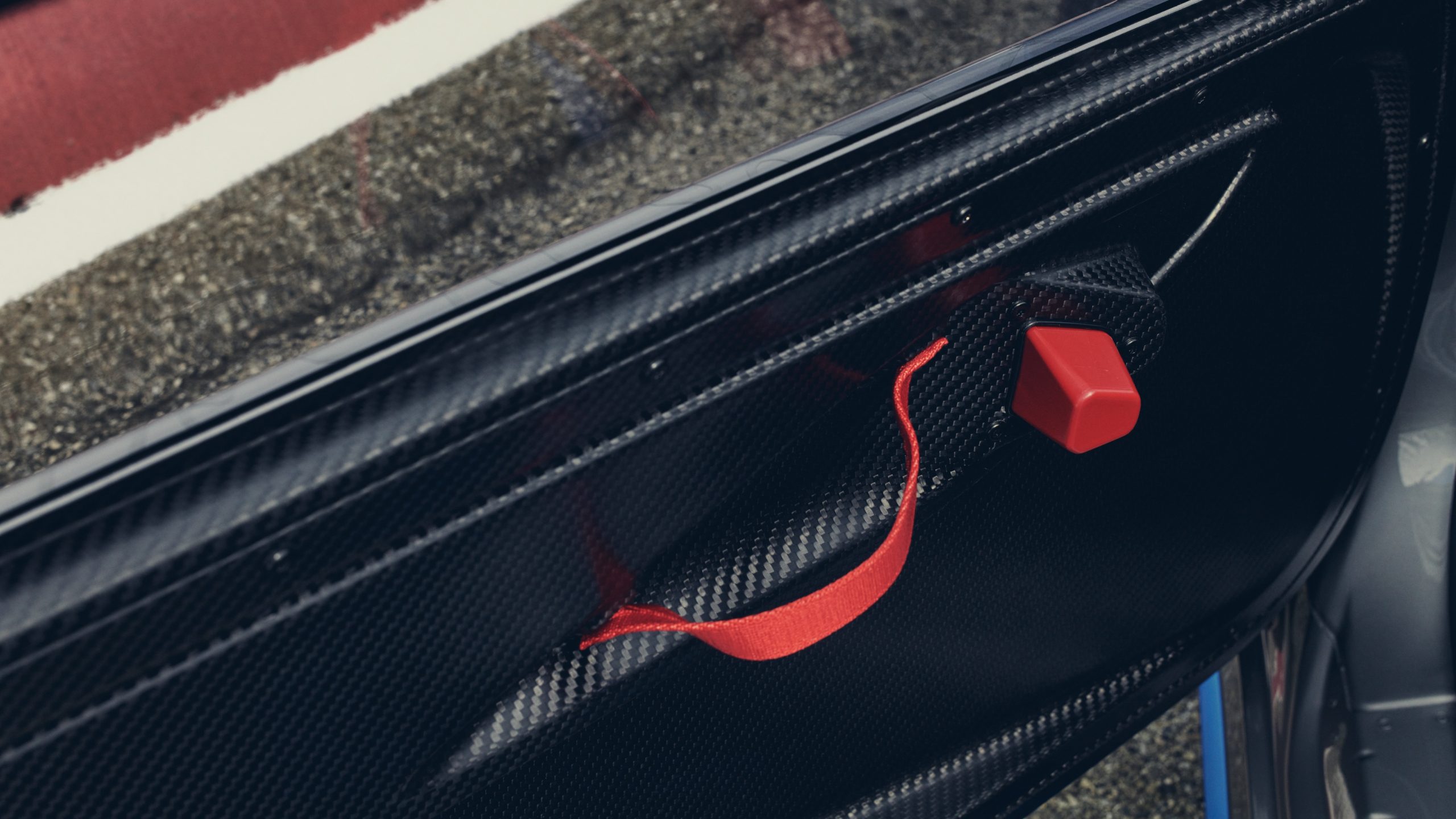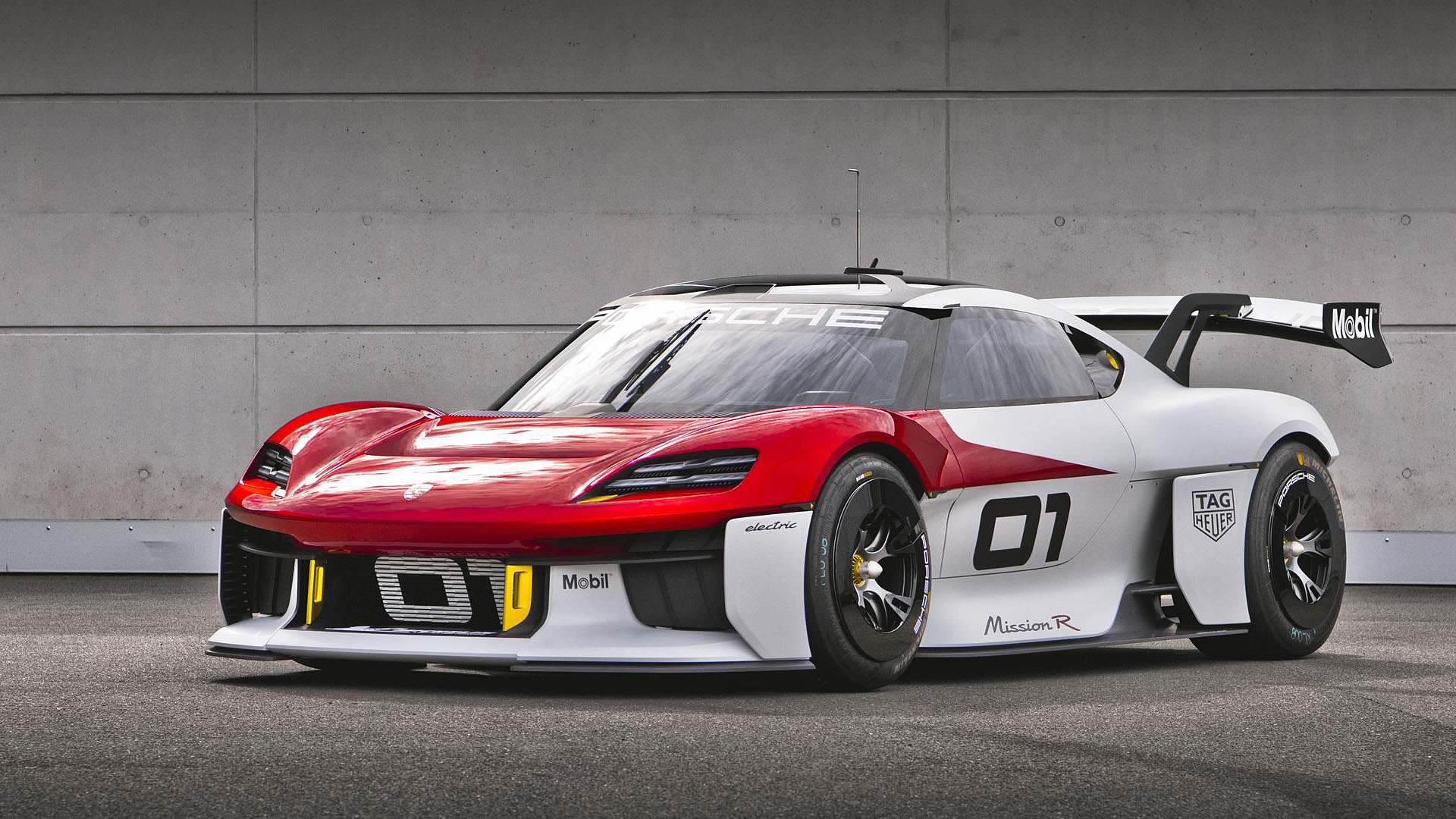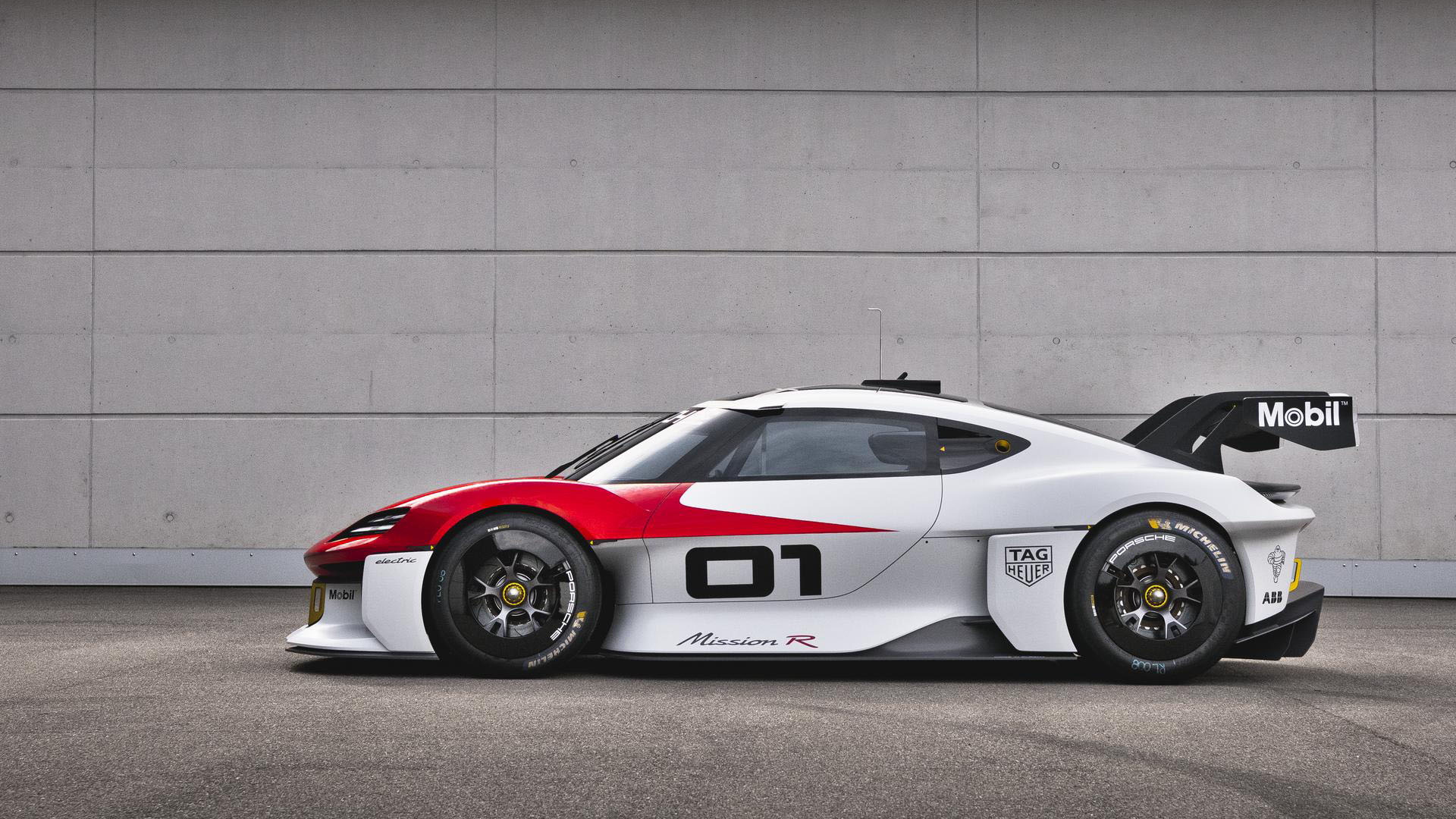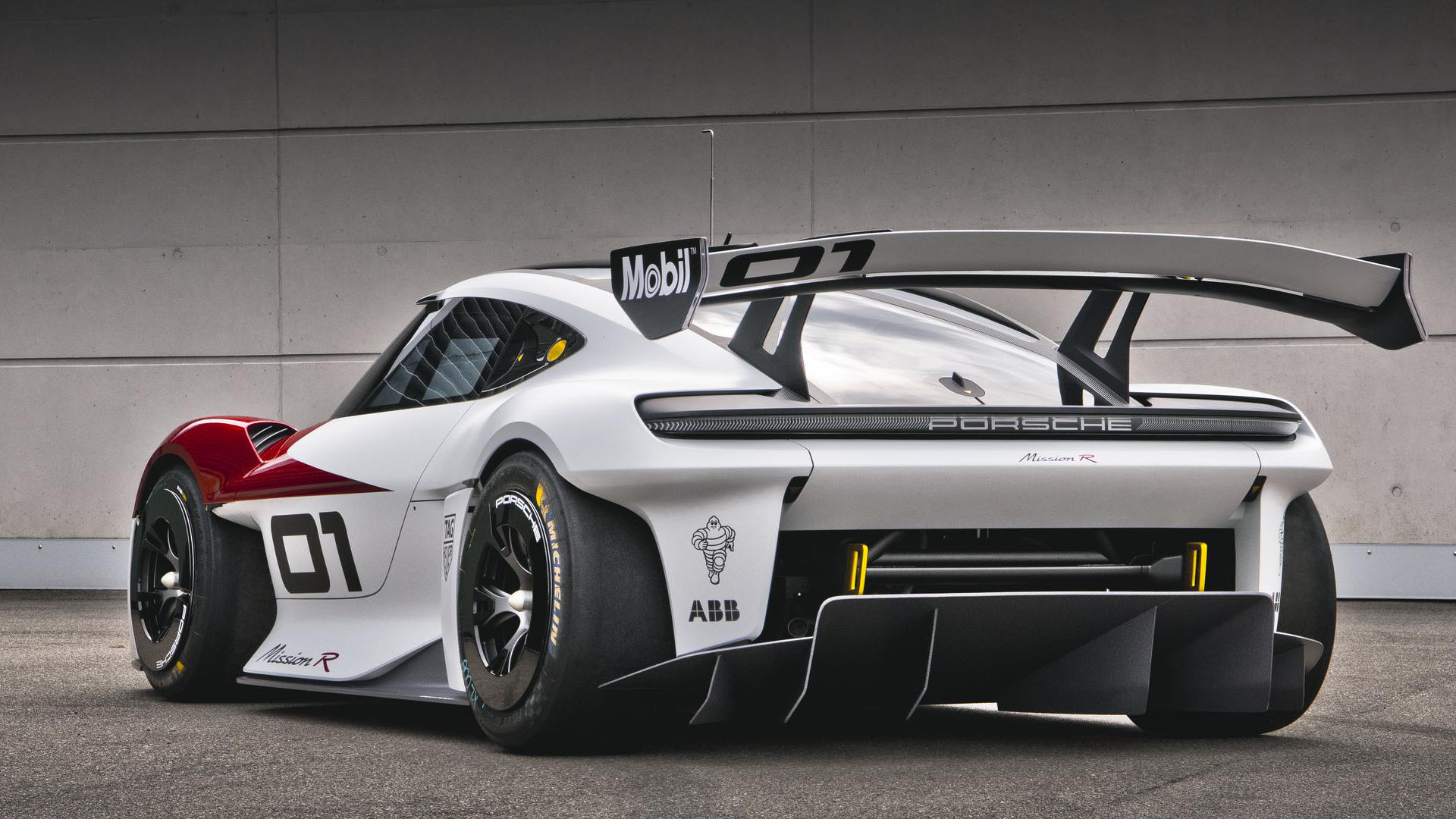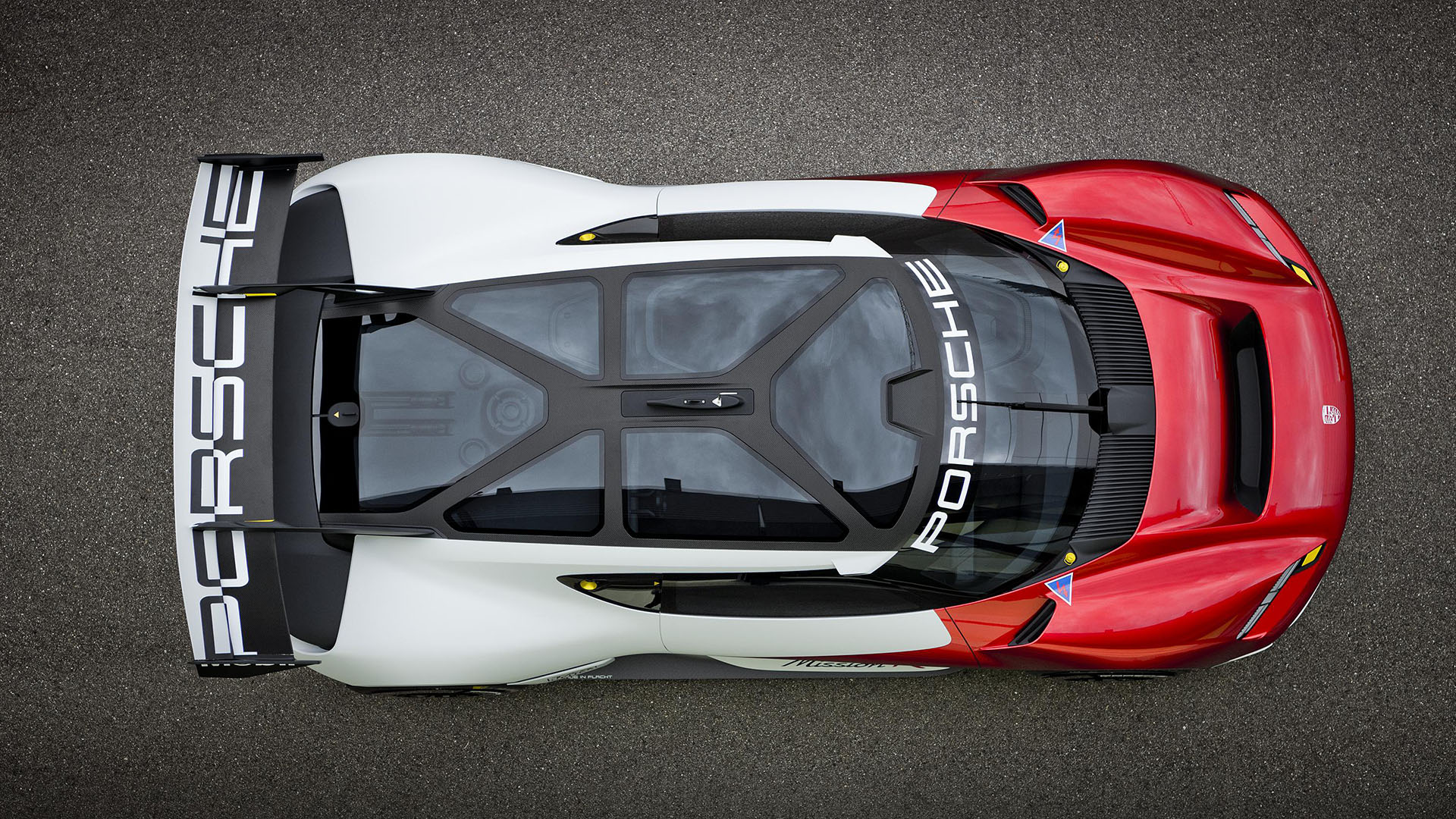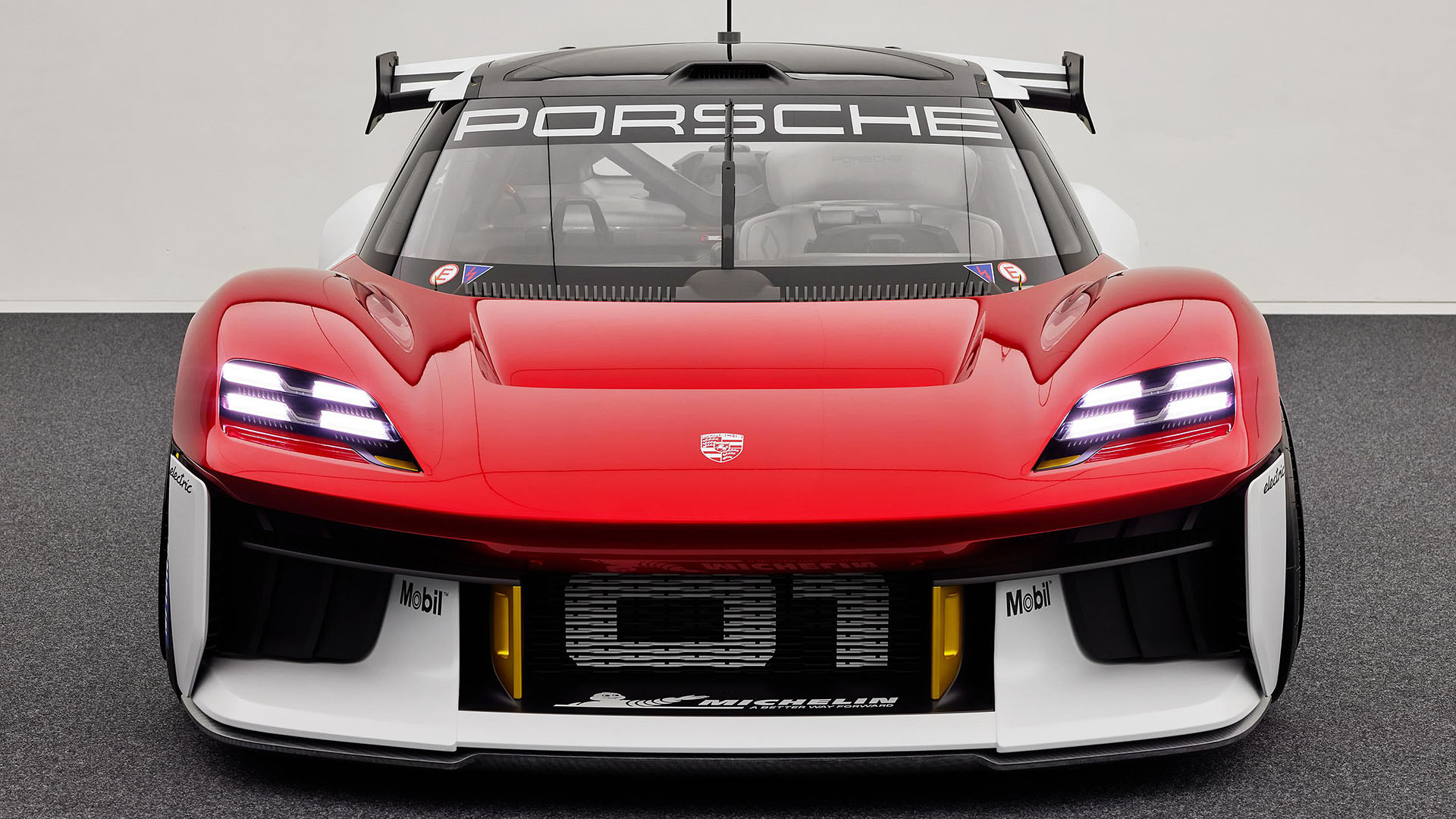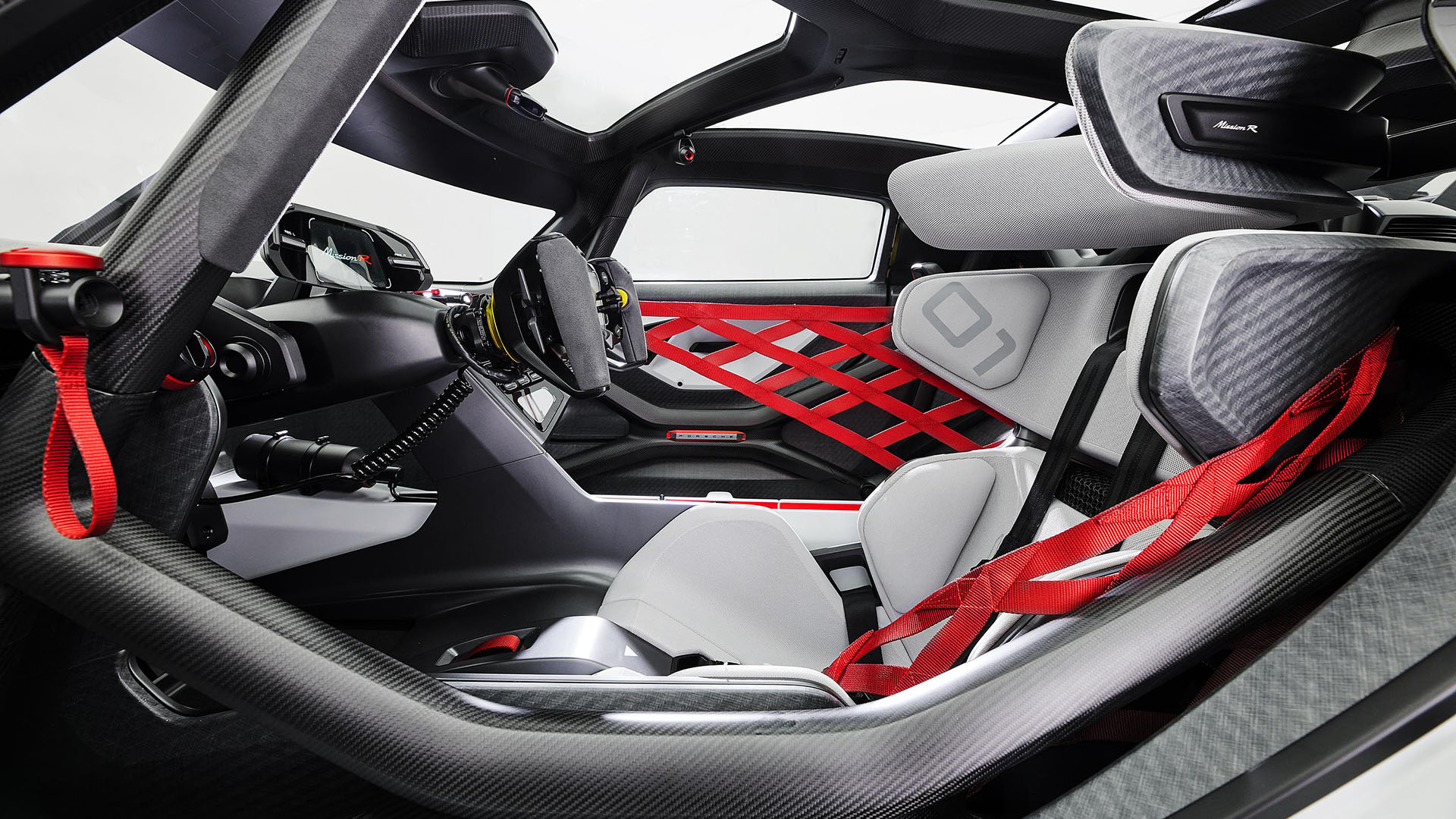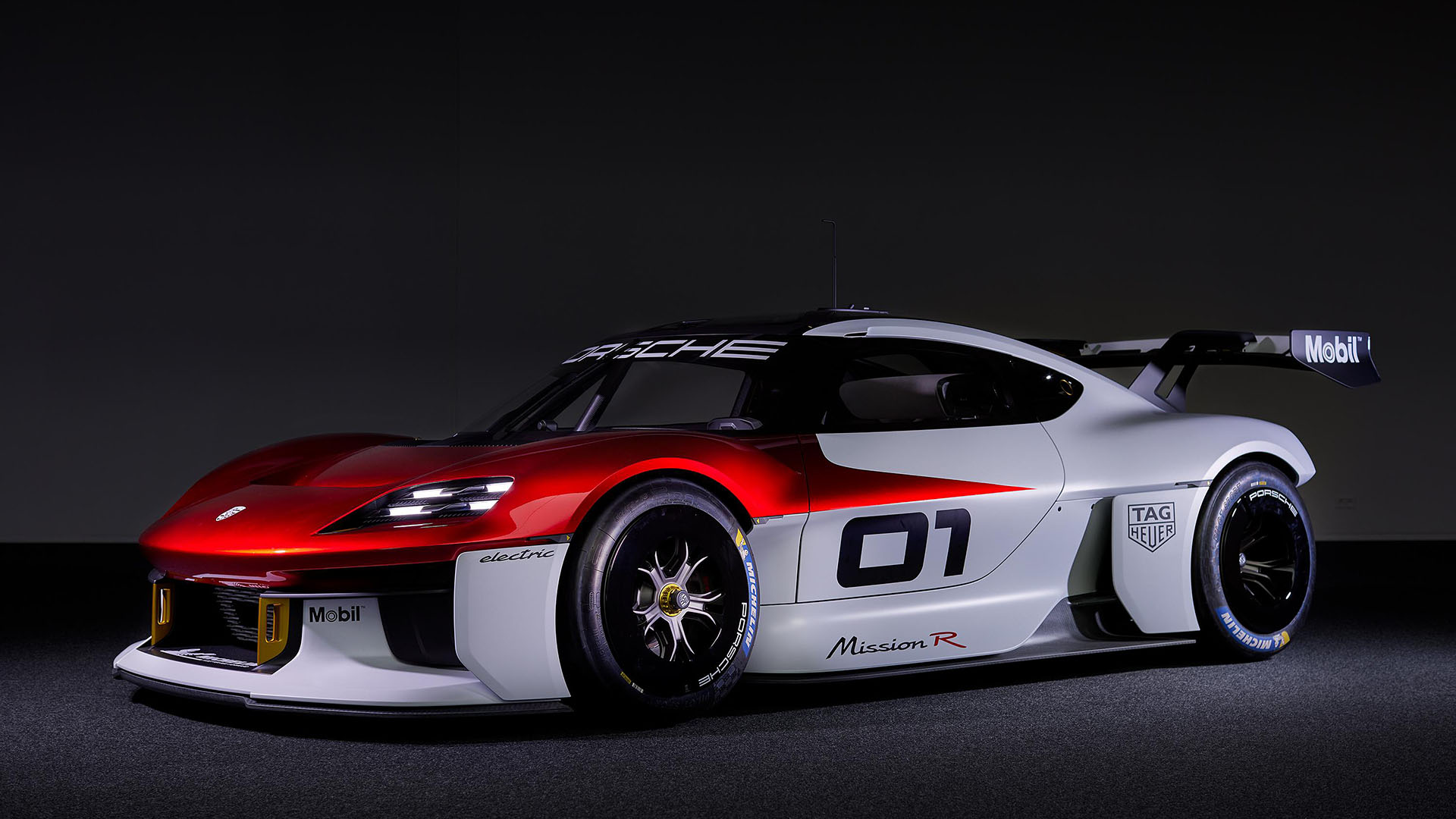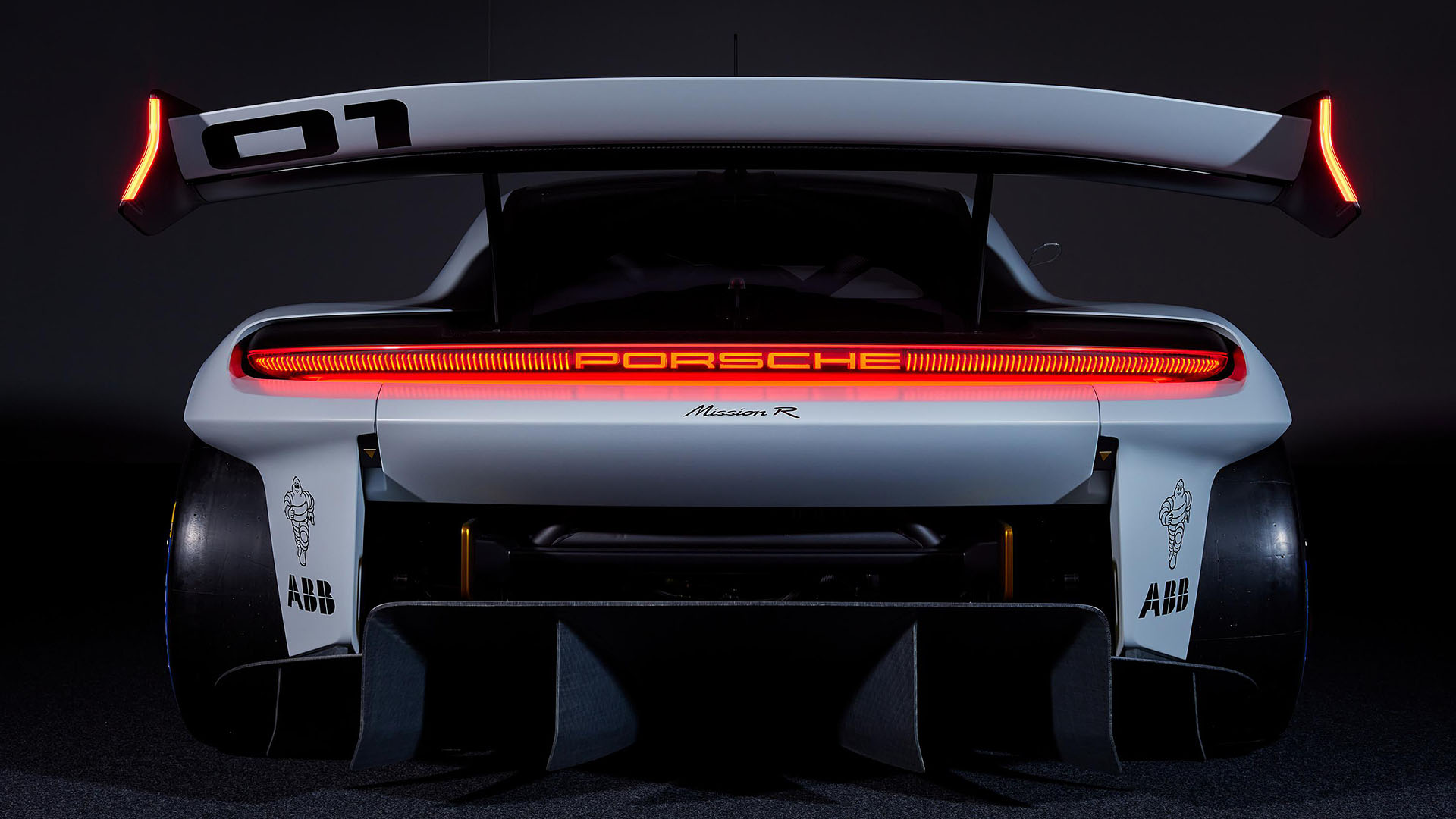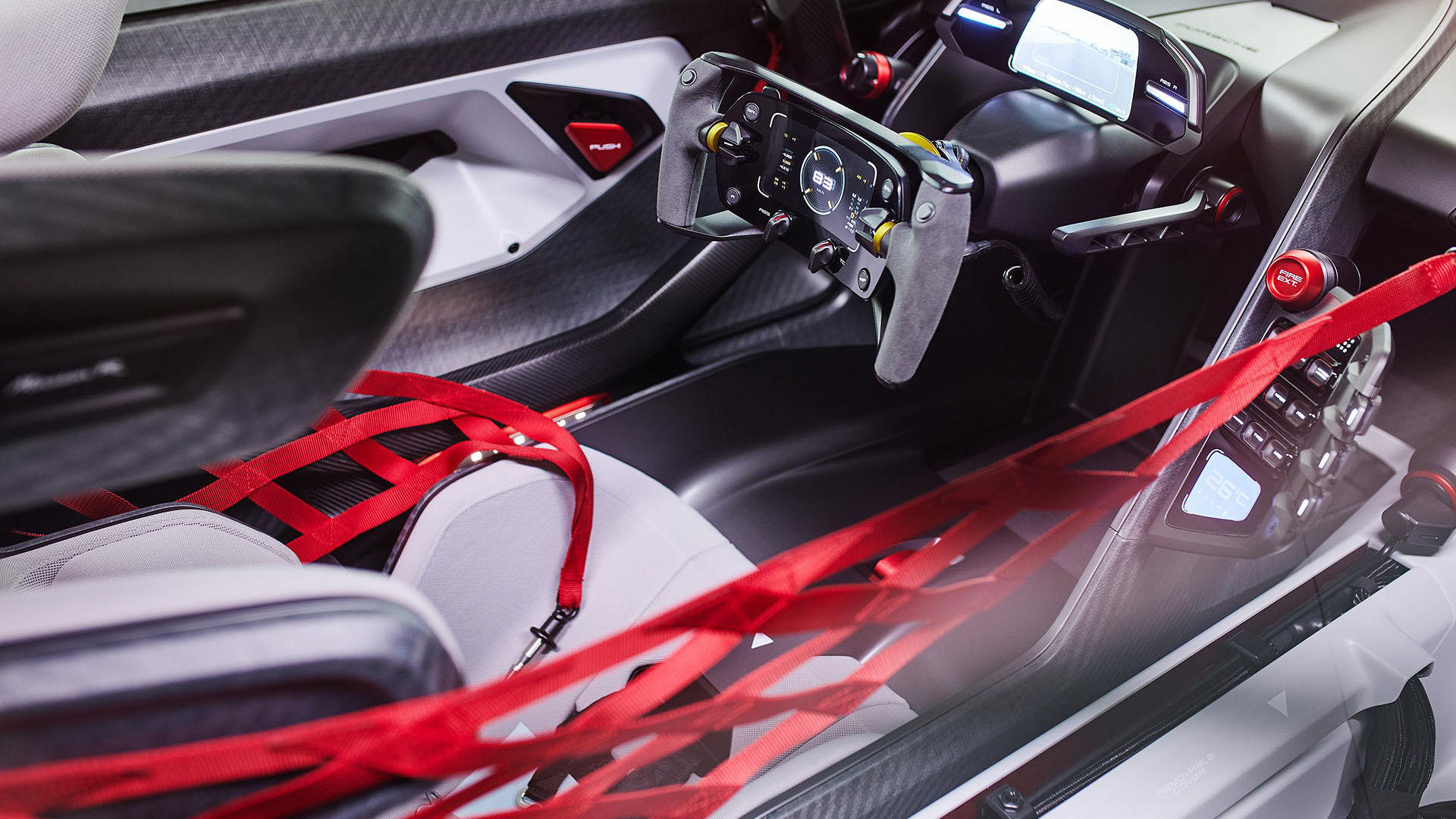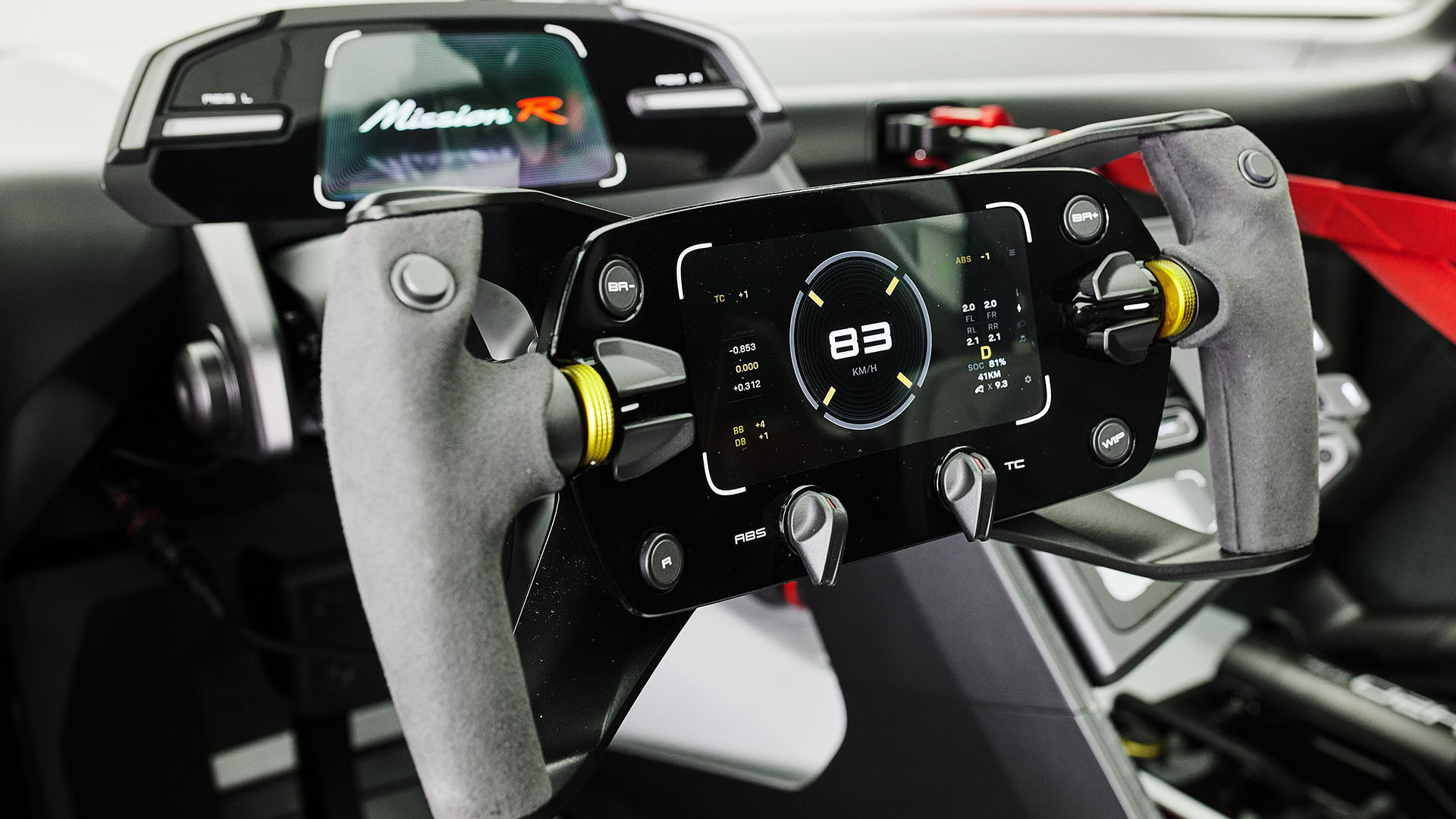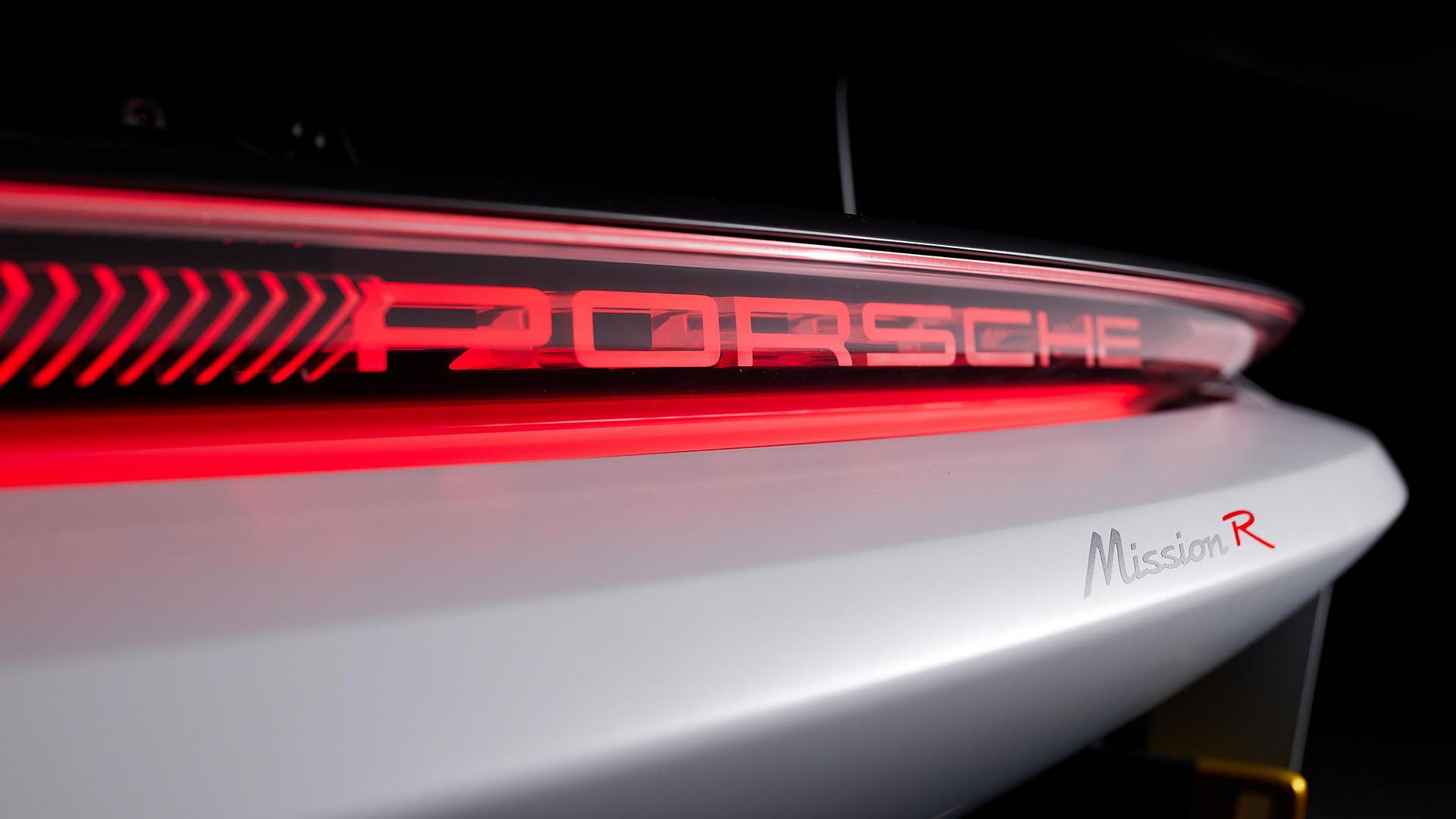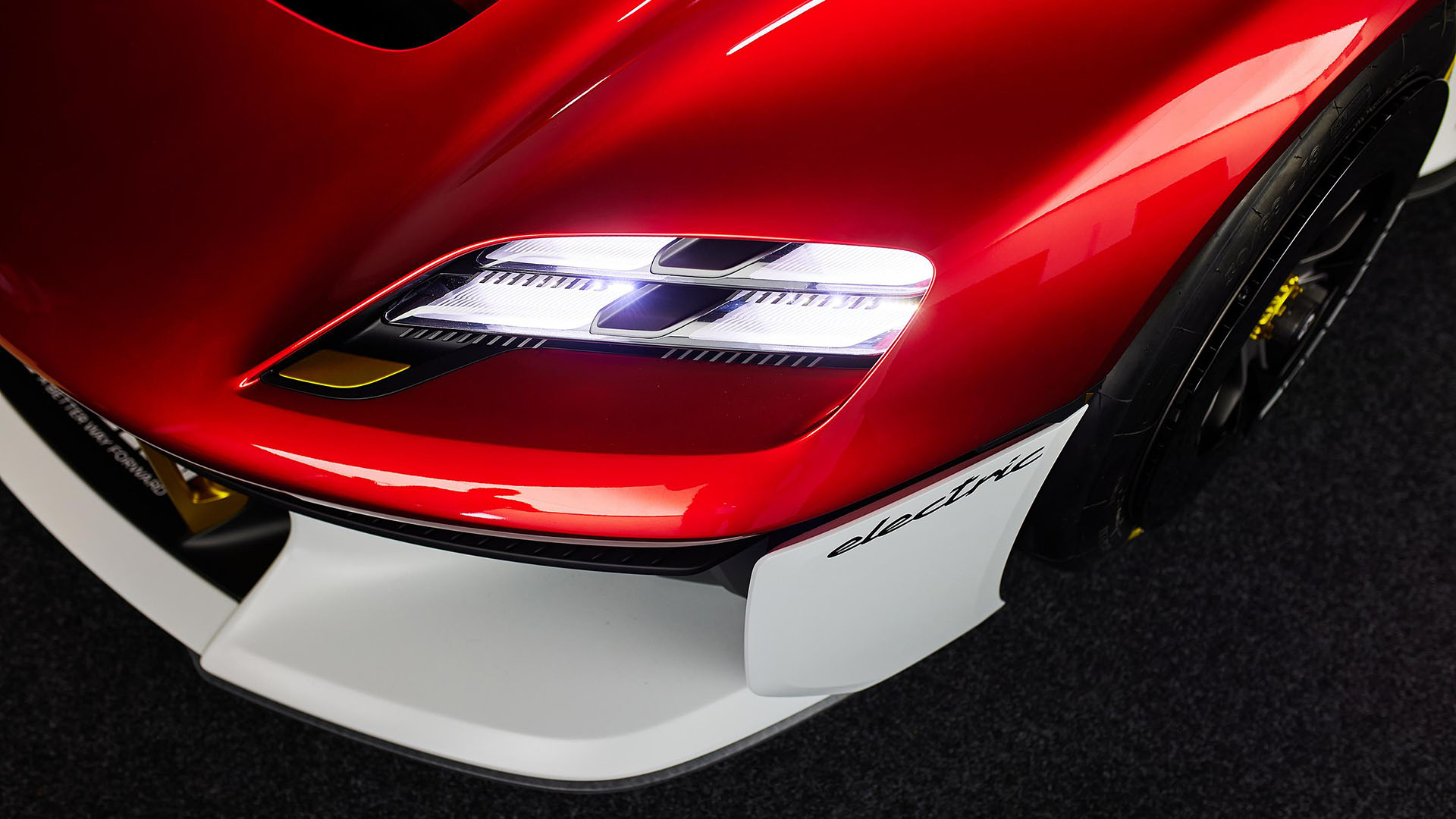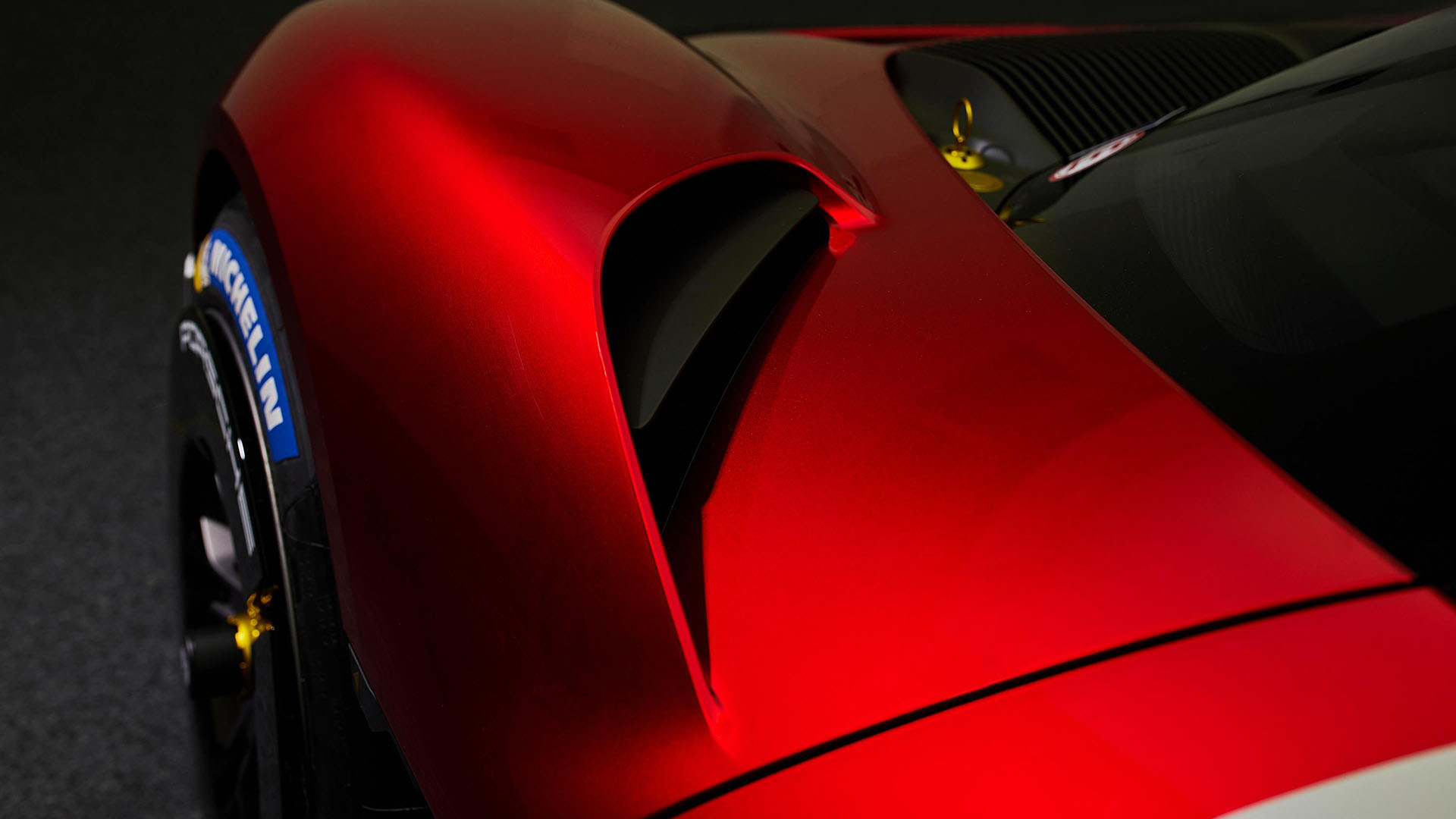Top 20 Naturally Aspirated Cars Ever
As a preamble, it is important to note the context and the era in which this list is being created. The automotive industry has already begun its transition towards a future dominated by electrically powered vehicles, with the vast majority of automakers aiming to have their entire lineups at the bare minimum, hybridized, before the turn of this decade.
Going back just a little further, the wheels were already in motion for the sweeping changes we’re seeing today. It can be argued that the first step towards a more fuel-efficient (and eventually, fuel-less) future started with the mass proliferation of turbocharged engines. For long before that, turbochargers were perceived as a centerpiece for many high-performance sports cars, which hardly had a reputation for being eco-friendly. However, with improvements in technology, their application evolved to that of a more widespread and economical nature.
We’ve already crested over the peak of this transition period in recent times; the likes of Ferrari and Porsche forgoing naturally aspirated engines in favor of the more emissions-friendly, forced-fed power plants. Today, we’re seeing the EV and high-performance hybrid taking the stage. The absence of the naturally aspirated automobile leaves a gaping void; one which will likely never be filled.
Suffice to say, the process of phasing out of the naturally aspirated engine has been long and drawn out but hardly subtle nor evitable. Now that process looks to be on a trajectory that is accelerating exponentially with perpetual improvements to EV technology, driven by the acknowledgement and acceptance of this changeover on a global scale.
This has brought us to a stage of reminiscing and nostalgia; our favorite atmospherically-strung power plants are soon to be a thing of the past. There was, is, and always will be, a lot to love about the most iconic NA cars ever produced – astronomically high revs, a satisfyingly linear power delivery, unparalleled aural soundtracks, instantaneous throttle response, underappreciated durability, and some of the world’s most epic displays of technology on four wheels.
Here are some of the best naturally aspirated cars made, ever, in no particular order.
Ferrari 812 Superfast

The Ferrari 812 Superfast is the successor to the Ferrari F12 and is now the company’s fastest front-engined GT Car. Wrapped in a curvaceous Italian body and paired to one of the greatest chassis we have ever experienced, the 812 Superfast is one for the ages.
The 812 Superfast carries a new 6.5L V12 engine that delivers an astounding 789 hp @ 8,500 rpm and a maximum torque of 718 Nm @ 7,000 rpm. The engine is still front-mid mounted, making the car that much more unique in the already crowded luxury grand touring segment. It can reach speeds of 340 km/h and can sprint from 0-100 km/h in just 2.9 seconds.
It features a 7-speed dual-clutch gearbox, advanced active aerodynamics, and four-wheel steering. Despite the controversy that is sometimes associated with a Ferrari engine sitting in front of the driver, the 812 Superfast remains an absolutely engaging and soul-satisfying Ferrari experience every single time you get into it. The perfect car. The perfect Ferrari.
Porsche 911 R / Speedster

Arguably the purest form of the 911 model range, the 2016 Porsche 119R pays homage to the brand’s epic heritage with the most modern of concoctions. Providing a manual transmission alternative for Porsche’s range-topping-naturally aspirated model is what the 911R is known best for, but it ends up being so much more than just that.
It is the perfect blend of spartanism and elegance that you can call upon in the crowded lineup of 911 models. The absence of outrageous aerodynamics purposes the car more for canyon runs than Nürburgring records, but that’s also the beauty of it. For those who want the absolute best of the 991-gen 911 – without the obligation of having to prove its value on the race track – the 911R is undoubtedly a very proper and special car.
The 911 Speedster is spiritually the convertible version of the 911R, following the same purist principles as its coupé counterpart. Released in 2019, it has some slightly newer tech and a bit more power too. Its schematic has forged a 911 with a silhouette based on the 4S Cabriolet body, carbon fiber bits borrowed off the 911 R, and front and rear bumpers from the GT3 Touring. That is not to say that there aren’t any unique offerings on the Speedster, with its shorter, more inclined windshield frame and lower fly-line being amongst its exclusive features.
Honorable mention: The 997 GT3RS 4.0, for being the grandfather of these cars.
Honda S2000

For many years, Honda’s beloved roadster held the distinction of producing the most hp per liter of any car on the planet via its F20C engine. Despite being a convertible, the S2000 is renowned for its rigid chassis, which helps to provide one of the most raw driving experiences one can have in a production road car. The slick 6-speed manual – the only choice of transmission – was a perfect match to the car’s 2.0L VTEC powerplant, which produced 240 hp and revved all the way up to 9,000 rpm. Later variants of the S2000 featured a strokered 2.2L engine which delivered more power in the lower rev-range and had slightly shorter gearing to improve acceleration.
Speaking of nostalgia, the Honda S2000 has found a way to tug at many car lovers’ heartstrings, with the used market completely blowing up over the last 10 years. Many examples are going for prices near brand new MSRP, with newer and more rare models (such as the CR) commanding even higher amounts. The Honda S2000 embodies everything that is awesome about a naturally aspirated sports car that is built around the driver; and now, many enthusiasts and collectors alike are seeking to own their piece of its brilliant history.
Lexus LFA

The Lexus LFA features a naturally aspirated 4.8L V10 engine which produces 552 hp and 354 lb-ft of torque. That may seem rather modest in this age of 1,000 hp hypercars, but the LFA is more of an analog machine than most of those vehicles and is regarded by many as one of the best supercars from the last decade.
Lexus only made 500 units, and I assumed those 500 sold out quickly. I was wrong. Despite the fact that the automaker hasn’t produced the Lexus LFA since 2012, there are still seven brand new LFA models for sale in the US, according to Carscoops. With all that said, the LFA came with one of the best V8s ever produced by a Japanese automaker. This makes the car ripe for following a similar fate to the Porsche Carrera GT, which didn’t sell well when it was first released before going on to establish a cult following many years later. I would imagine that someday these cars will be worth a lot more than their original MSRP.
Dodge Viper ACR

Even if the Dodge Hellcat is hogging all the headlines these days, there’s always something you have to admire about the lunacy of having a two-seater sports car powered by a naturally aspirated 8.4L V10 engine. No, the Dodge Viper ACR doesn’t do subtlety very well. Yes, it does happen to fall under the ‘Old Testament’ definition of awesome.
With 640 hp and 600 lb-ft of torque being produced from that colossus of an all-aluminum engine, the Viper has the exhaust note of a semi-dormant volcano. It would make absolutely no sense at all if it weren’t just so damn fast.
Variants such as the SRT-10 and ACR-X took the road-going version of the car to the next level, with the latter being a turn-key, non-street legal race car that participates in Viper racing leagues around the world. The Dodge Viper SRT-10 in particular boasts more of what performance aficionados crave: kick-in-the-pants, throw-back-in-the-seat power, combined with benchmark braking, world-class ride and handling, a race-inspired interior, and bold exterior styling.
Ferrari 458 Italia

Collectively, the Ferrari 458 Italia is one of our most-loved vehicles here at supercars.net. You wouldn’t have to dive very deep to find out why that might be the case, as even just a cursory glance at the car is more than suggestive enough.
Whether it be its sleek and timeless Pininfarina design or its epic 562 hp naturally aspirated V8 engine with a 9,000 rpm redline; the 458 was destined for greatness the moment the first car drove off the production line. It has already become a modern classic. Let’s also mention that its F136-FB V8 engine provides one of the most thrilling soundtracks produced by any road-going vehicle out there, courtesy of an orchestra that octaves all the way to 9,000 rpm. Bellissima!
Such was the car’s influence that it would also go on to serve as the platform for the models which followed – namely, the 488 GTB and F8 Tributo – with the original spirit of the 458 Italia remaining intact and on full display through its successors.
Subsequent models and trims such as the Spider, Speciale and Challenge commanded varying degrees of premium in terms of performance, features, and price, over the original car.
Chevrolet Corvette C8 Z06

The C8 Corvette serves as an example of keeping things simple and going back to what worked best. The previous-gen C7 Corvette Z06 was the first of its kind to feature a supercharged version of its V8 engine. While this certainly made it the most powerful Z06 ever produced, the force-inducted unit was widely susceptible to overheating issues on the race track.
Chevrolet has already confirmed that their upcoming Z06 – based on the new mid-engined C8 platform – will be reverting back to a naturally aspirated power plant. This will undoubtedly address most of the shortcomings of the outgoing Z06 and make it much more viable for track use.
While many Corvette enthusiasts were hoping for a return of the monstrous 7.0L naturally aspirated LS7 engine from the C6 generation, we’re currently being told to expect a 5.5L V8 flat-plane crank engine which will redline at close to 9,000 rpm and produce roughly 650 hp – around the same as the C7’s supercharged unit. This smaller, lighter engine will be an essential part of the new Corvette’s mid-ship design, and we can’t wait to see it.
Honorable mention: The C6 Corvette, for reminding Chevy that less can still do more.
BMW E36 M3

BMW has a long history of building amazing cars and an equally long history of powering those cars with awesome engines. There isn’t just one path to producing a great engine, and the folks at BMW have shown over the years that they are adept at trying new things and experimenting with technology to great effect.
The E36 M3 was the model that really launched BMW’s M division to the masses. It targeted the executive buyer who wanted performance but in a tamer package than the original E30 (which was more of a true enthusiast’s car). The second iteration of the M3 brought classiness and refinement that the first generation didn’t deliver.
With a 240 hp 3.0L naturally aspirated inline-6 that was silky smooth and rock-solid, the car had plenty of low-end power and was easy to drive right off the bat. Our pick of the lot is for the 1996 model year cars; the engines were upgraded to a 3.2L displacement, producing the same horsepower but with more torque than the original unit.
Honorable mention: The E30 M3 and E46 M3, for being almost as cool.
Honda Integra Type R

Known for producing legendary naturally aspirated engines and front-wheel-drive cars in its heyday, Honda built the Integra Type R to have both of those things. Nimble like a go-kart and durable like… well, a Honda… the Integra Type R was a popular choice for the weekend racer on a budget. The DC2 platform (1996-2001) is certainly the most popular, with its 4-cylinder B18C5 VTEC engine able to produce 197 hp @8,000 rpm and 130 lb-ft of torque @ 5,700 rpm. Already a classic because of these inherent characteristics, the Integra Type R is becoming a bit of a collector’s car.
Like the Honda S2000, the aforementioned DC2 ITR has created a bubble in the used marketplace, with many examples currently going for astronomically high prices. The newer DC5 (2001-2005) Integra Type R variants are far less popular as a whole, although their engines (K20A) are often swapped into the DC2 platforms. While the idea of doing so would irk preservationists, the K20A / DC2 combo is widely considered to be an all-around performance upgrade.
McLaren F1

Launched in 1992, the McLaren F1 would go on to revolutionize the supercar industry with many of its core characteristics still referenced in the production of today’s most exotic vehicles. It paved the way for increasingly mainstream use of materials such as carbon fiber, kevlar, and titanium in sports cars and was the first production car to use a monocoque chassis.
Designed by the legendary Gordon Murray, who had one goal in mind, the McLaren F1 was built to be the fastest and best-handling production car in the world. Namely, the ultimate road car – one that is enjoyable in everyday conditions while still at the zenith of road car performance.
To plug Honda and its enthusiasts, Murray has been less than coy when it comes to where he drew his inspiration for the creation of the F1. Indeed, it was the Honda NSX that set the precedence and direction for the F1 and its overall design directive, ultimately having a profound effect on the end product.
Furthermore, Murray initially wanted to leverage McLaren’s relationship with the Japanese automaker and had initially envisioned Honda supplying the engine for the McLaren F1. However, they would end up partnering with BMW’s M Division to commission a power plant exact to Murray’s desired specifications – he wanted an engine with at least 4.5L in a V10 or V12 configuration and without forced induction.
This collaboration would end up being the catalyst in creating one of the best engines ever made – a naturally aspirated 6.1L V12 with 627-horsepower. Throughout the project, Murray was adamant about not using turbochargers or superchargers to achieve those figures, as he felt that this would help in emulating the resilience of the Honda NSX’s immensely reliable motor.
Ford Mustang GT350

The Shelby GT350 is a powerful yet nimble version of the Mustang that is equally at home on the race track as it is on the city streets. One of its most remarkable traits is its super high revving 5.2L V8 engine which redlines at an astronomical 8,250 rpm. The sport-tuned suspension is very capable on the circuit but refined enough for daily use.
The GT350R is available for those who prefer to have a more hardcore track-toy or weekend warrior via an even firmer chassis and a set of lighter carbon fiber wheels. Arguably better than its faster supercharged big brother, as it is a more balanced unit, with the NA engine making for a better feeling experience.
Our favorite version of the GT350 / GT350 R is the Heritage Edition. Ken Miles is best-known for driving the Ford GT at Le Mans to help Ford beat Ferrari. However, Miles also raced a 1965 Ford Mustang GT350 fastback on occasion. To commemorate this, Ford has rolled out a new Shelby GT350 and GT350 R in the same colors colorways as Miles’ race car. The car features a Wimbledon White paint job with Guardsman Blue stripes. The car also gets GT350 rocker lettering at the rear.
Lamborghini Aventador SVJ

In late July 2018, the Lamborghini Aventador SVJ became the latest production car to break the lap record at the legendary testing ground that is the Nürburgring Nordschleife. It would be more than a month later before the car was officially unveiled to the public, during Monterey Car Week taking place in Pebble Beach, California. It was going to take nothing short of special to dethrone the Porsche 911 GT2 RS, and Lamborghini’s new flagship car is something beyond even that.
Becoming a production car lap record holder at the ‘Ring takes a lot more than just a flashy paint job and hype. To power it’s way around this treacherous course, the Aventador SVJ employs a naturally aspirated 6.5L V12 engine which delivers 770-horsepower at 8,500 rpm and 530 lb-ft of torque at 6,750 rpm to its all-wheel-drive system. It is able to do 0-100 km/h in only 2.8 seconds and has a top speed of over 349 km/h.
With the prolific use of carbon fiber and lightweight materials throughout the car, the SVJ weighs only 1,525 kg. Four-wheel steering remains a feature on the SVJ, and it also benefits from suspension upgrades over the regular Aventador to improve overall mechanical grip, rigidity, and driving feel. Production numbers of the Aventador SVJ will be limited to just 900 units (which is includes the special edition SVJ 63).
Lamborghini Huracán STO

No Lamborghini model range would be complete without a healthy serving of special editions and one-off versions, and this is certainly no different when it comes to the Huracán. While it doesn’t yet boast the plethora of uber-rare cars that its predecessor (the Gallardo) can, special edition models are coming in thick and fast as we approach the final 3 years of the Huracán era.
The Lamborghini Huracán STO is the latest of this batch and also functions as the latest track-focused variant of the Huracán. Too hardcore to simply be considered a replacement for the Performanté (of which an Evo version is likely on the way), the STO possesses remarkable aerodynamic features such as a roof snorkel and extra-large rear wing. Carbon bucket seats with race harnesses also come standard.
The 2021 Lamborghini Huracán Super Trofeo Omologata (STO) is inspired by the Huracán Evo Super Trofeo race car developed by Lamborghini’s motorsport division – Squadra Corse – to run in its own competitive race series. The key difference between the two cars is that the STO is completely street-legal.
The STO has clearly been made to carve up any race track, which is highlighted by a 5.2L naturally aspirated V10 engine that produces 640 hp and is mated to a 7-speed dual-clutch transmission sending power to the rear wheels. Around a lap, the STO will be the fastest street-legal Huracán by a considerable margin. The base price is listed at US$334,133, with the first deliveries expected to arrive later in 2021.
Honorable mention: The Huracán Performanté, for being the basis upon which the new Evo variants and the STO were inspired.
Aston Martin One-77

Probably the least well-known car on this list – as there were only 77 ever produced – the One-77 is considered to be Aston Martin’s ultimate expression of design, engineering, and craftsmanship. The proverbial blank check along with the green light to do as they sought fit…if you will.
After three years of teasers and prototypes, Aston Martin put the One-77 into production in early 2011. This completely hand-built supercar was boldly marketed as an alternative to the Bugatti Veyron. The 7.3L naturally aspirated V12 engine was based on the power plant used in the DB9 and was designed by engine builder Cosworth. Producing 750 hp and 750 Nm of torque, the One-77 was the most powerful naturally aspirated road car in the world when it was first released.
Porsche Carrera GT

The Porsche Carrera GT has become one of the most iconic and sought-after Porsche models in the realm of exotic car idolization and ownership. It is hard to believe that things didn’t really start off that way.
When the Porsche Carrera GT was released in 2004, it was anticipated to stir up plenty of fervor. It certainly had all the attributes to do so. It was a mid-engined V10 hypercar – one of the first to be considered a step beyond supercar status – and introduced a variety of industry-first technologies and features to the production car market.It was hard to argue against the Carrera GT having the performance, appearance, and stature to justify its $440,000 USD price tag when brand new.
Nevertheless, Porsche dealerships would have a difficult time selling them despite costing over $200,000 USD less than a new Ferrari Enzo; the Carrera GT’s intended target and rival. The slower than forecasted sales are likely the cause for Porsche ending production after just 1,270 units. Though a run of 1,500 units were originally planned, the German marque went on record to blame “changing airbag regulations” for their decision to ax the car. Thankfully, this turn of events would not prove ominous for the Porsche Carrera GT over the long run. In fact, quite the opposite.
Interestingly enough, we can thank the ongoing technological advancements taking place in the automotive industry for the Porsche Carrera GT’s resurgence into the limelight. Besides being equipped with a wicked state-of-the-art, naturally aspirated, 612 hp engine which was ahead of its time, the Carrera GT was otherwise an extremely analog machine, and it is this very characteristic that would elevate its appeal over time. This was helped on mainly by the fact that since the Porsche Carrera GT was released, the exotic car landscape has shifted dramatically to the production of more user-friendly, technologically refined, and easy-to-live-with supercars – the fastest for the masses, if you will.
Ferrari Enzo

Branding race-derived technology to road cars is not a new idea, especially to Ferrari. Up until the late 1950s, Ferrari’s road cars and racing cars were essentially the same product. Since that time, safety regulations, manufacturing costs, and practicality have more clearly distinguished the cars we race from the cars we drive on the streets. The goal of the Enzo was to bridge this gap.
Racing-inspired technology lays the foundation of the Ferrari Enzo. As such, the chassis is built from carbon fiber and aluminum honeycomb panels, forming a rigid tub. At the center of the chassis is an all-new, 12-cylinder naturally aspirated engine. Dubbed the F140, it is one of the largest Ferrari engines, only being eclipsed by the Can-Am units. Having such a large displacement allows the Enzo to deliver a healthy amount of torque; specifically, 137 ft-lb more than the F50 and at 1,000 rpm sooner. Despite the engine’s large displacement, it still manages to achieve 110 hp per liter, thanks to many variable systems.
With no hybrid setup, no turbochargers, and no dual-clutch transmission, the Ferrari Enzo is the last old-school Ferrari supercar before those dang hypercars came around. It is also the last naturally aspirated Ferrari supercar, with a wonderful 6.0L V12 that just screams. With 650 hp, a claimed 0-60 mph time of 3.1 seconds, and a top speed of 217 mph, the Enzo had performance figures that spoke for themselves. The Enzo’s sharp detailing and Formula 1-derived aerodynamics look just as good today as they did back then. It’s a tough car to drive fast, and that’s what we love about it – a true old-school supercar.
Honorable mention: The Pagani Zonda for sharing the same engine.
Ferrari F12berlinetta

The most exciting car to be announced by Ferrari in 2012 was the F12berlinetta. It is the third-gen Ferrari GT which follows the 599 GTB Fiorano and 550 Maranello and would be eventually become the predecessor of the 812 Superfast also mentioned in this list. When released, Ferrari called it the fastest Ferrari ever built and cited a lap time around the Fiorano test track of 1:23.
A highlight of the car is its 65º V12 engine which produces 750 hp without the aid of turbochargers or superchargers. This unit uses variable timing and direct gasoline injection for improved efficiency. Power is sent to the rear wheels through a dual-clutch transmission and an active electronic differential.
In 2015, Ferrari revealed the F12tdf which pays homage to the Tour de France – the legendary endurance road race that Ferrari dominated in the 1950s and 1960s, particularly with the 1956 250 GT Berlinetta which won four consecutive editions in a row. The F12tdf shares the same engine with the F12berlinetta and is the ultimate expression of an extreme road car that is equally at home on the track. Only 799 were built.
Mercedes Benz AMG SLS Black Series

Inspired by the SLS AMG GT3 racing version, the fifth Black Series model from Mercedes-AMG boasts a fascinating mix of breath-taking design, outstanding driving dynamics, and uncompromising lightweight construction. The Black Series features a 6.3L naturally aspirated V8 engine which produces 631 hp @ 7,400 rpm and accelerates the most iconic ‘gullwing model from 0-100 km/h in just 3.6 seconds, on its way to a top speed of 315 km/h.
The Black Series’ engine is an improvement over the one found inside the regular AMG SLS in many key areas; the redline was increased from 7,200 to 8,000 rpm, revised camshafts were installed, restrictions were reduced, and the ECU retuned. As a front mid-engine configuration, the power plant was mounted behind the front axle, which helps to provide a weight distribution that is favorable to high-performance driving.
Audi R8 V10

The Audi R8 underwent a facelift recently. It now has more aggressive styling. It’s the best looking the R8 has ever been. The front fascia is different, and it has new side skirts, a new rear bumper, a new rear diffuser, and a new spoiler. Inside, the cabin looks more or less the same.
For the 2021 model year, Audi has announced that the R8 will be permanently available in the rear-wheel drive configuration going forward. The 532 hp rear-wheel-drive R8 takes its place in the lineup as the entry-level R8 variant; if you want Quattro, you will have to opt for the Performance model. Both variants continue to be powered by a 5.2L naturally aspirated V10 engine. Thanks to the rear-wheel-drive now being the standard offering, the base price of the car is almost $30,000 lower than the previous year – making the Audi R8 as attractive a buy as perhaps it has ever been.
If the regular R8 is not enough, you can make the jump to the Audi R8 V10 Performance and get 602 hp and 413 lb-ft of torque. Naturally, all-wheel-drive continues to come standard in this trim, although this year makes for a more significant case with the elimination of Quattro in the non-Performance (now known as RWD) version. The power bump and addition of all-wheel drive go a long way to padding the performance figures in a desirable fashion, with the 0 to 60 mph time down to 3.2 seconds and top speed up to 205 mph. The Audi R8 has always been a true performer, and now it looks better than ever, too.
Gordon Murray Automotive T.50

The T.50 represents a culmination of Gordon Murray’s lifetime of aerodynamics, design, engineering, and Formula 1 experience. He was the original architect of the McLaren F1; to this day, still one of the greatest cars, let alone supercars, ever made. Ok, so the T.50 isn’t the F1. However, Murray himself said, “It’s not £20 million, so I point out to customers this is a car that delivers the same experience [as the F1], but better in every way, and with an 80 percent discount.” Well…when you put it that way, the GMA T.50‘s $2.6 million sticker price sounds like a steal.
According to EVO, the T.50 features a naturally-aspirated V12 engine that was built by the well-known engine developer Cosworth. This engine powers the rear wheels through a traditional six-speed manual transmission. It offers a 3.98L displacement, a 12,100 rpm redline, and will act as a stressed member of the chassis. There is, though, a 48-volt mild hybrid system that will work in tandem with the V12, producing a combined output of about 700 hp. While this technically means that the T.50 isn’t naturally aspirated by the letter of the law, the 12,000 rpm redline tells us that we ought to let this one slide.

 The new 2022 Porsche Cayman 718 GT4 RS with the Weissach Pack option
The new 2022 Porsche Cayman 718 GT4 RS with the Weissach Pack option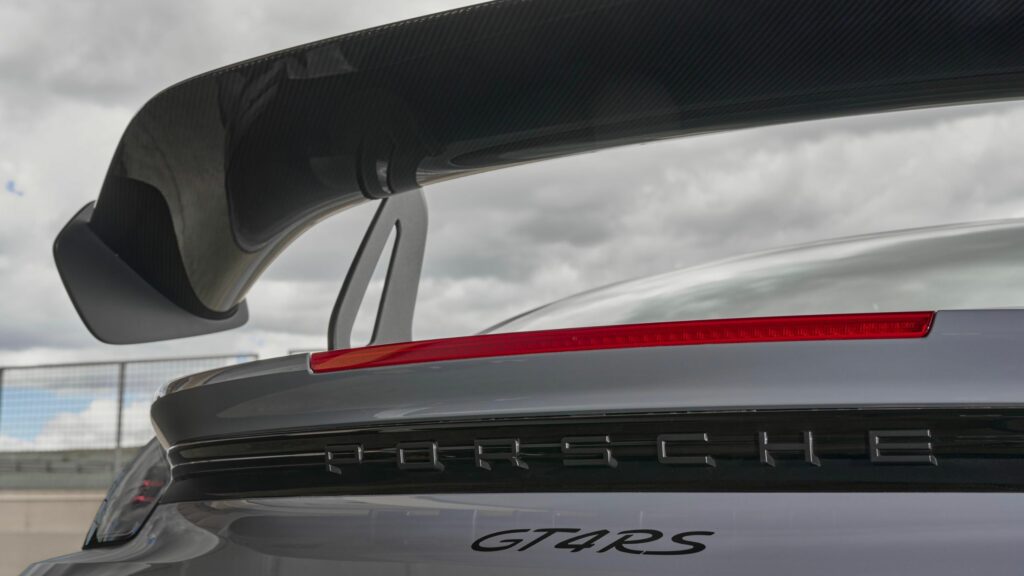
 Part of what makes the Cayman GT4 RS handle as well as it does is the specifically tuned aerodynamics that give it downforce without adding any more drag to the car
Part of what makes the Cayman GT4 RS handle as well as it does is the specifically tuned aerodynamics that give it downforce without adding any more drag to the car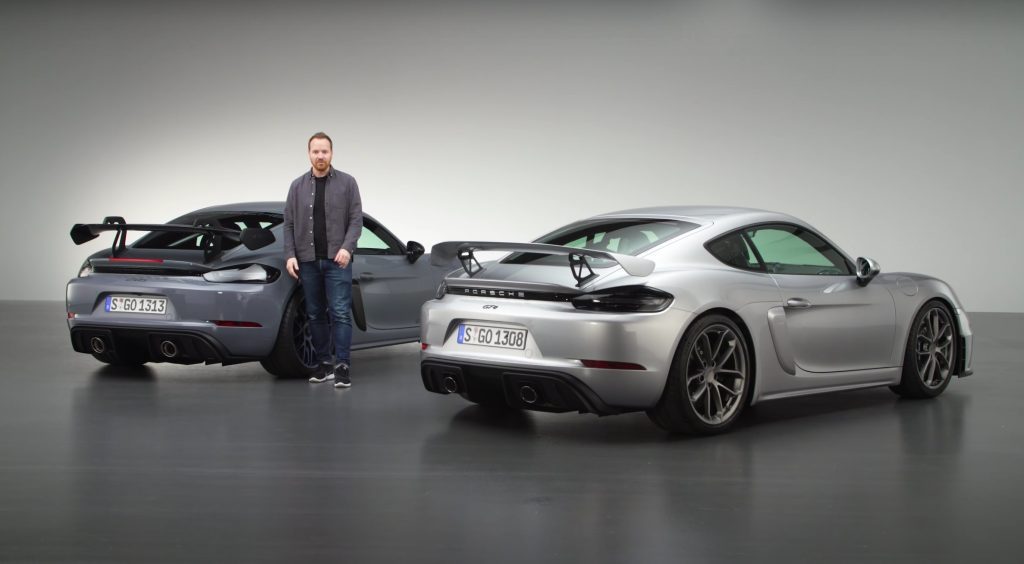
 Regular GT4 on the right, GT4 RS on the left. Notice the far more aggressive diffuser, “hang down” wing, and larger exhaust exits
Regular GT4 on the right, GT4 RS on the left. Notice the far more aggressive diffuser, “hang down” wing, and larger exhaust exits



